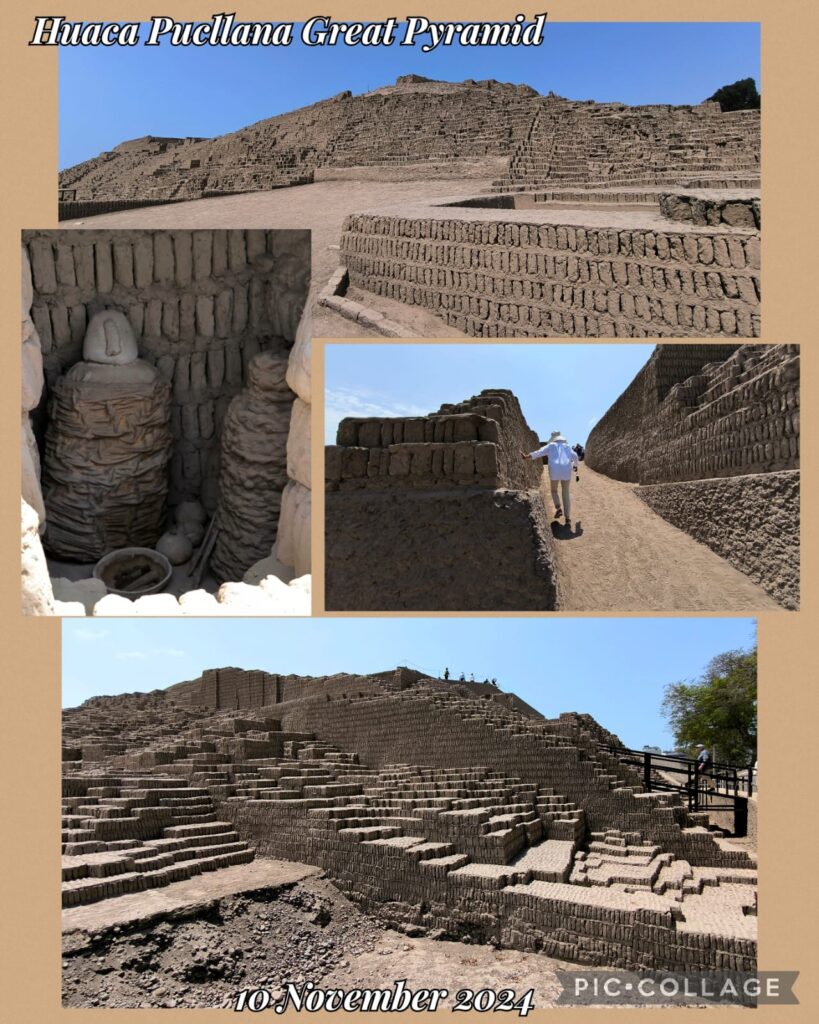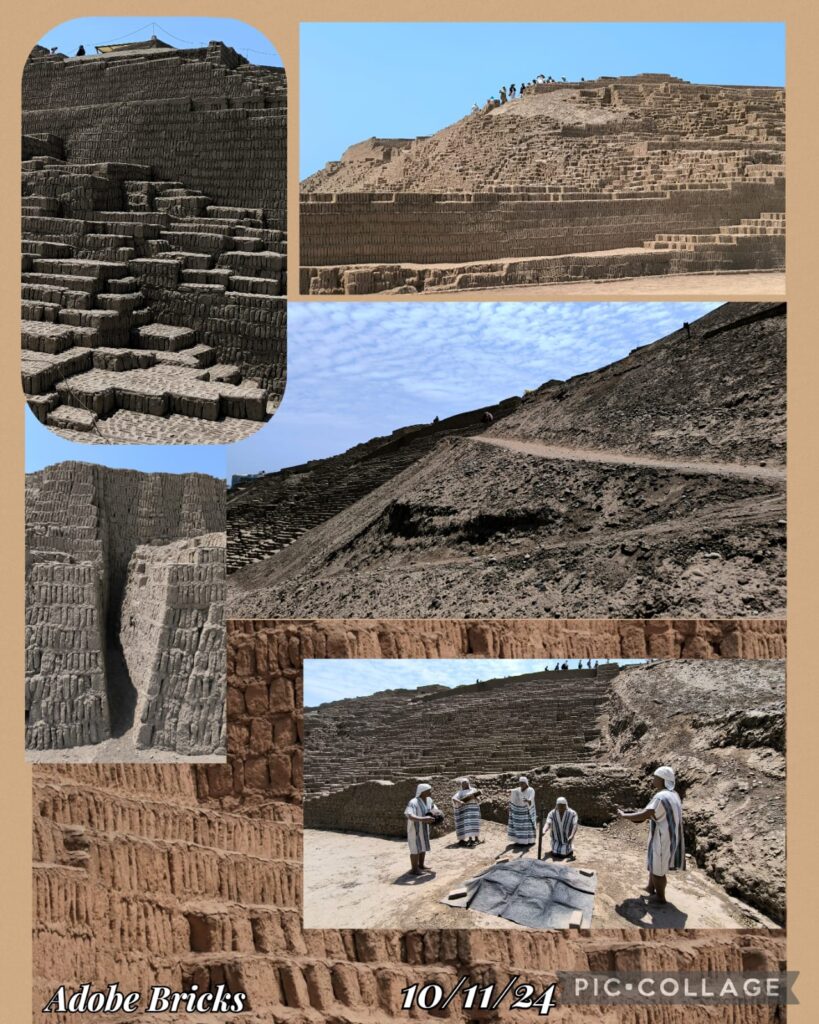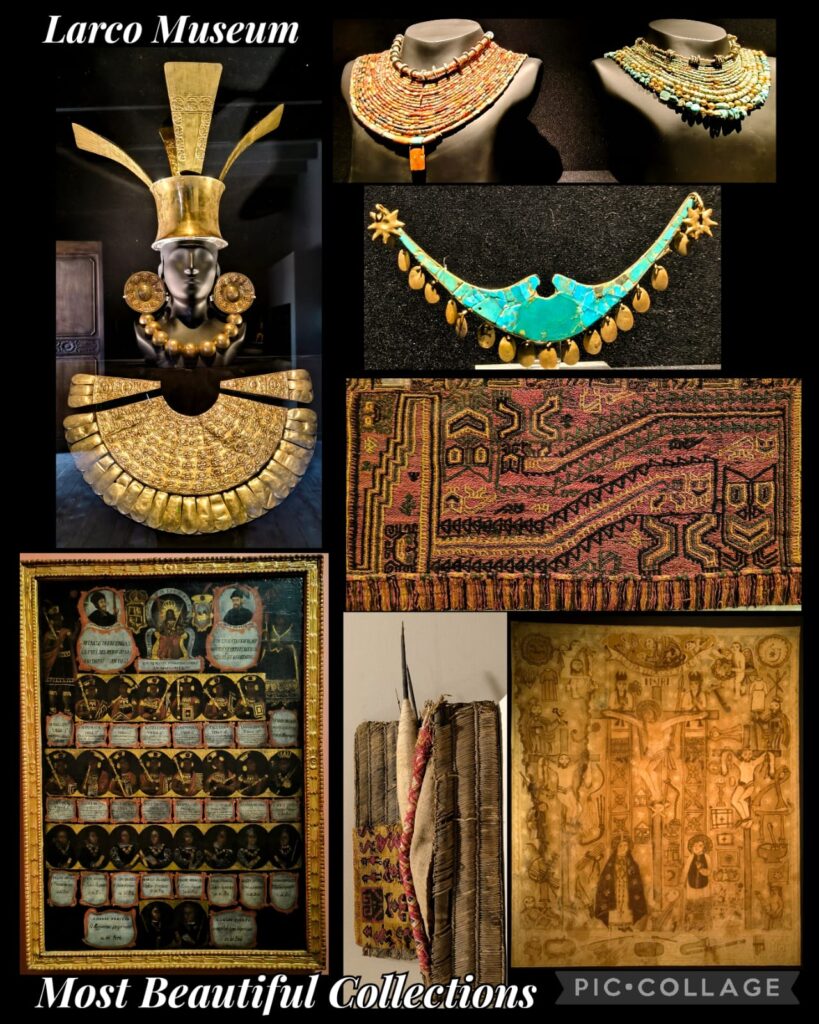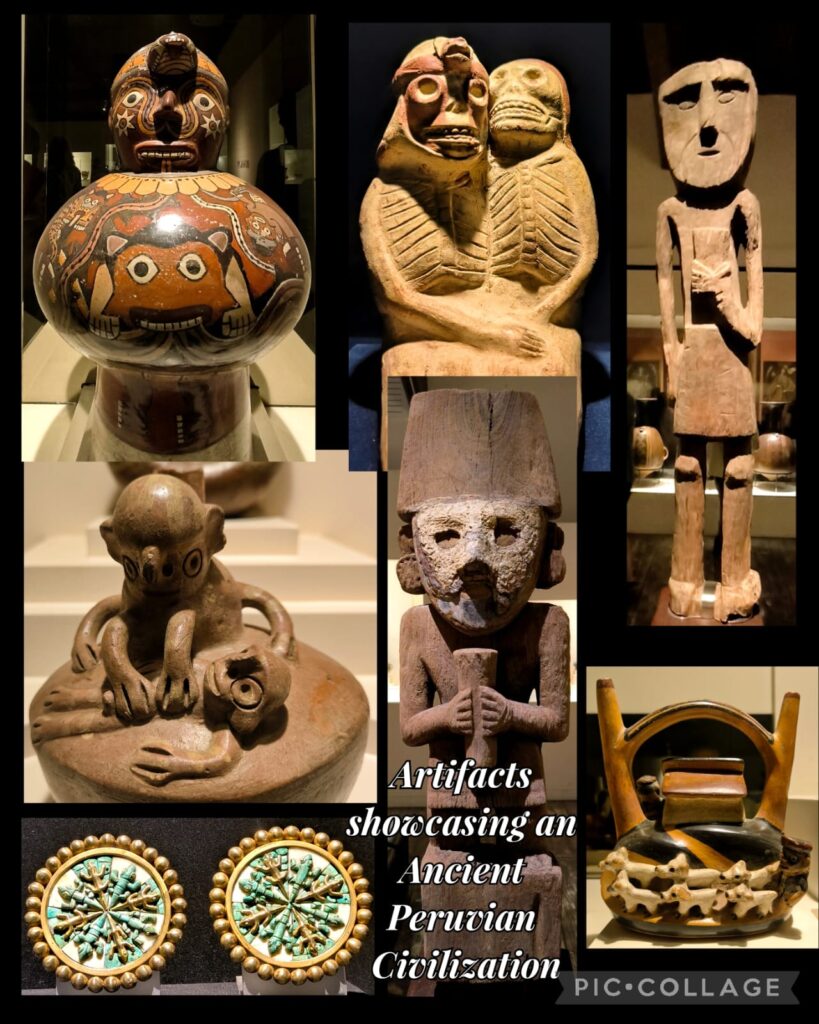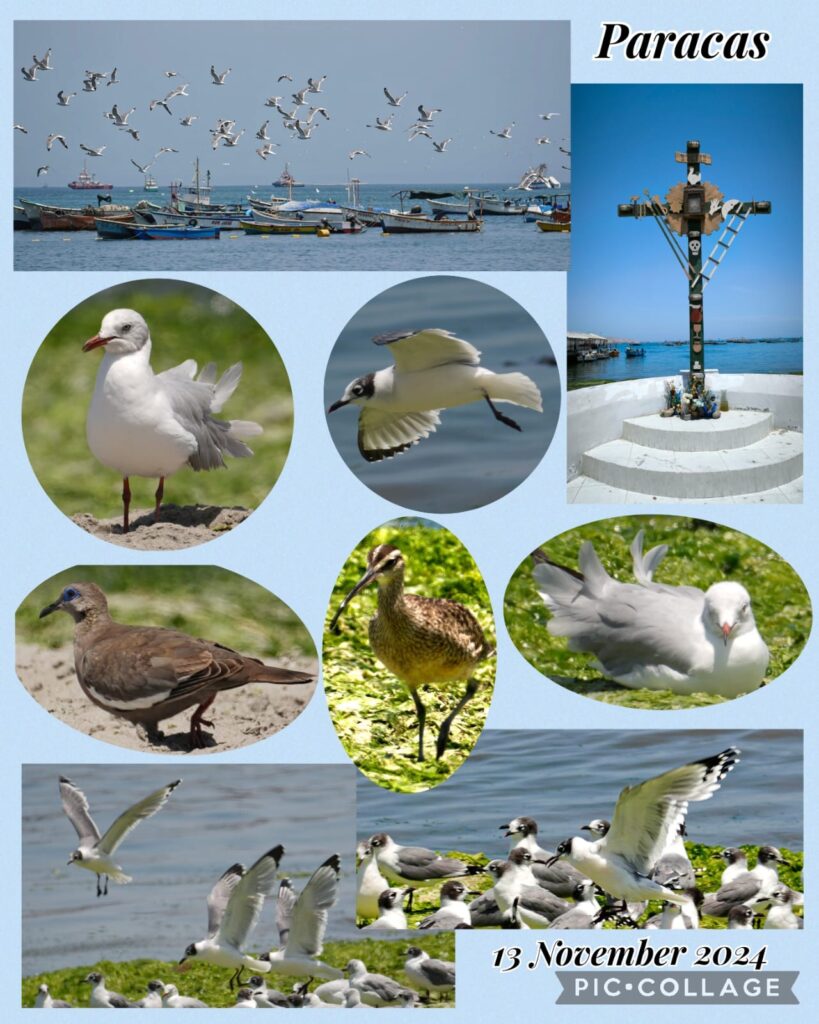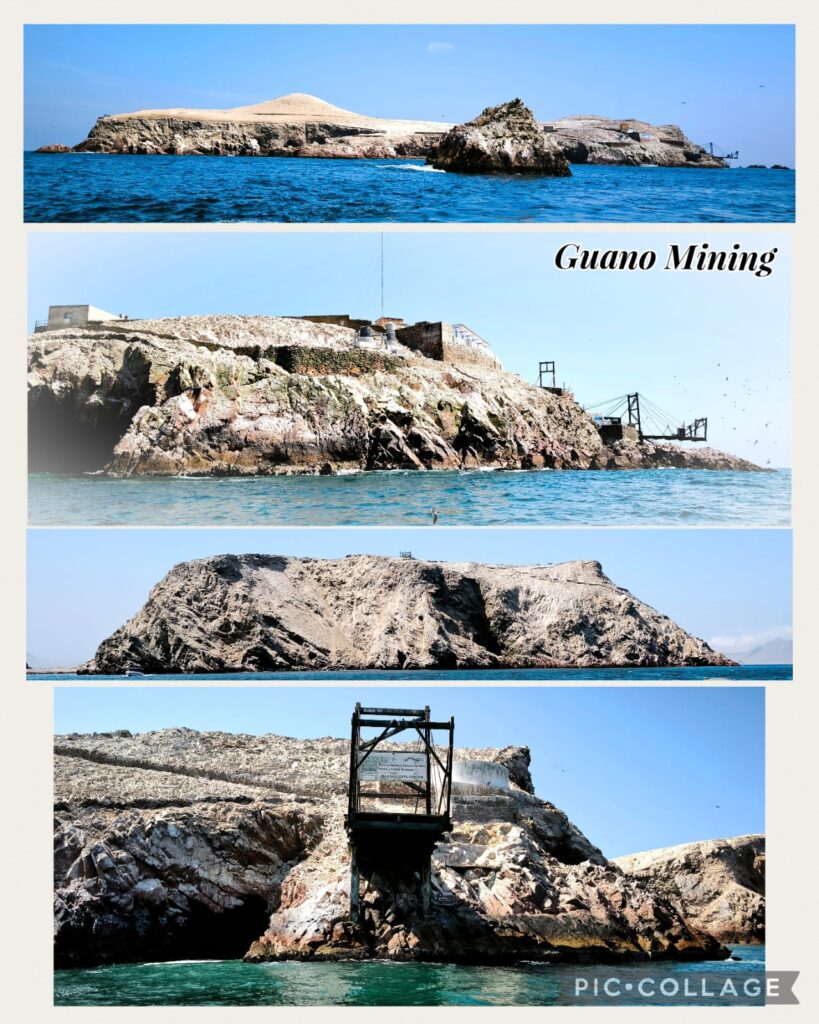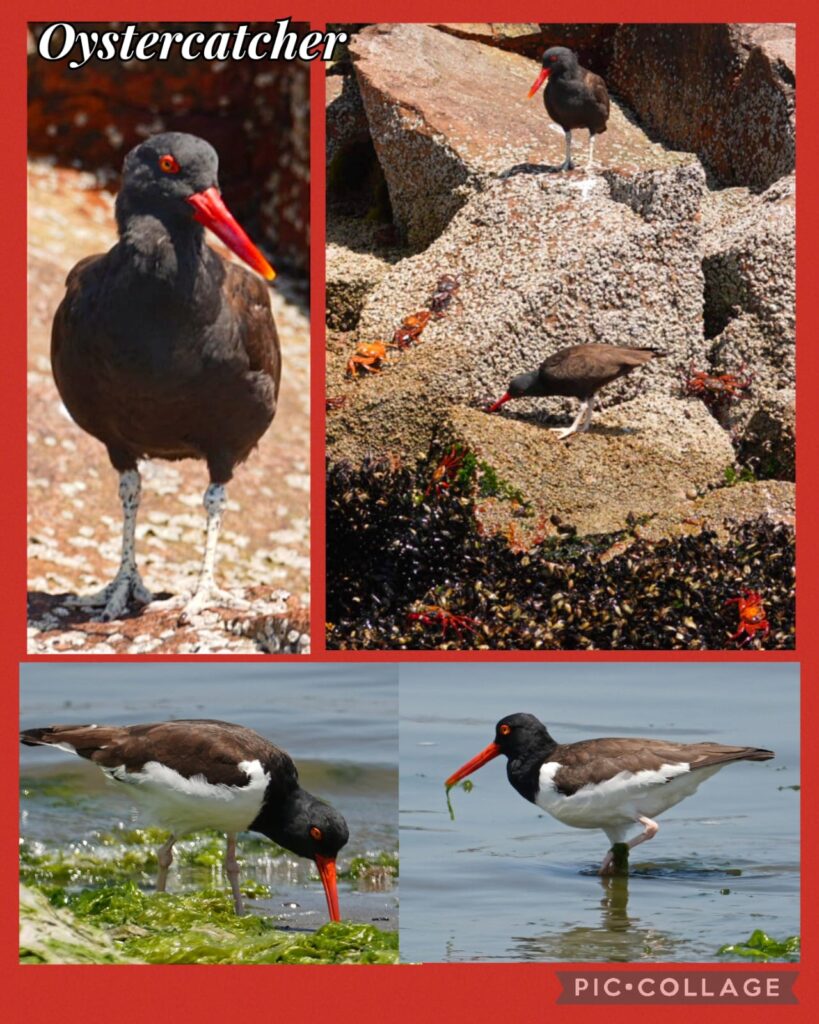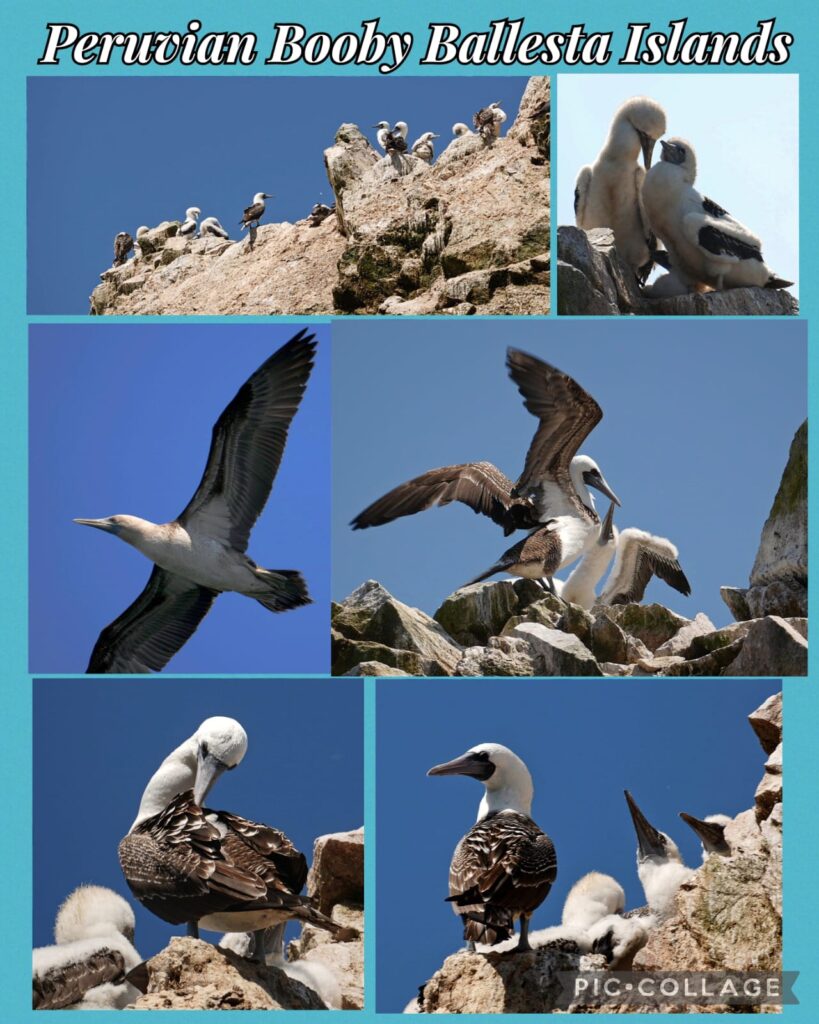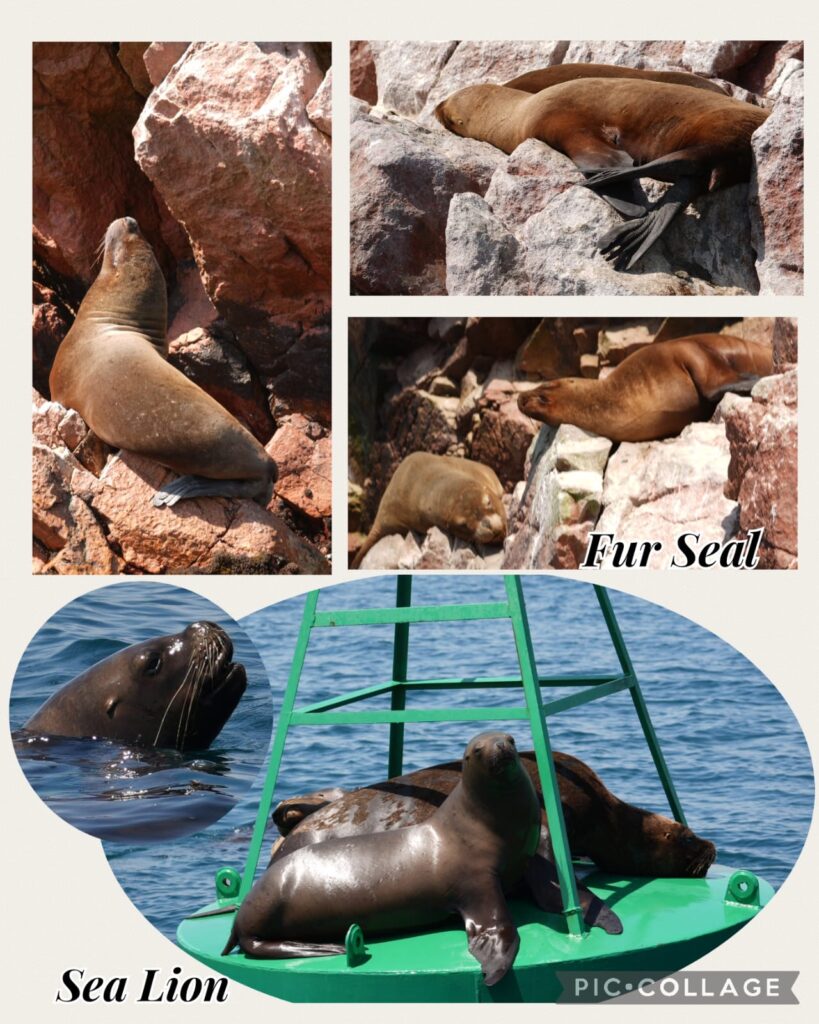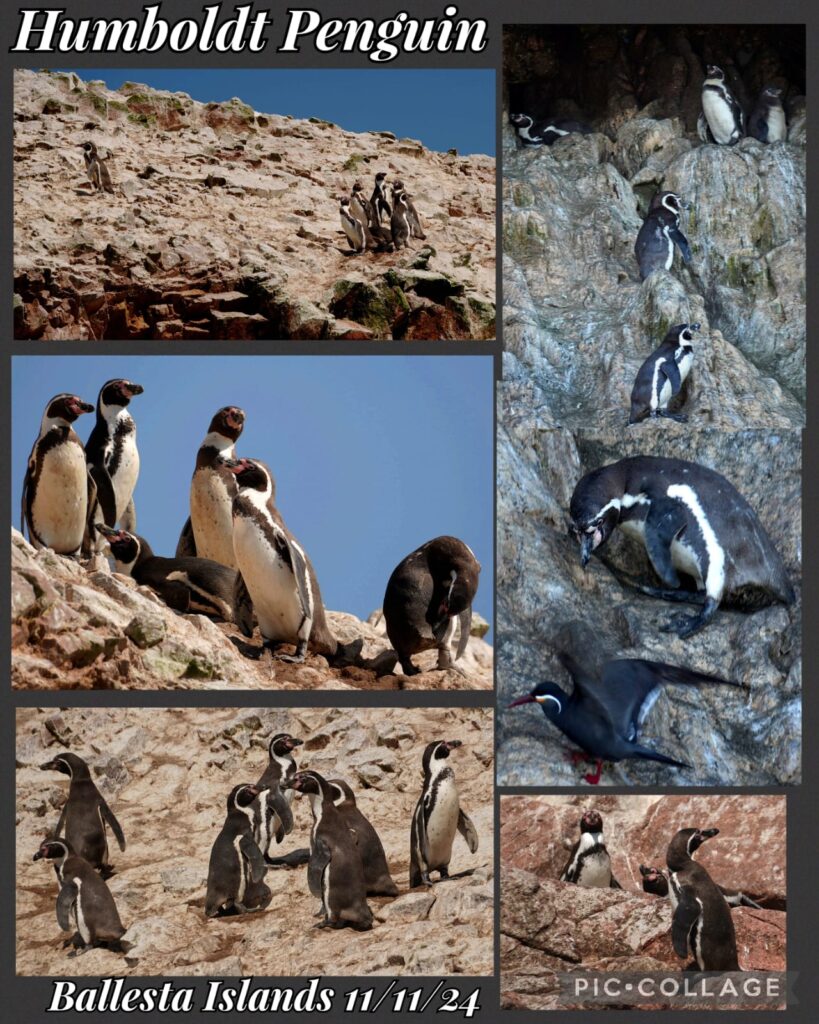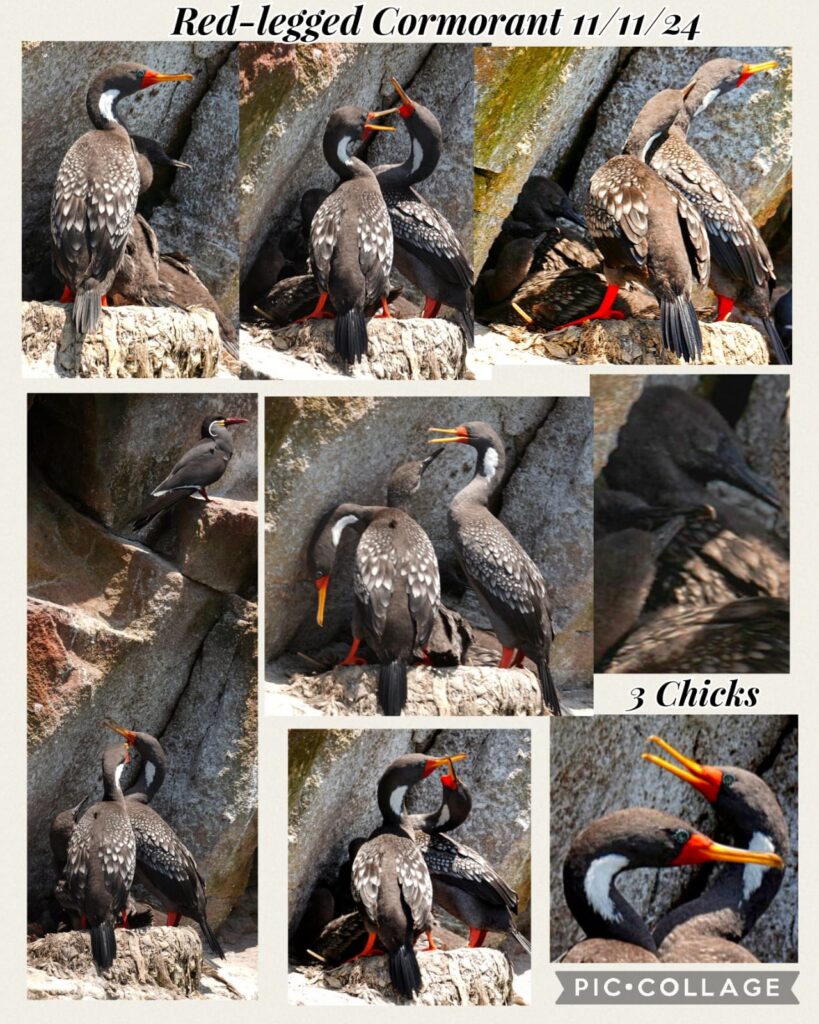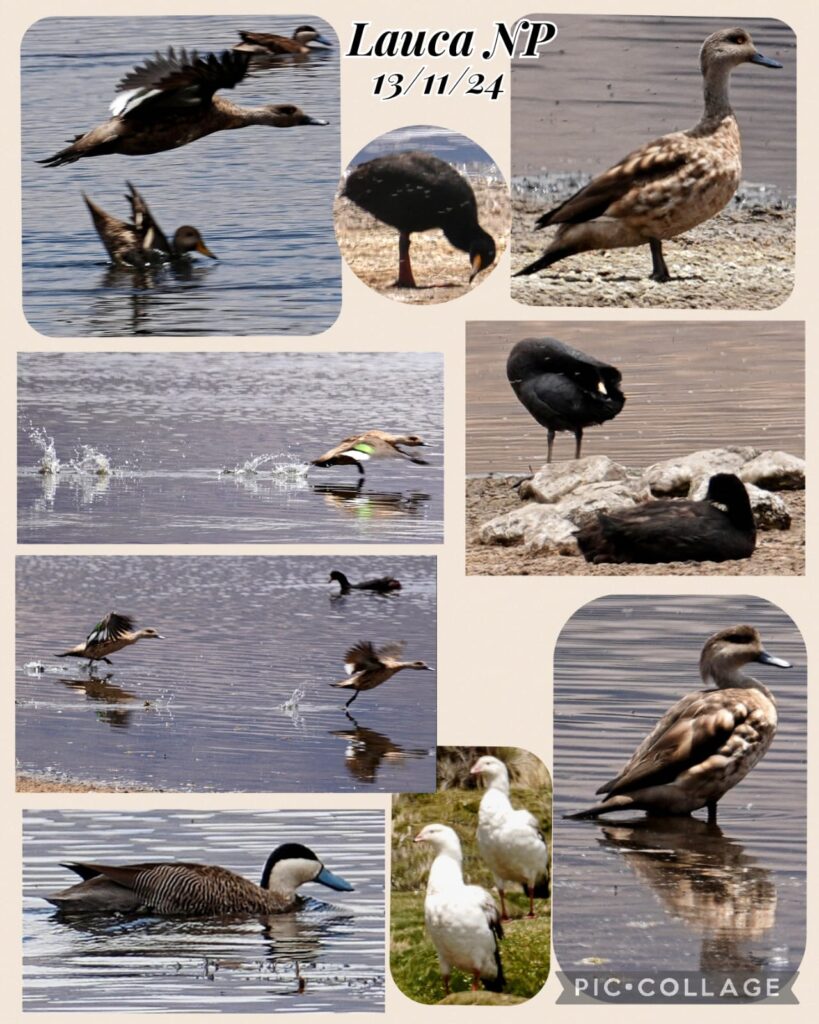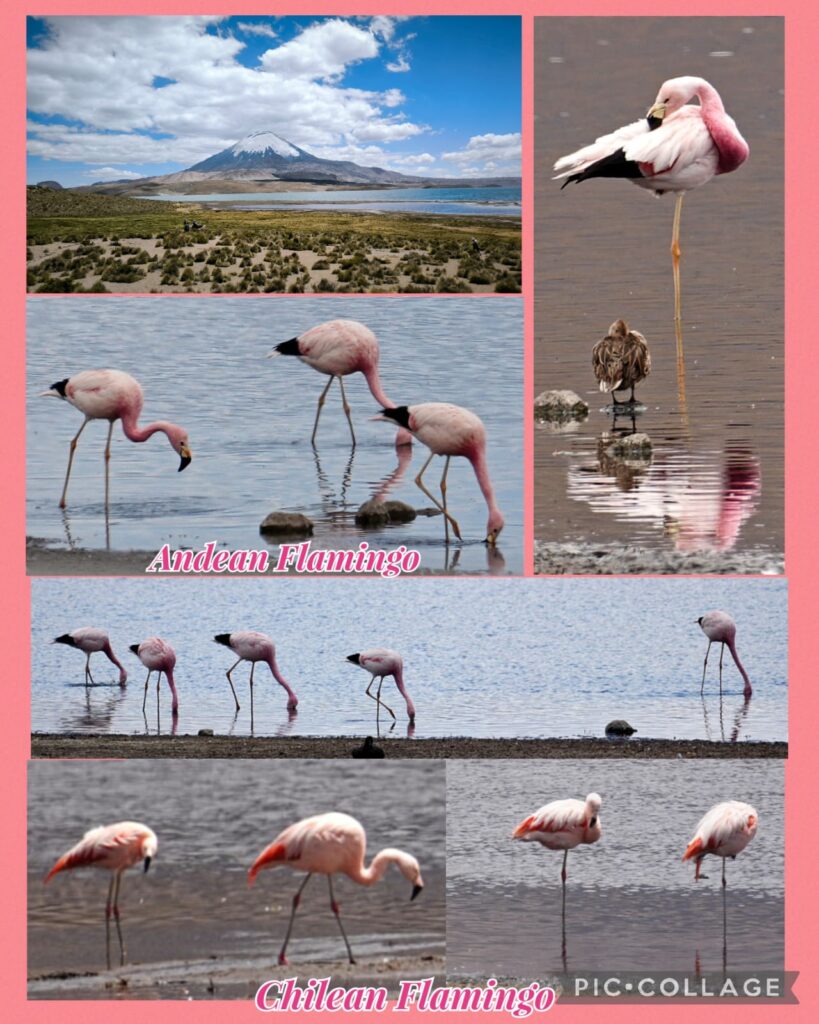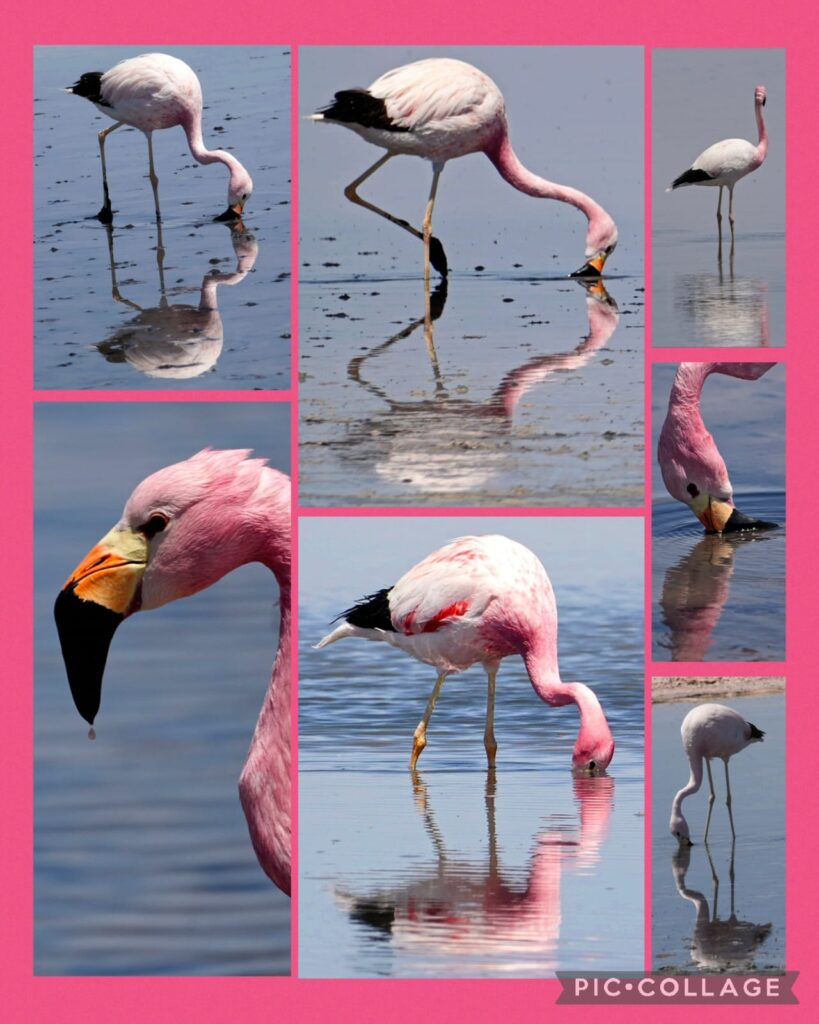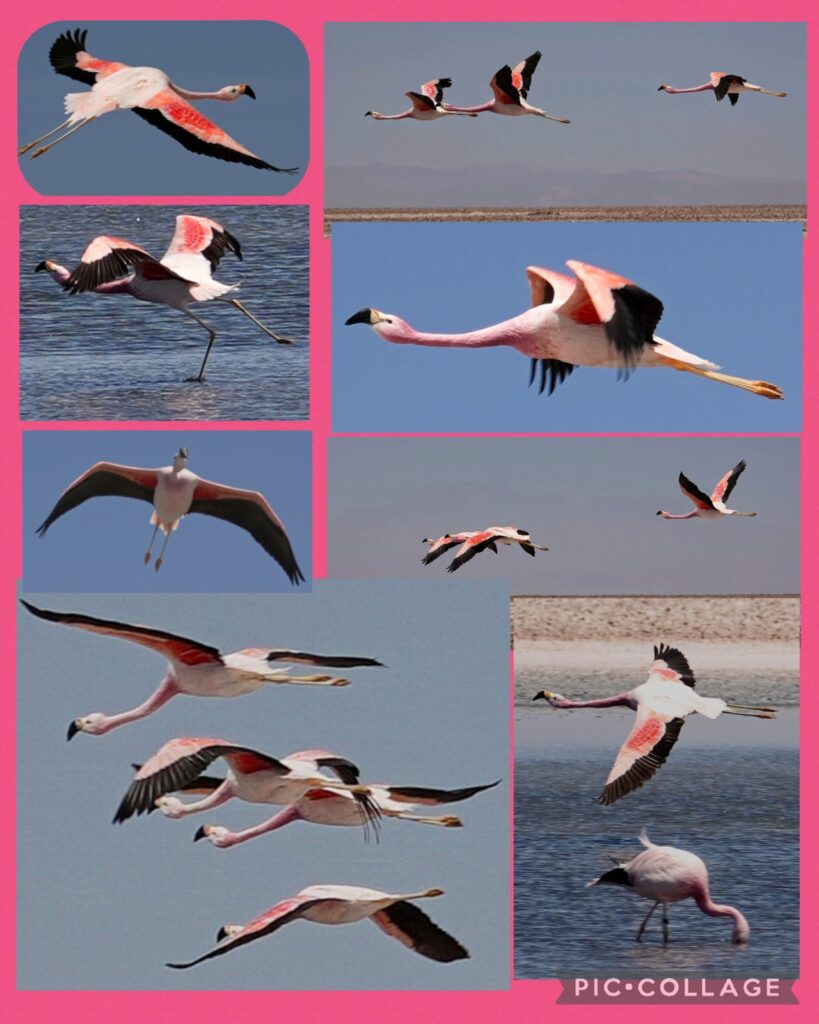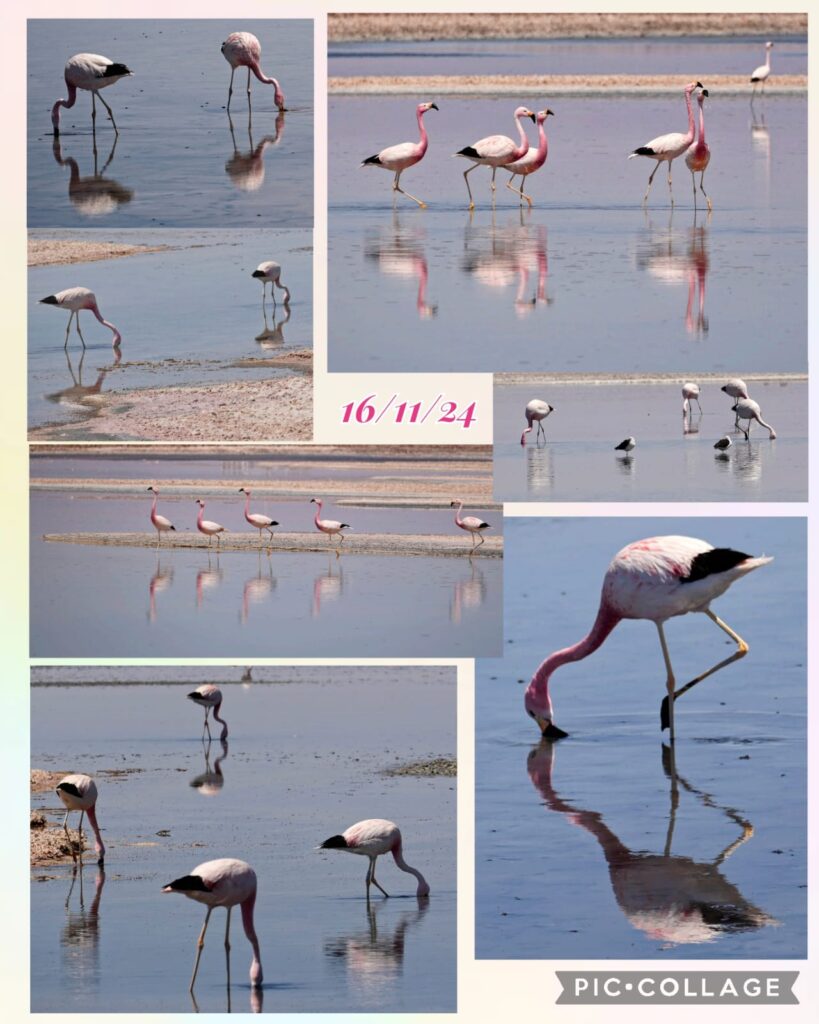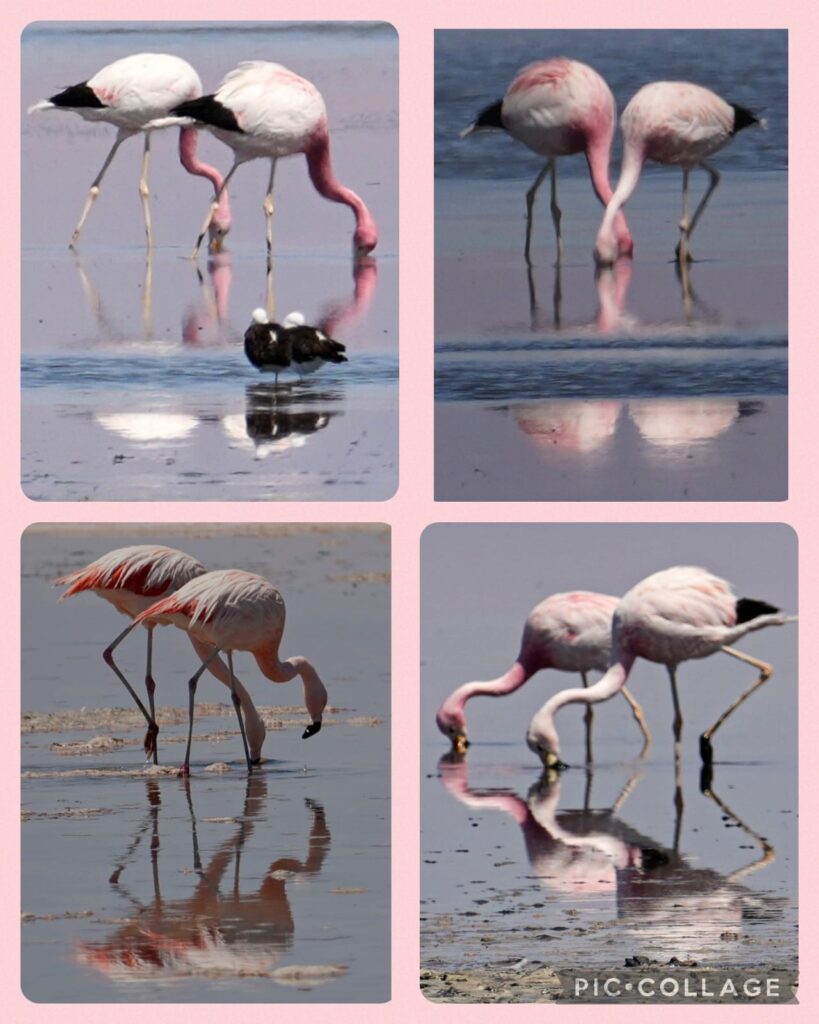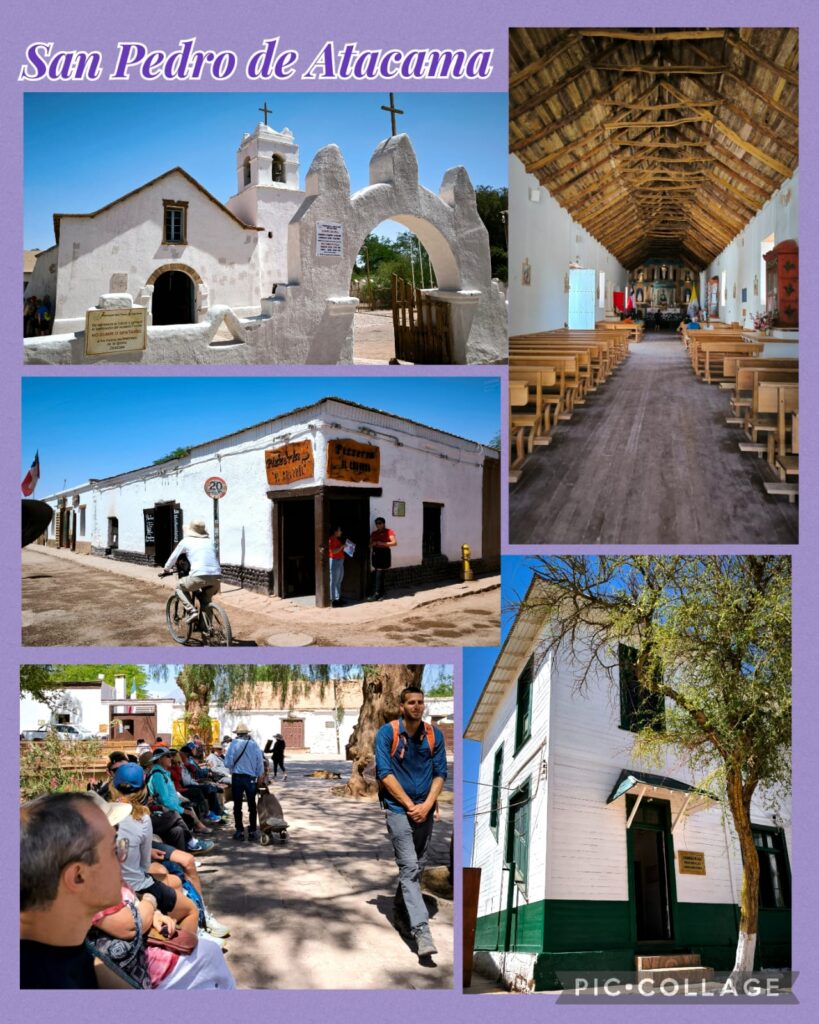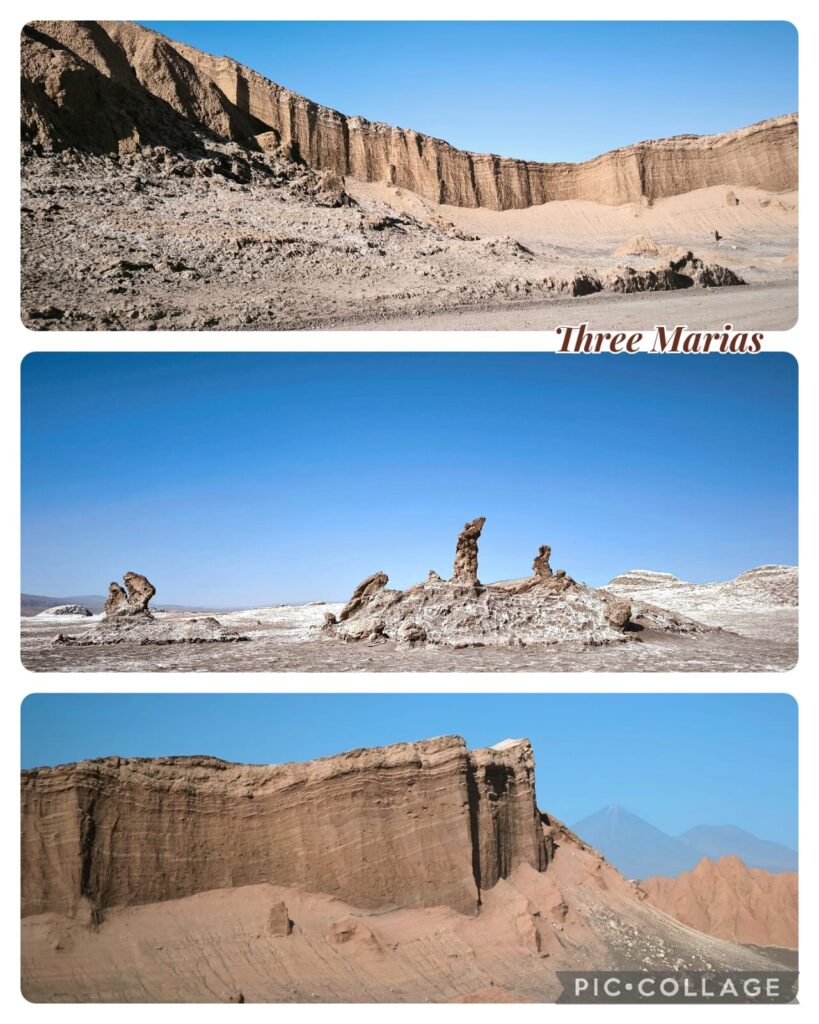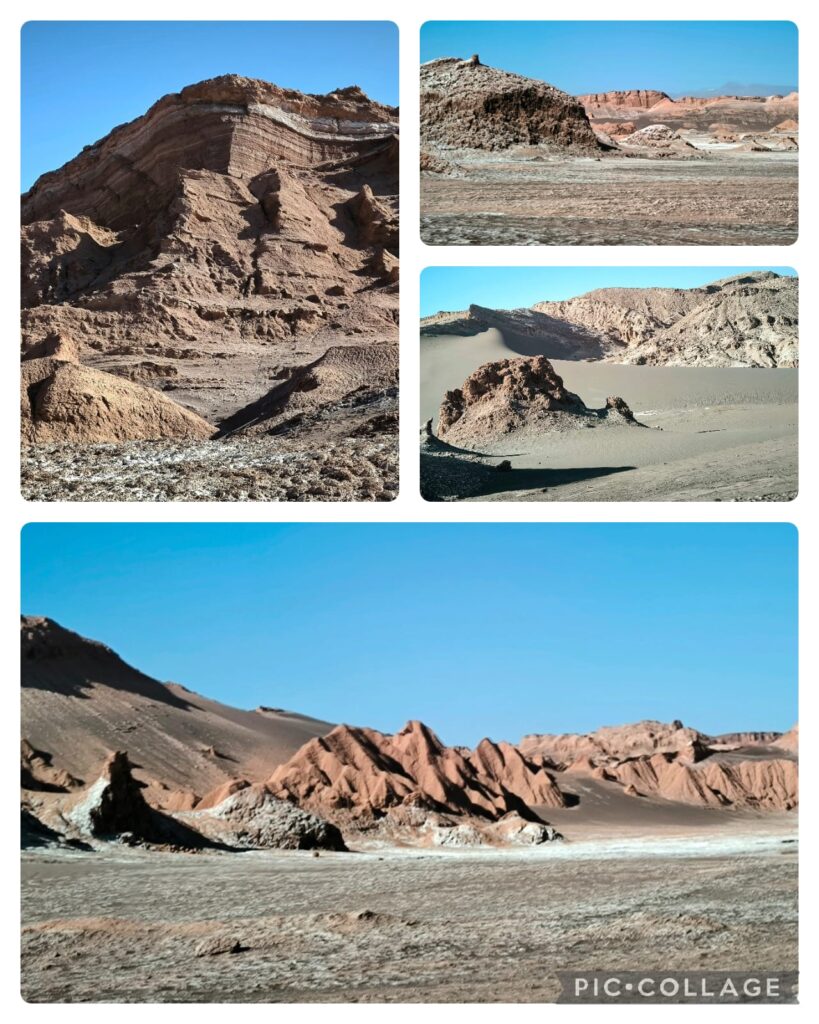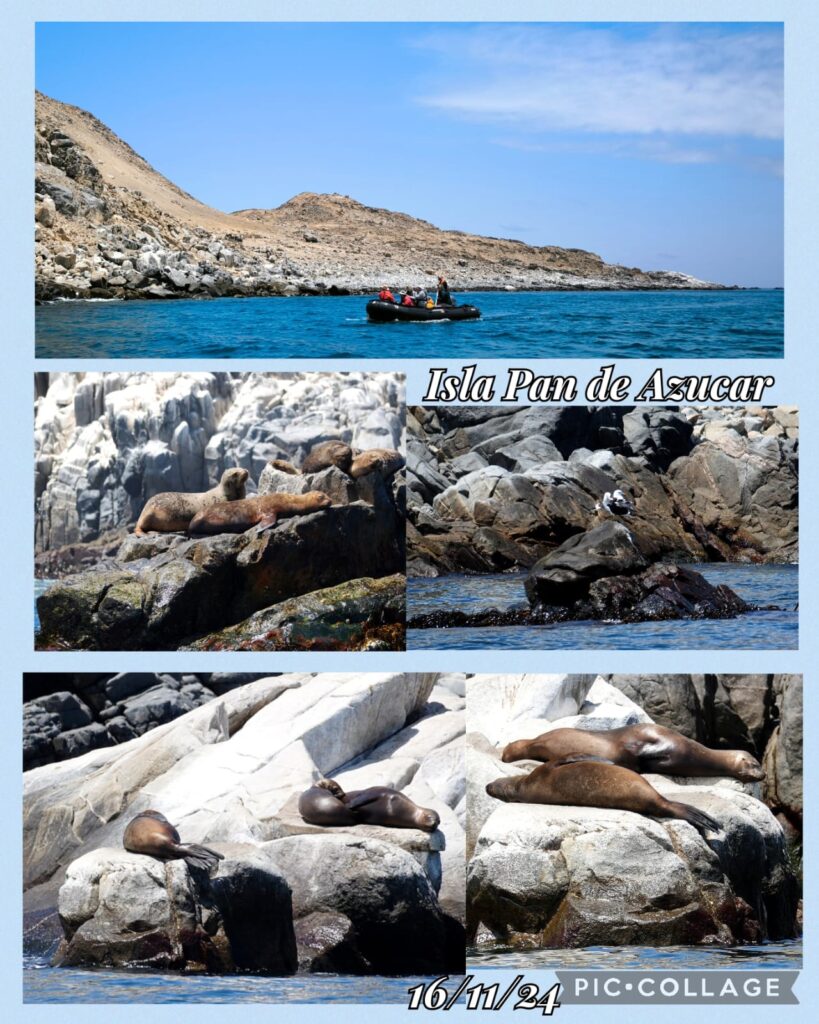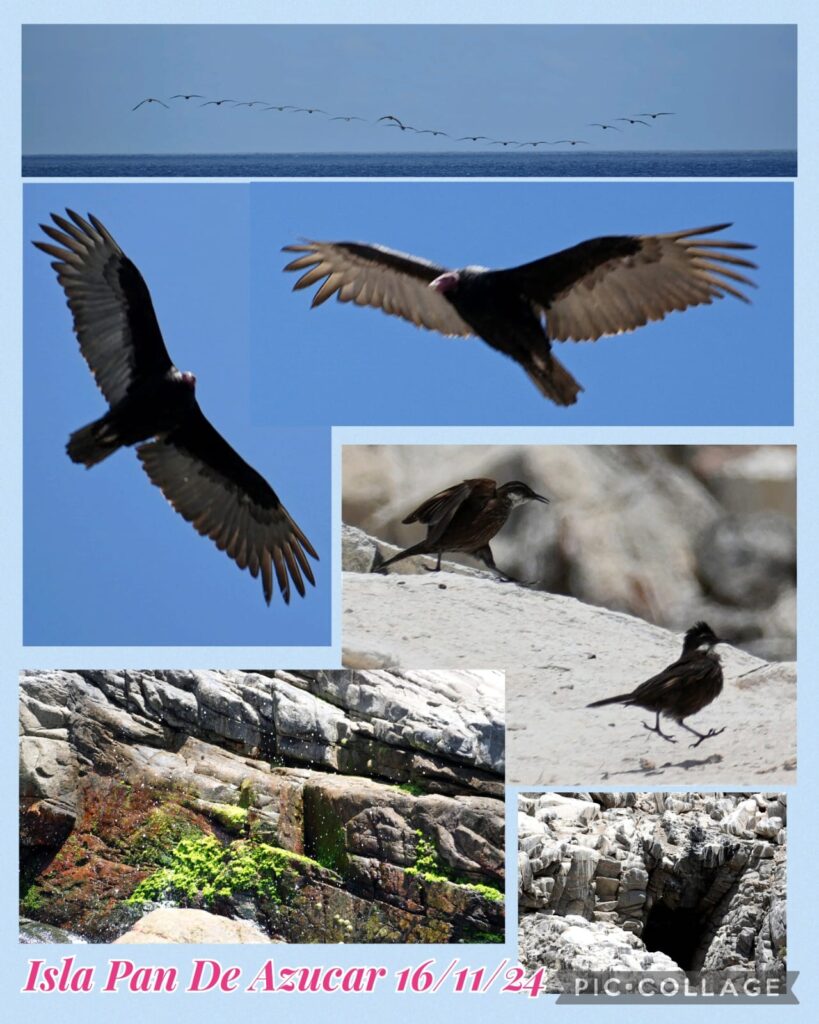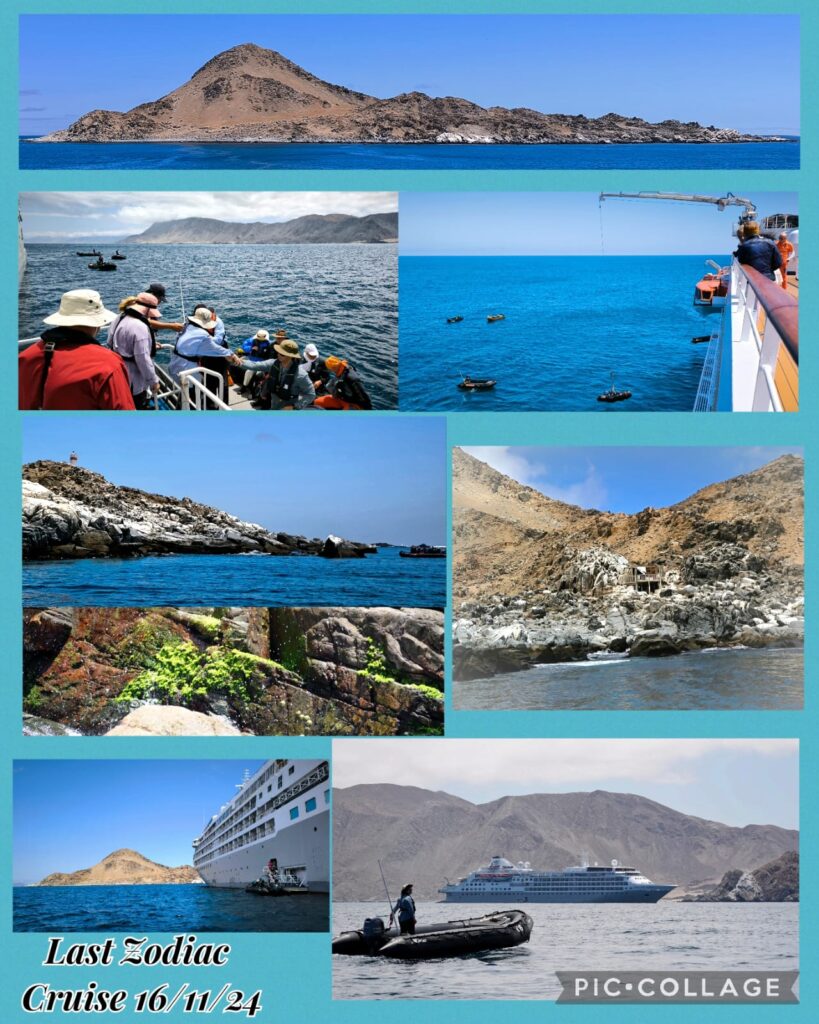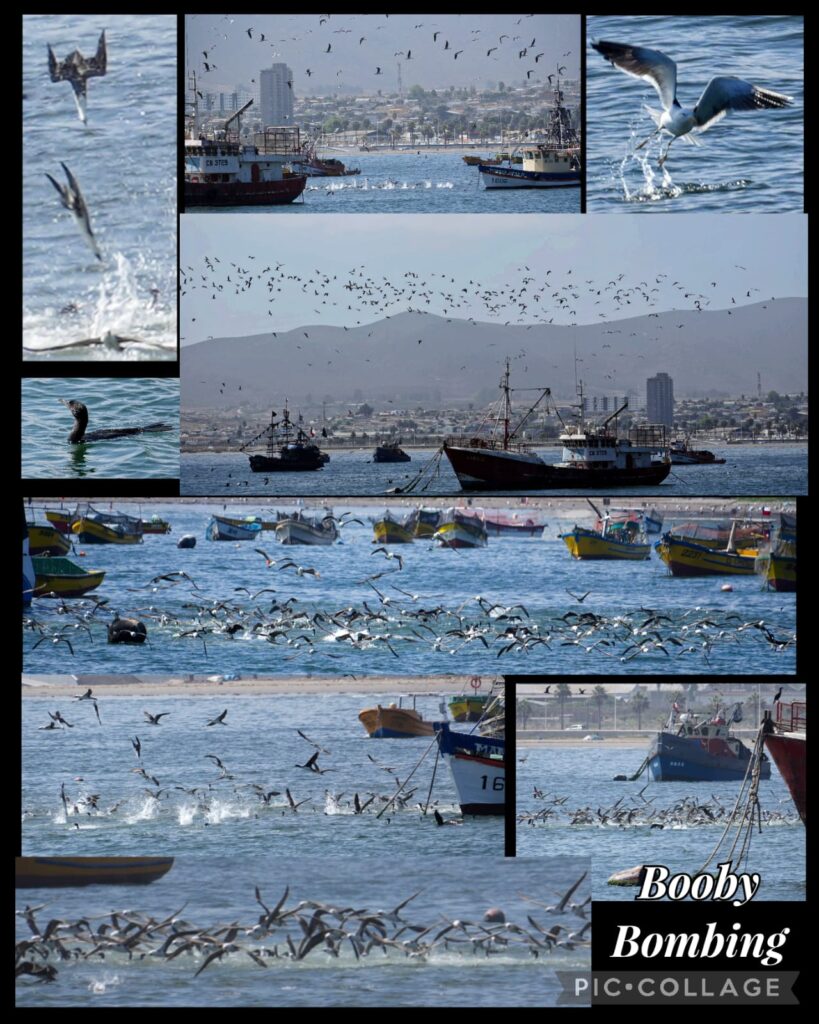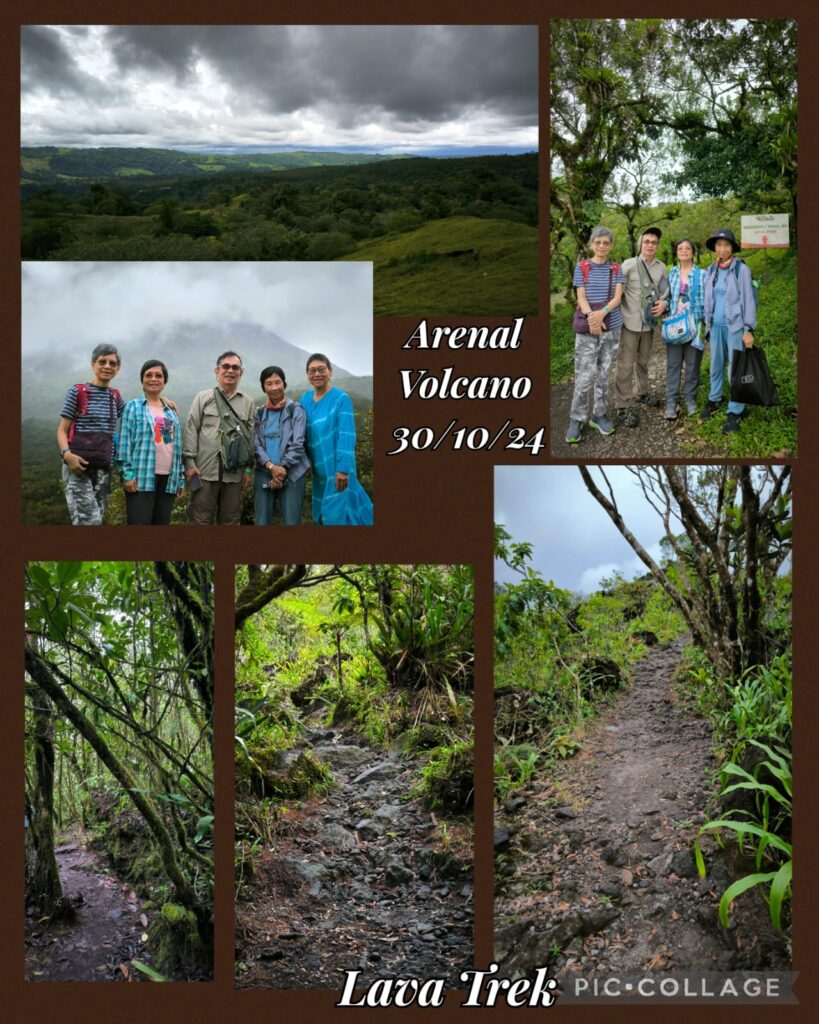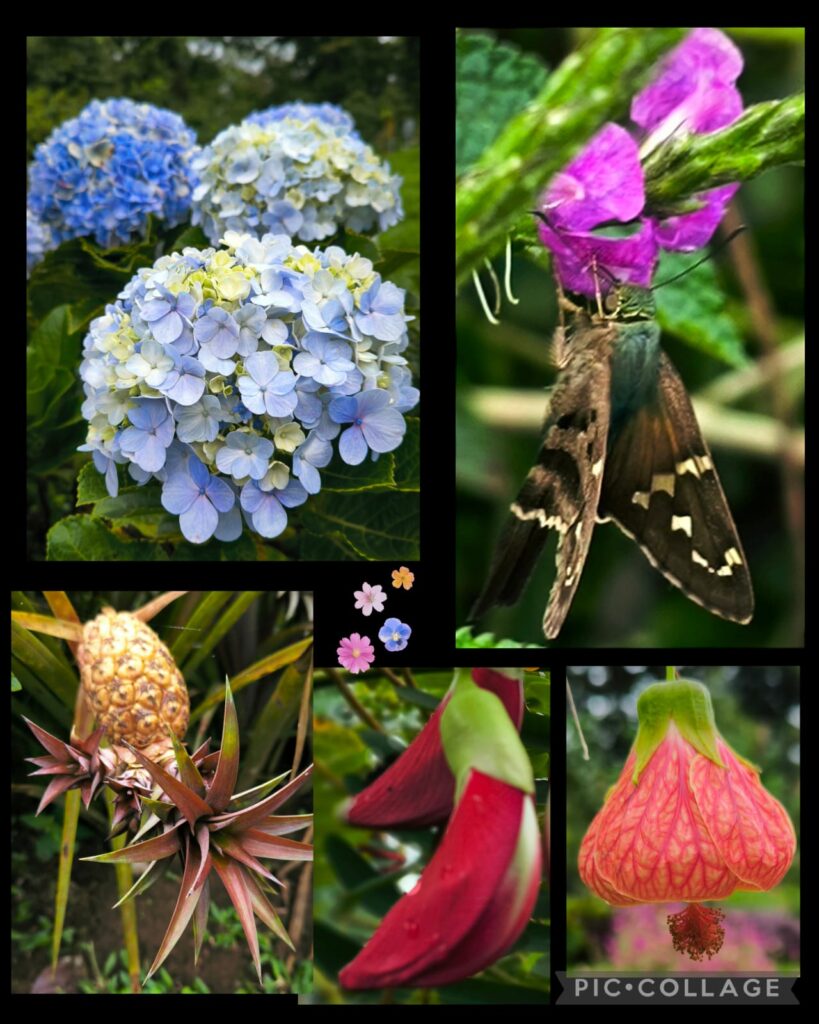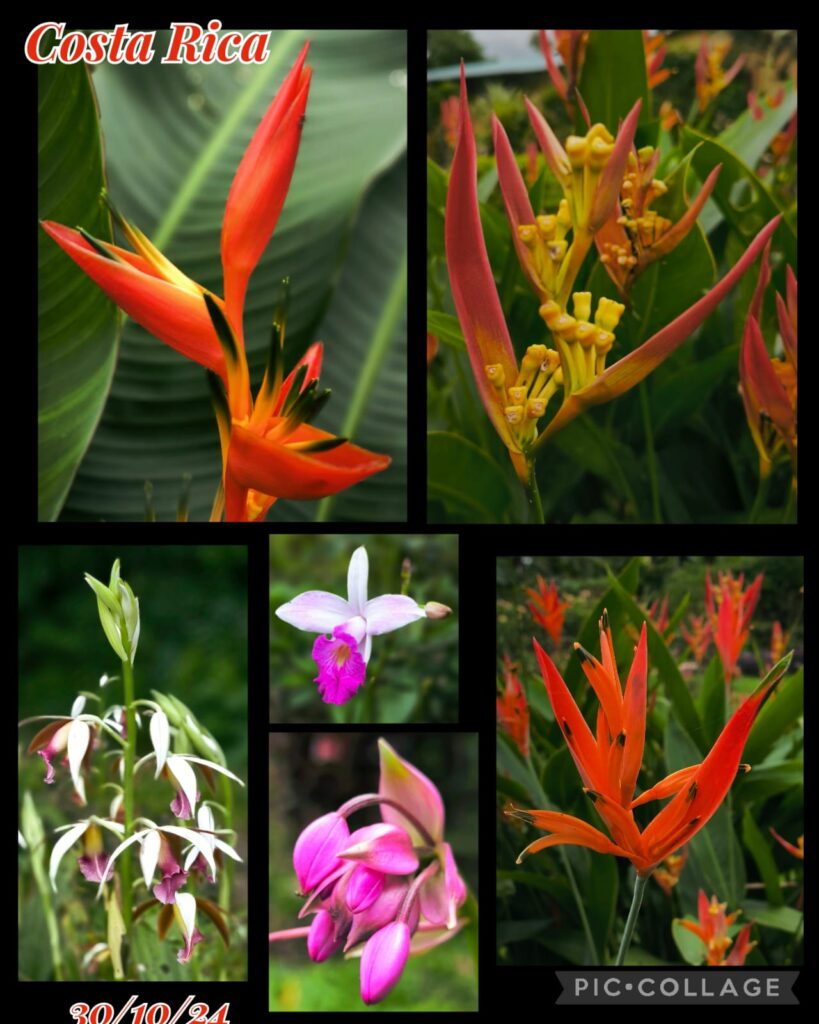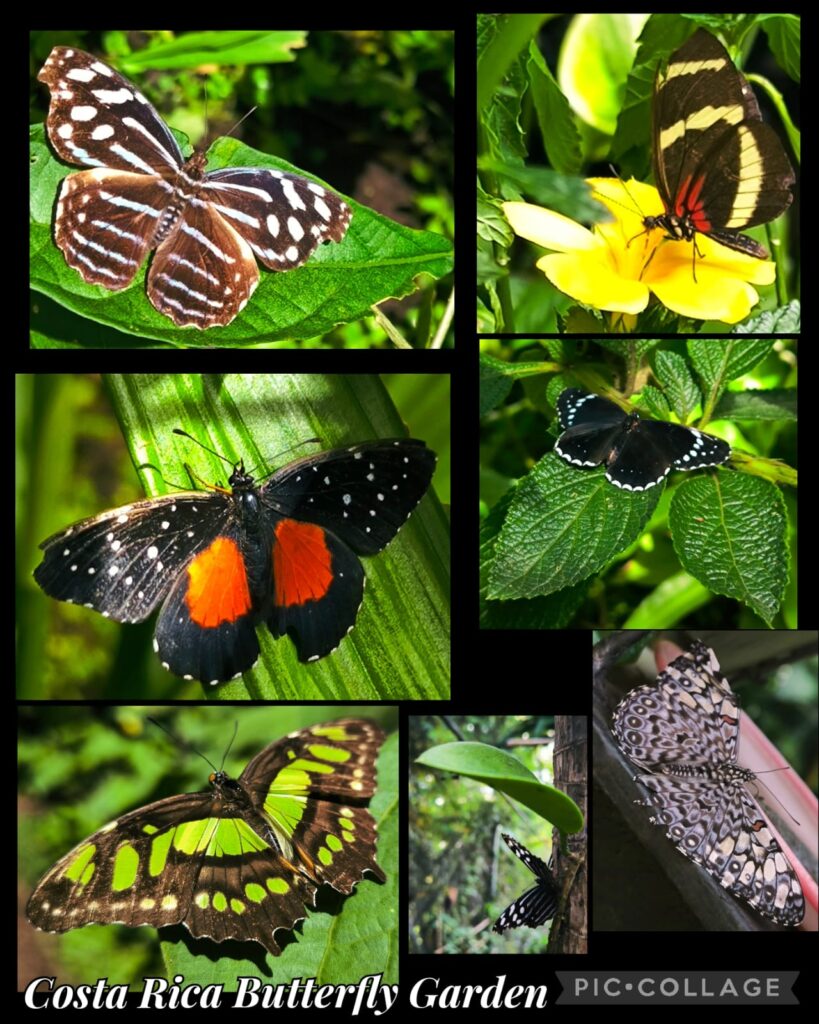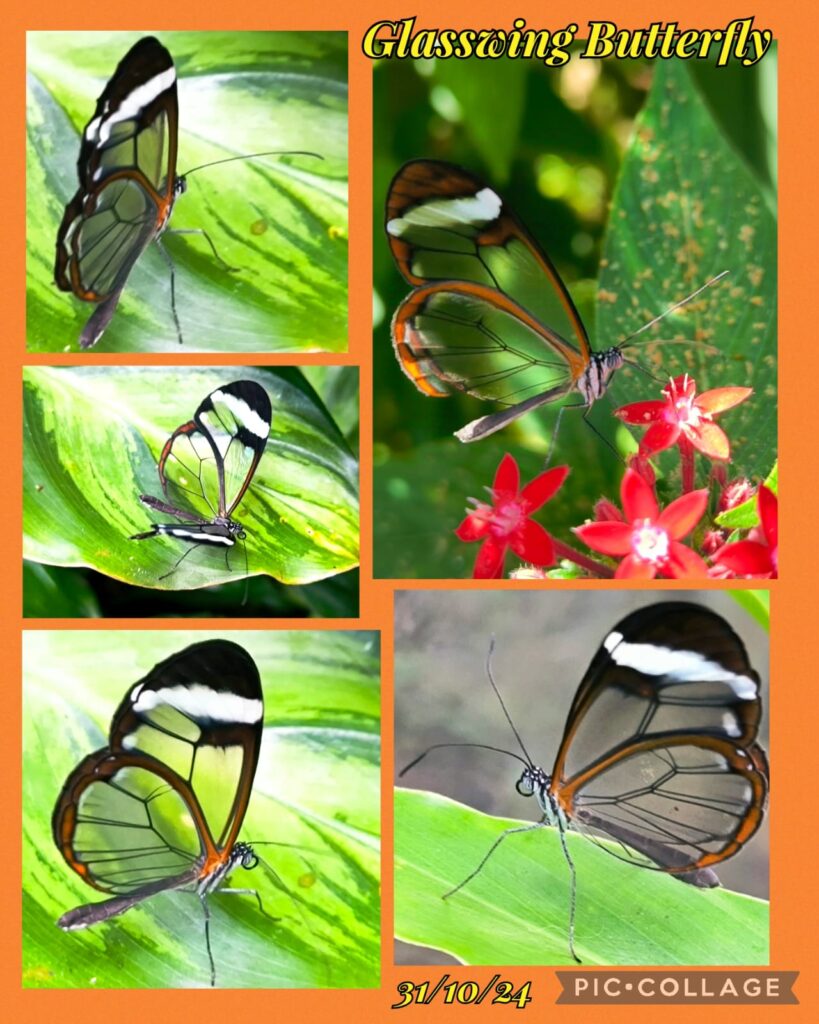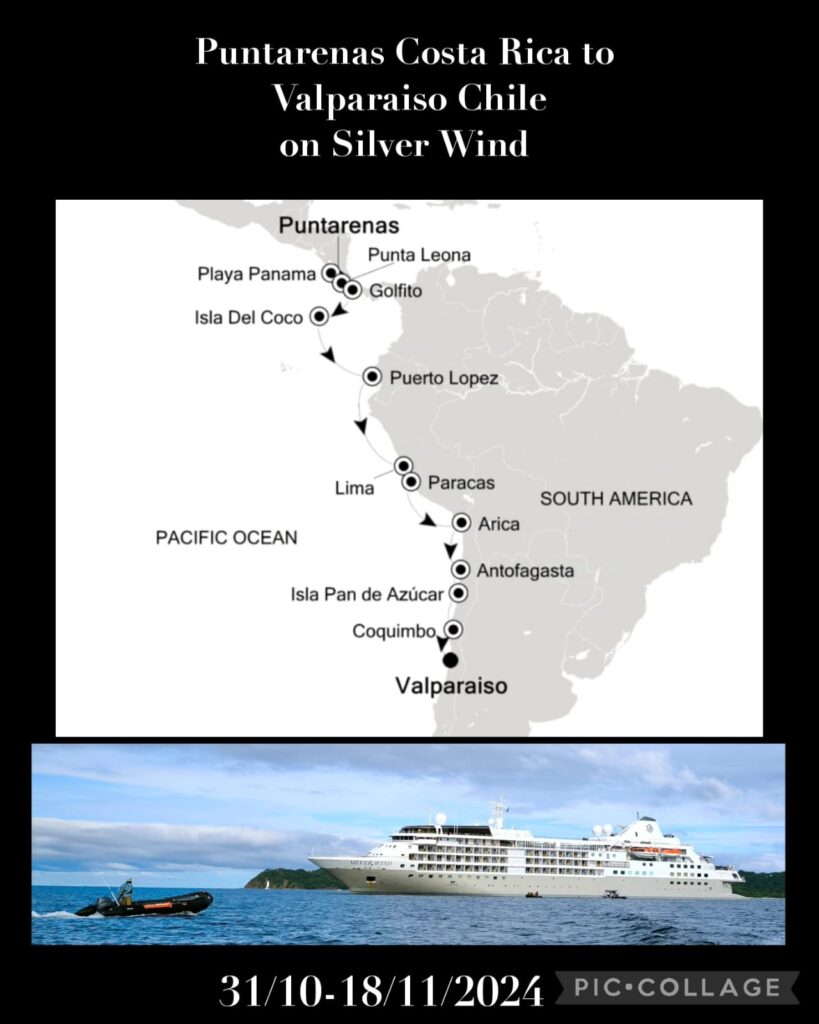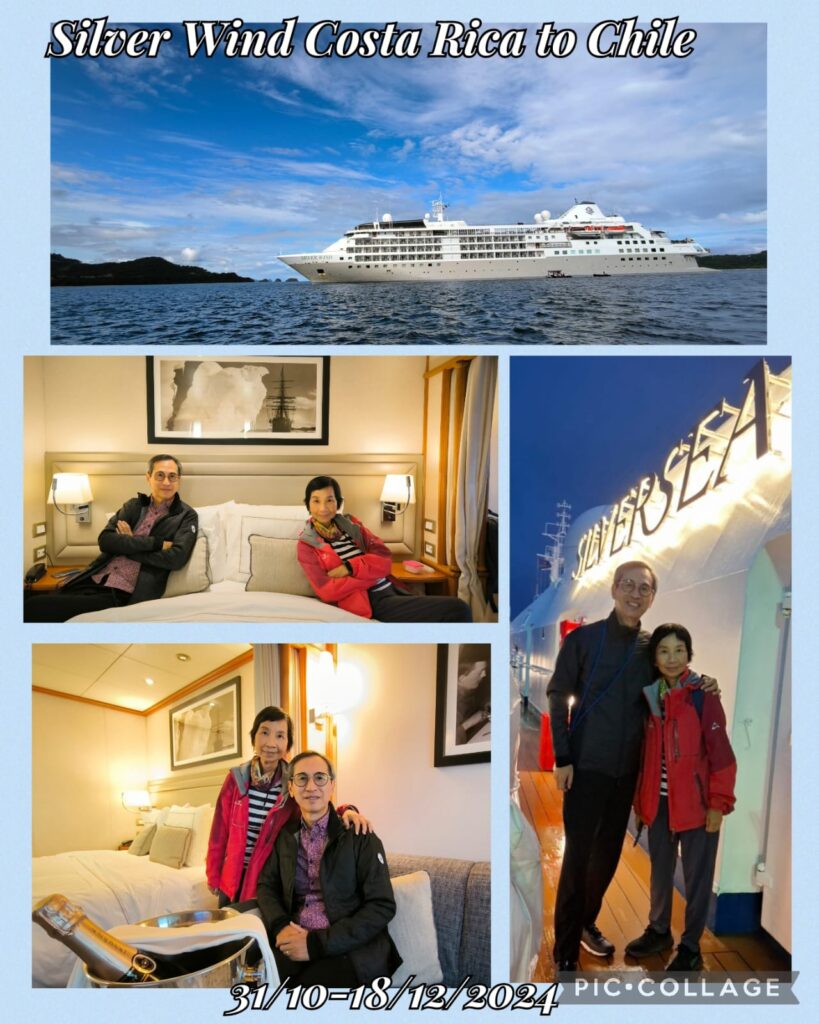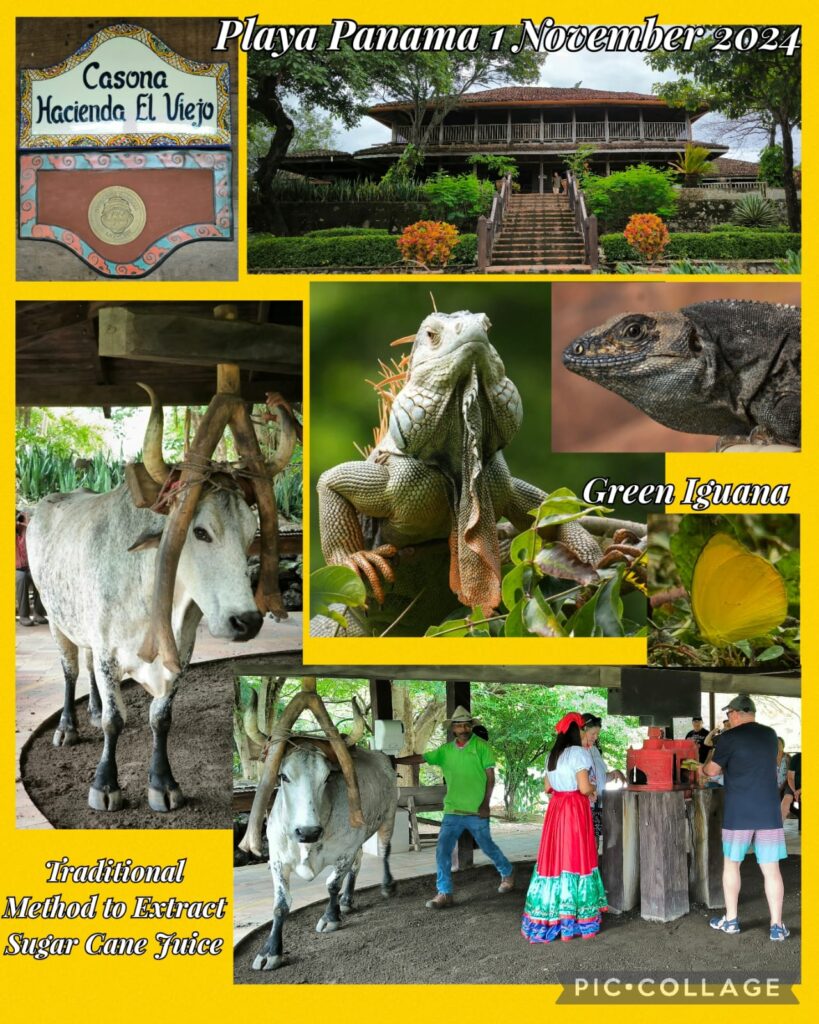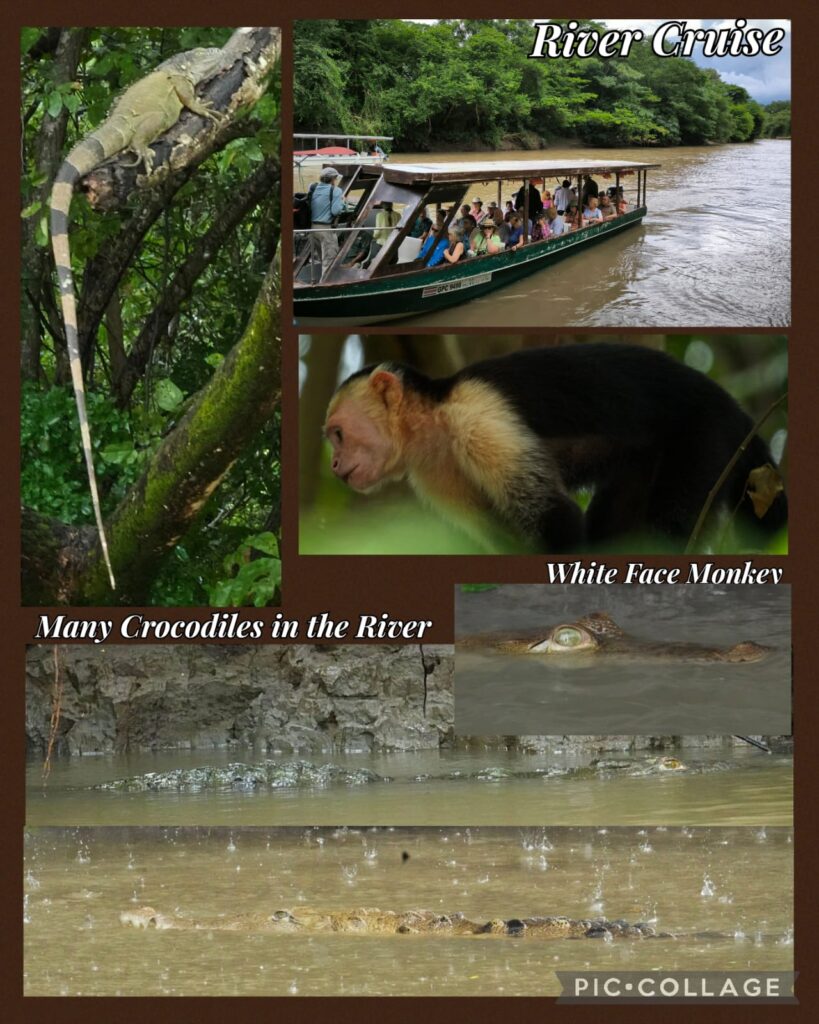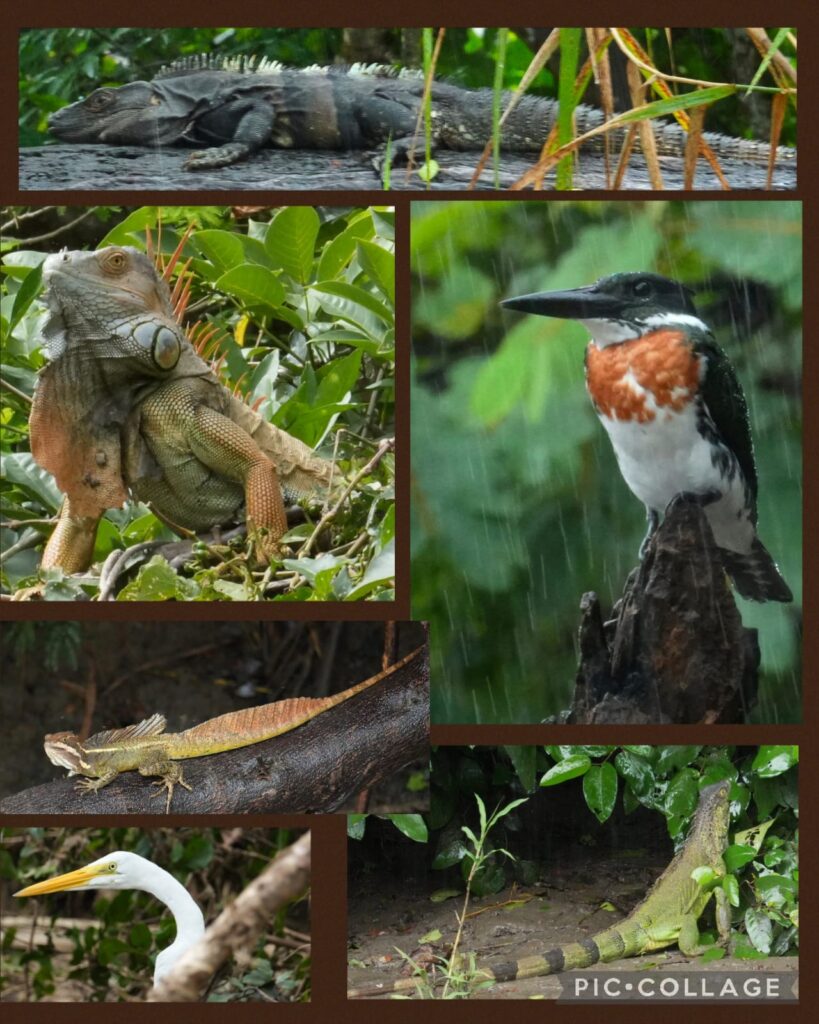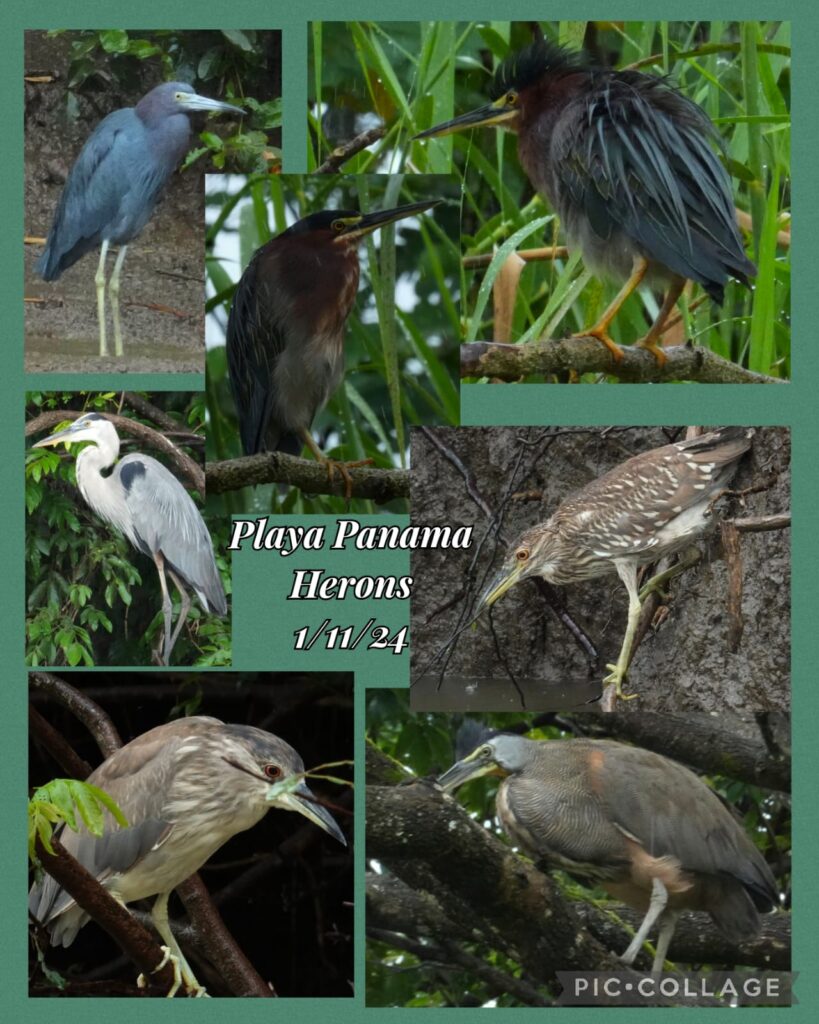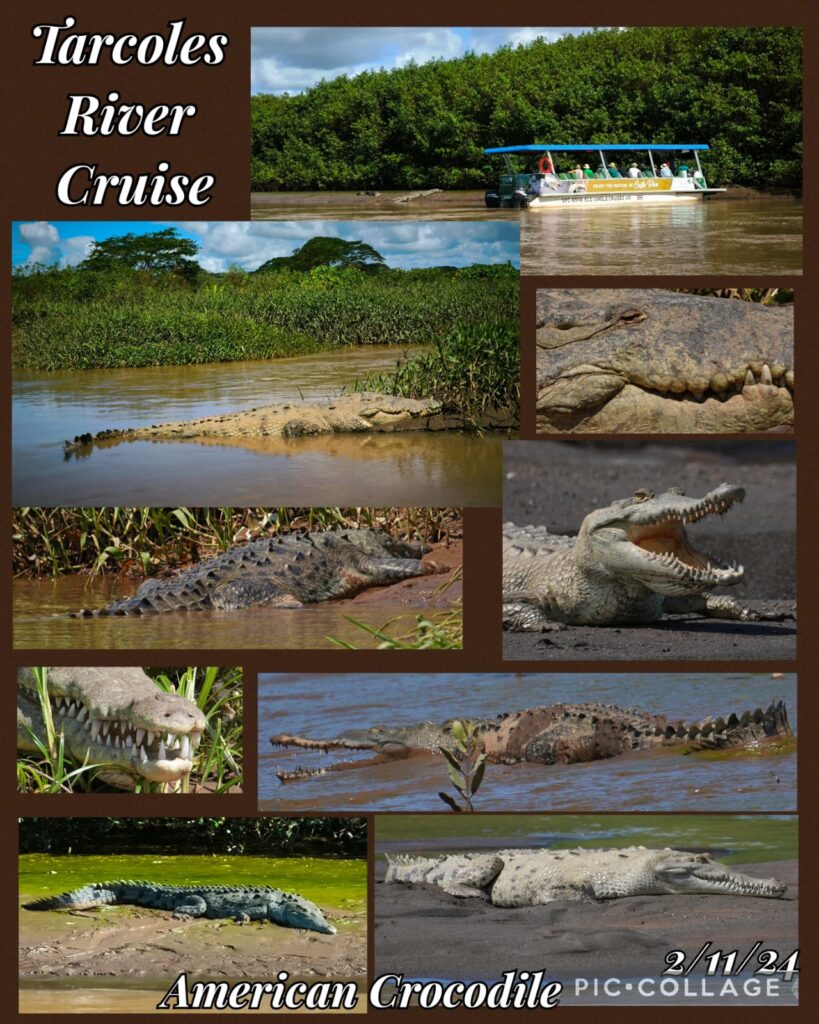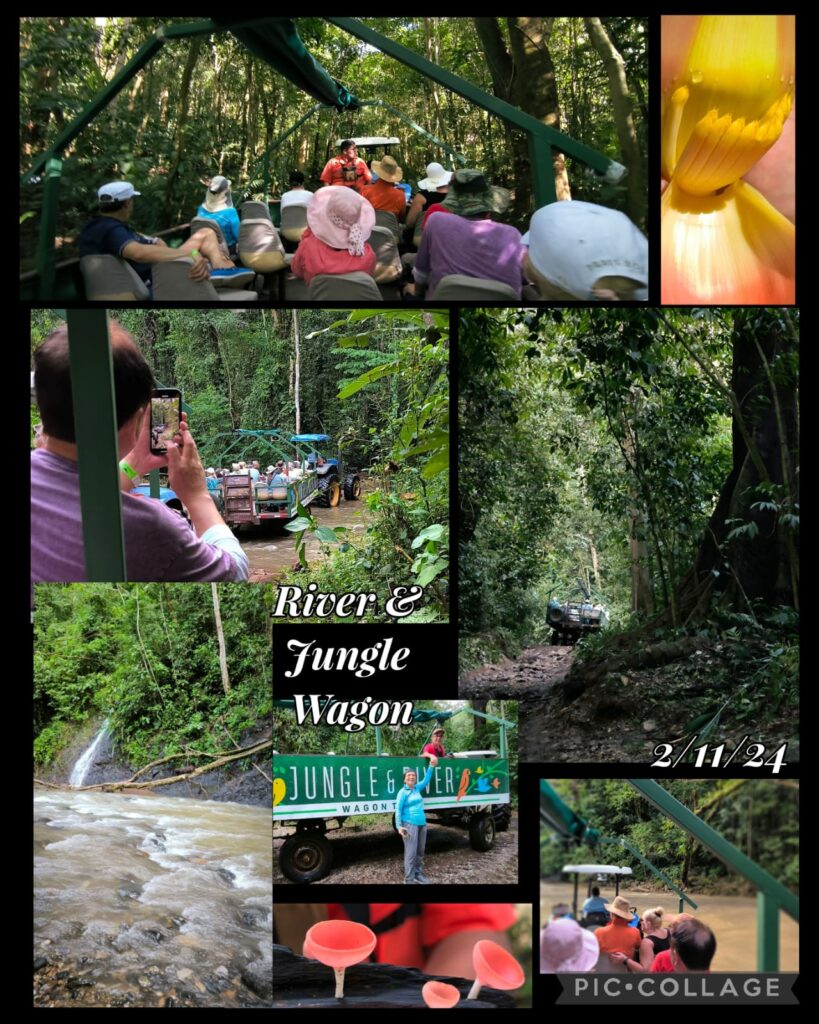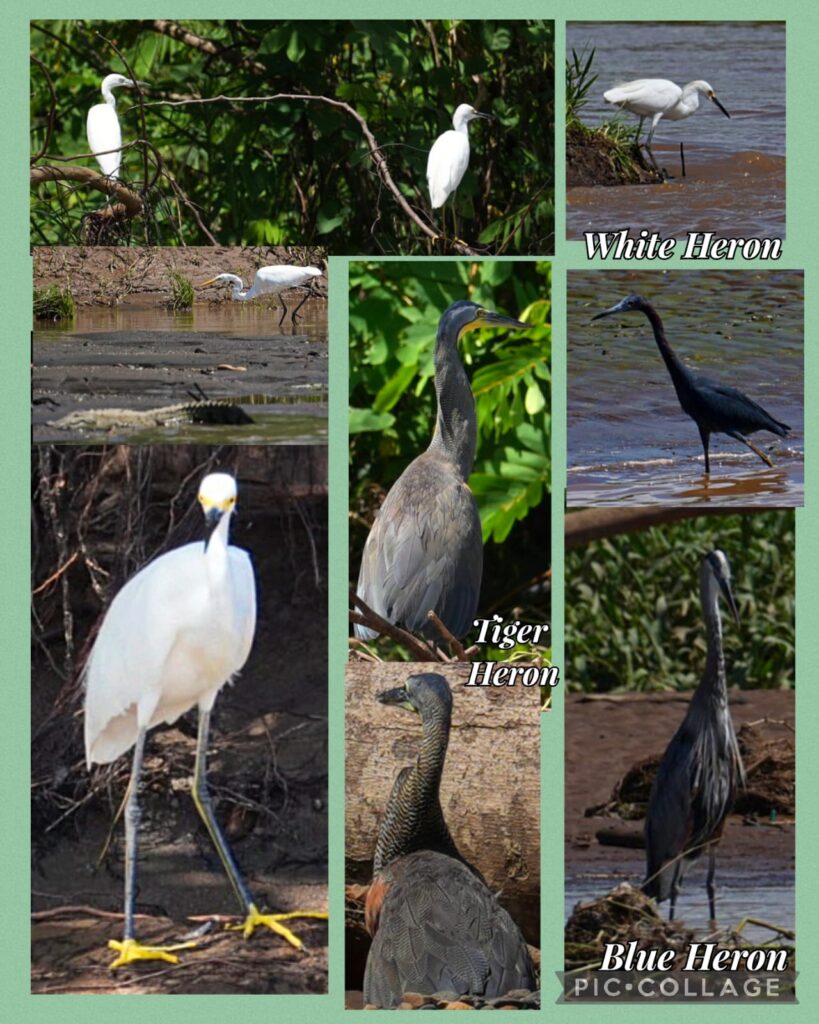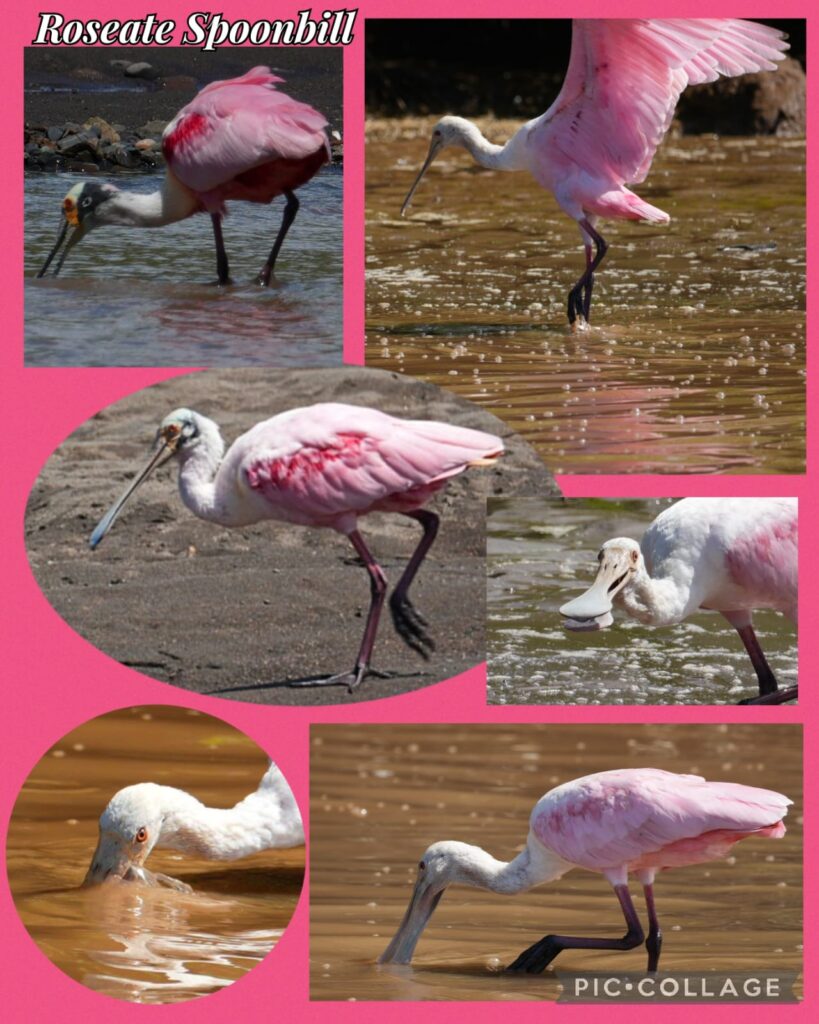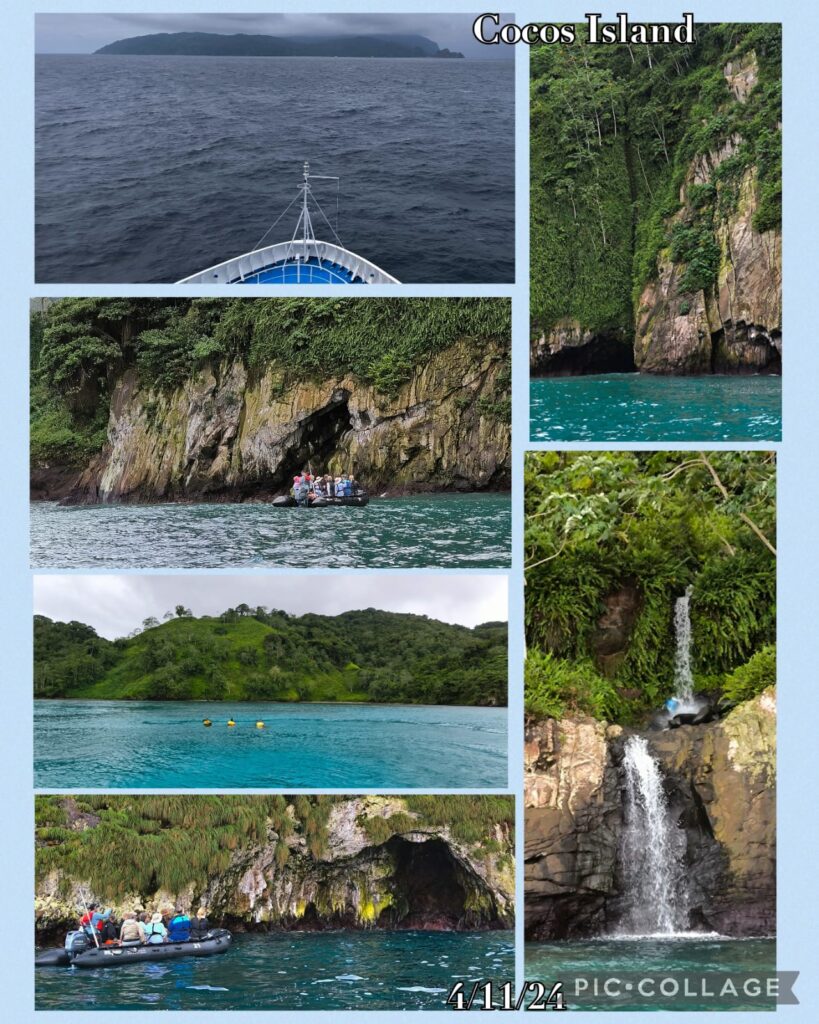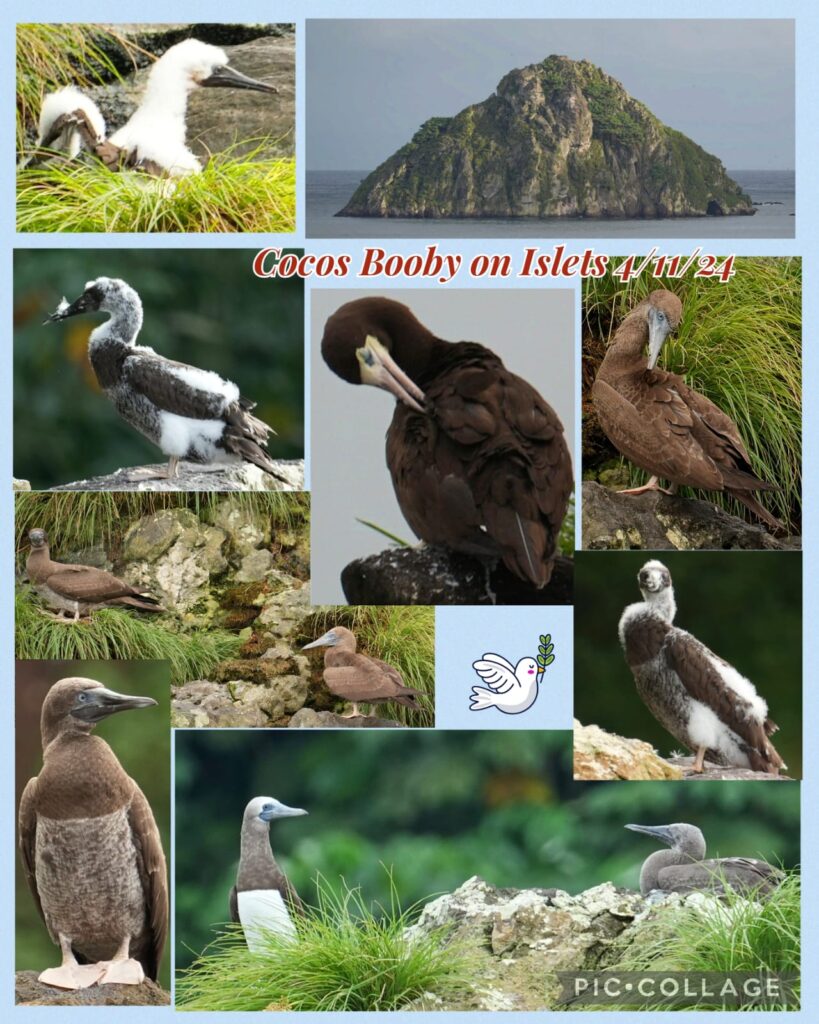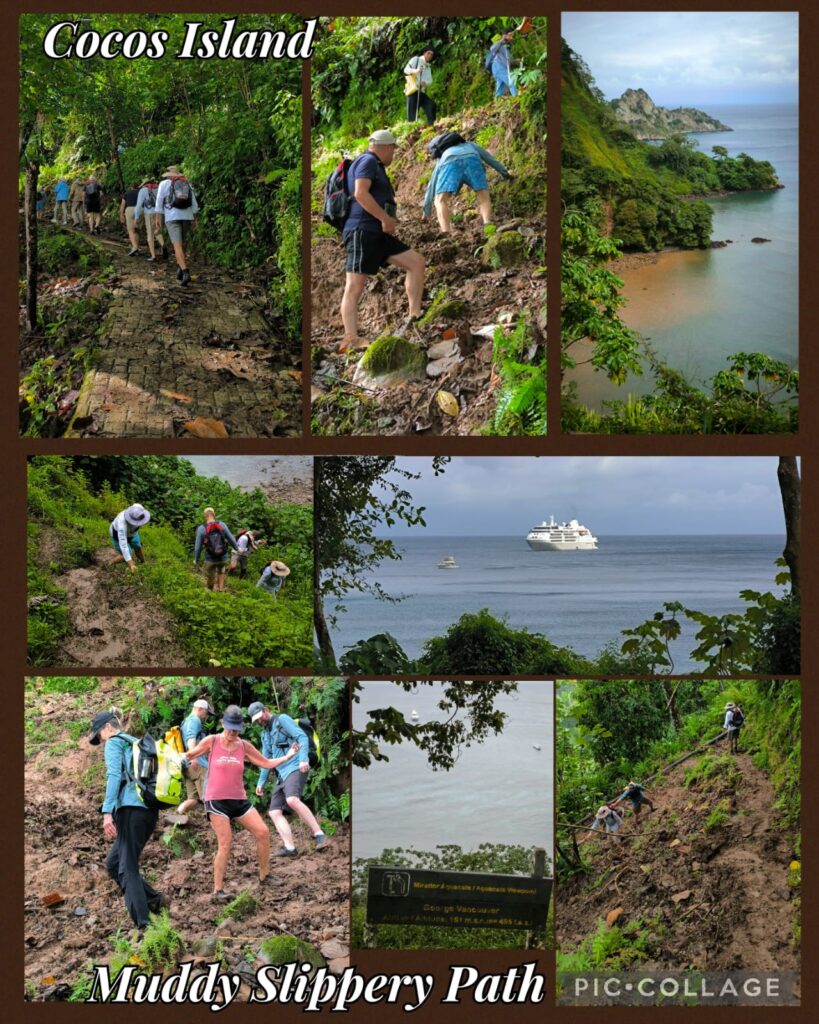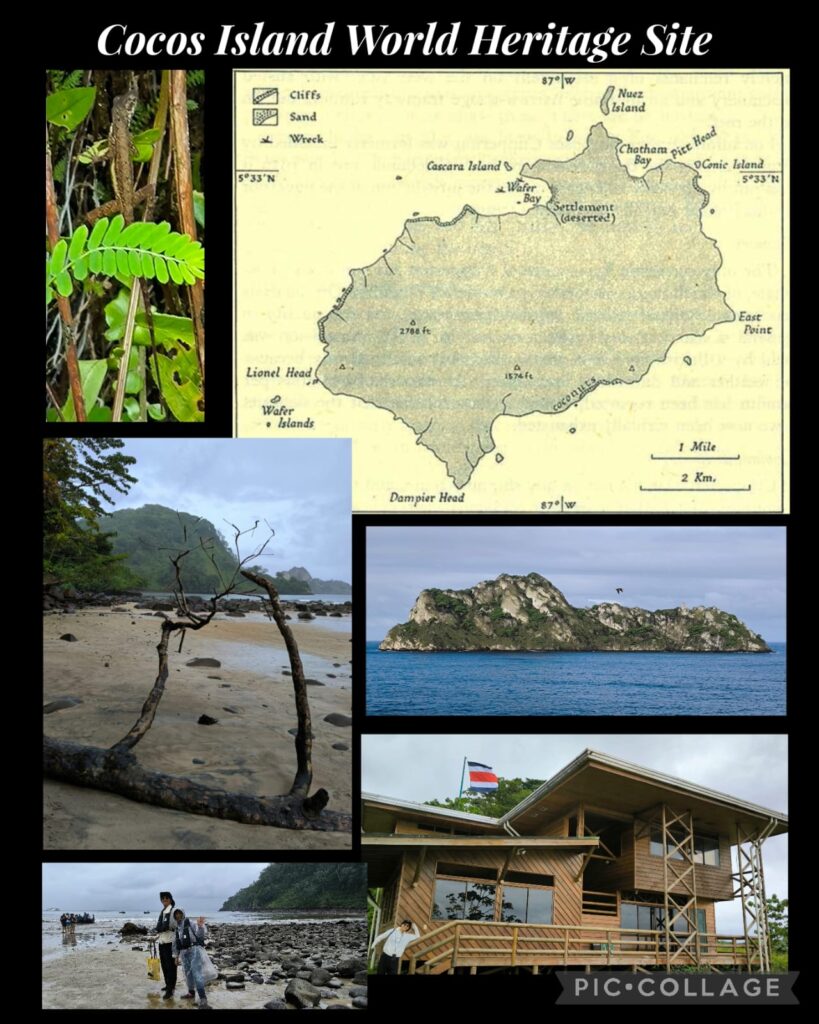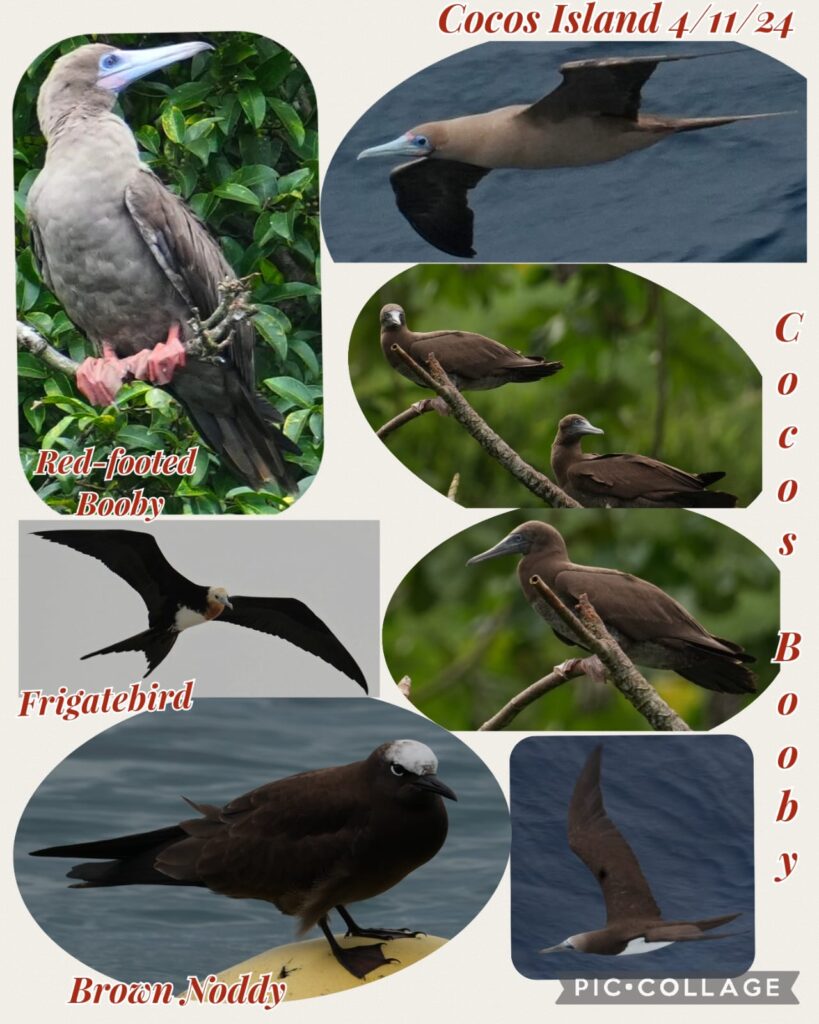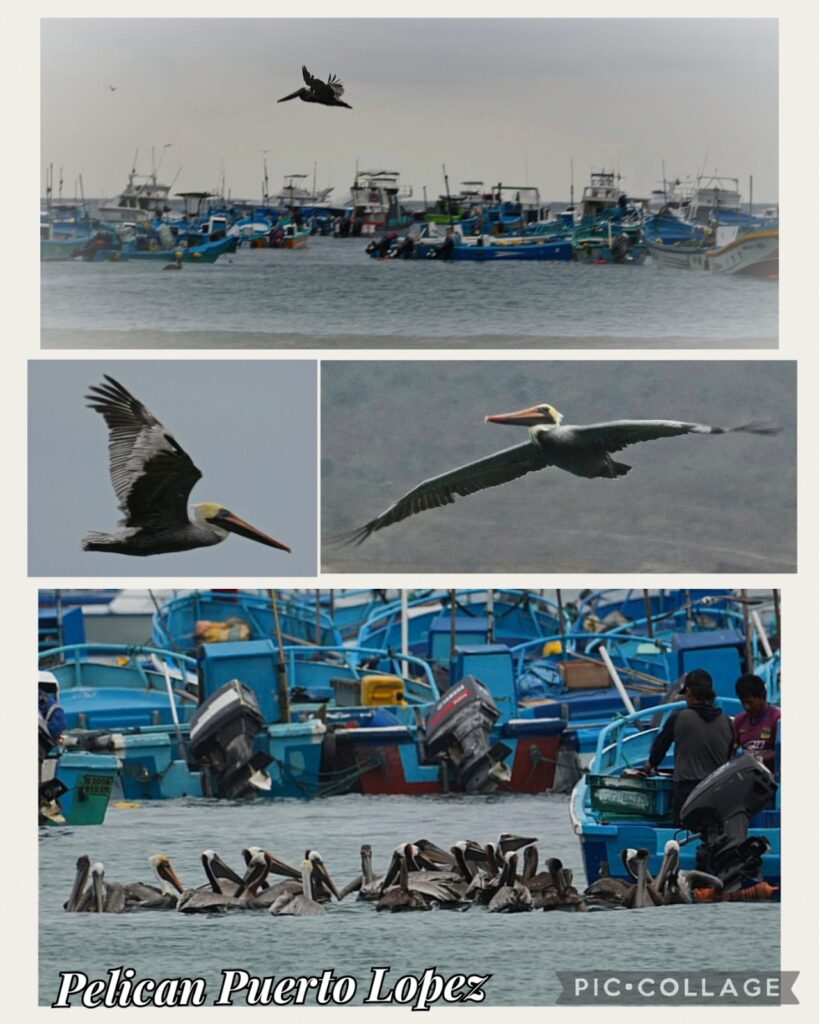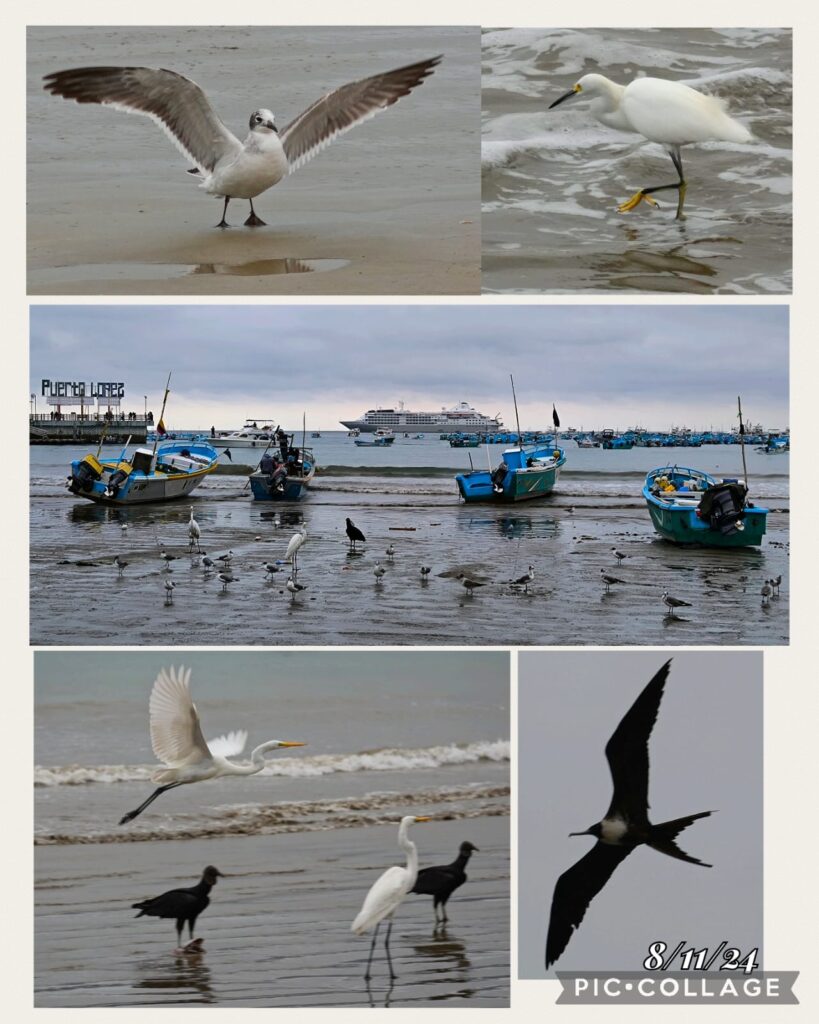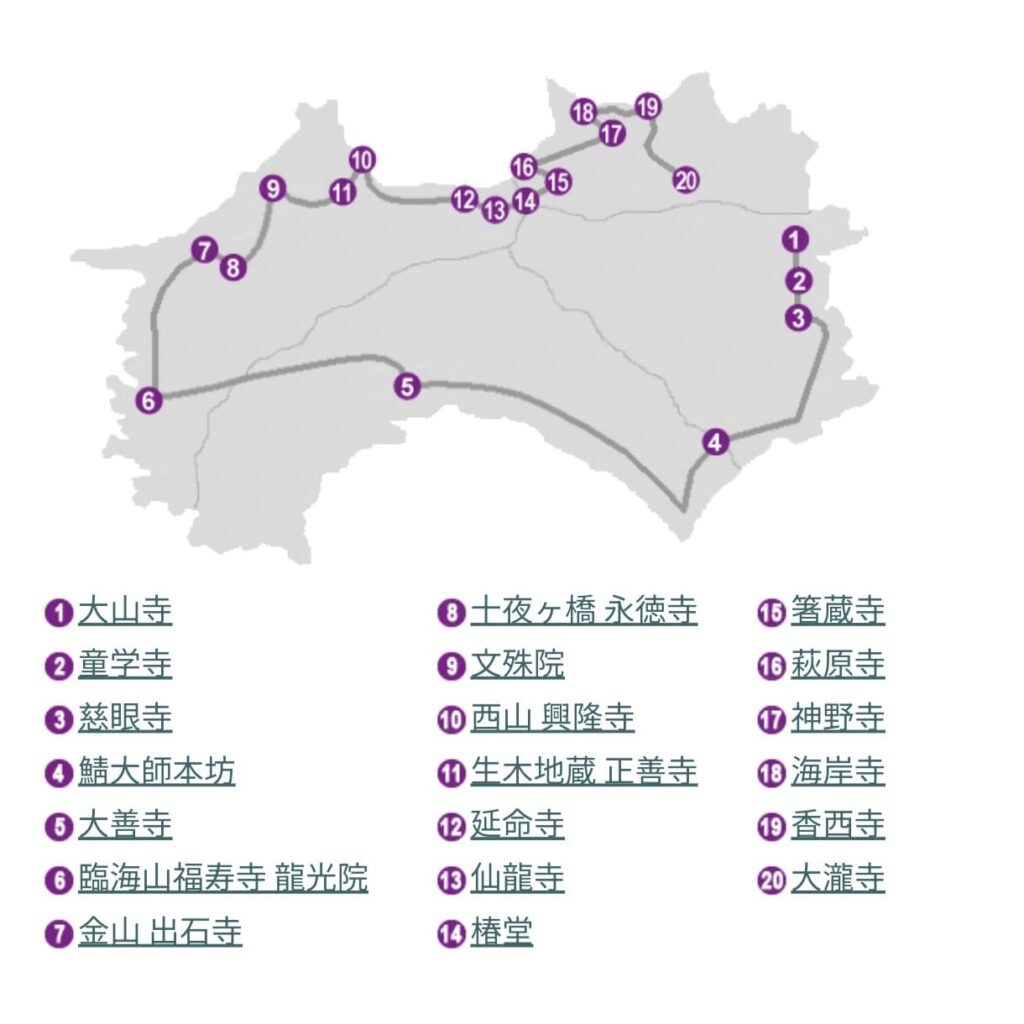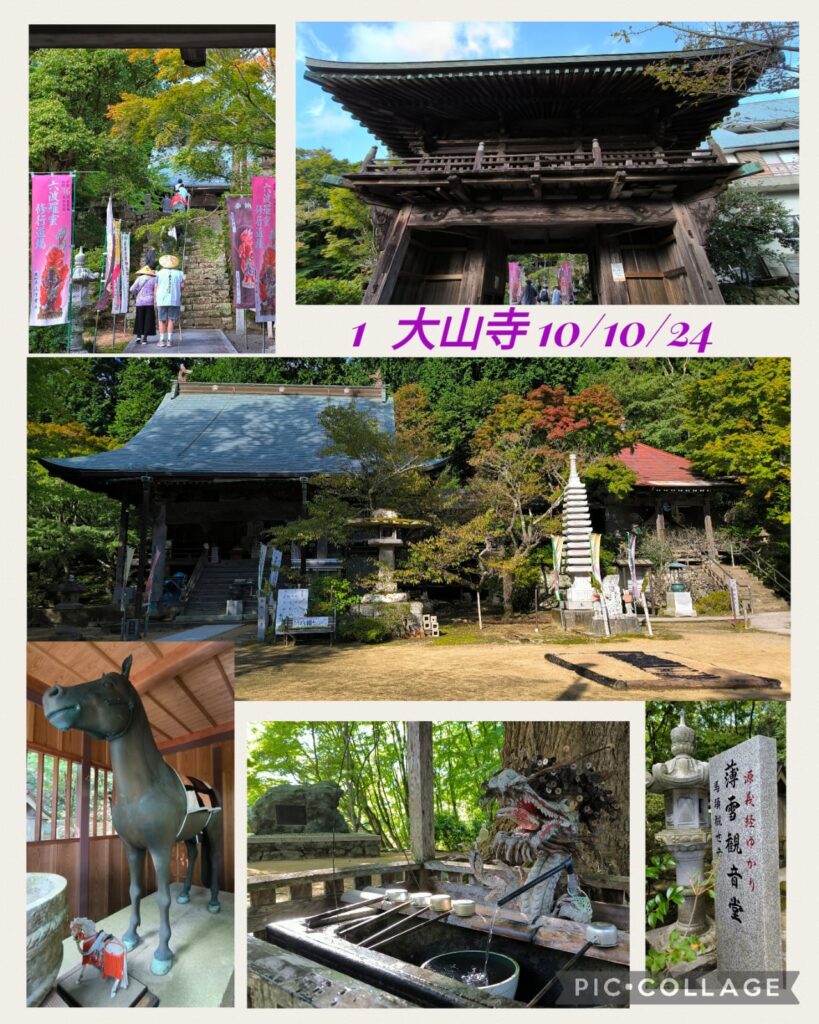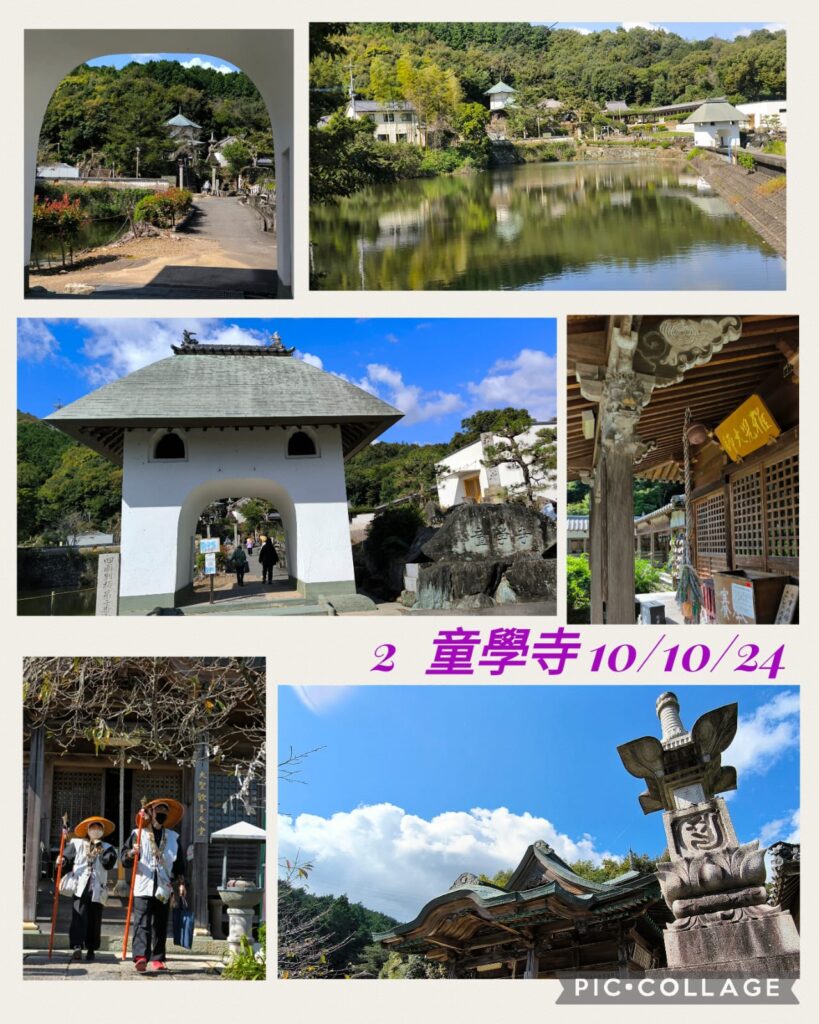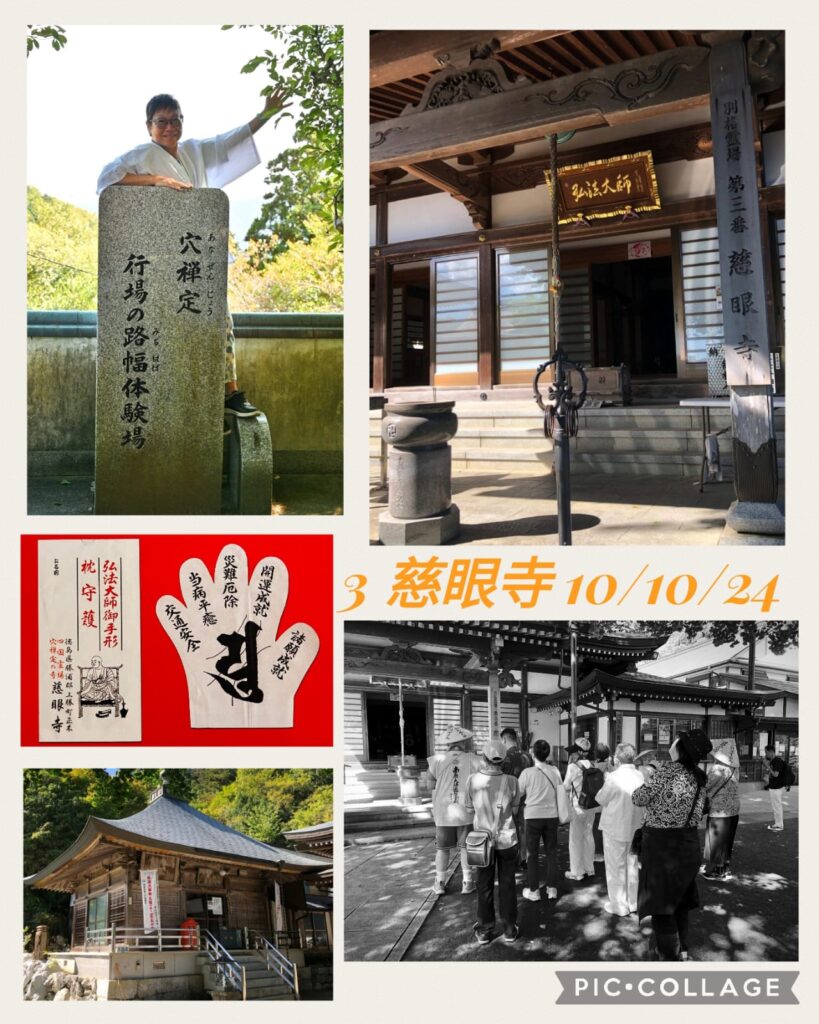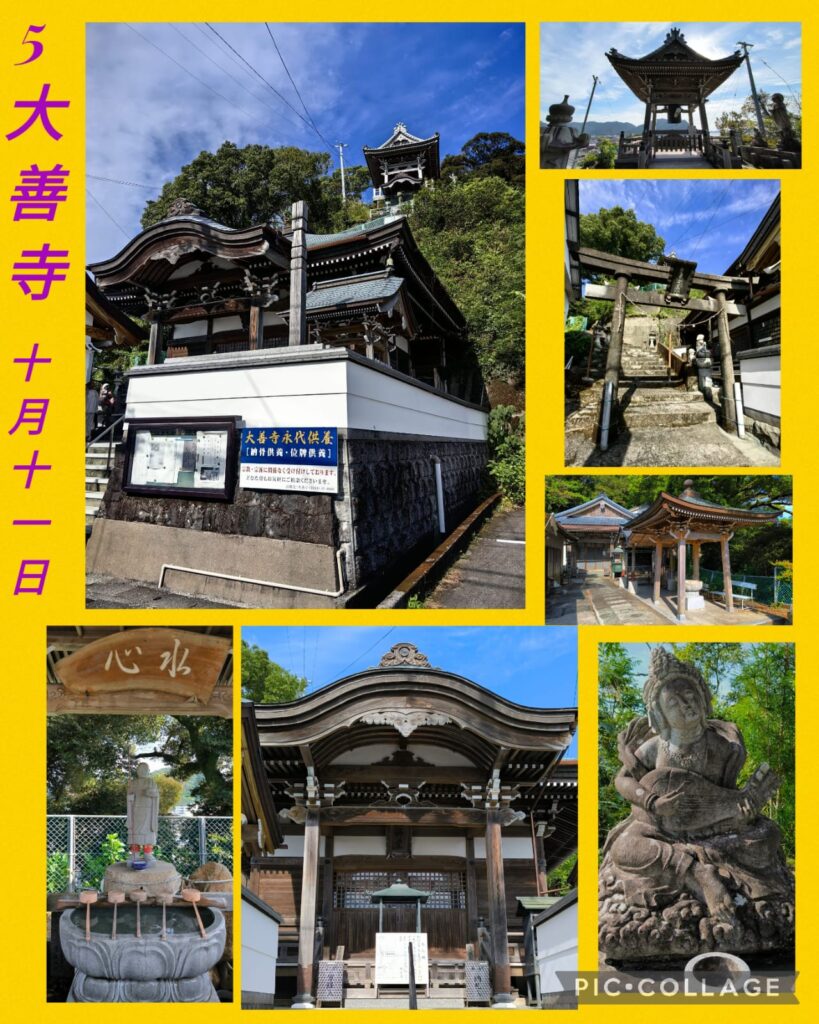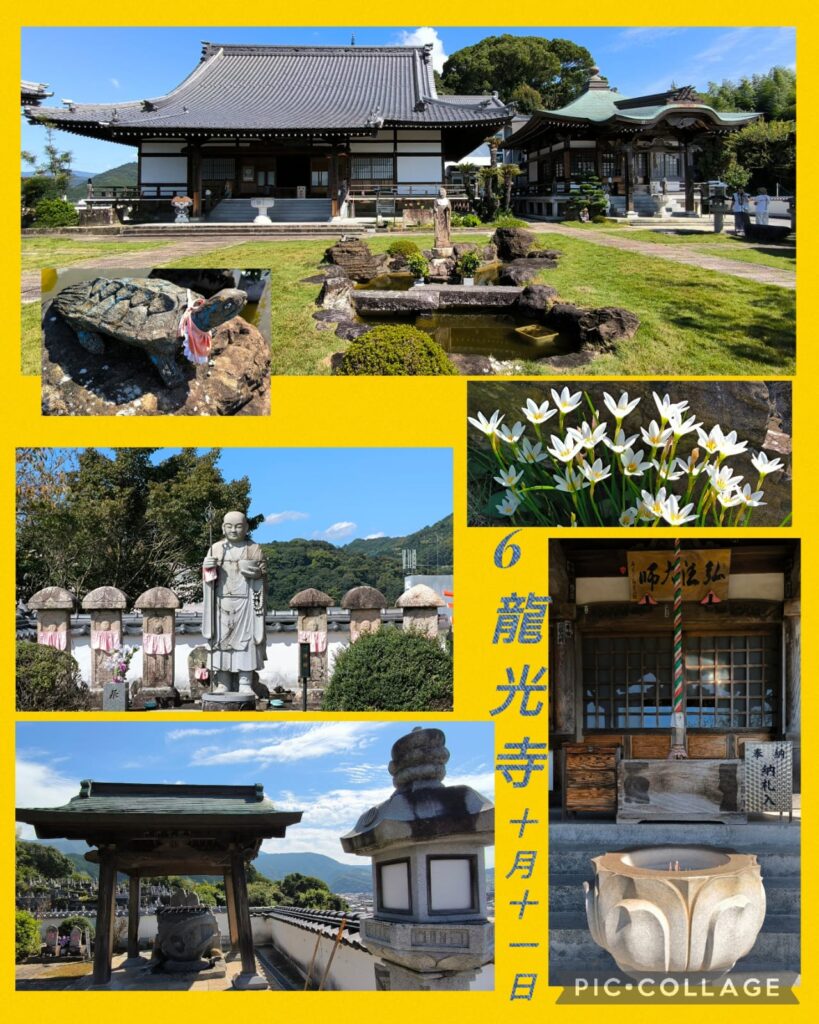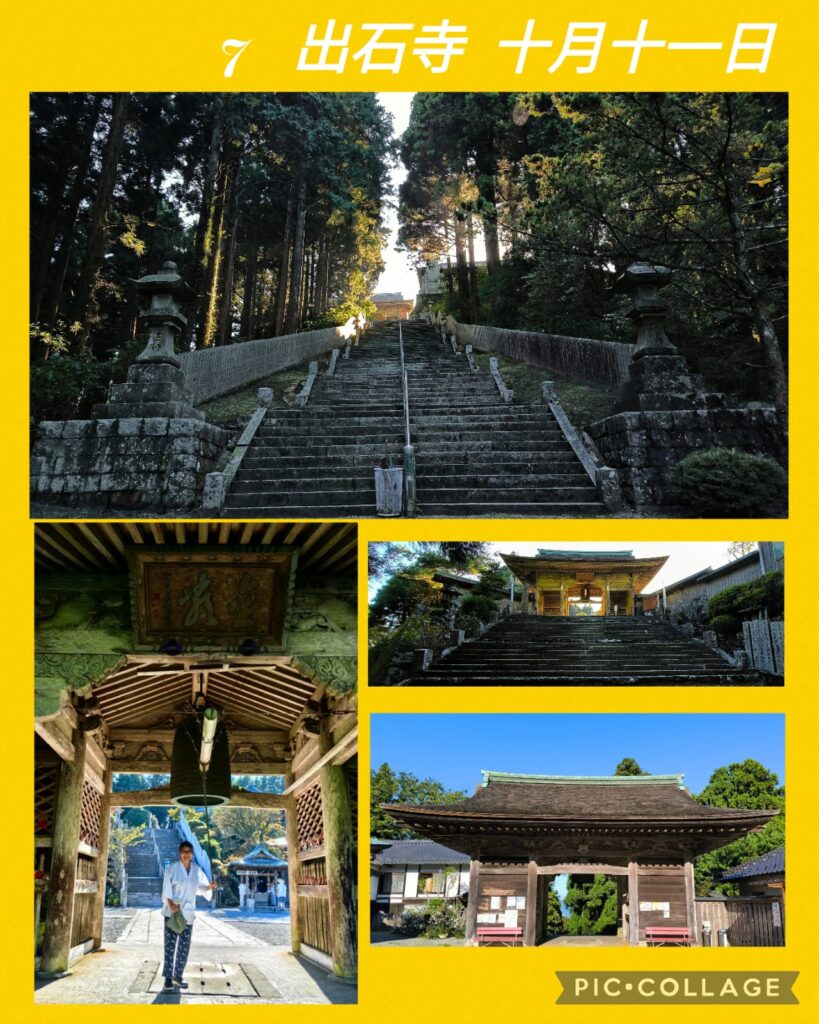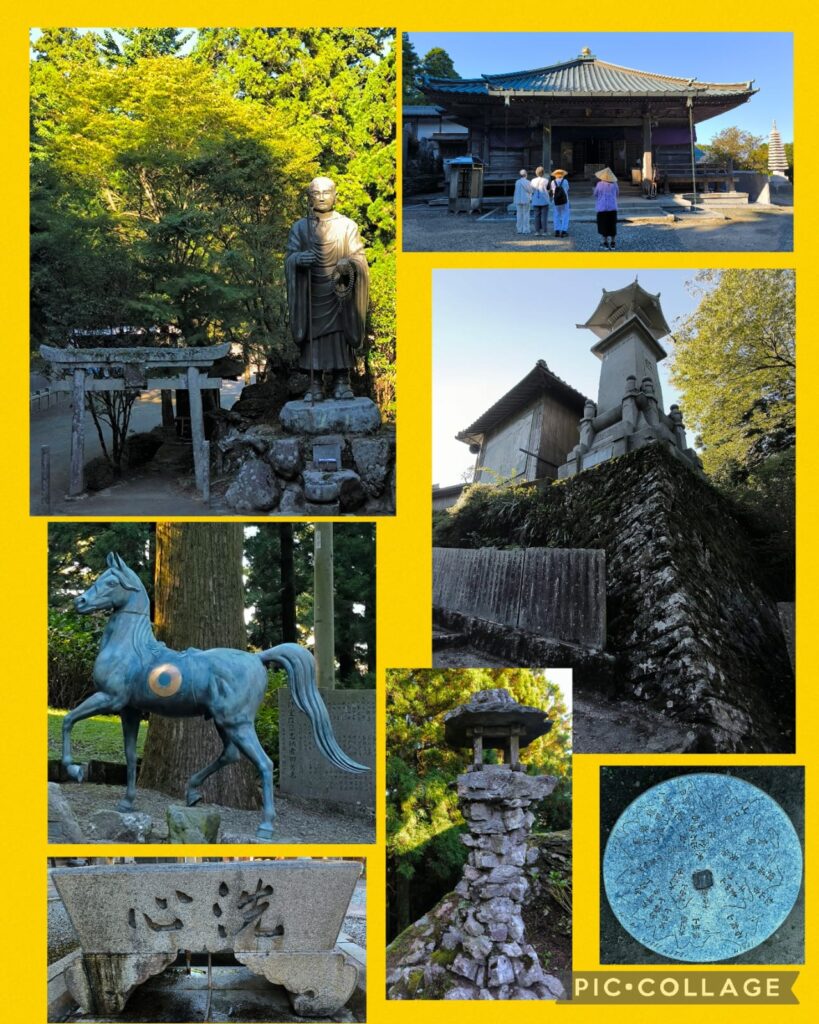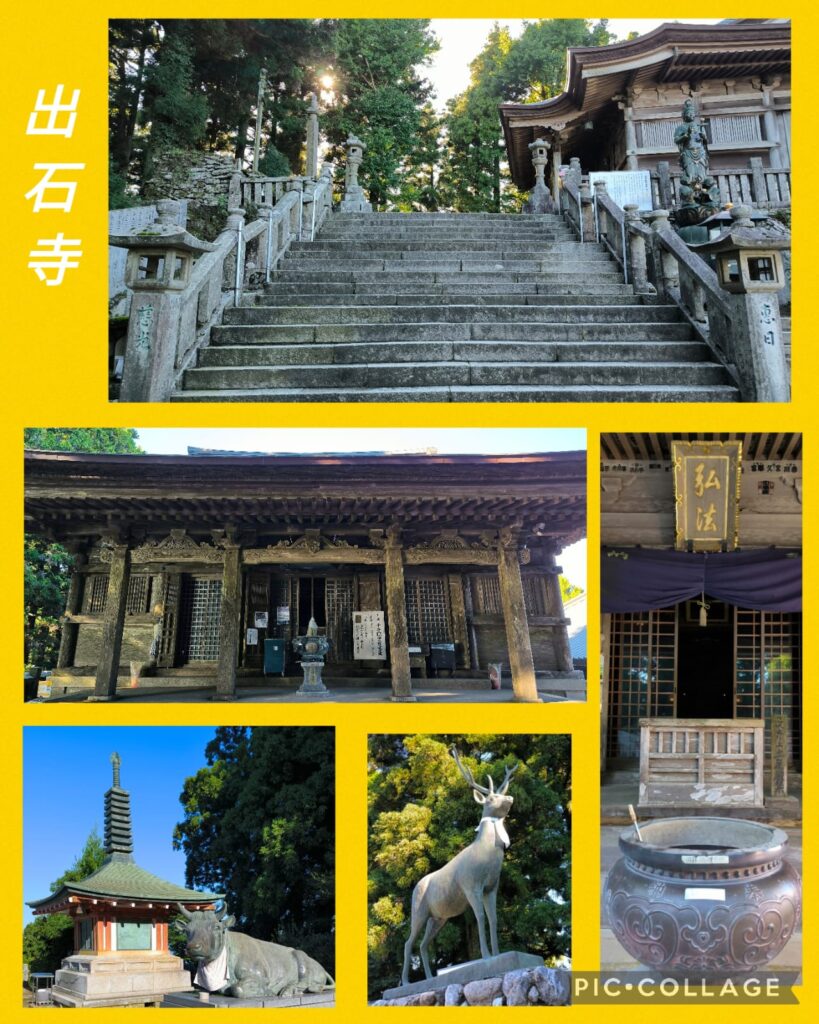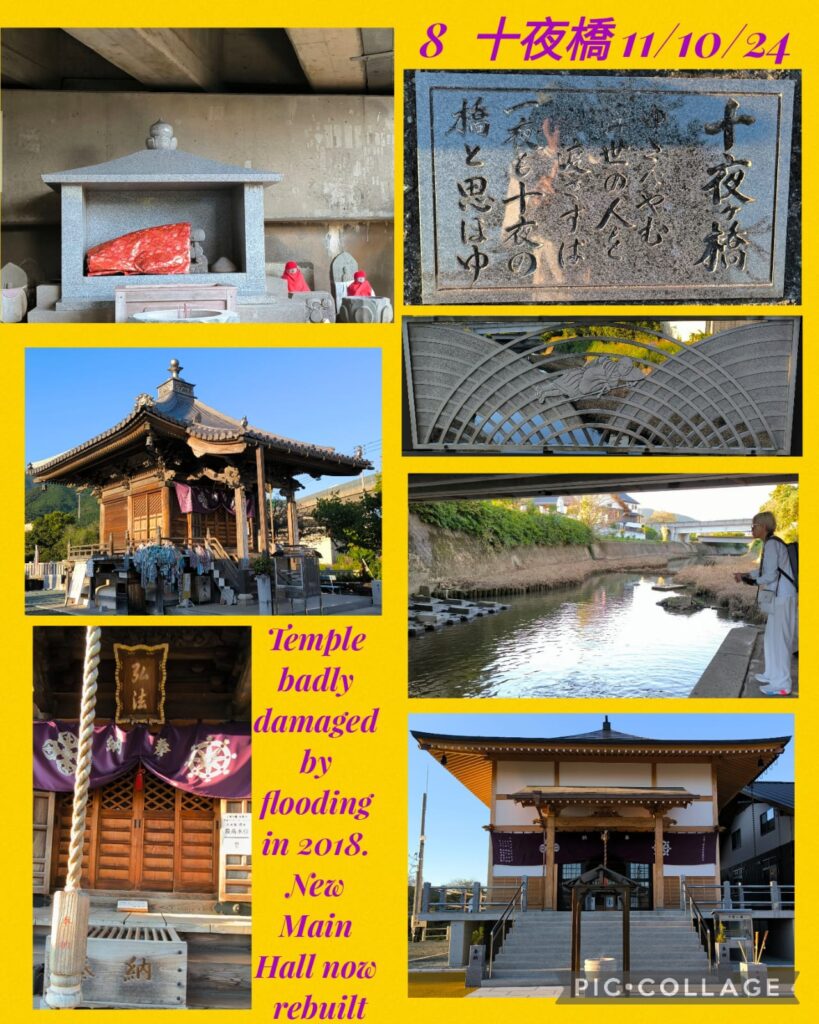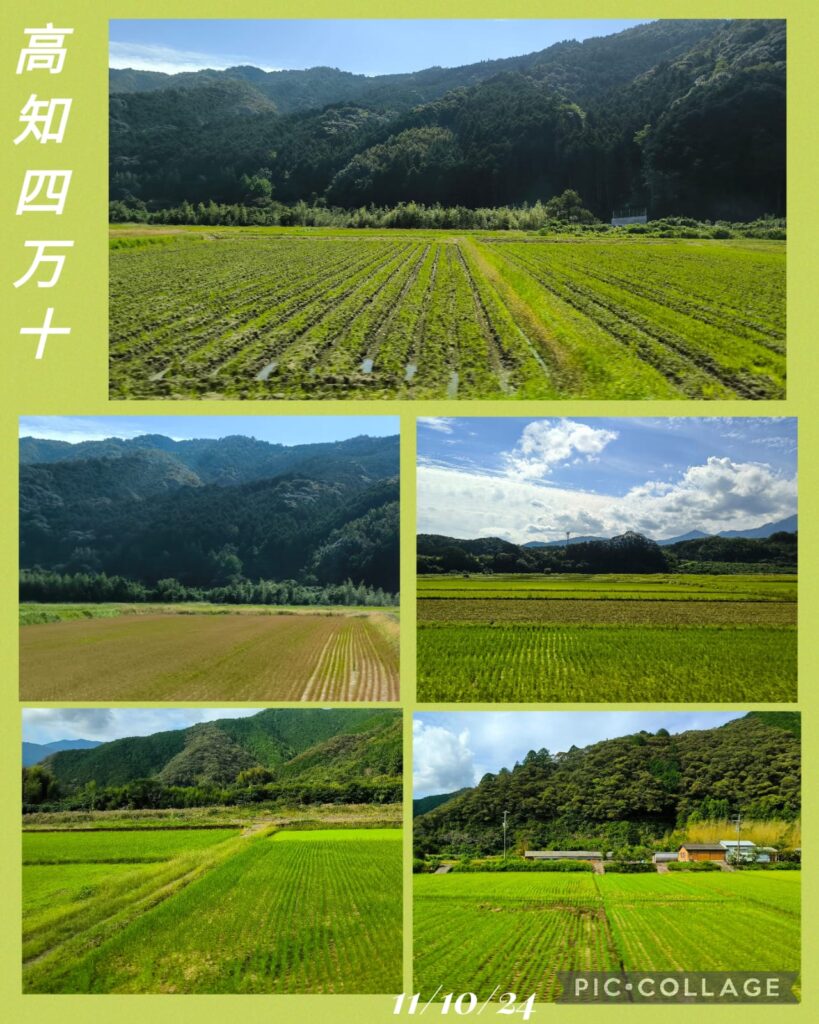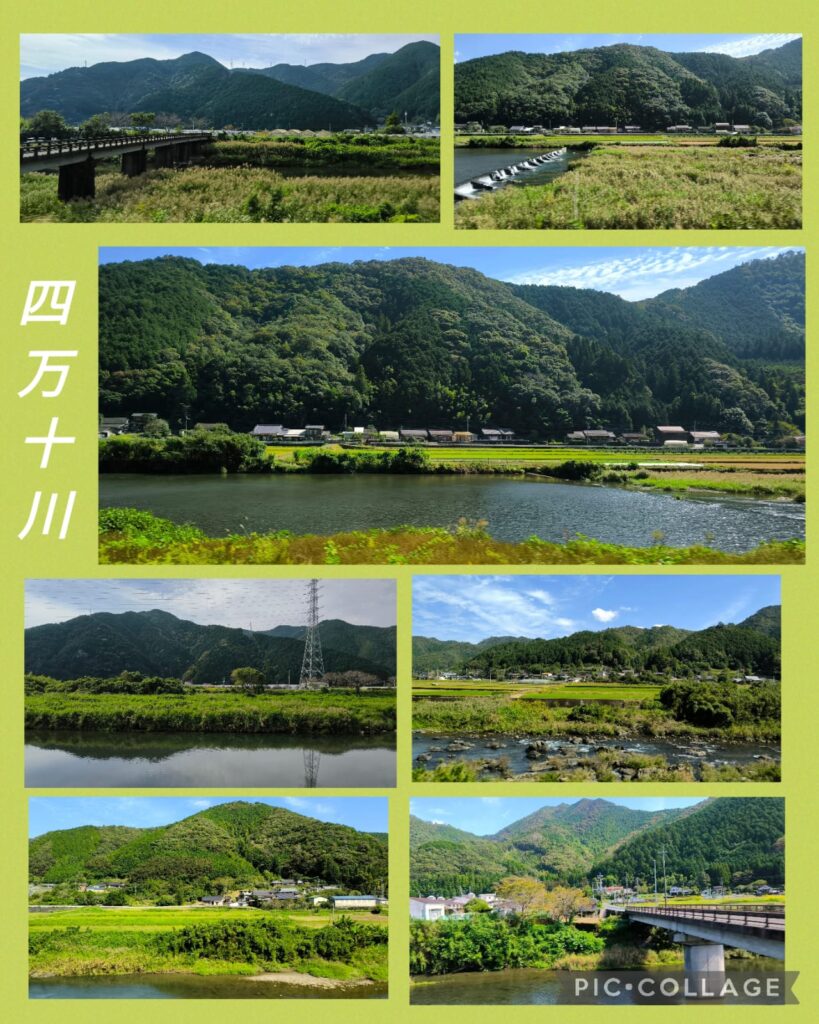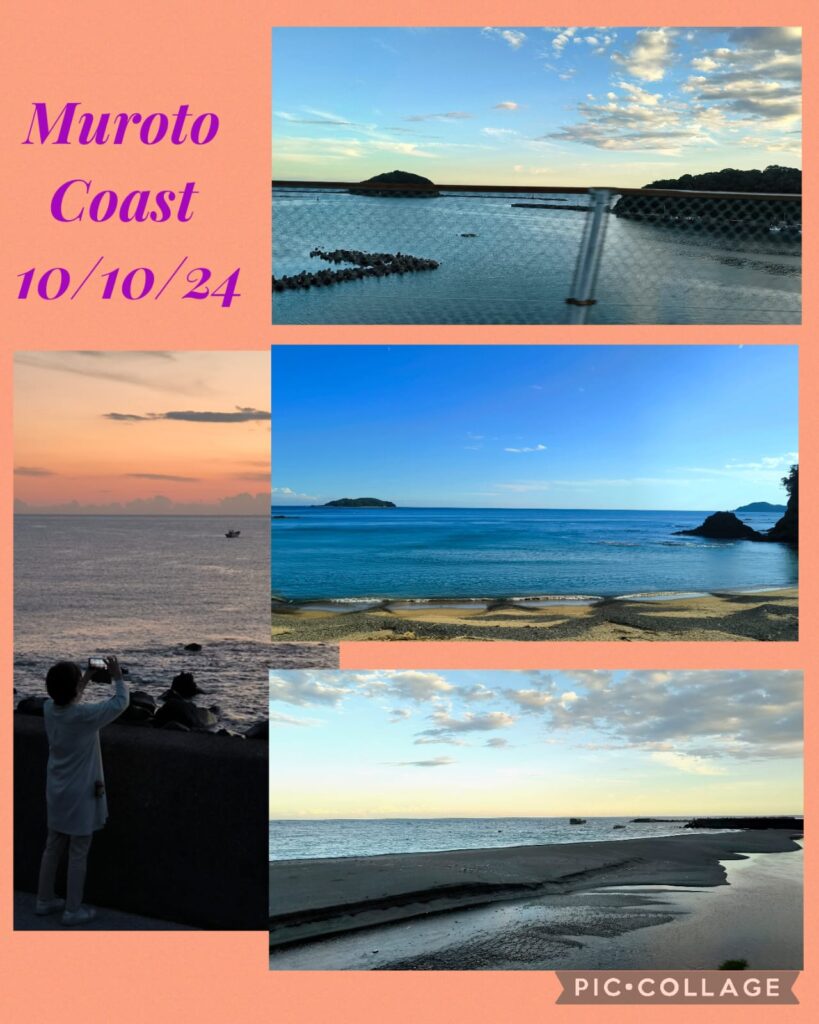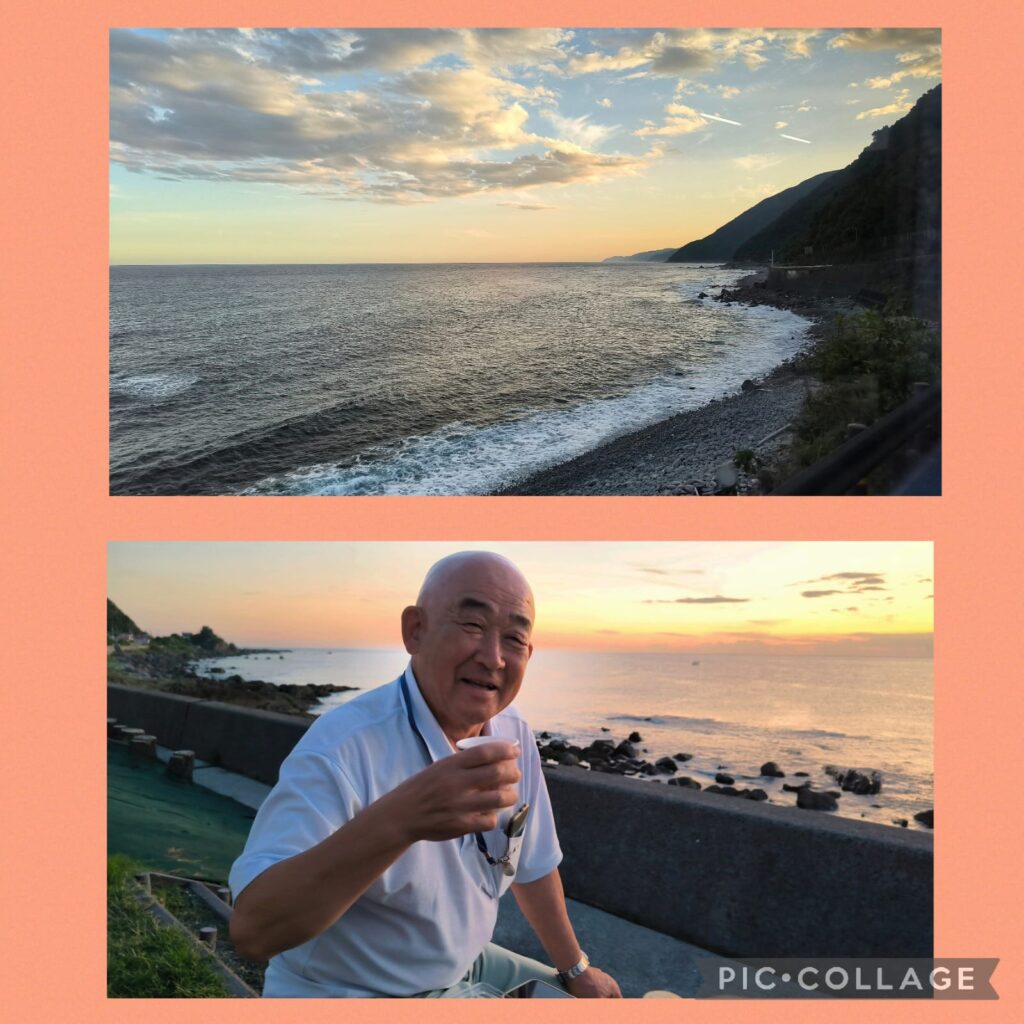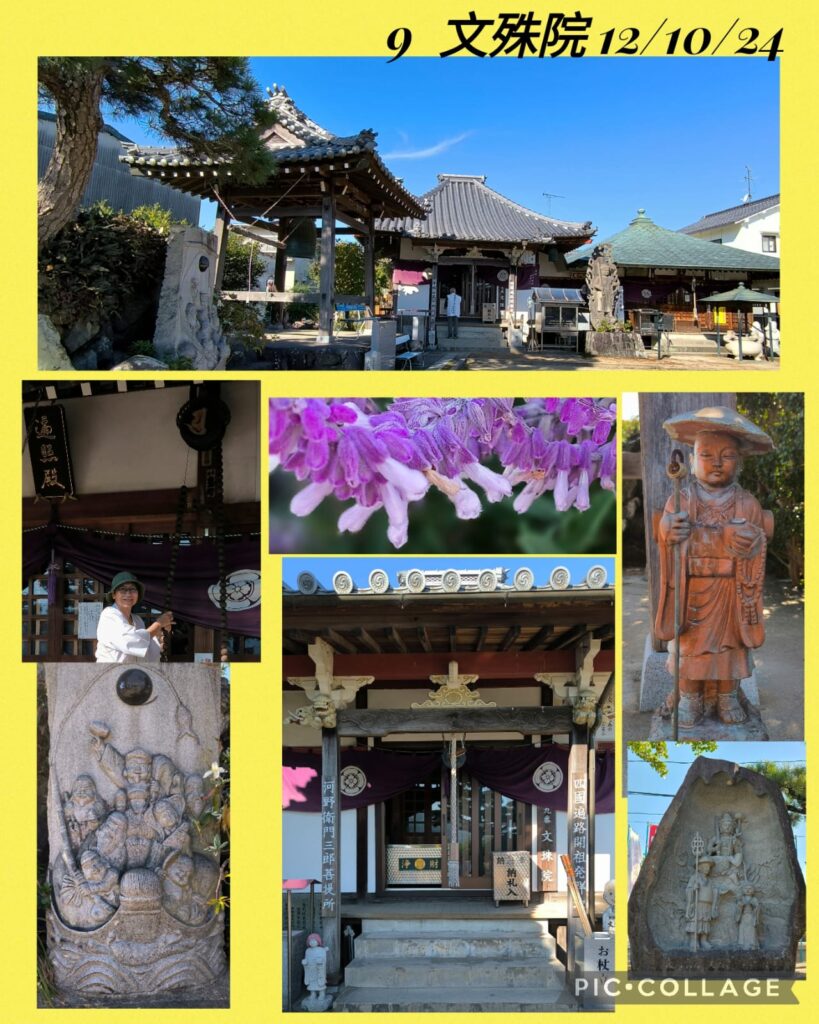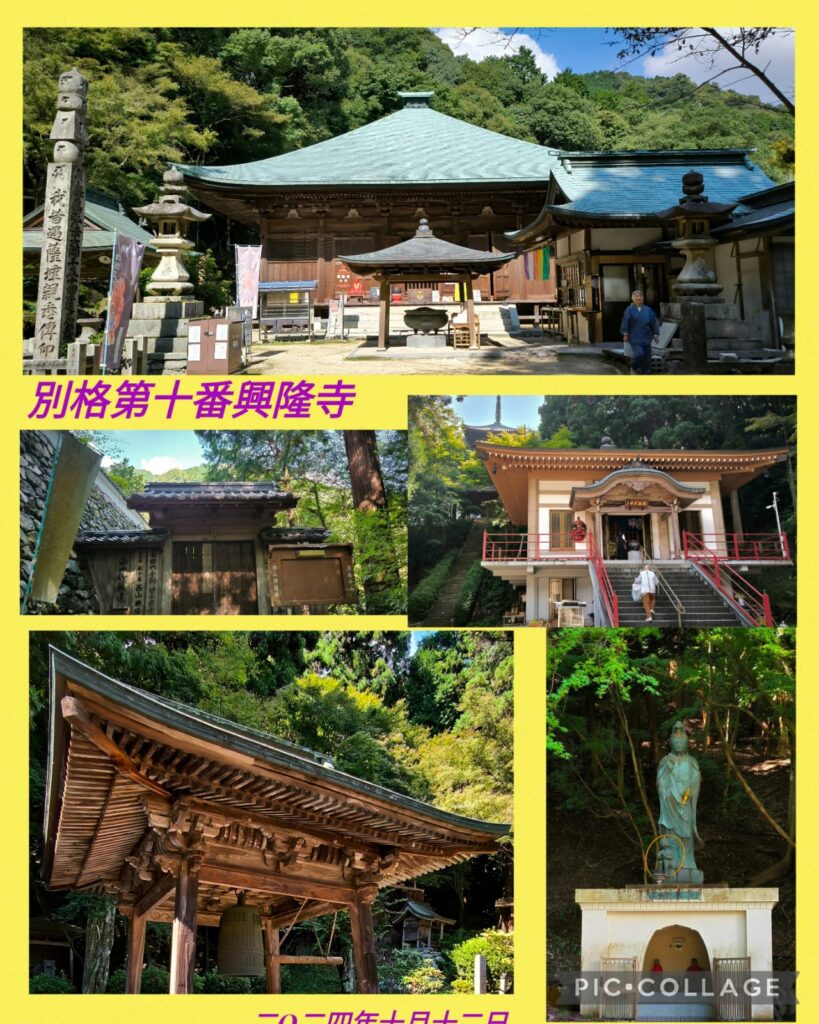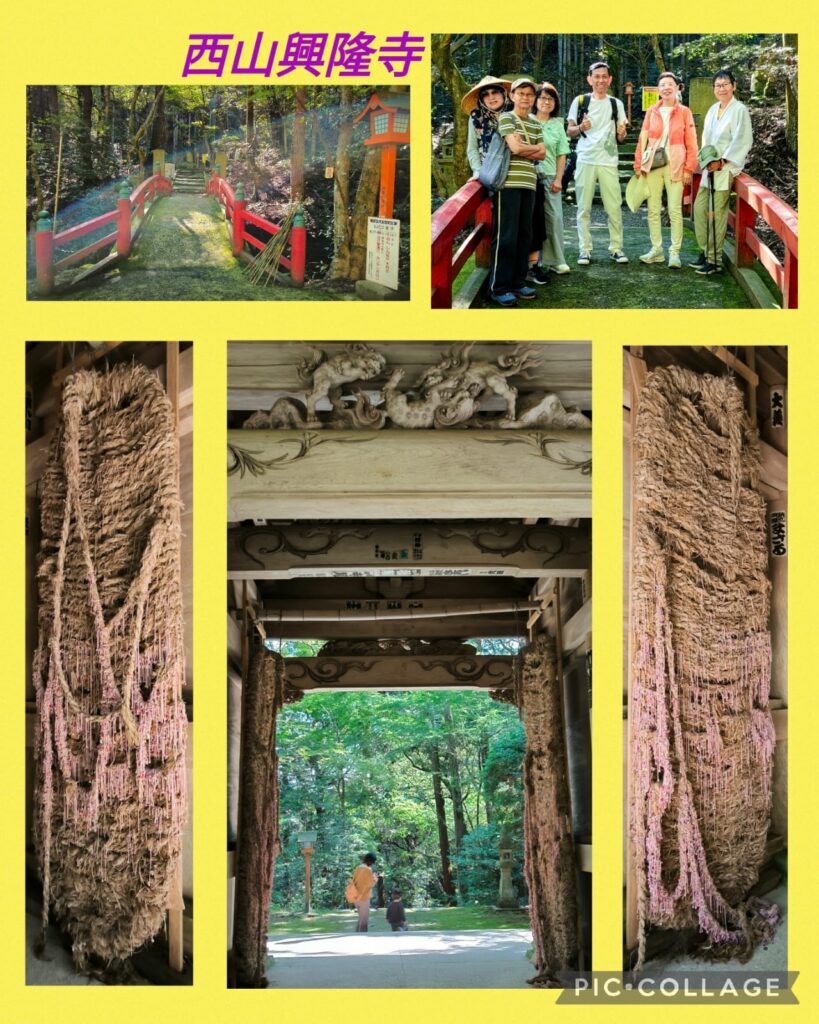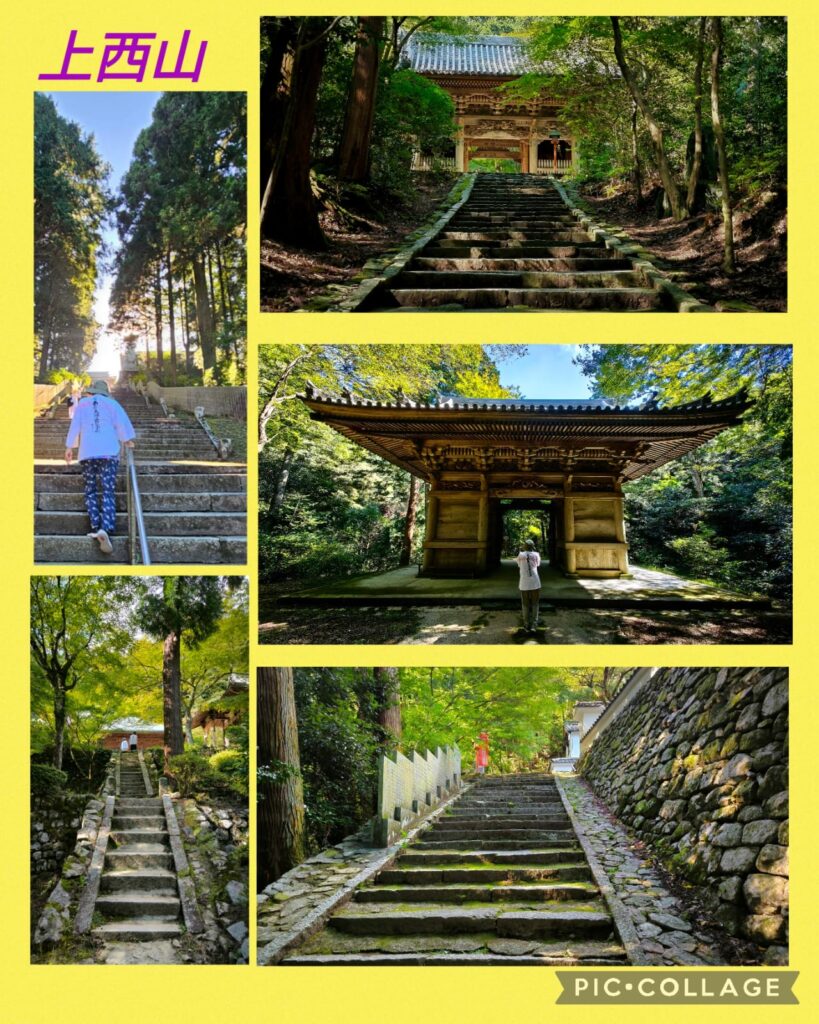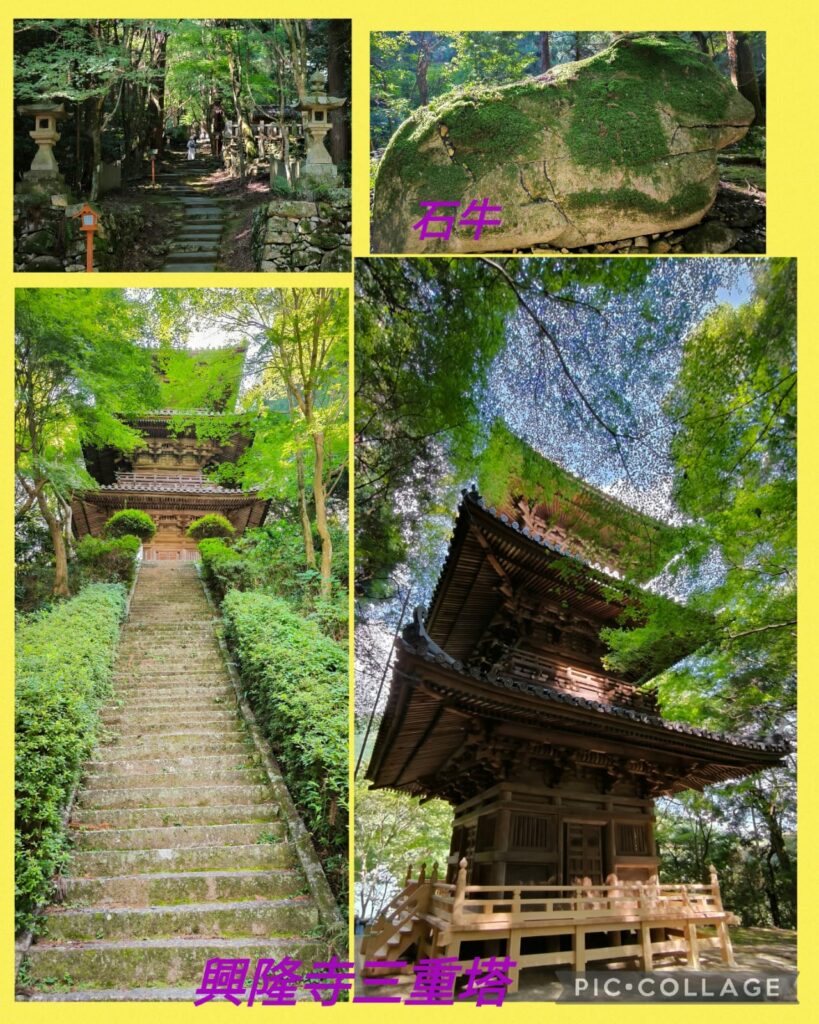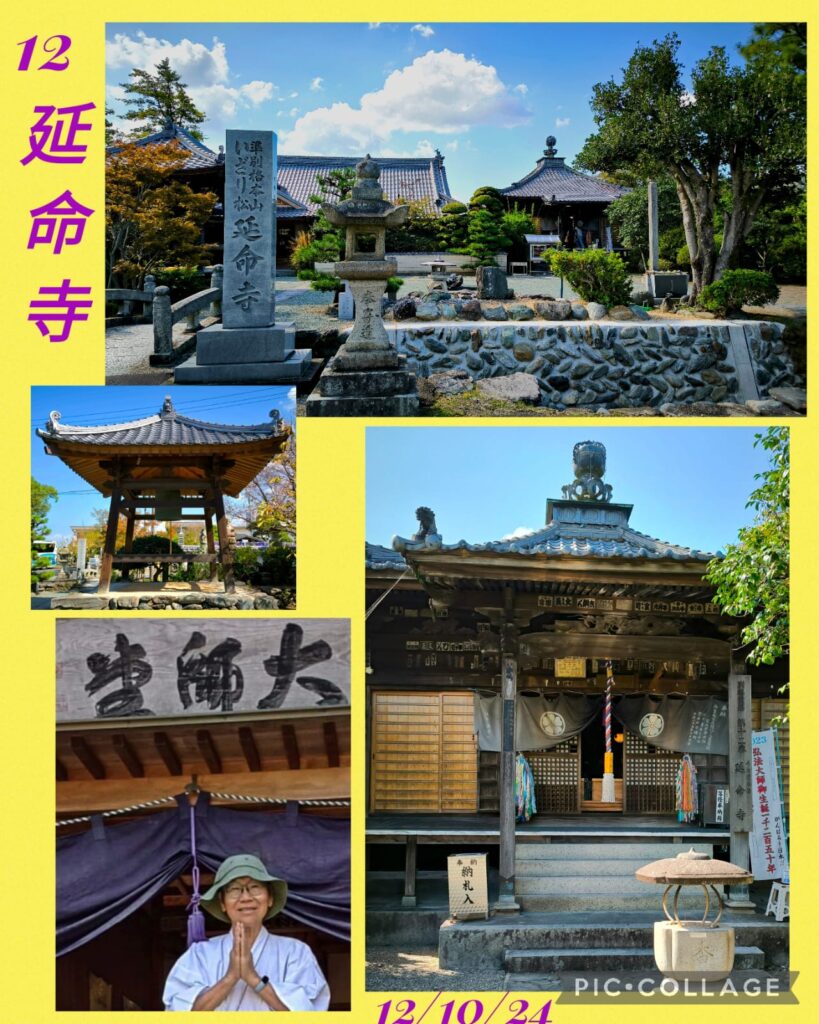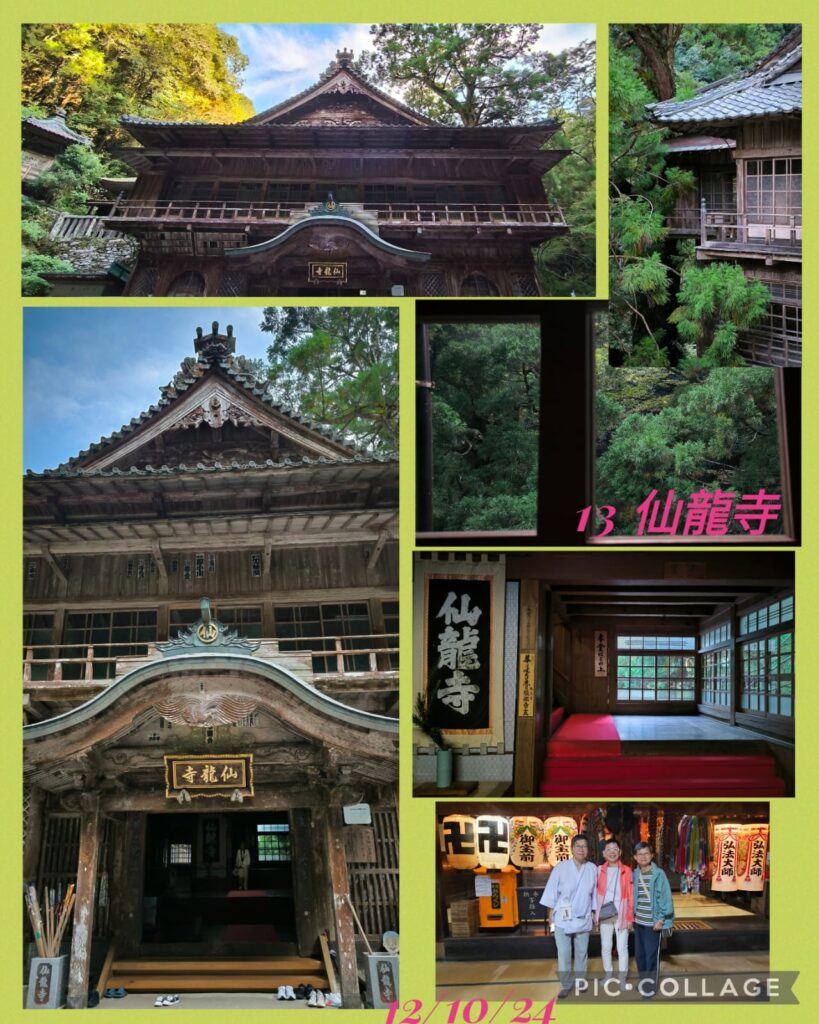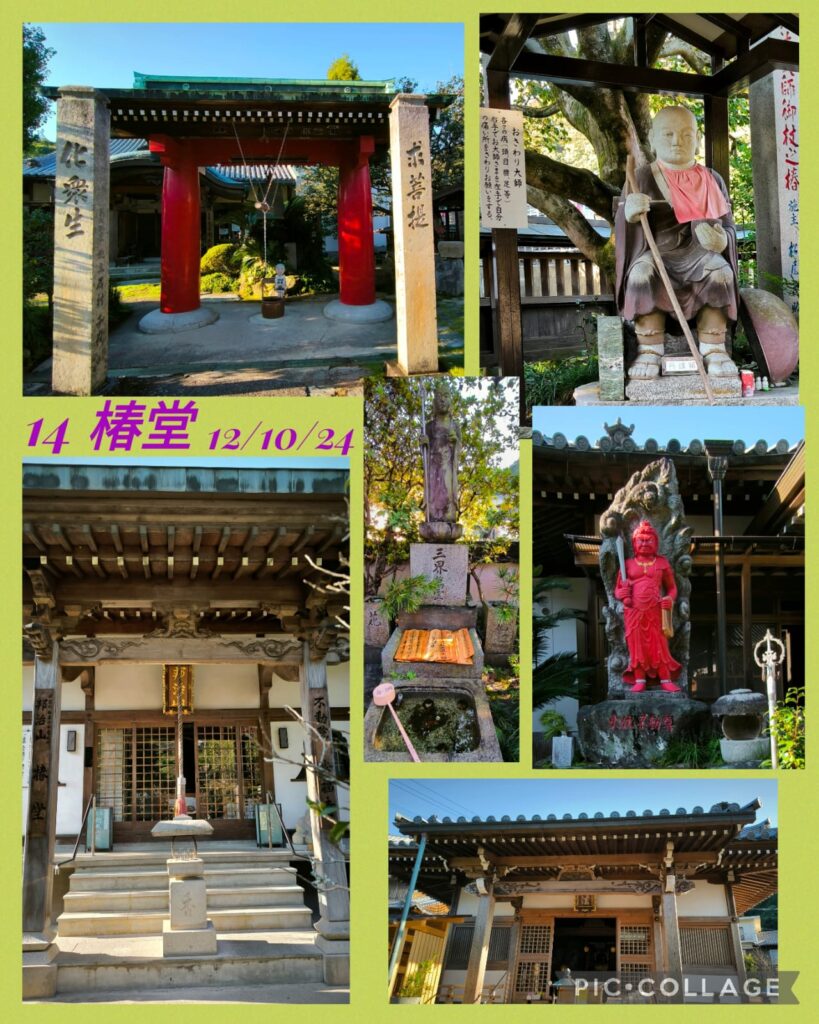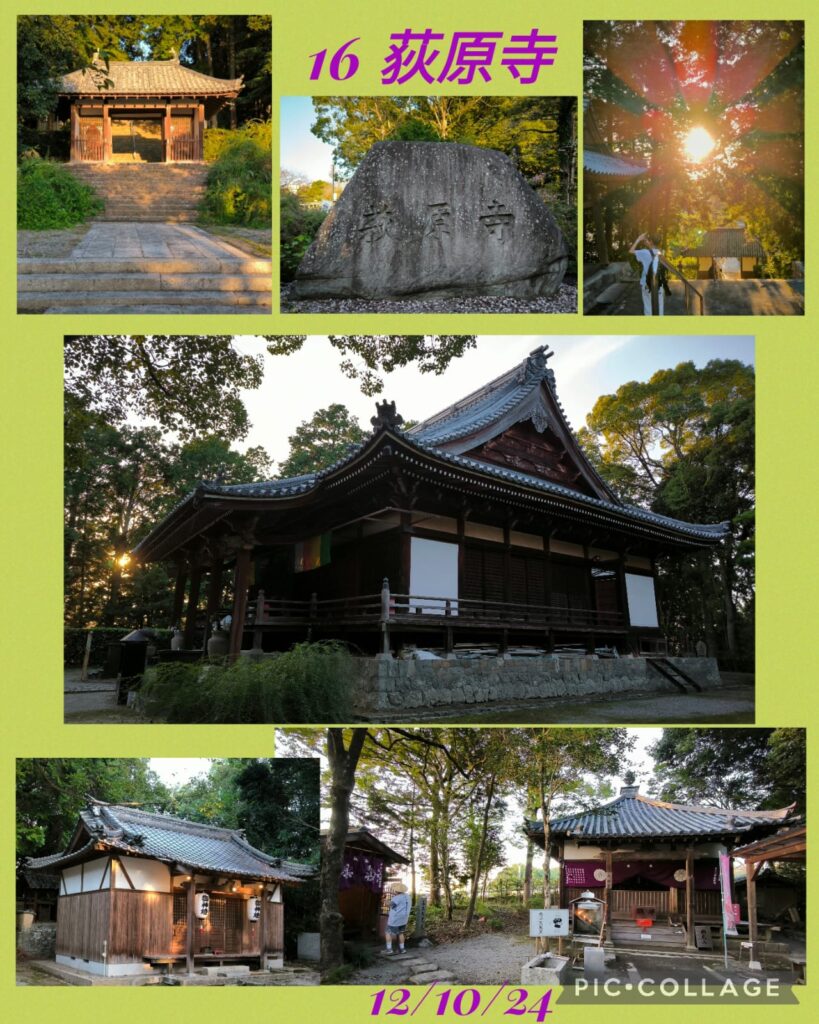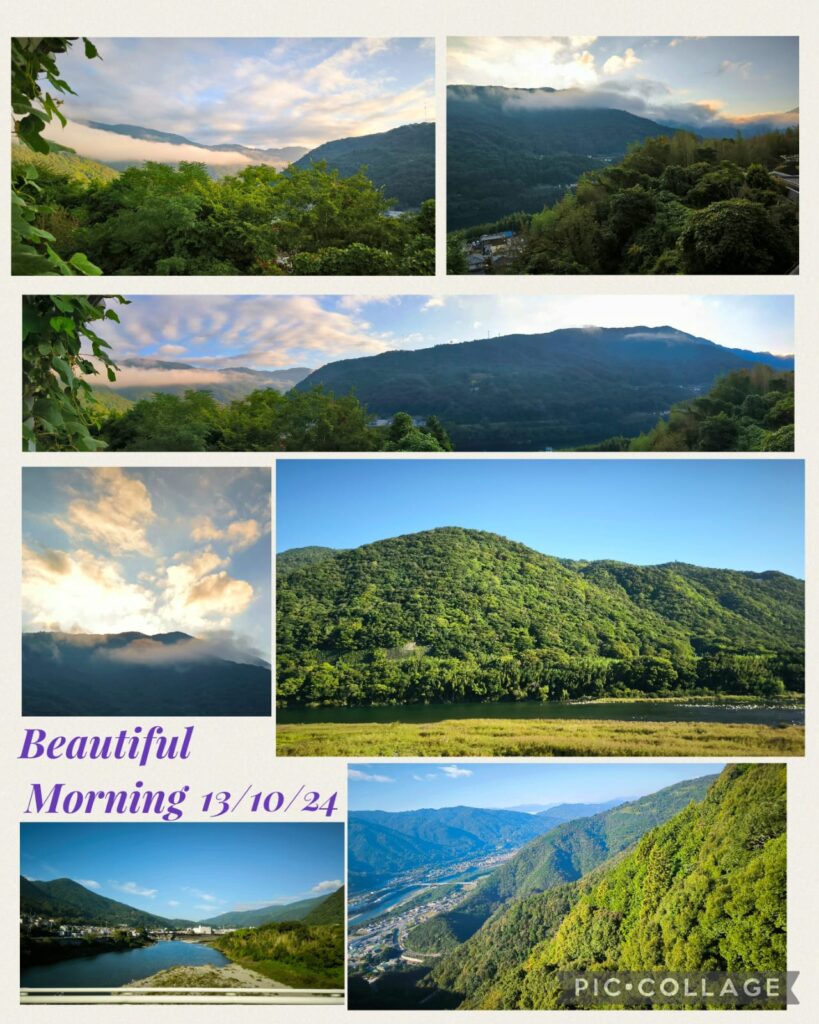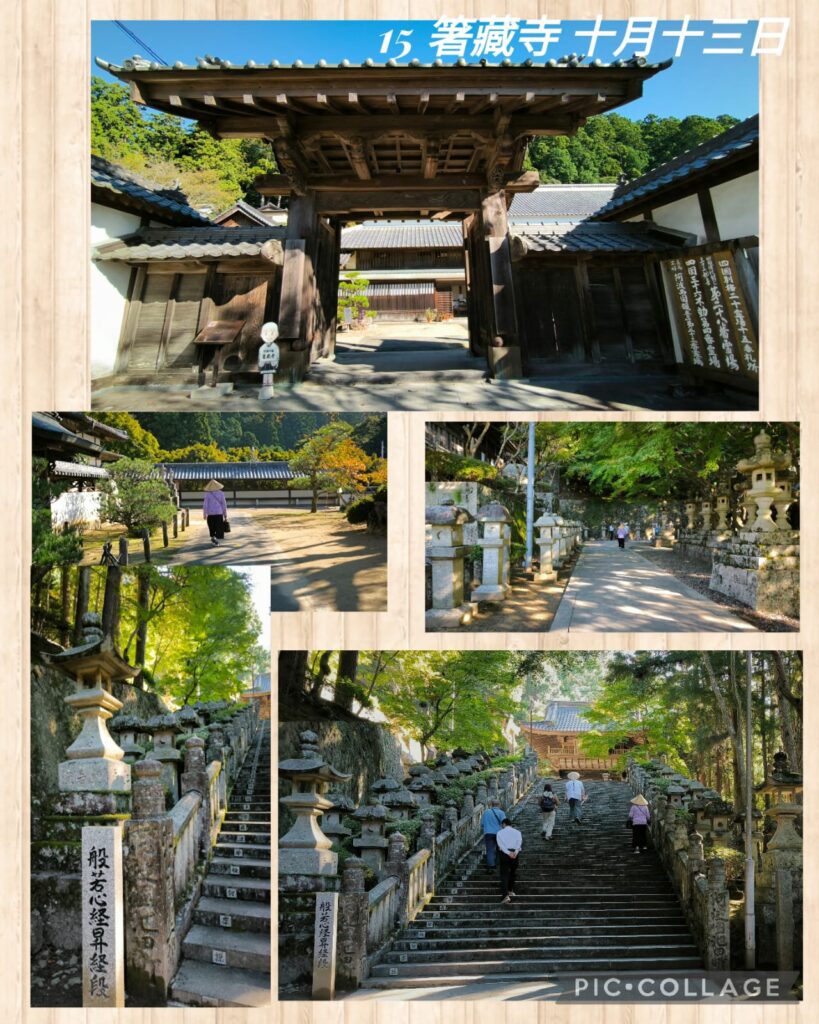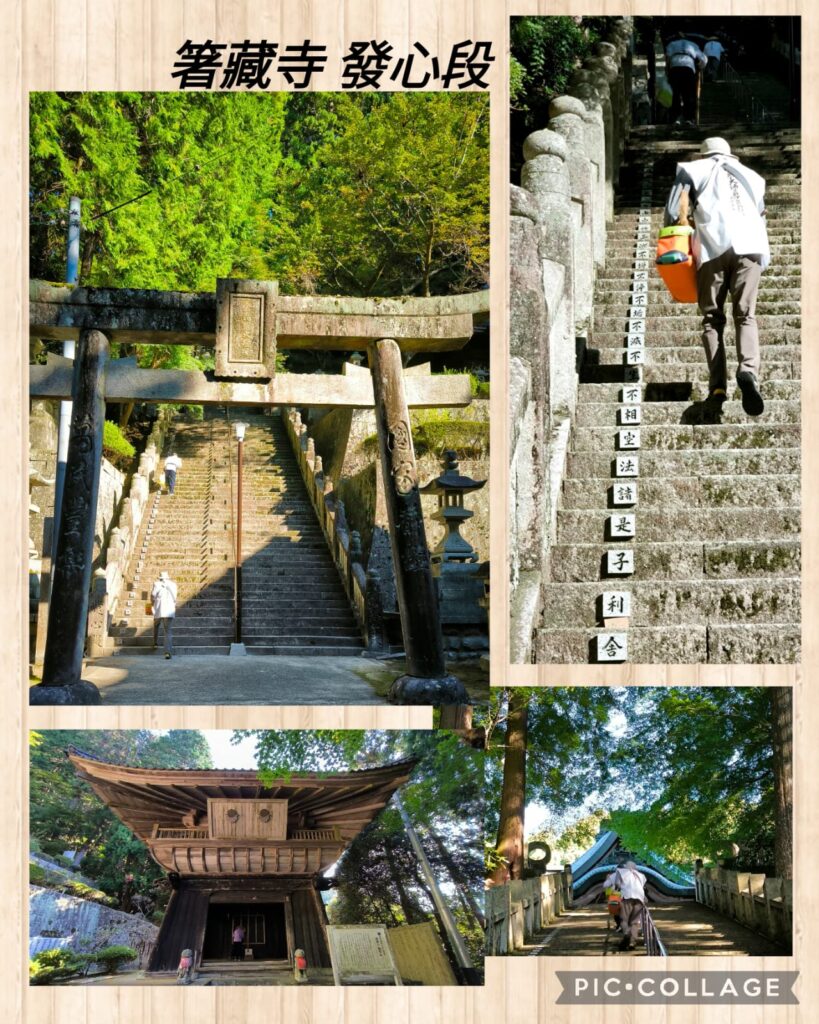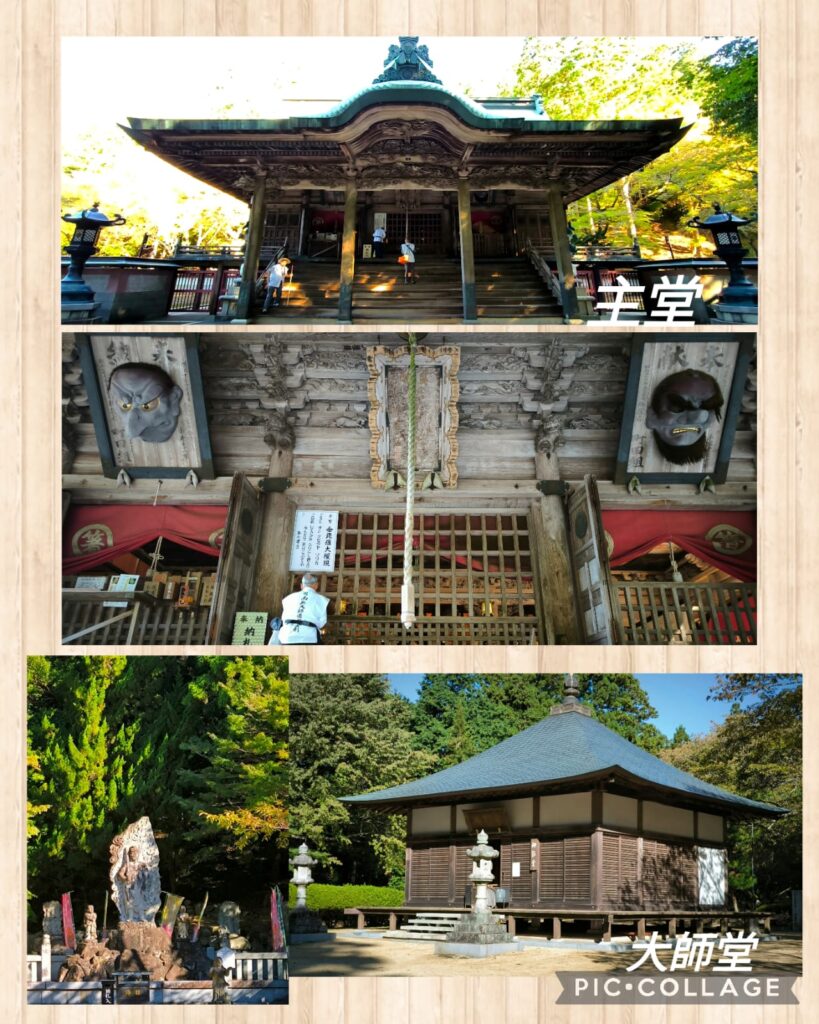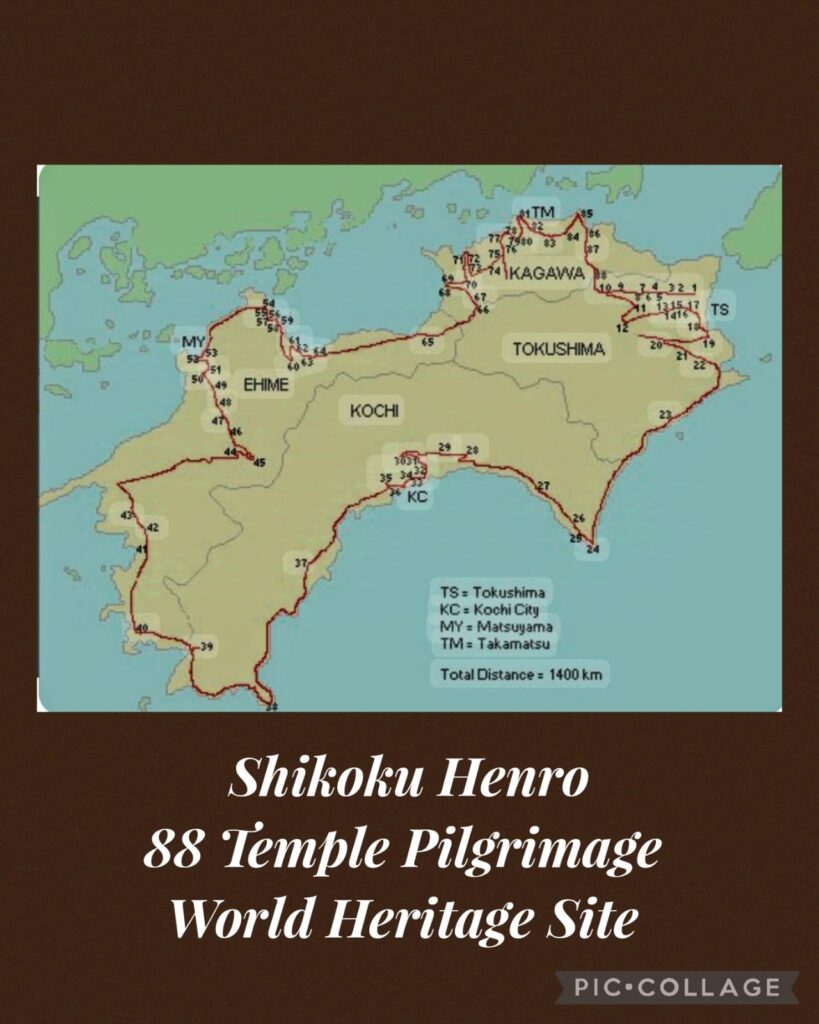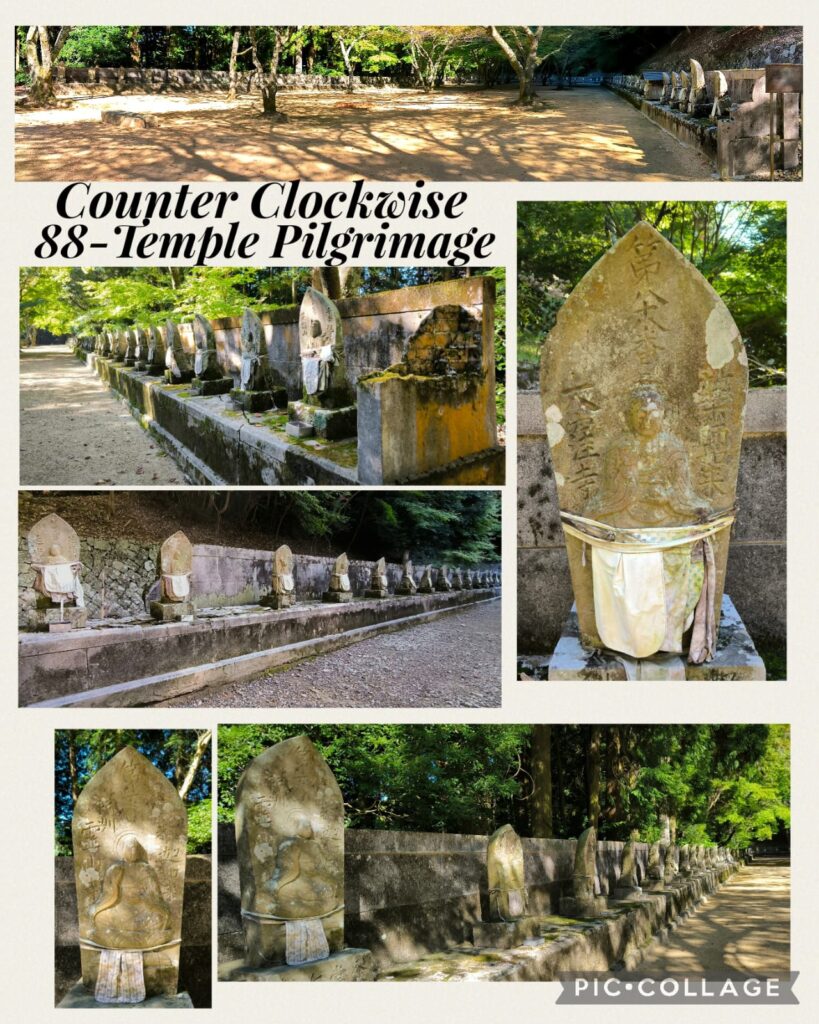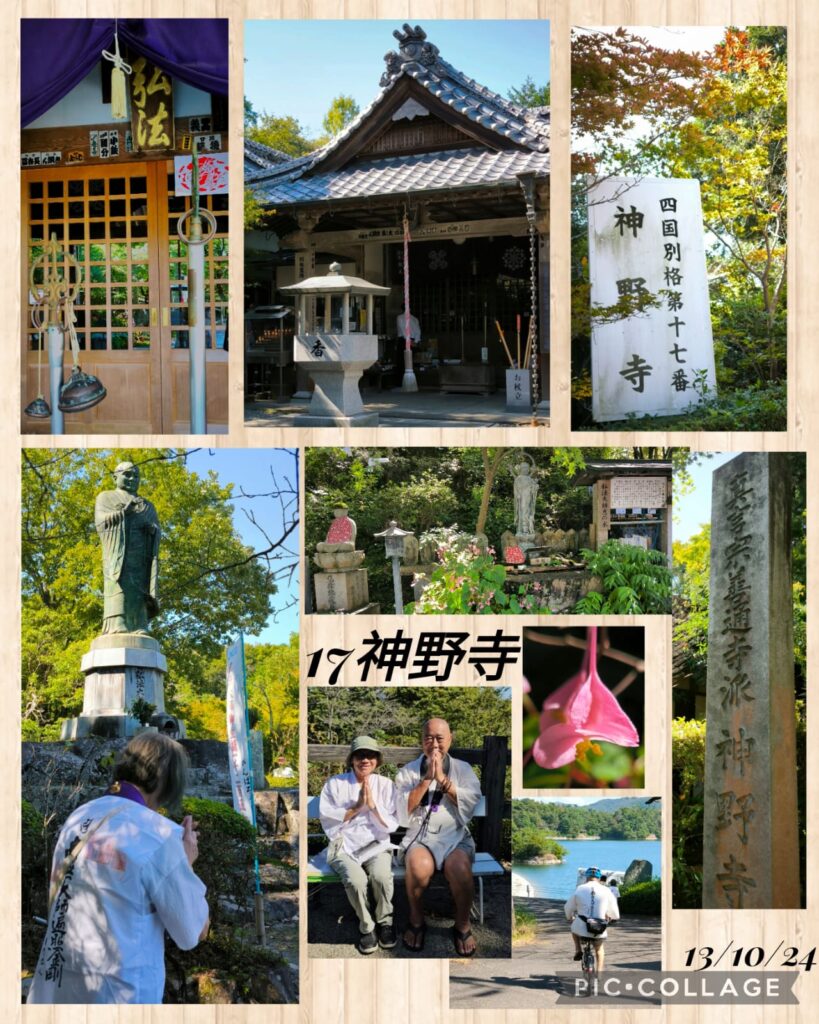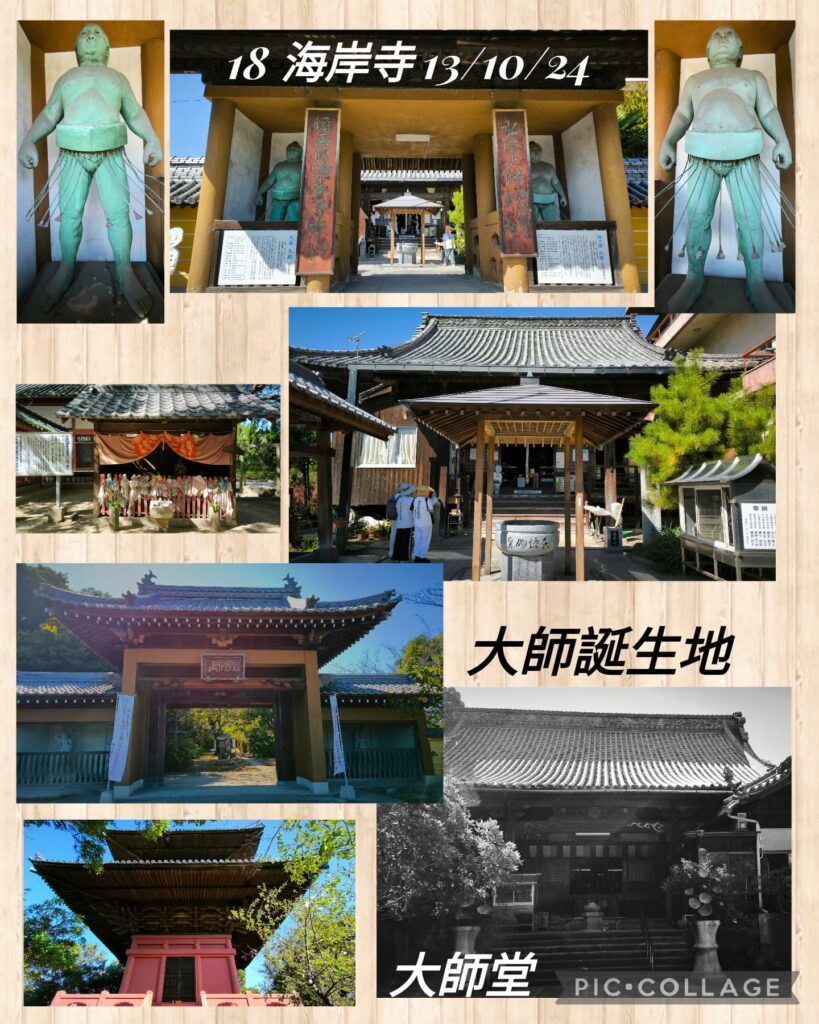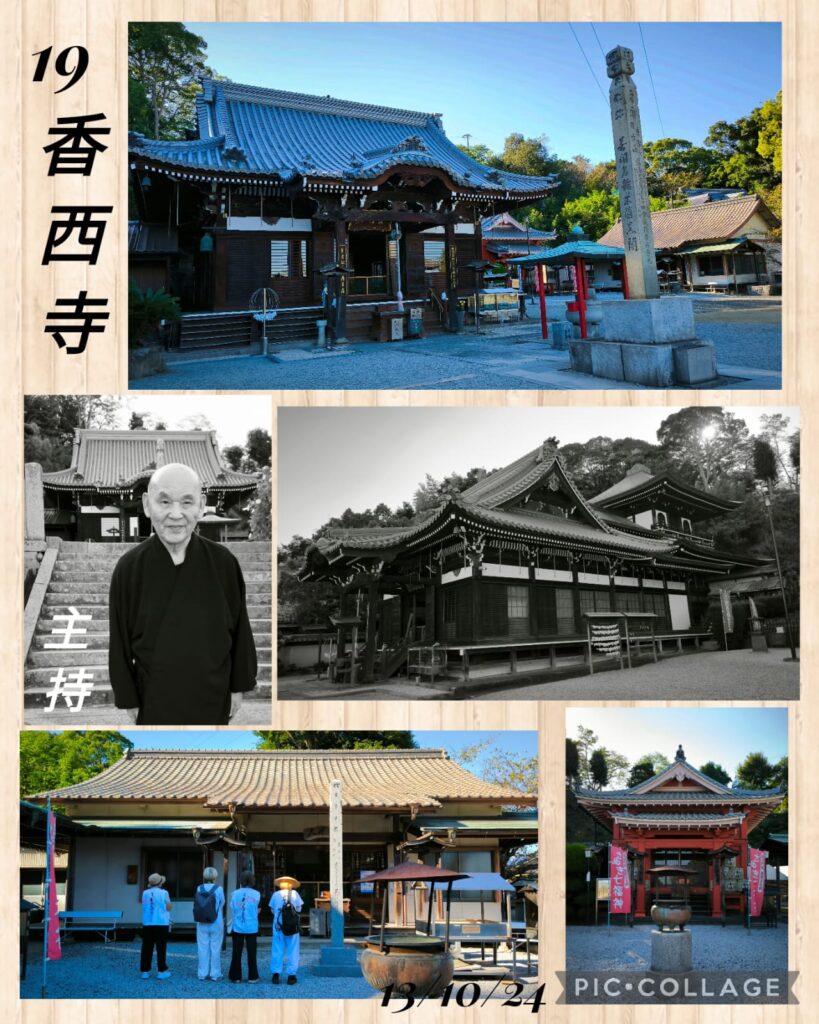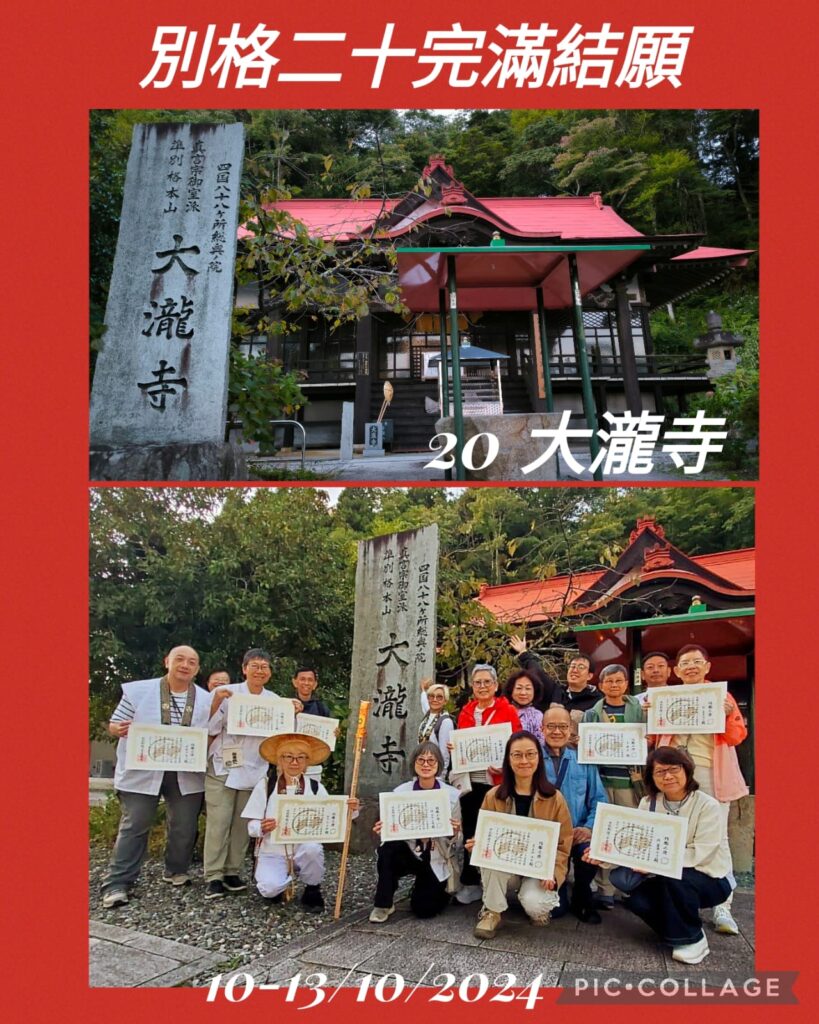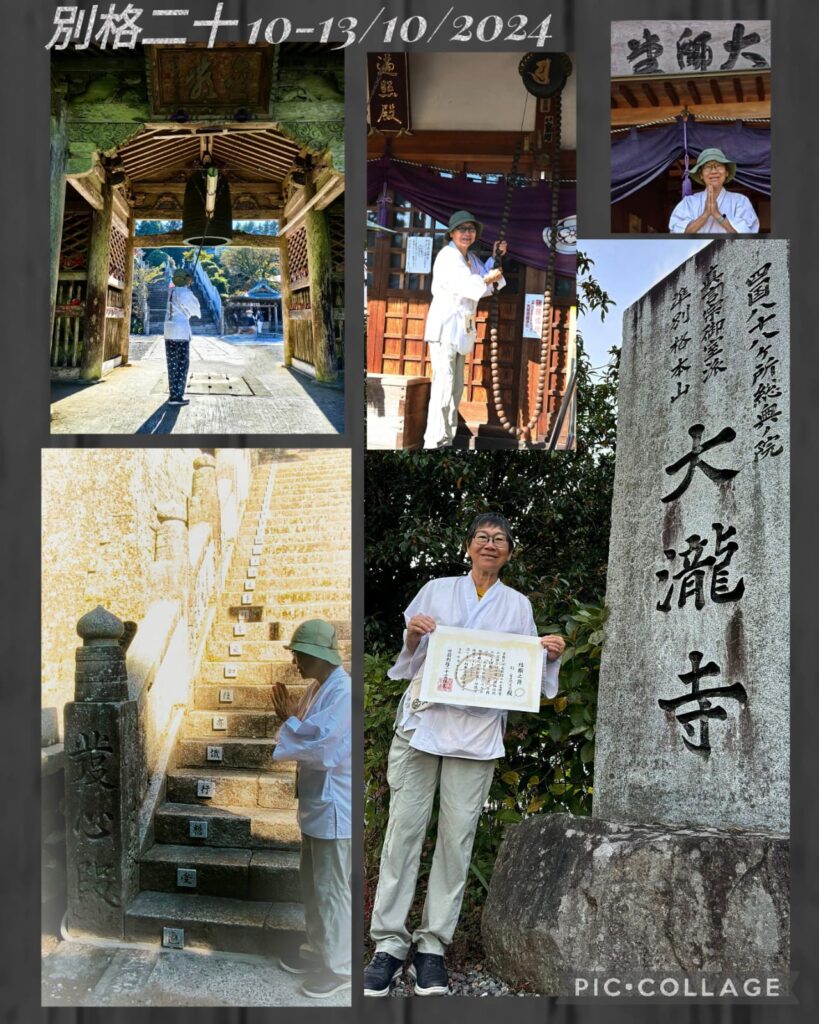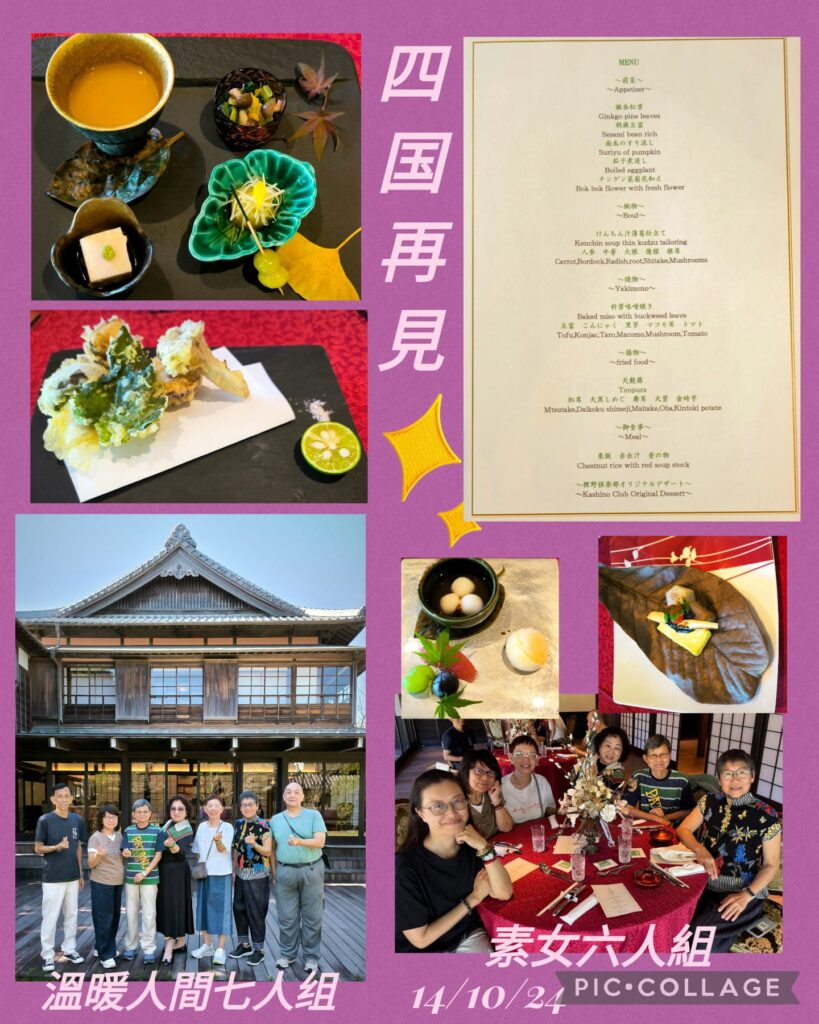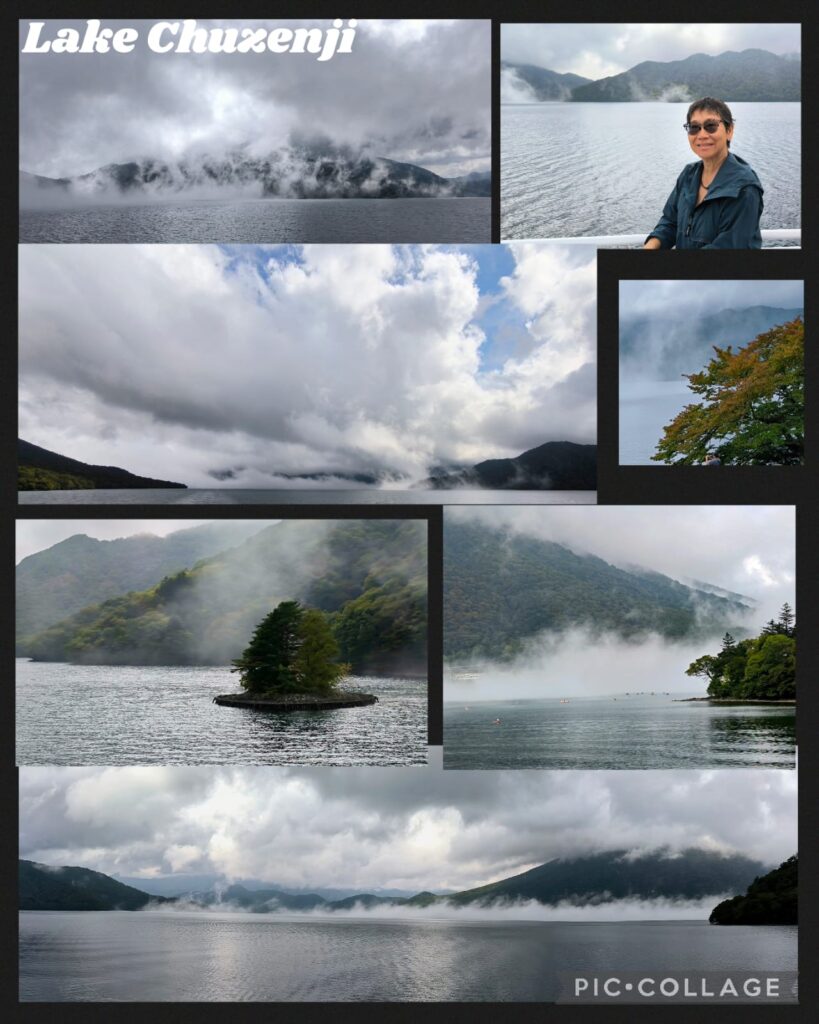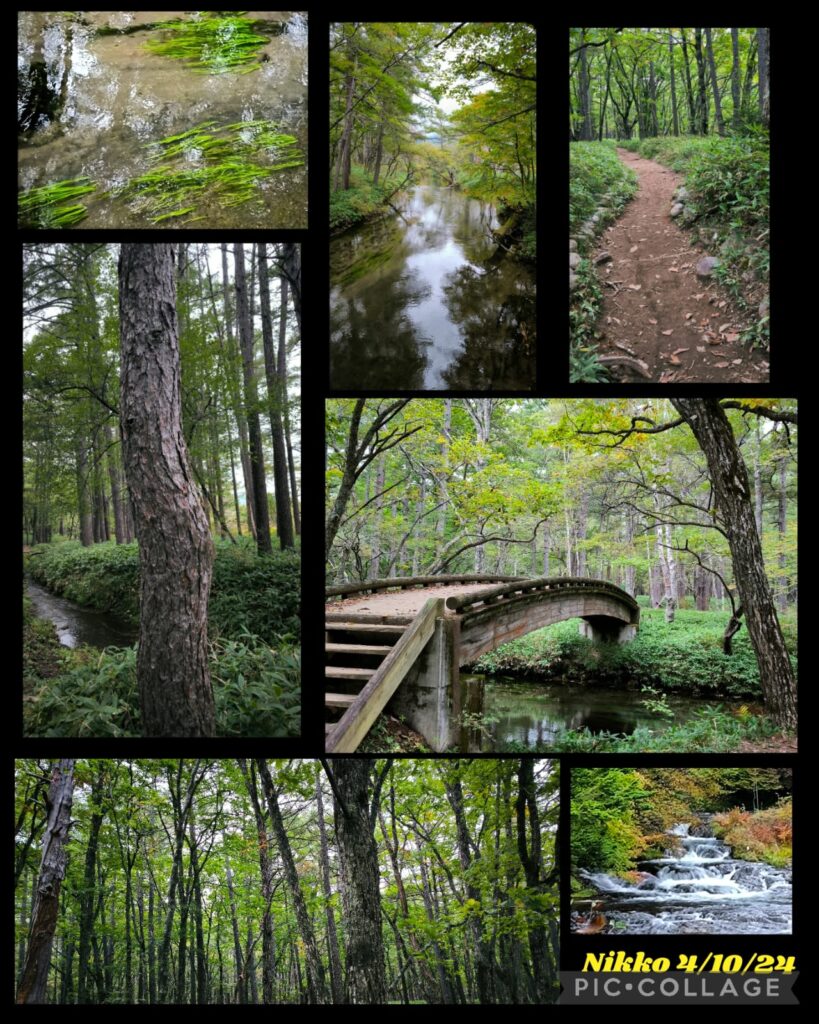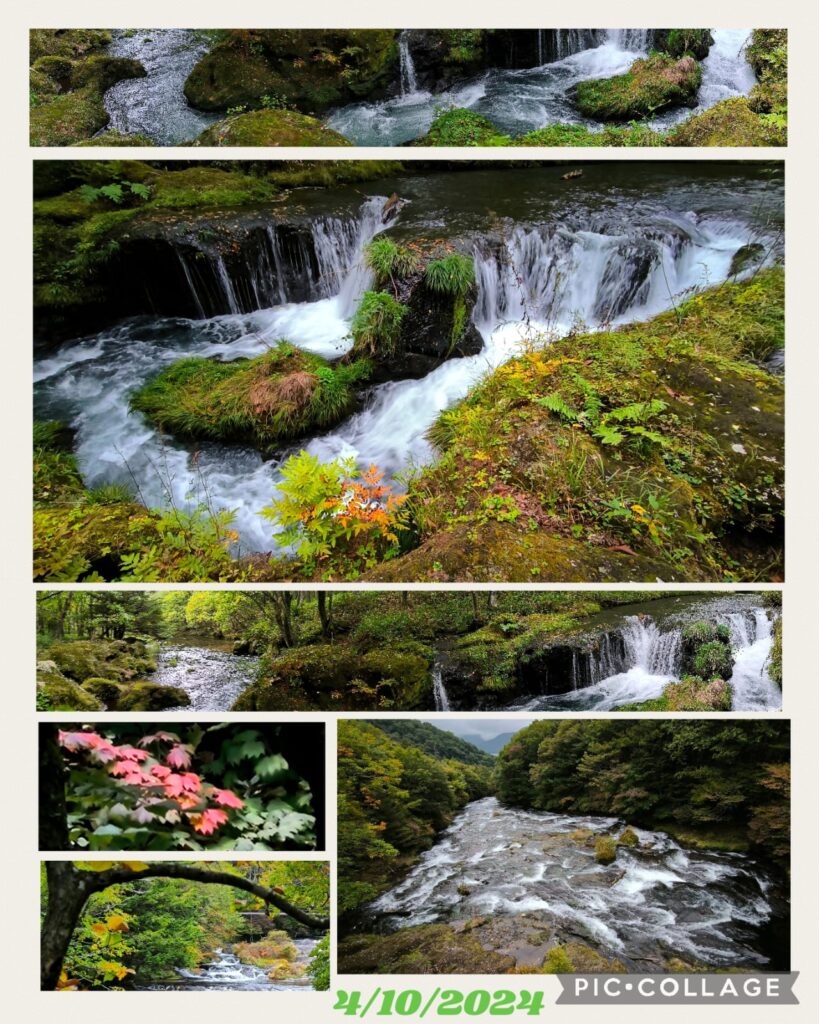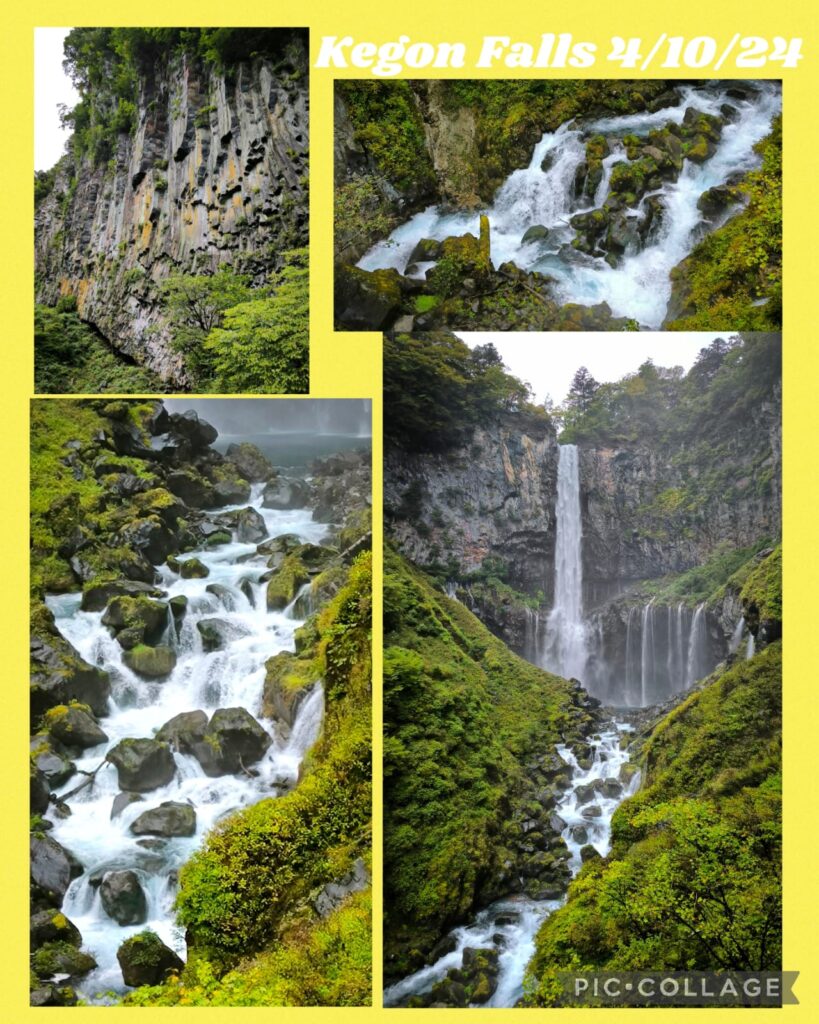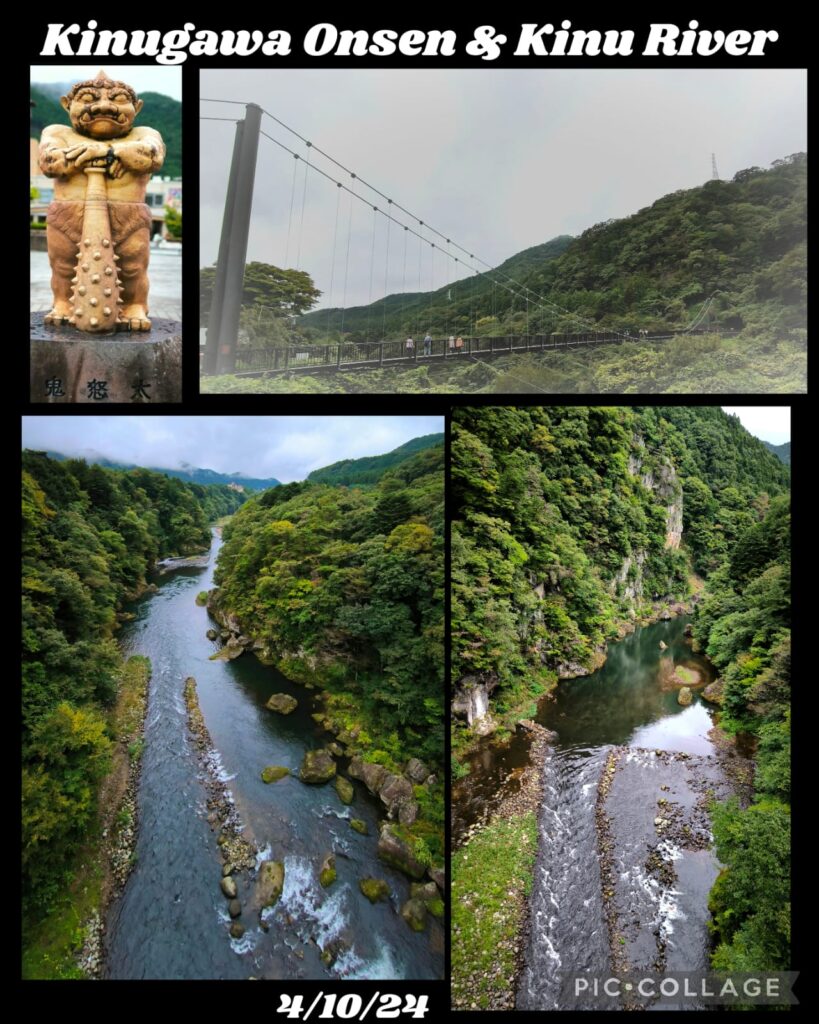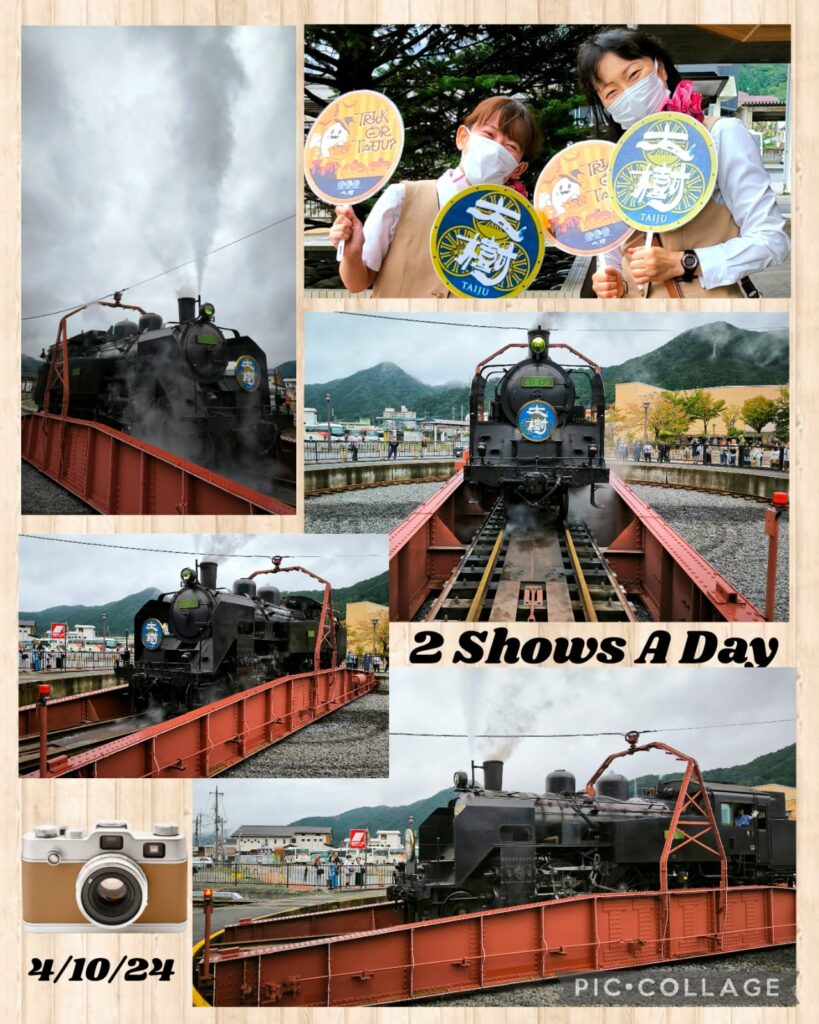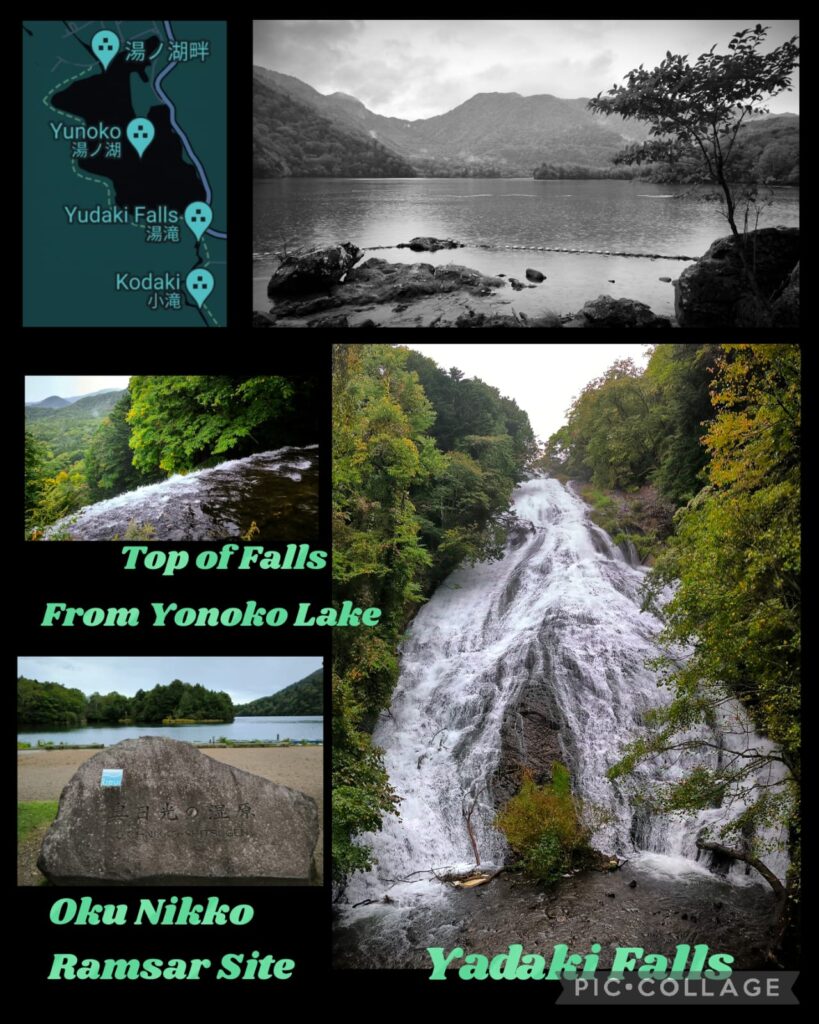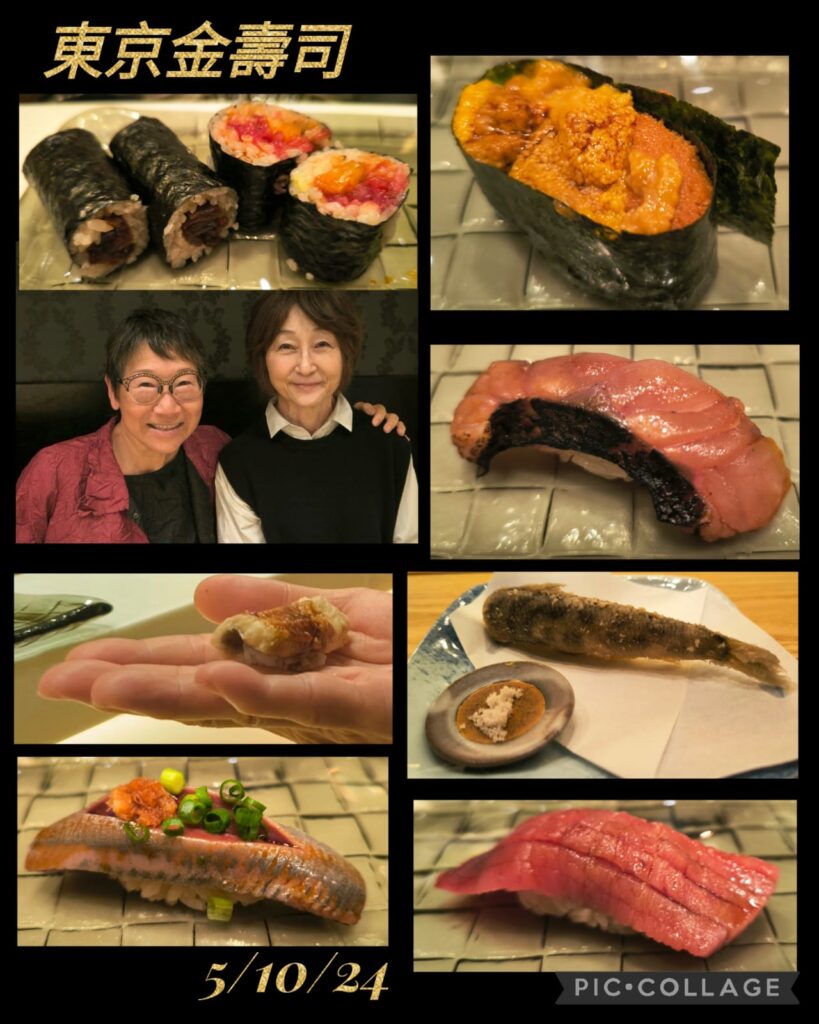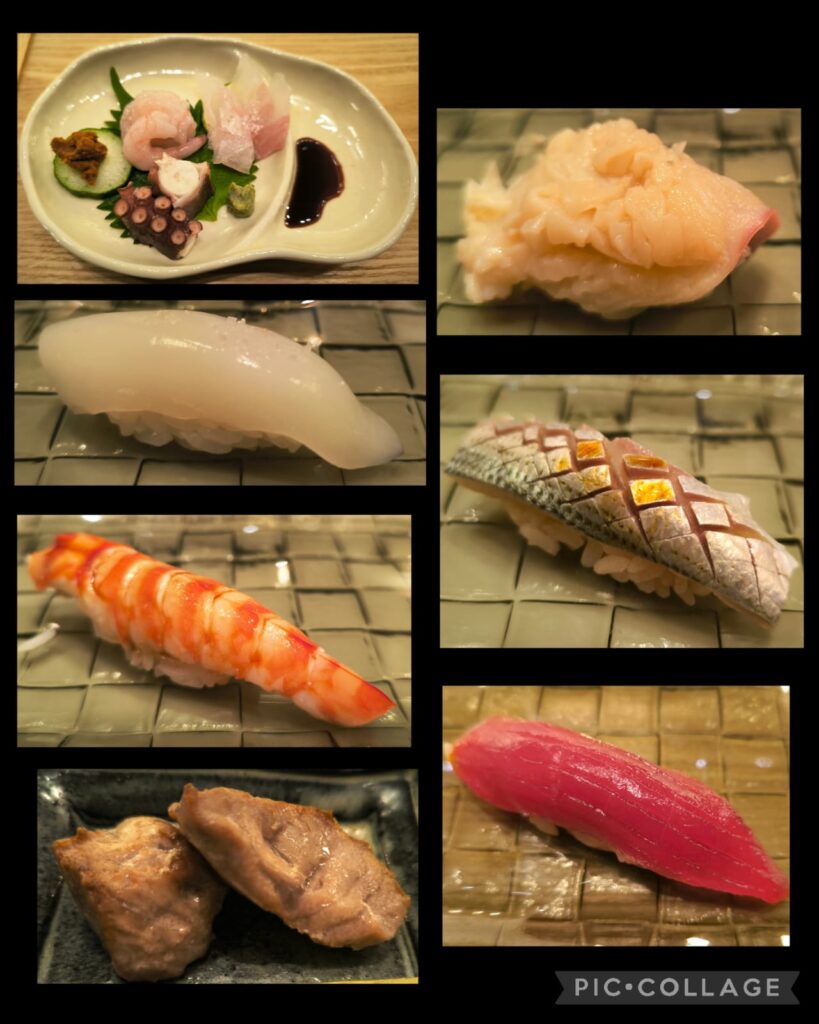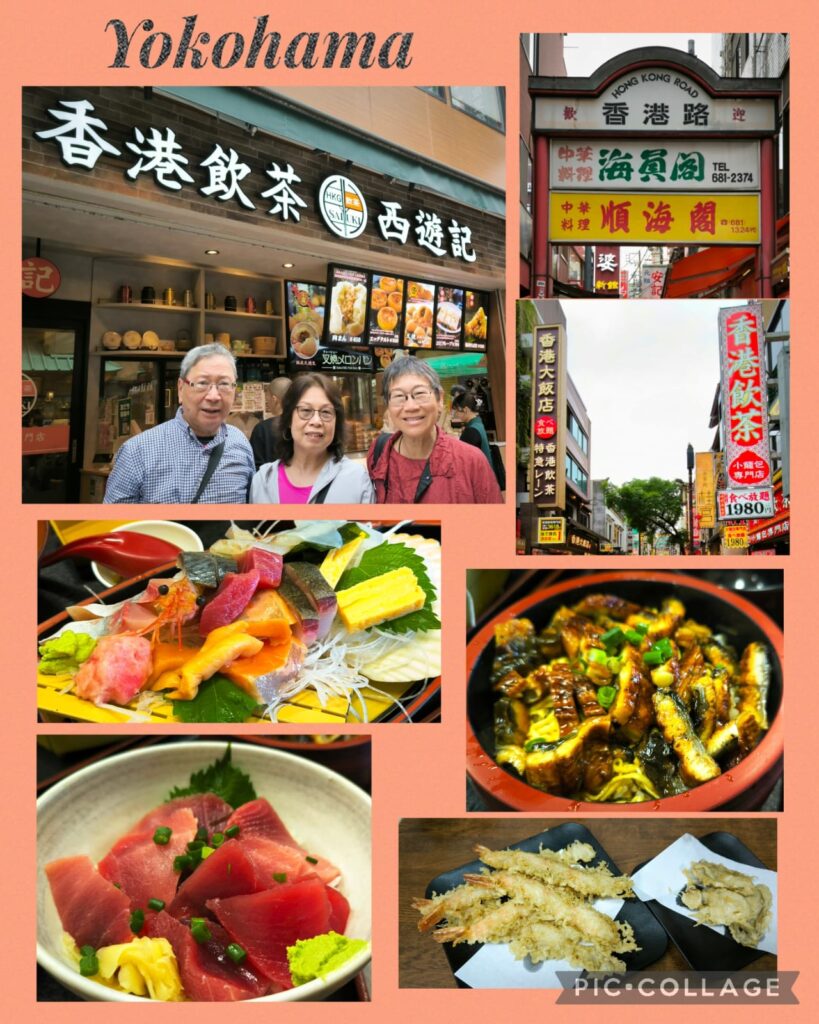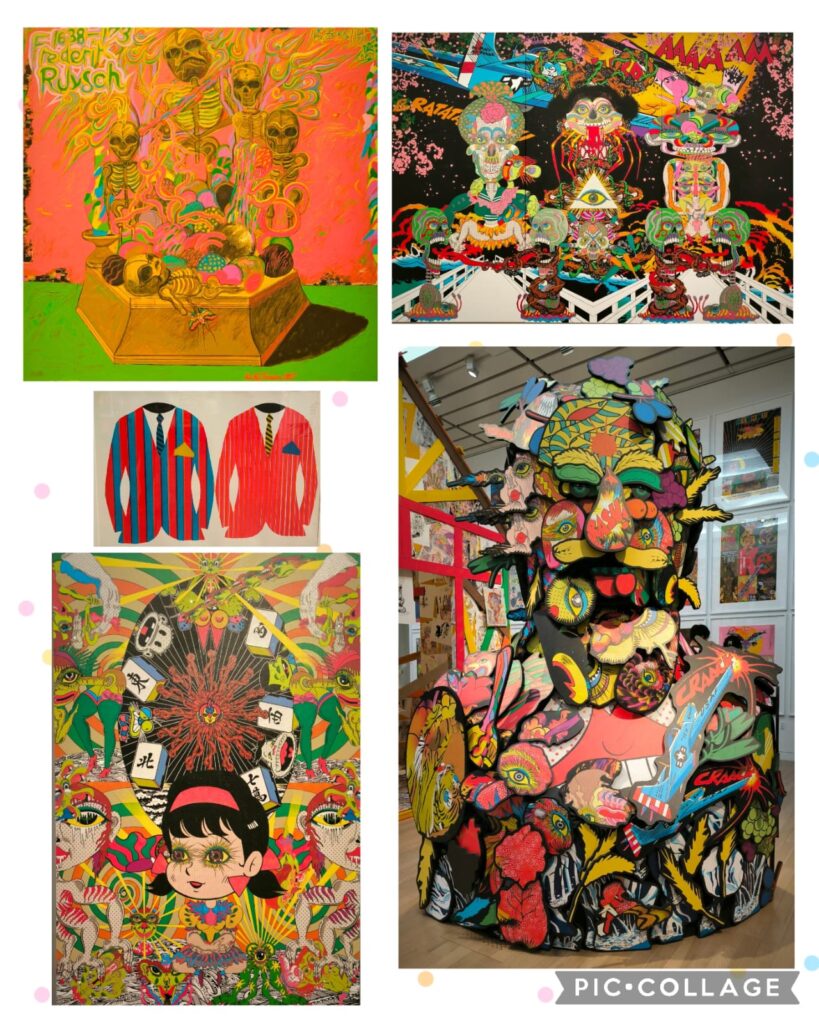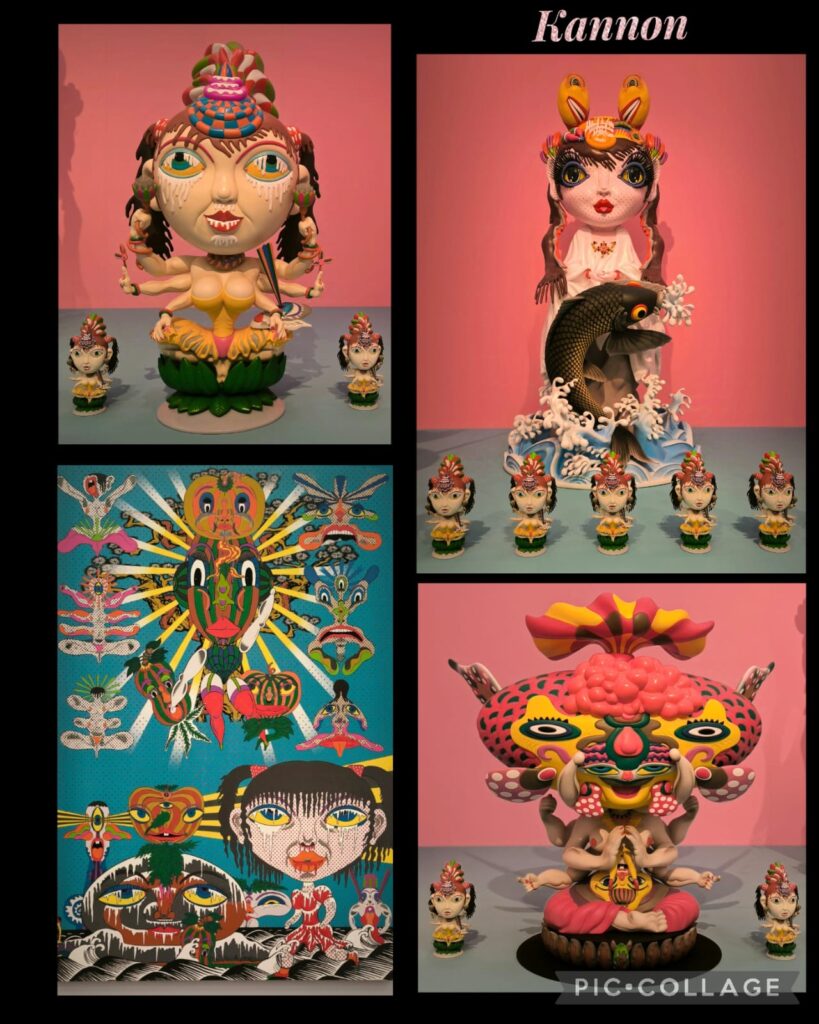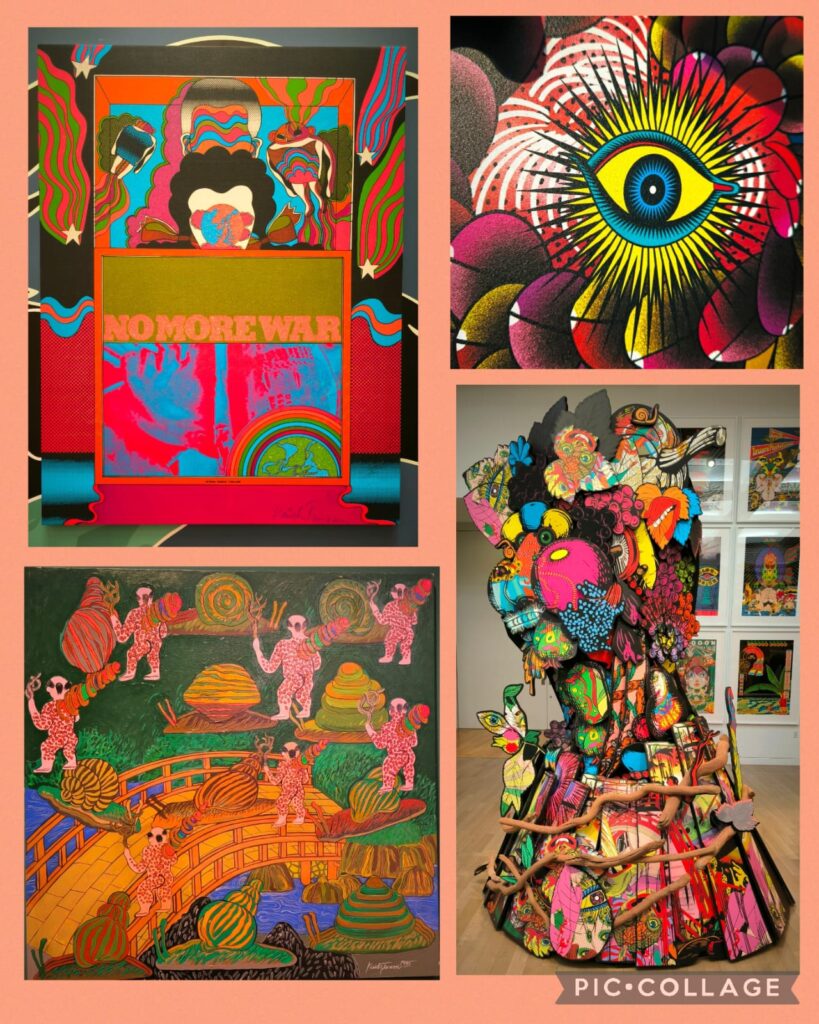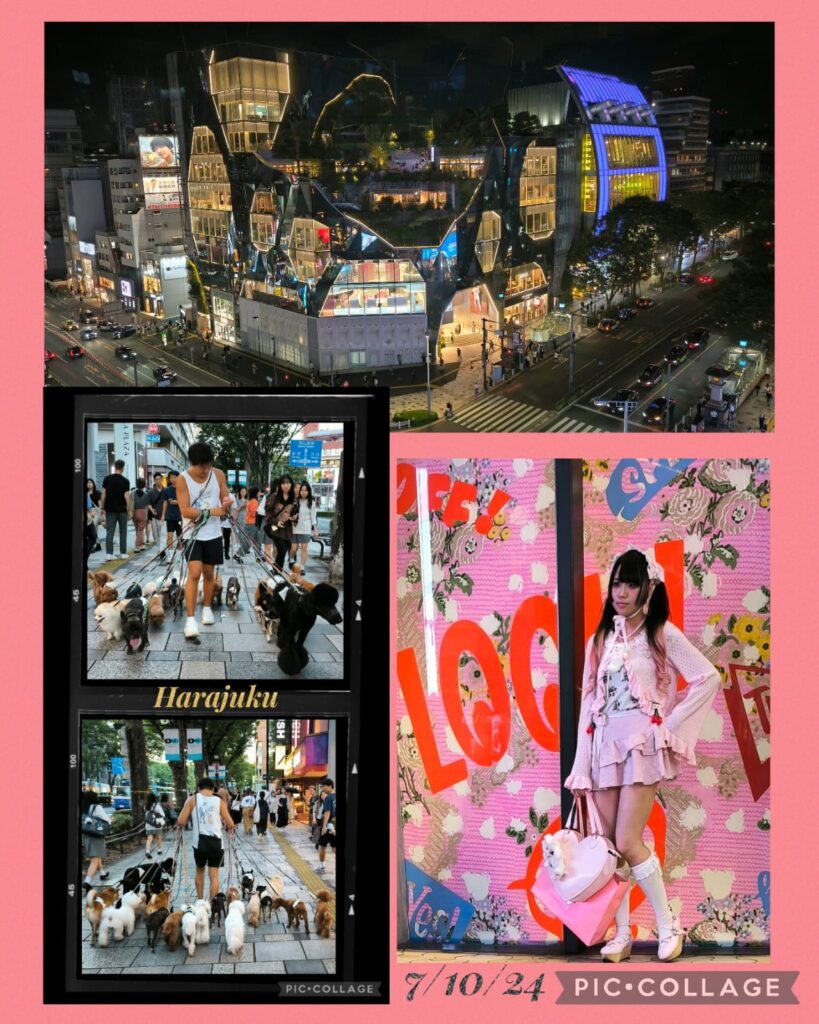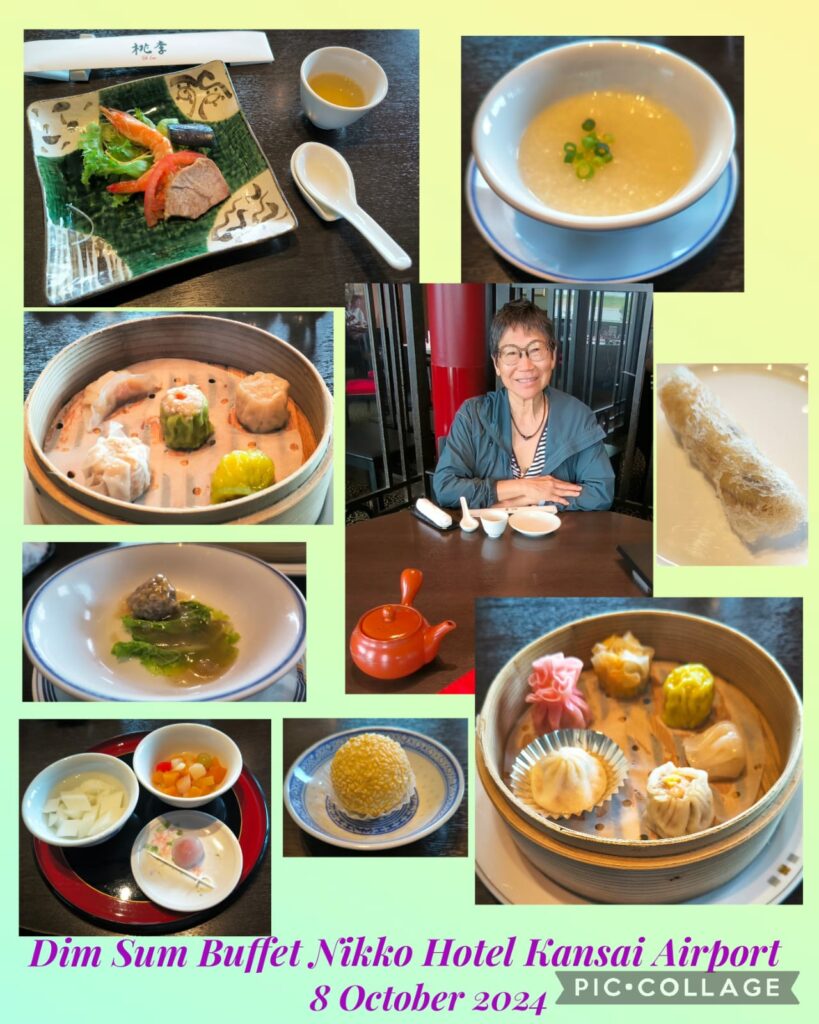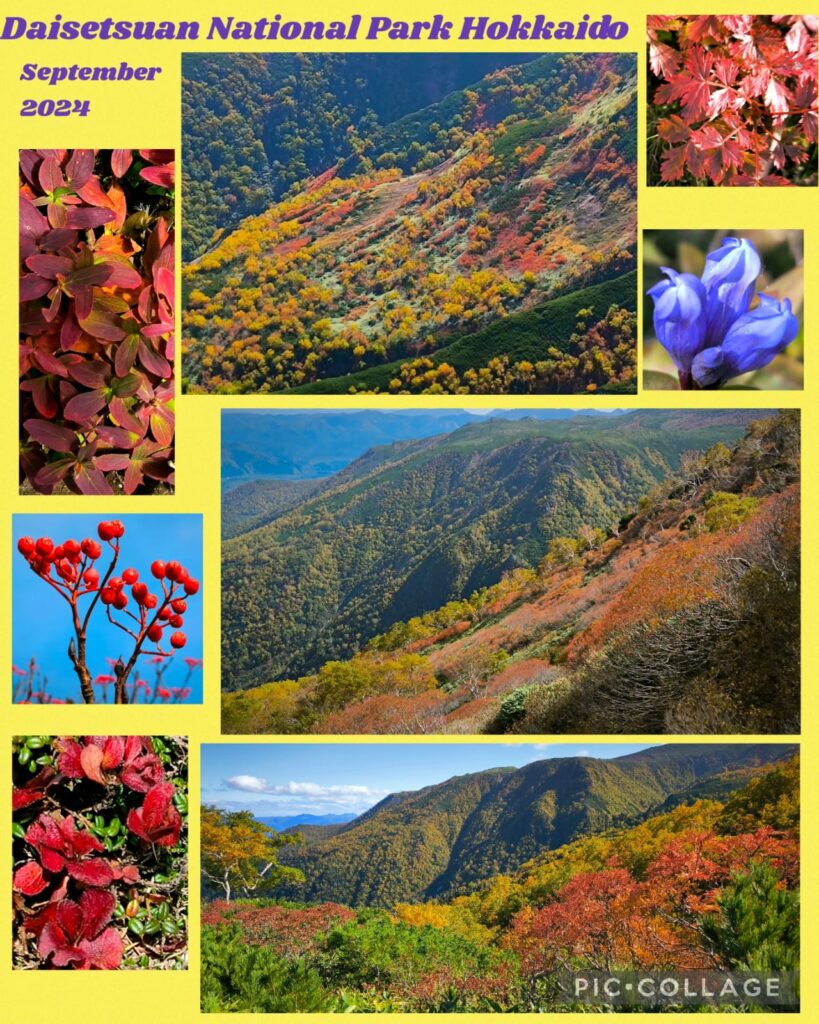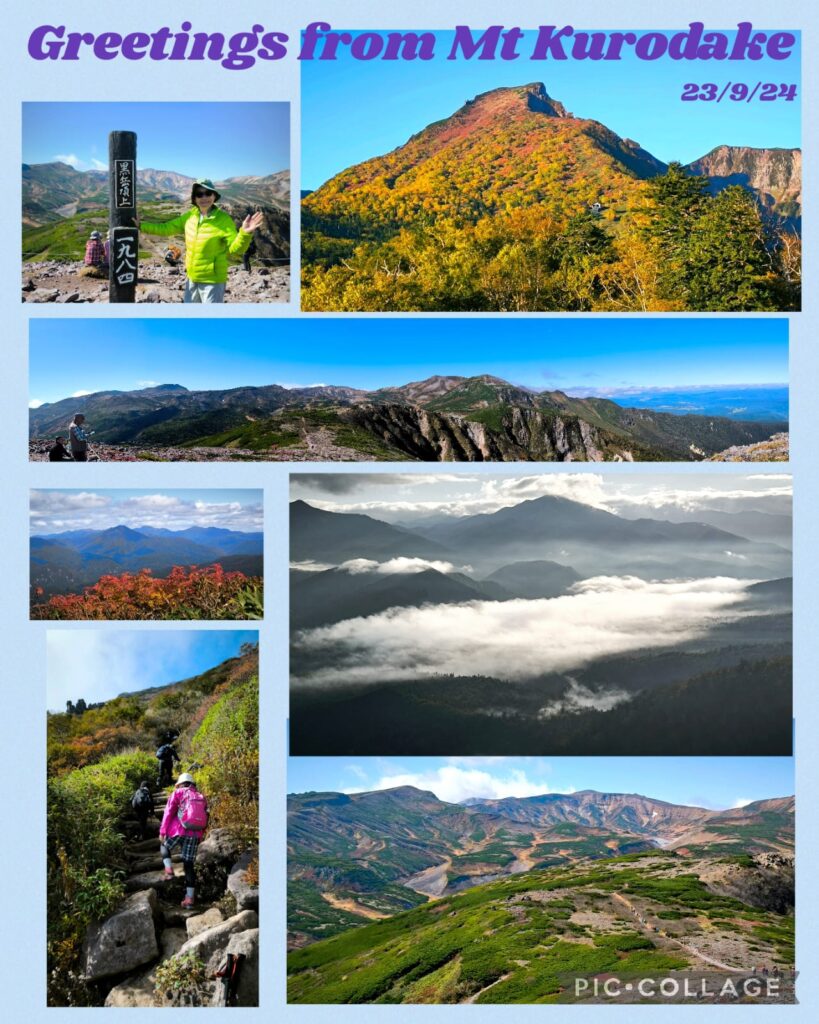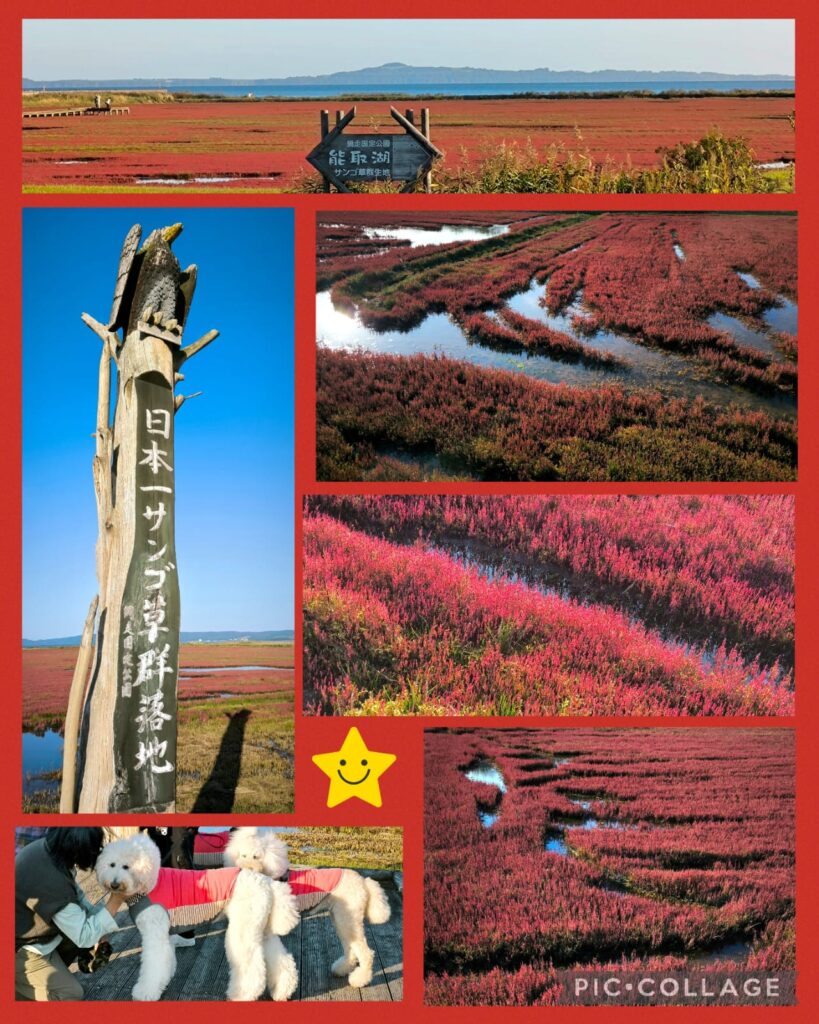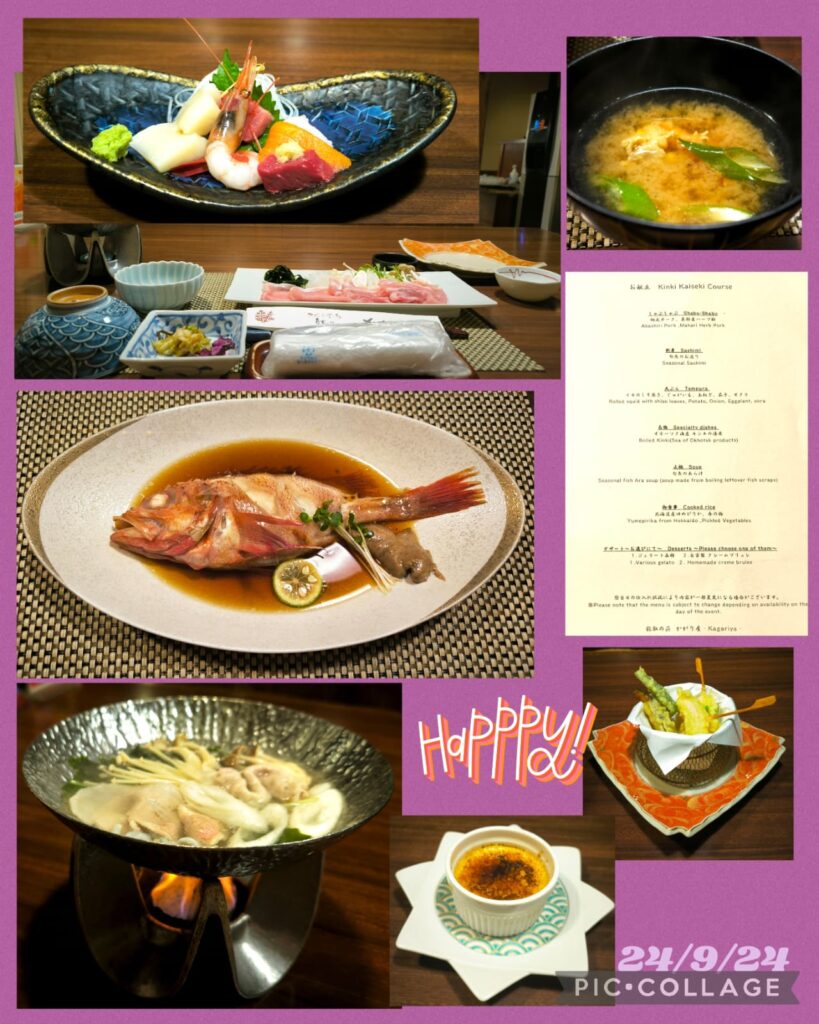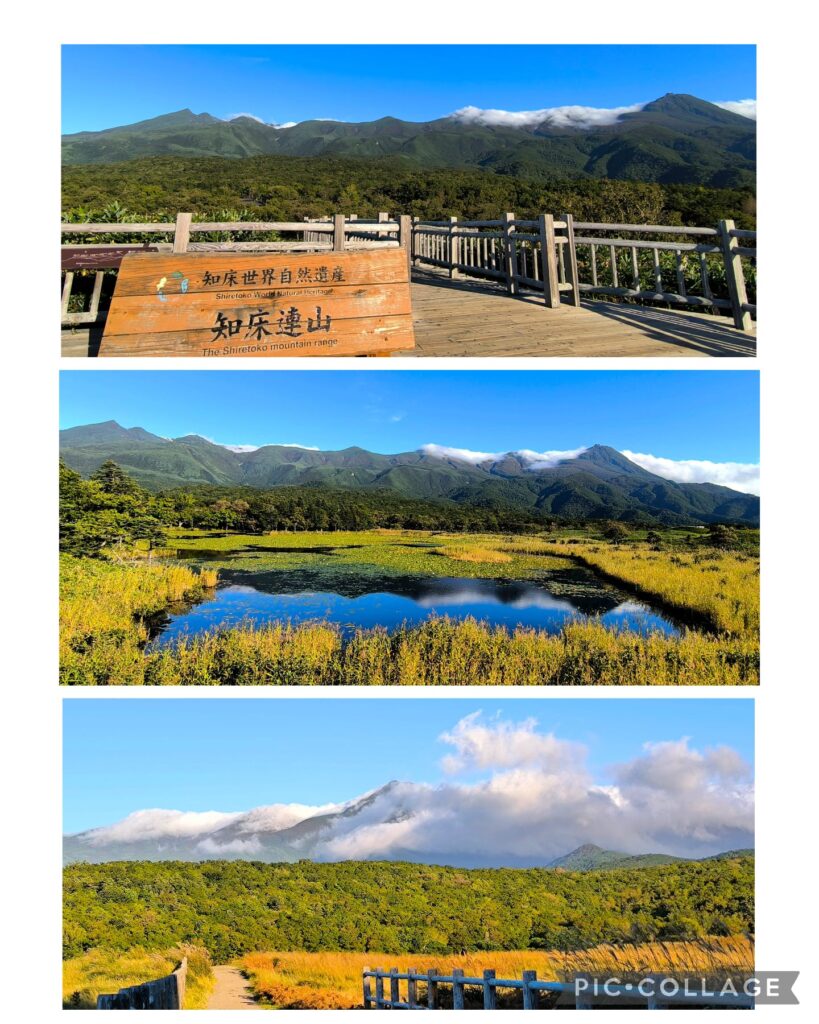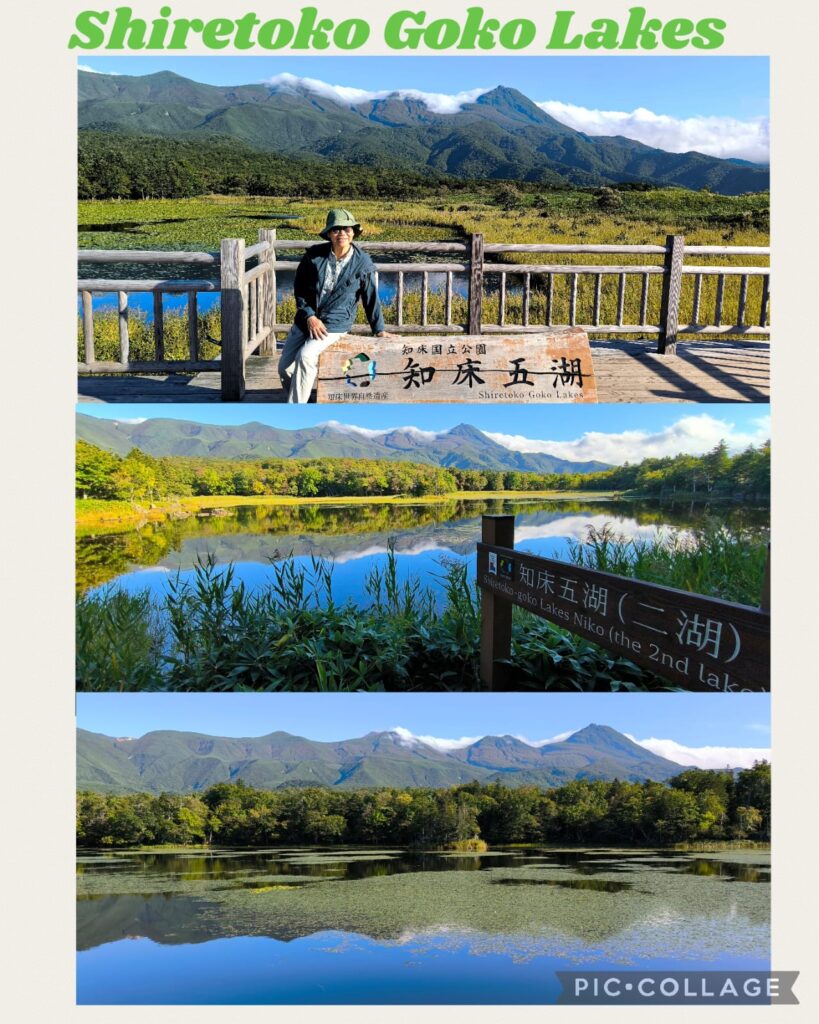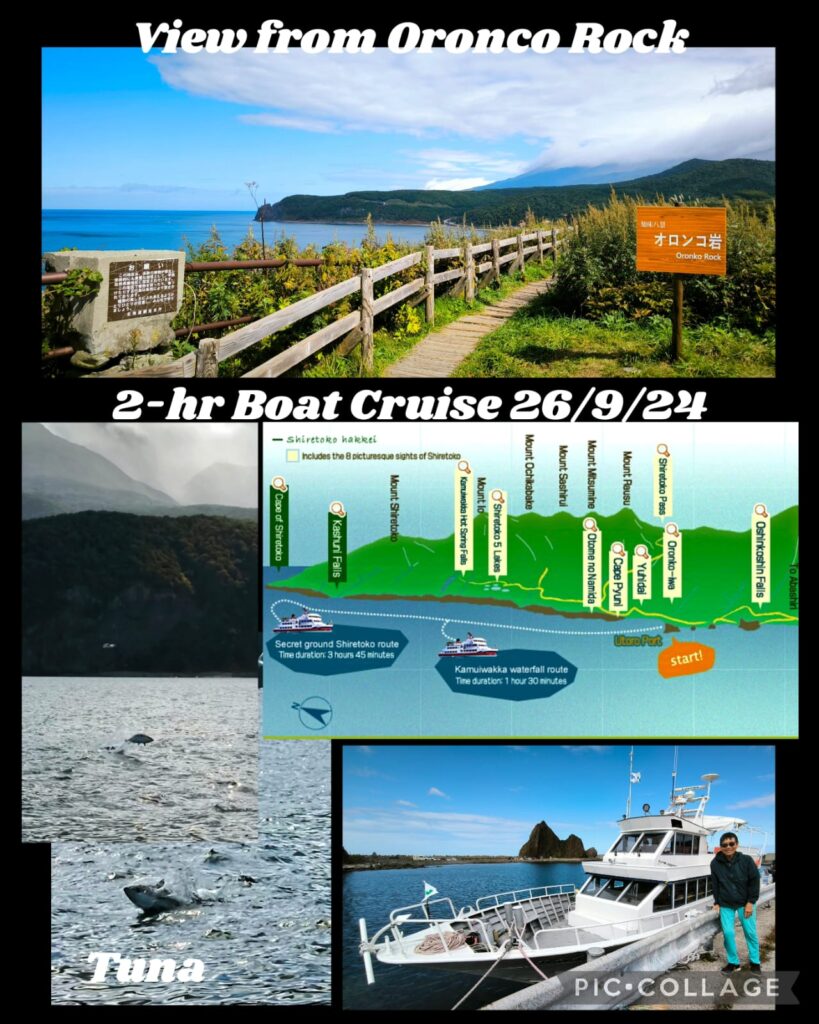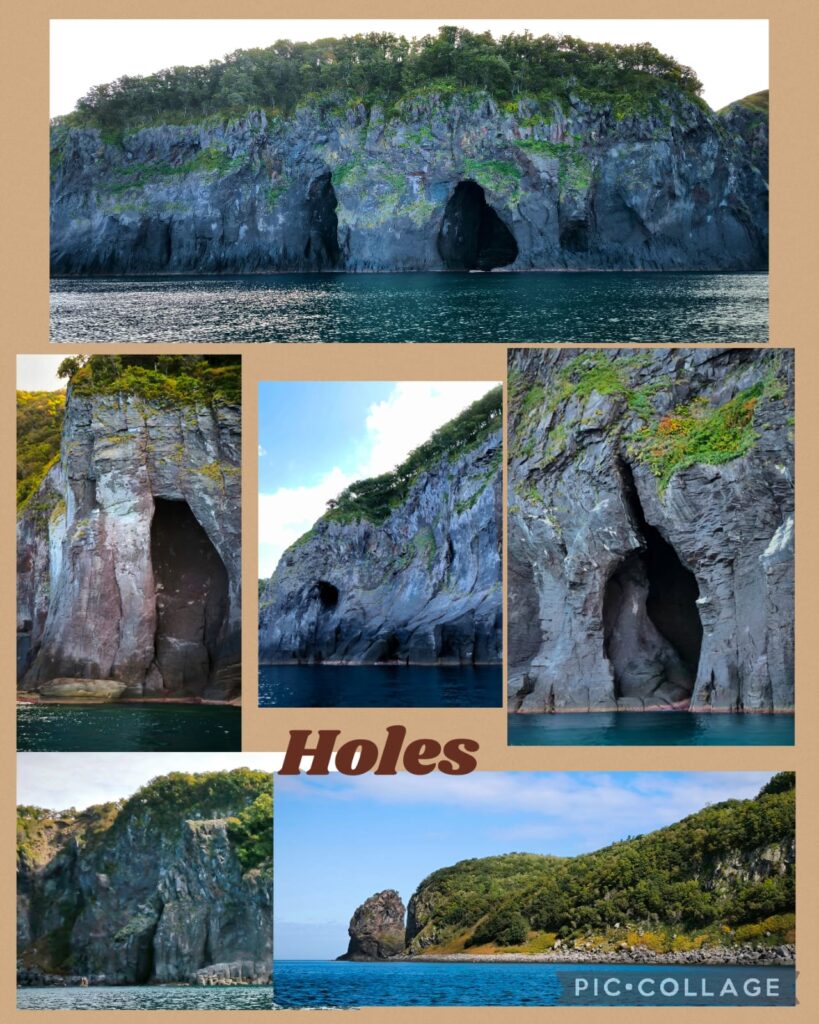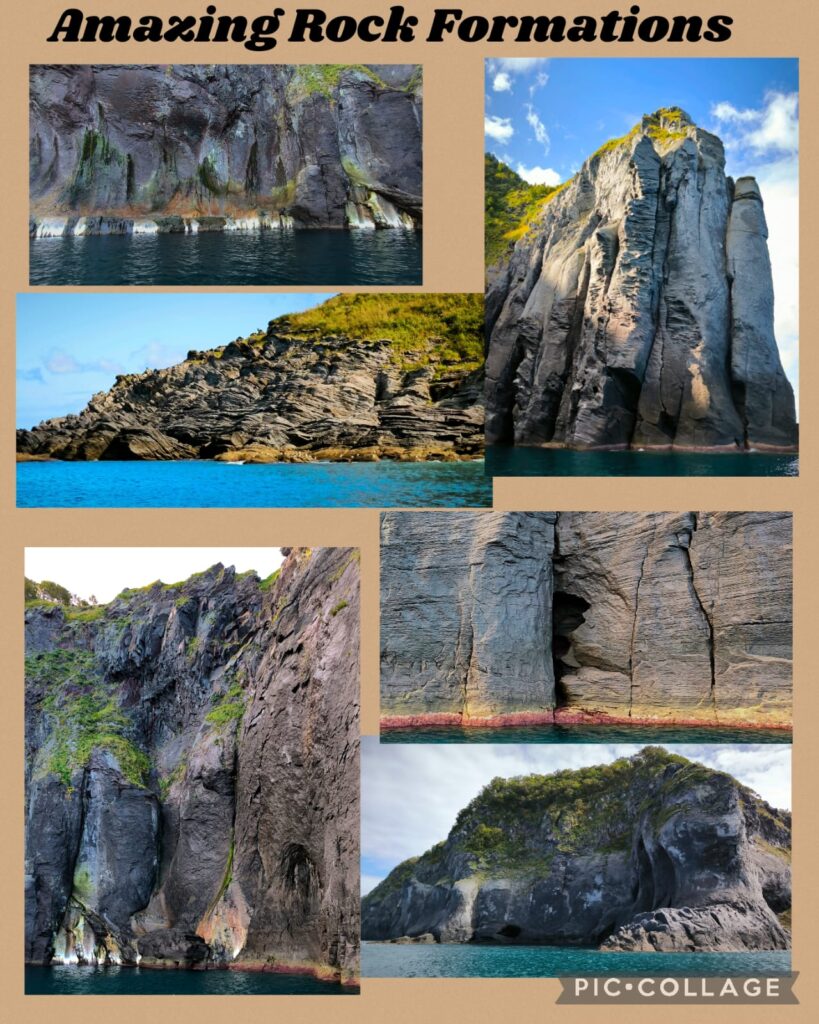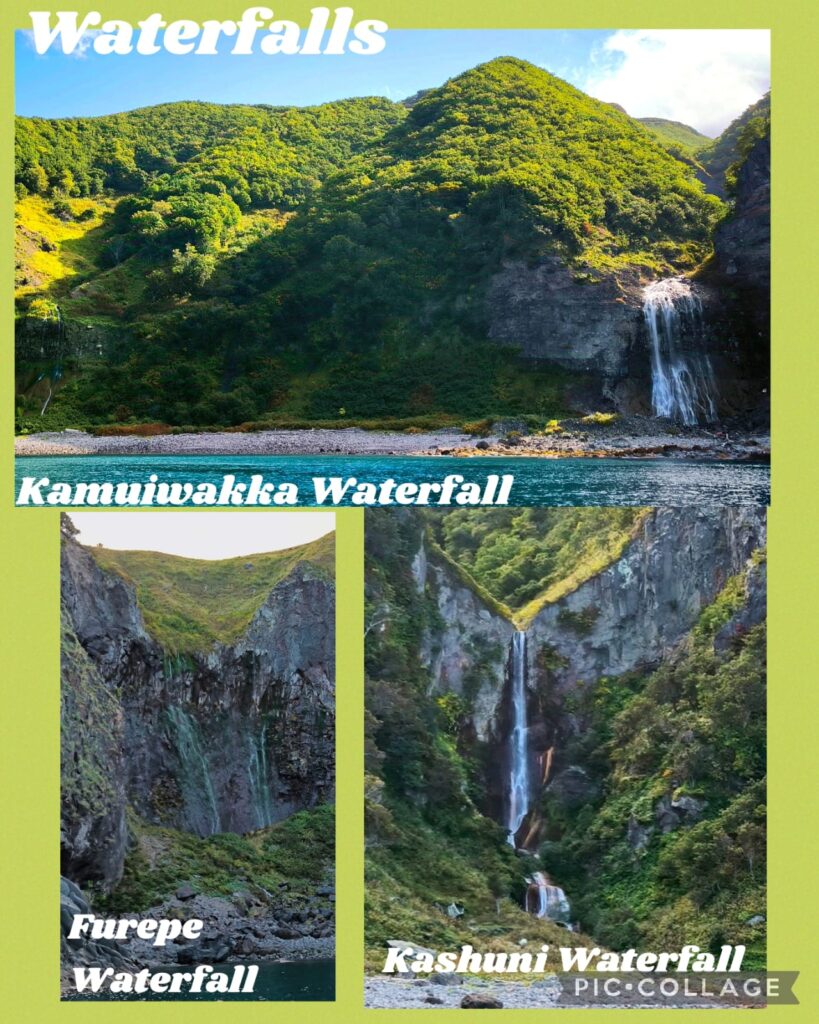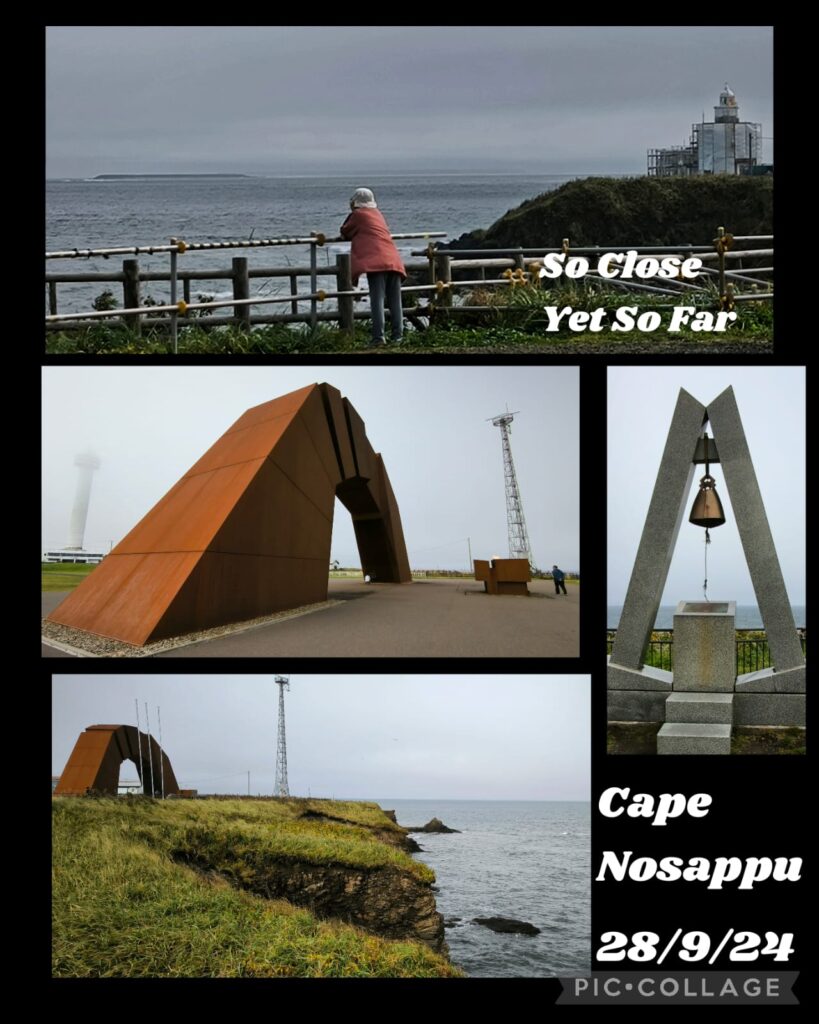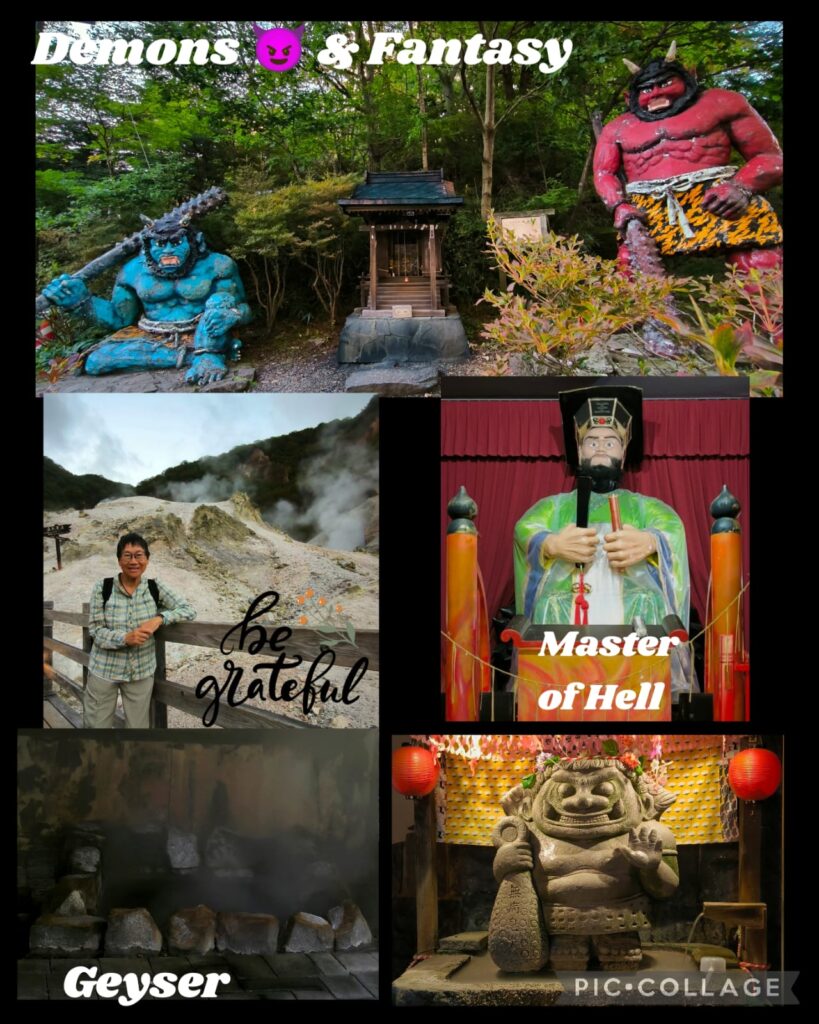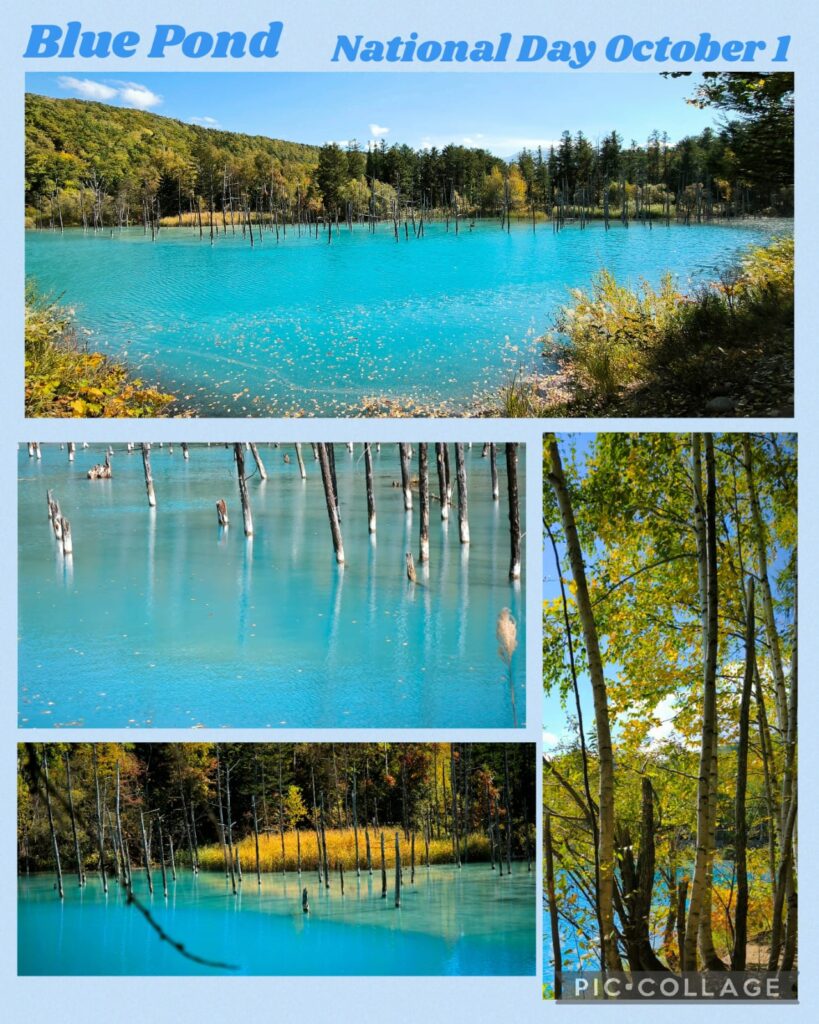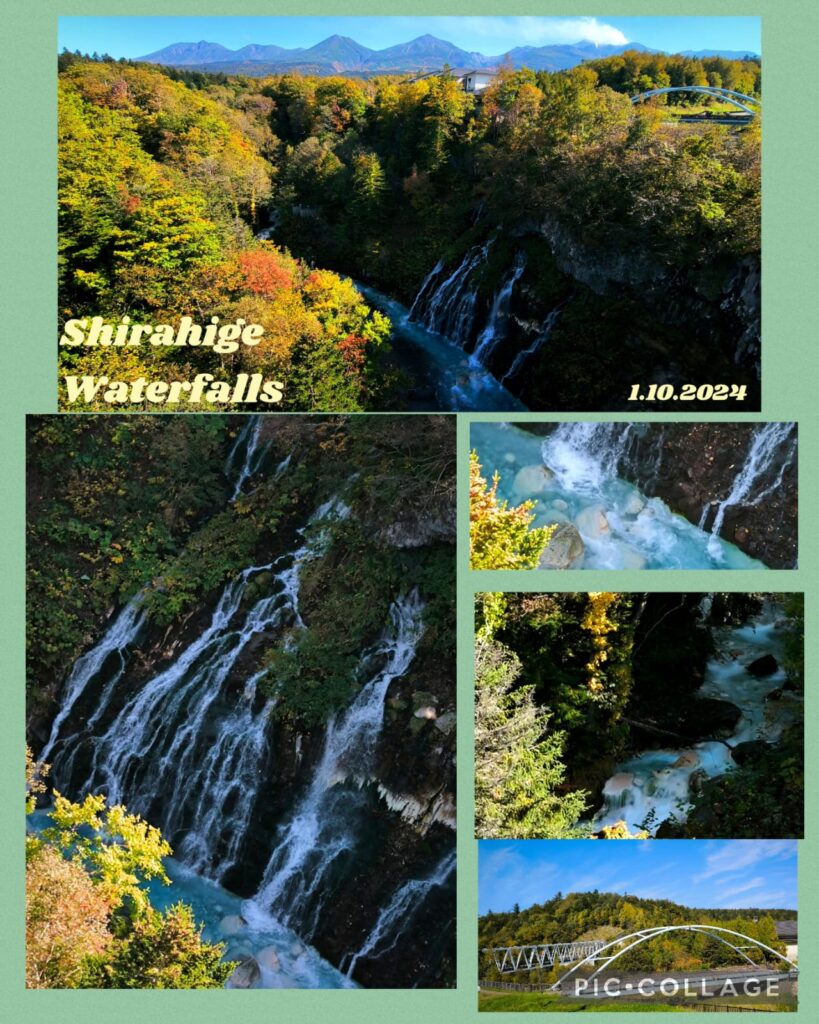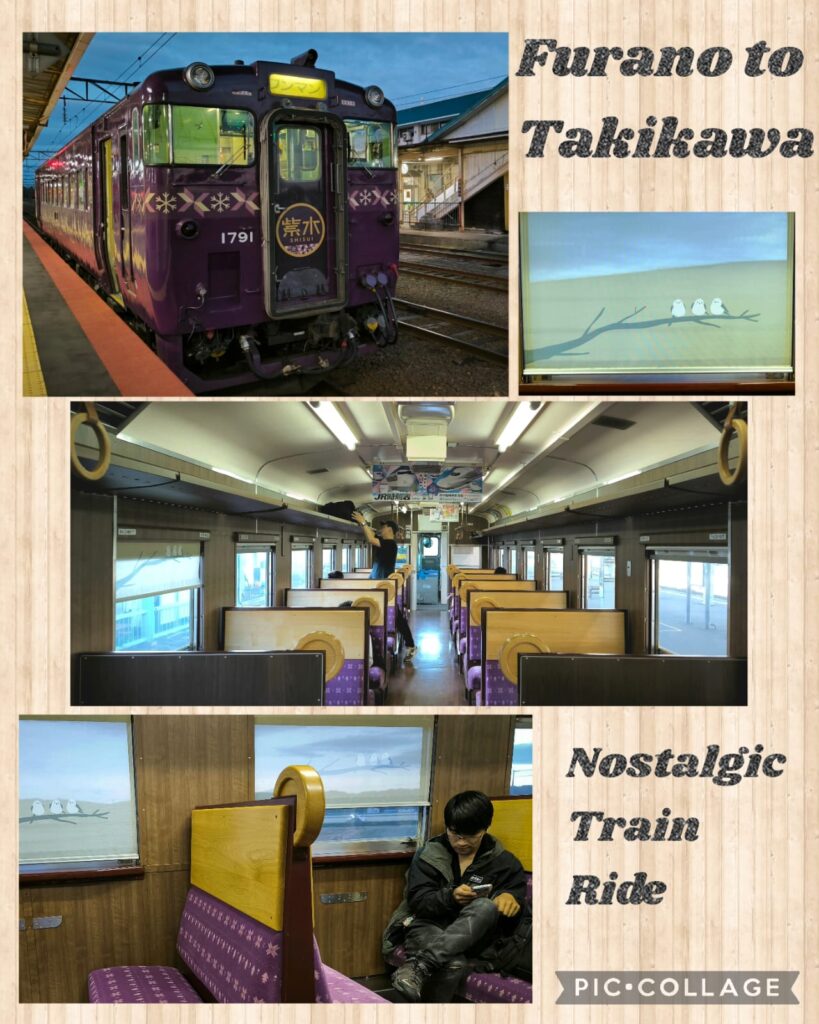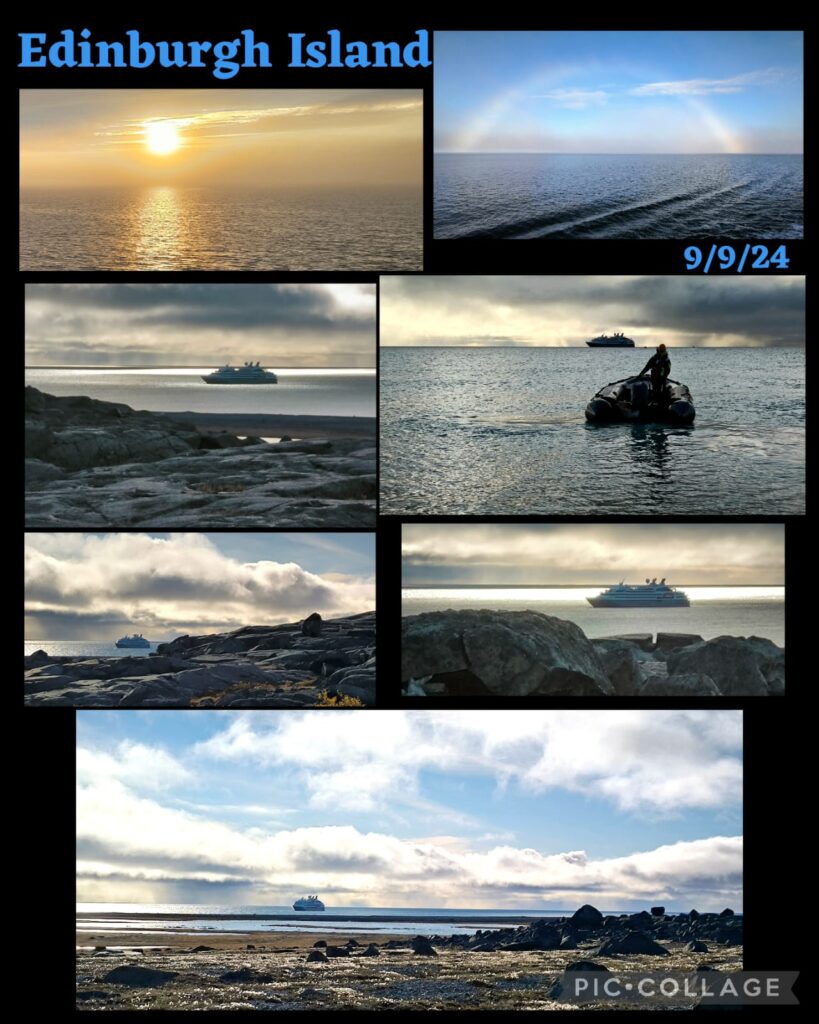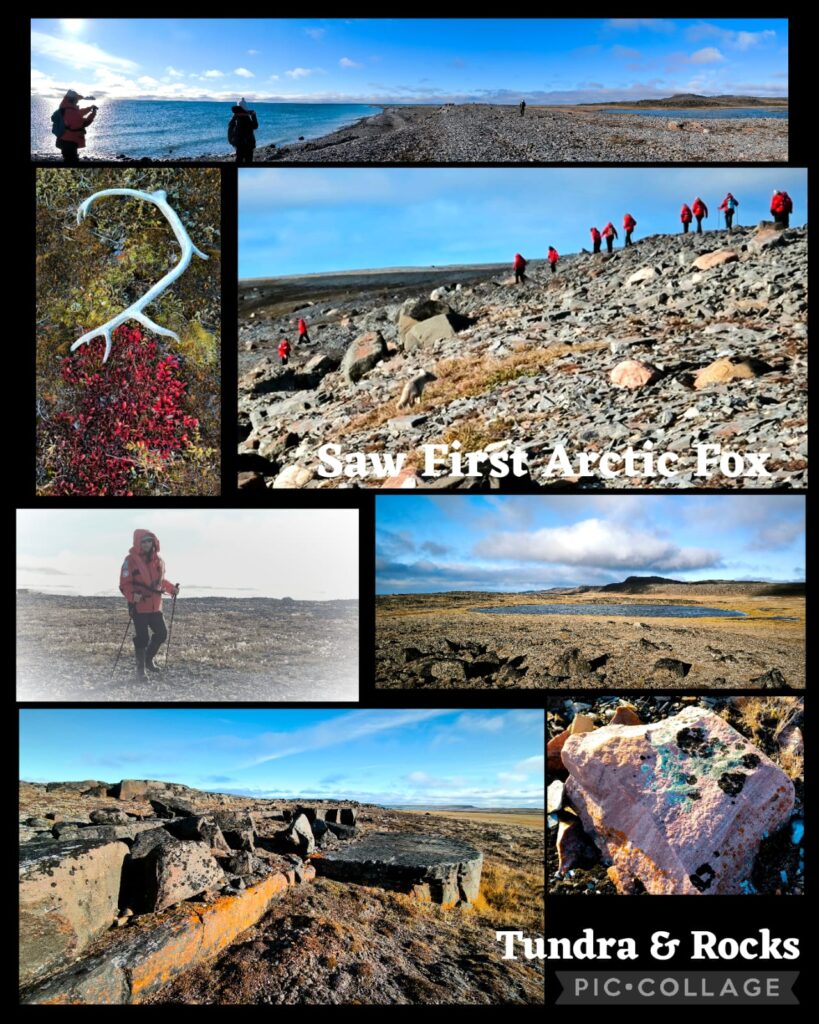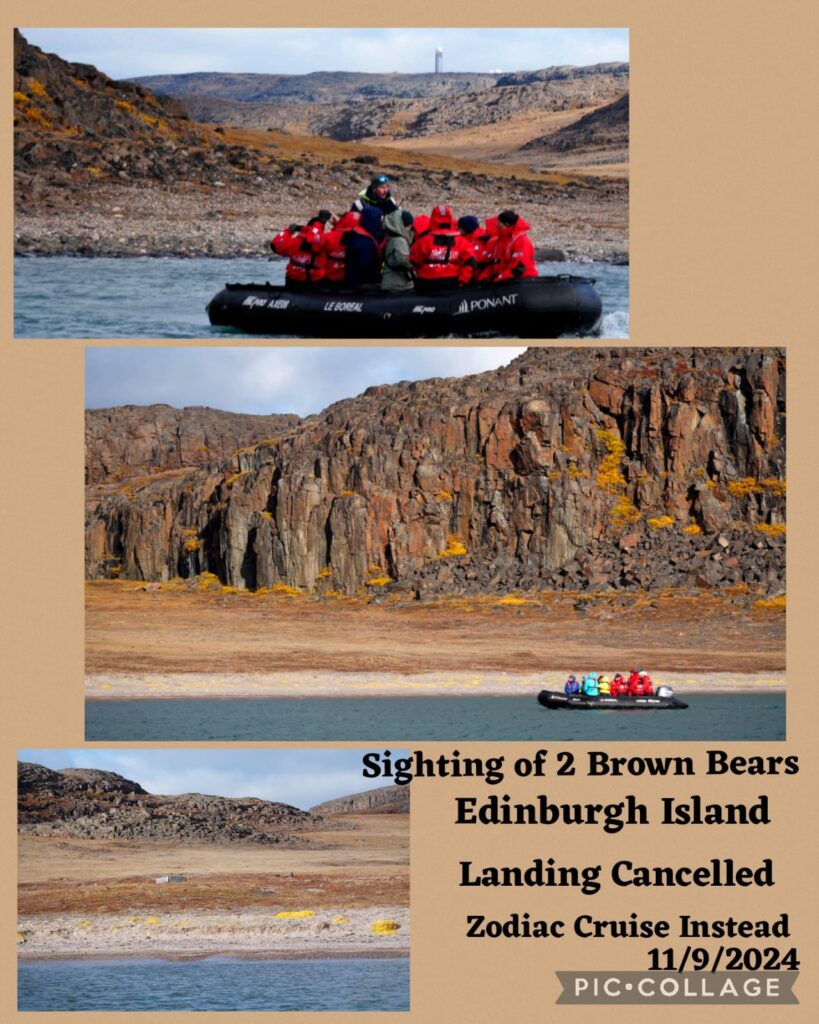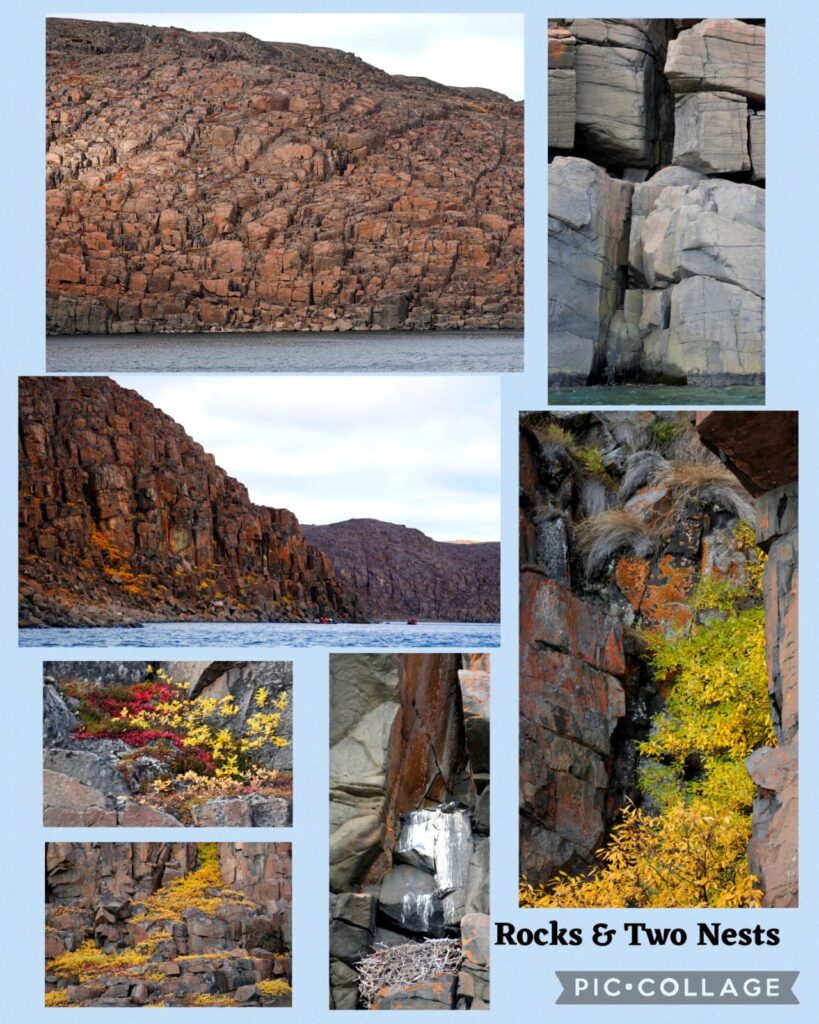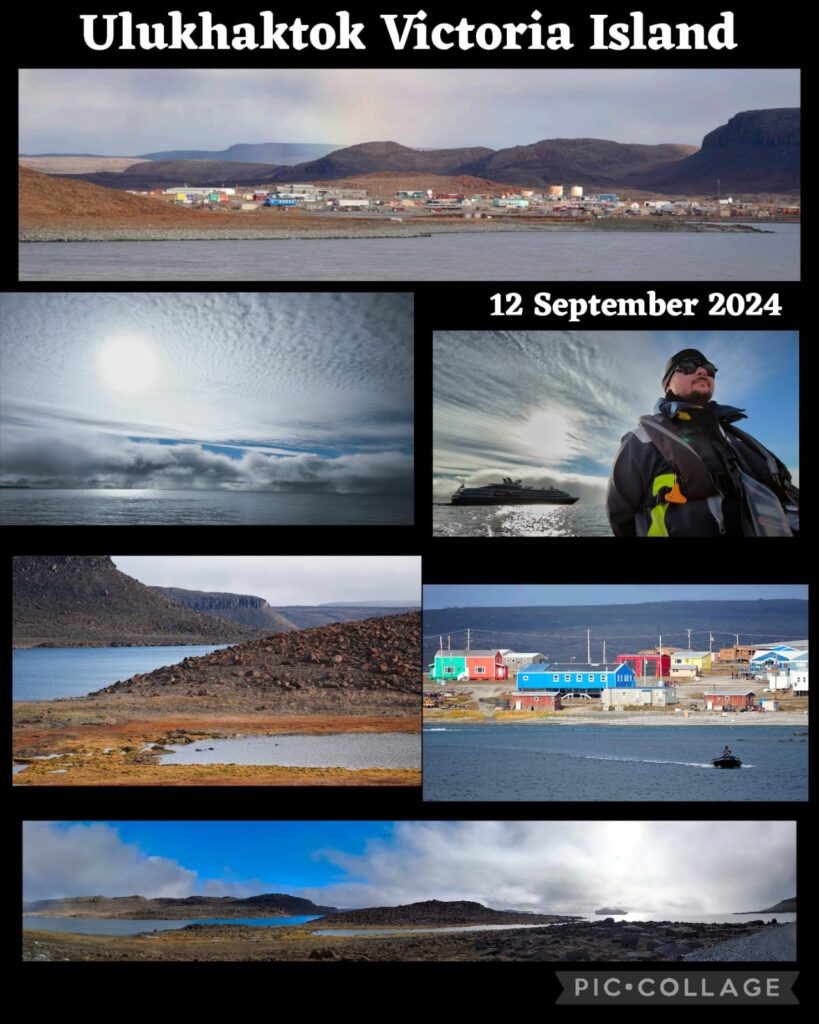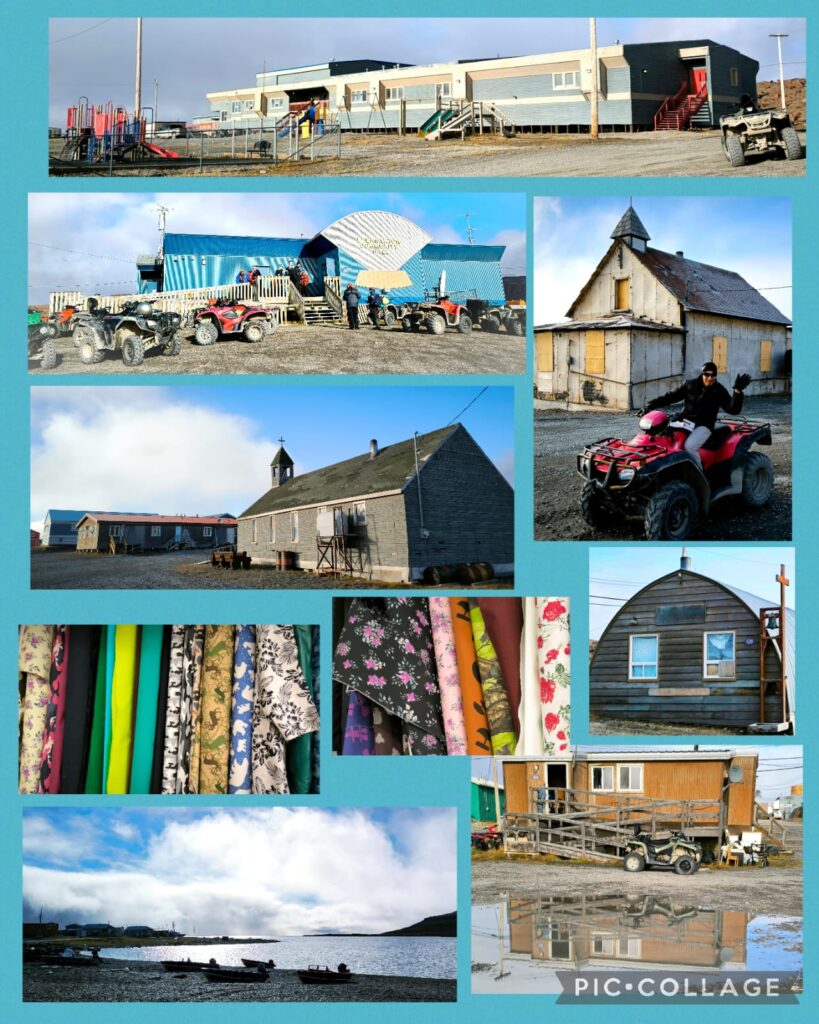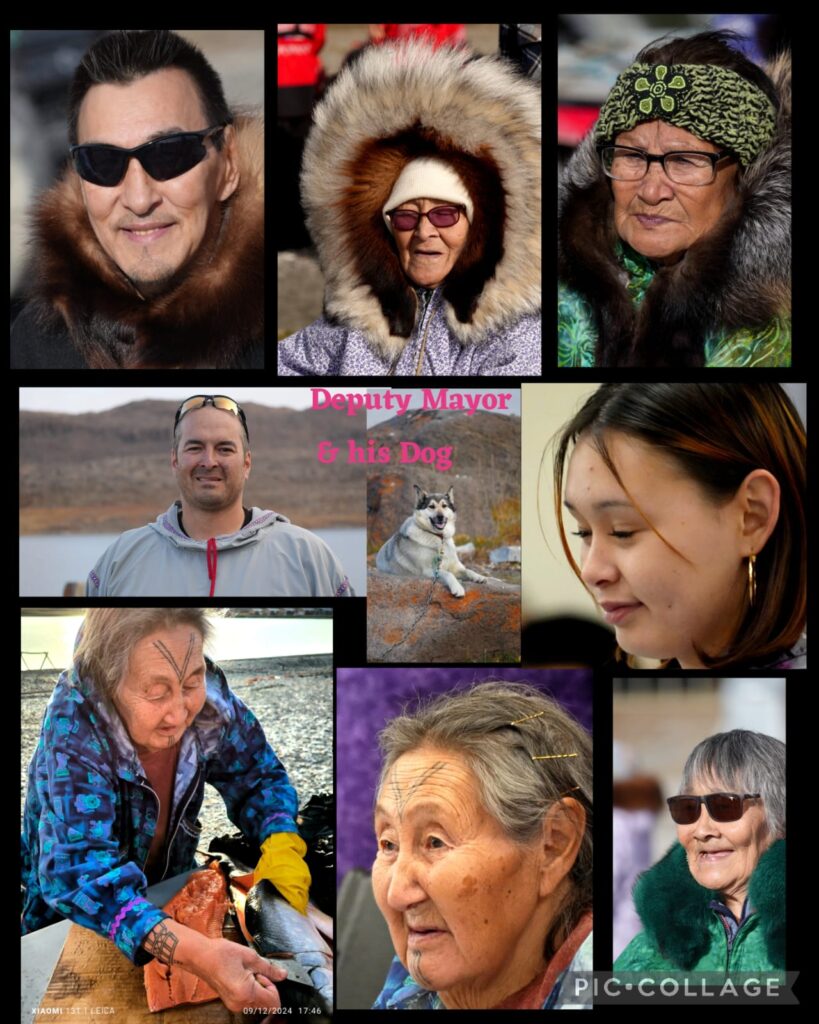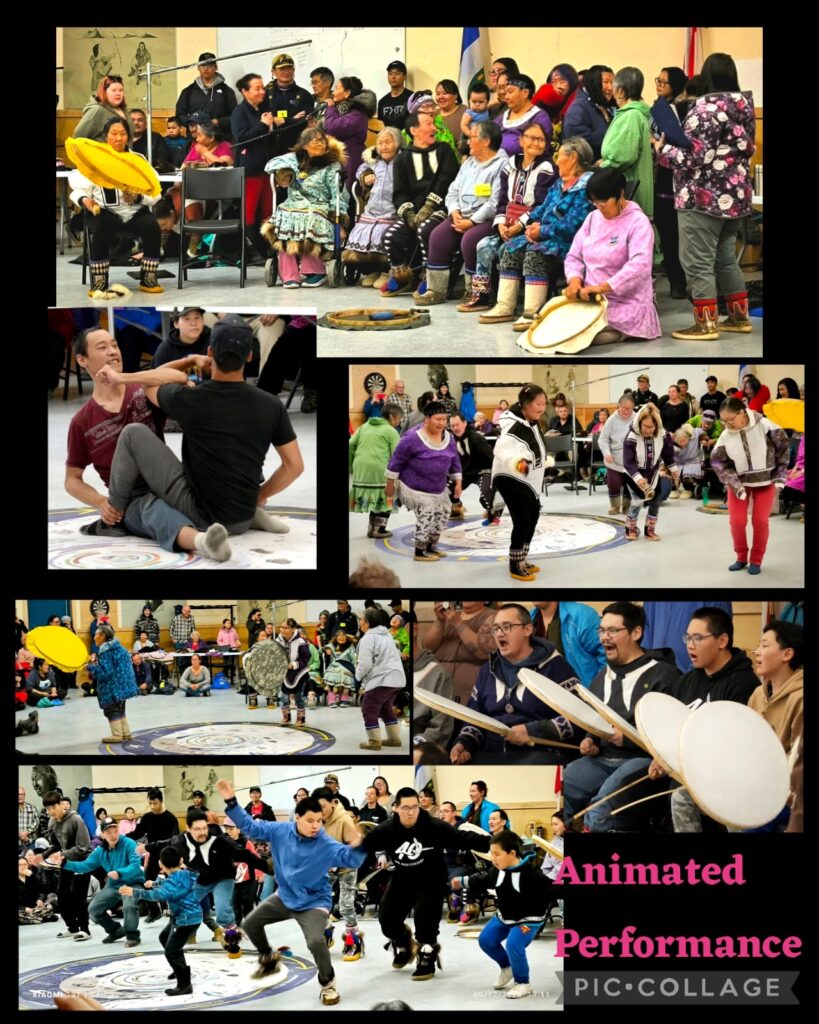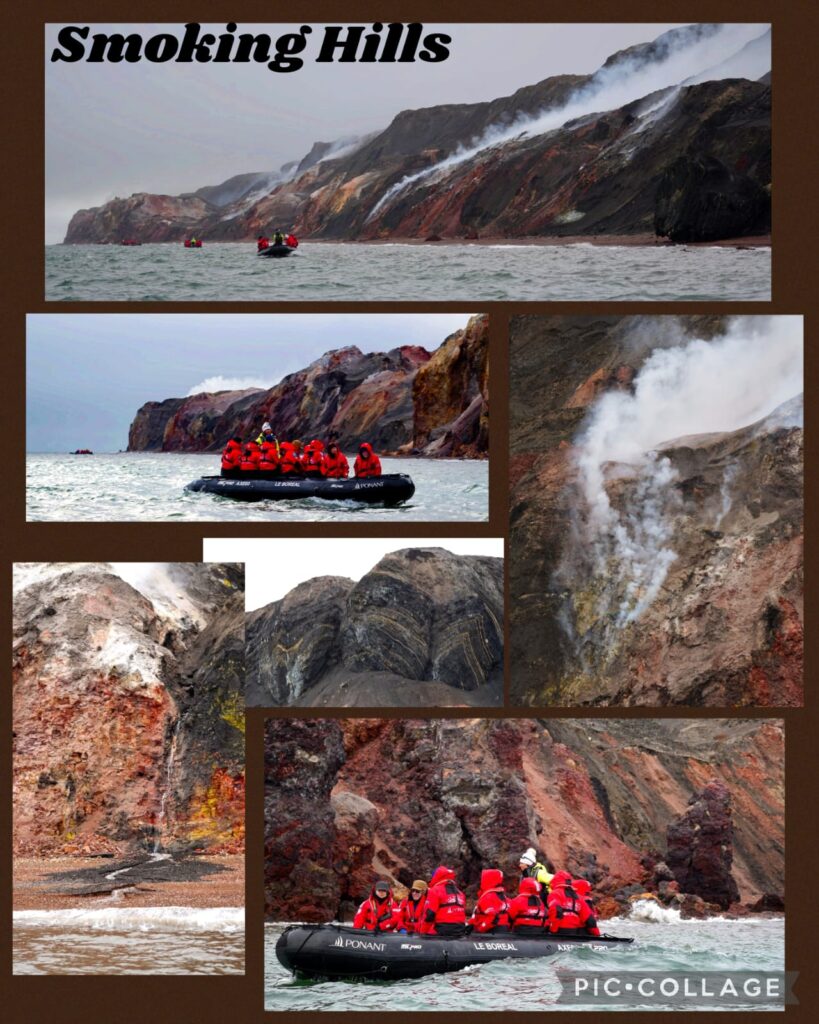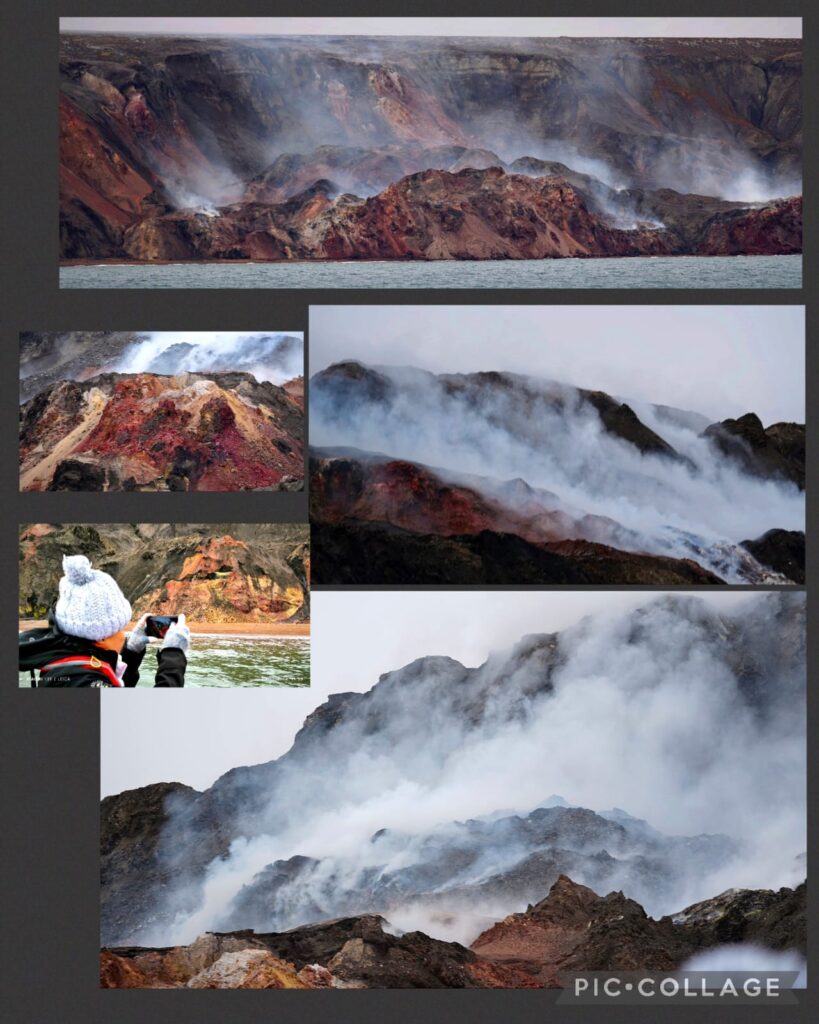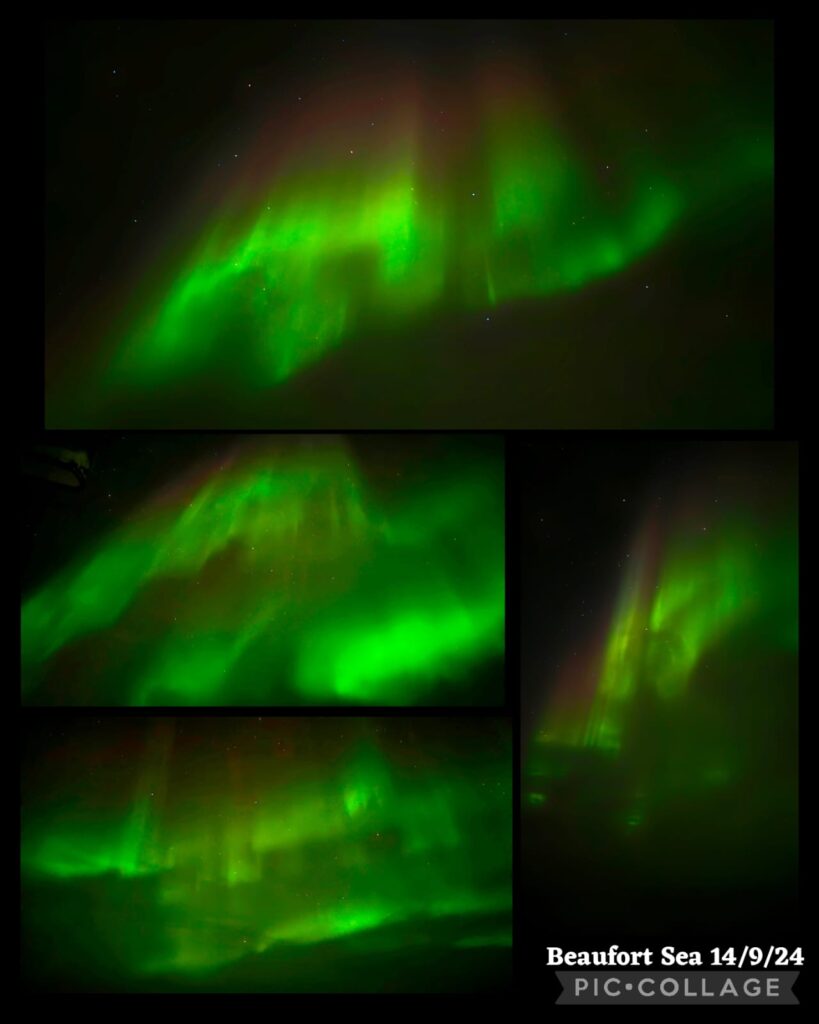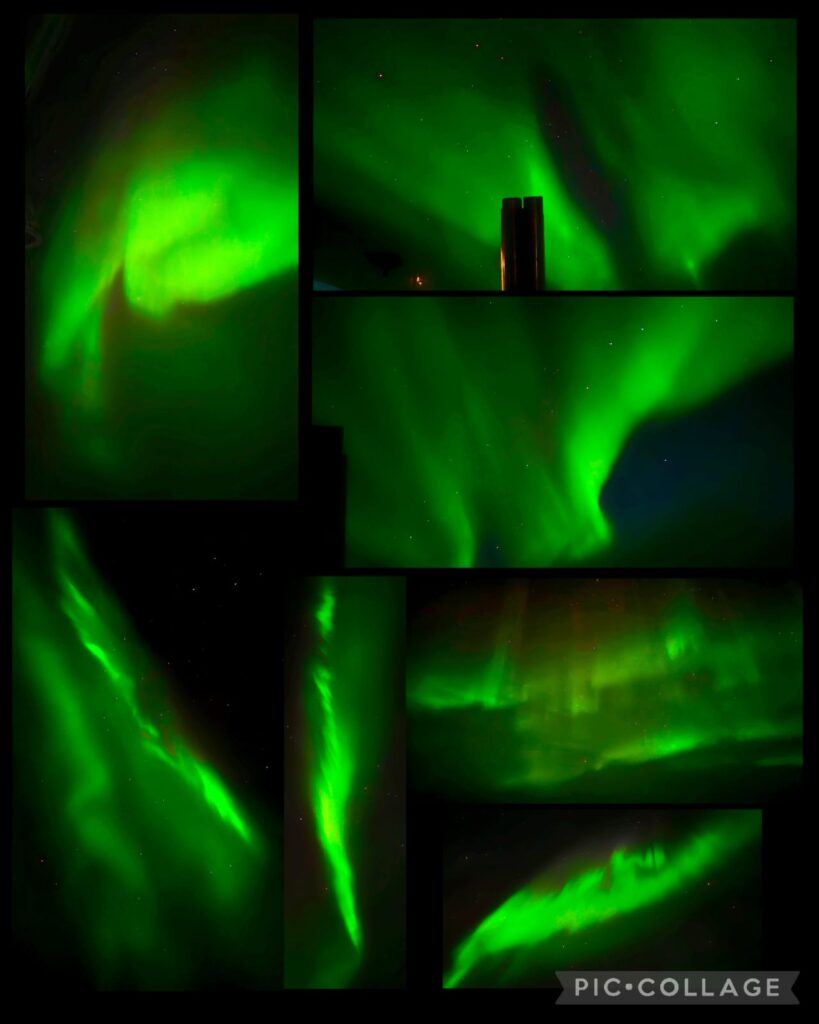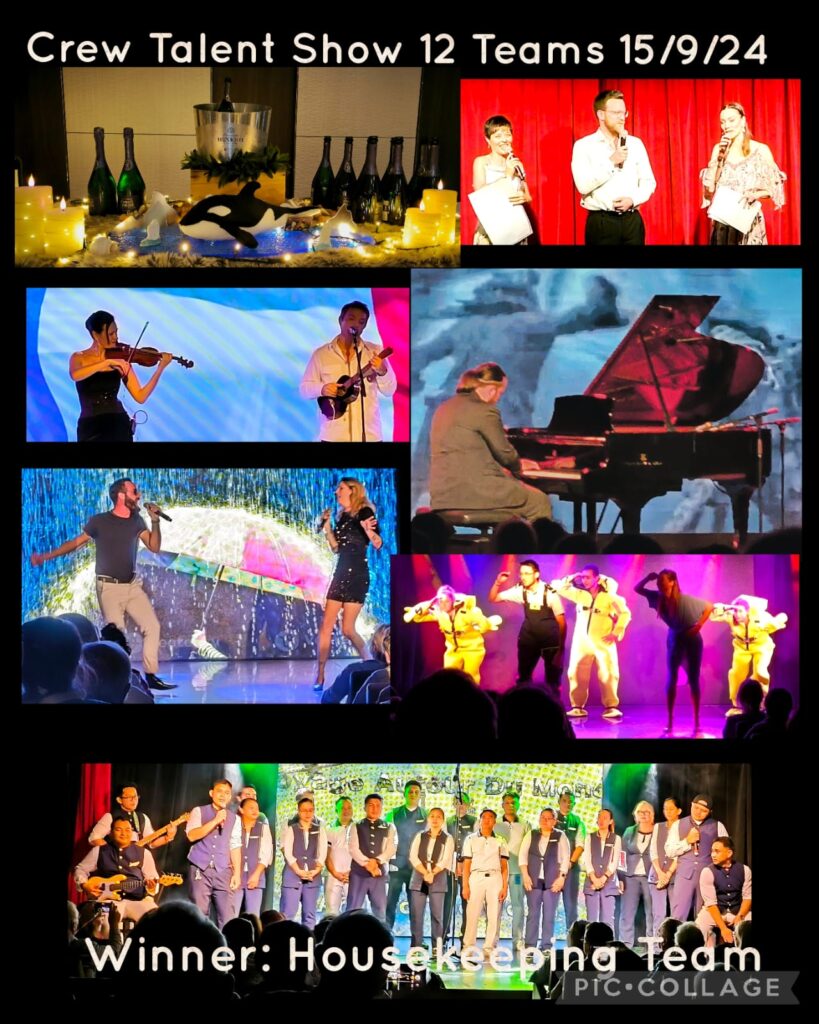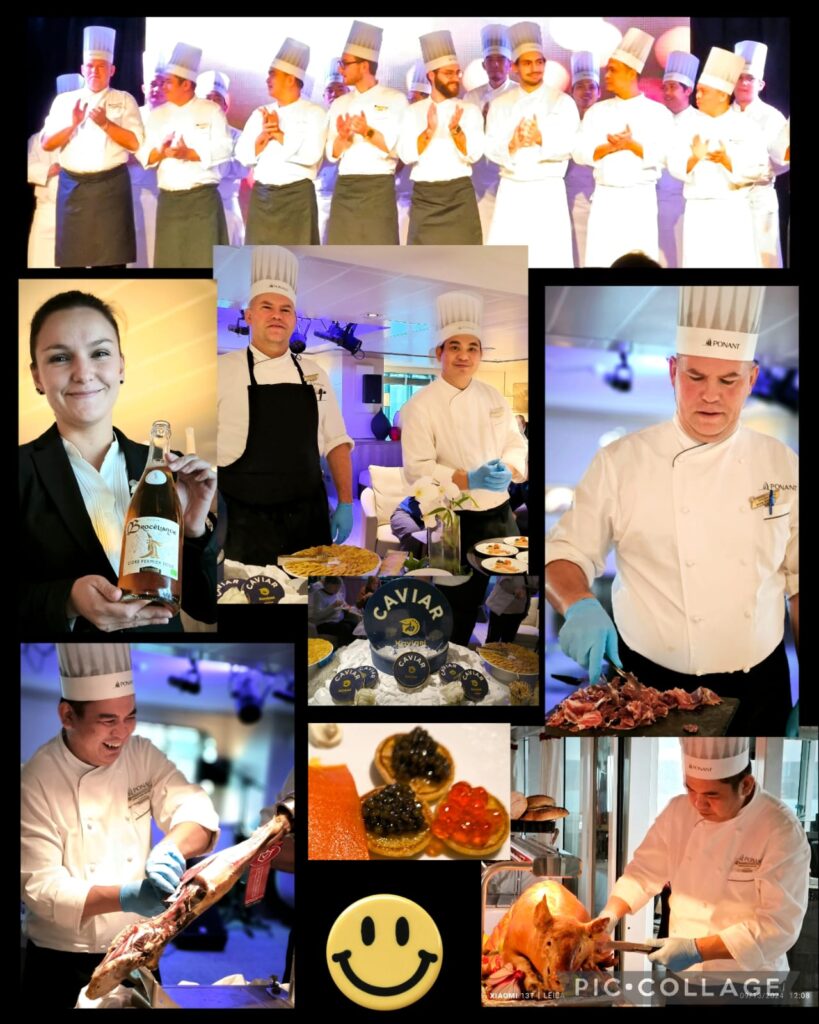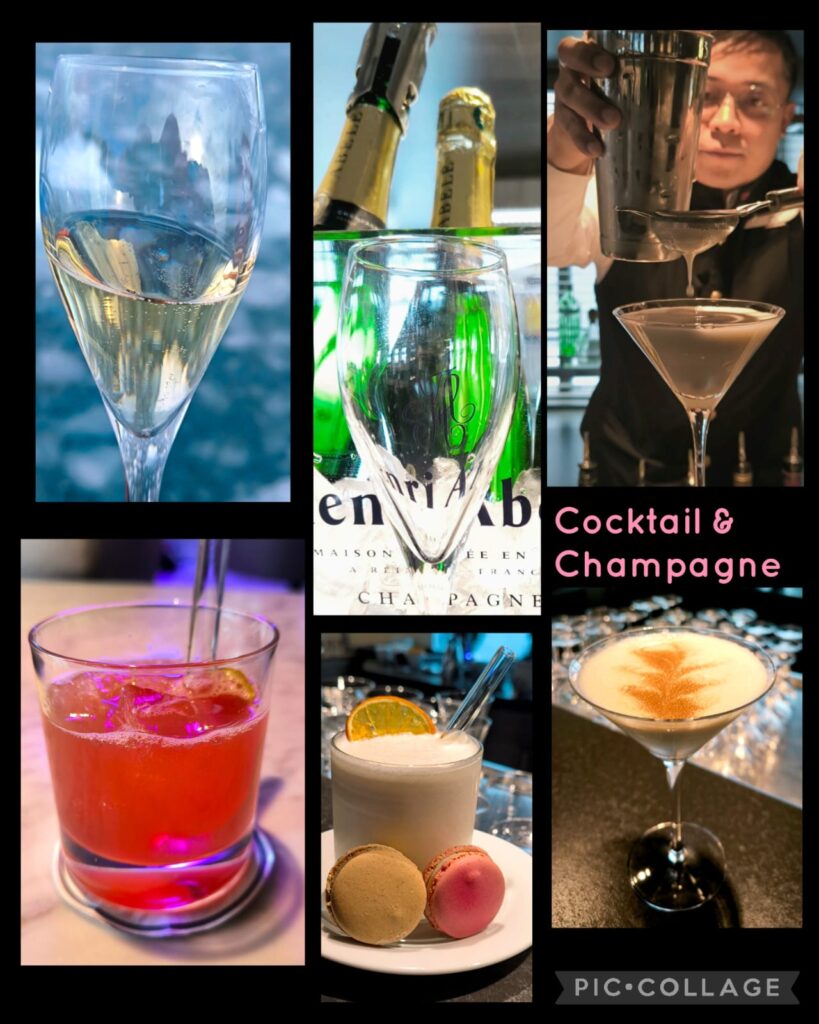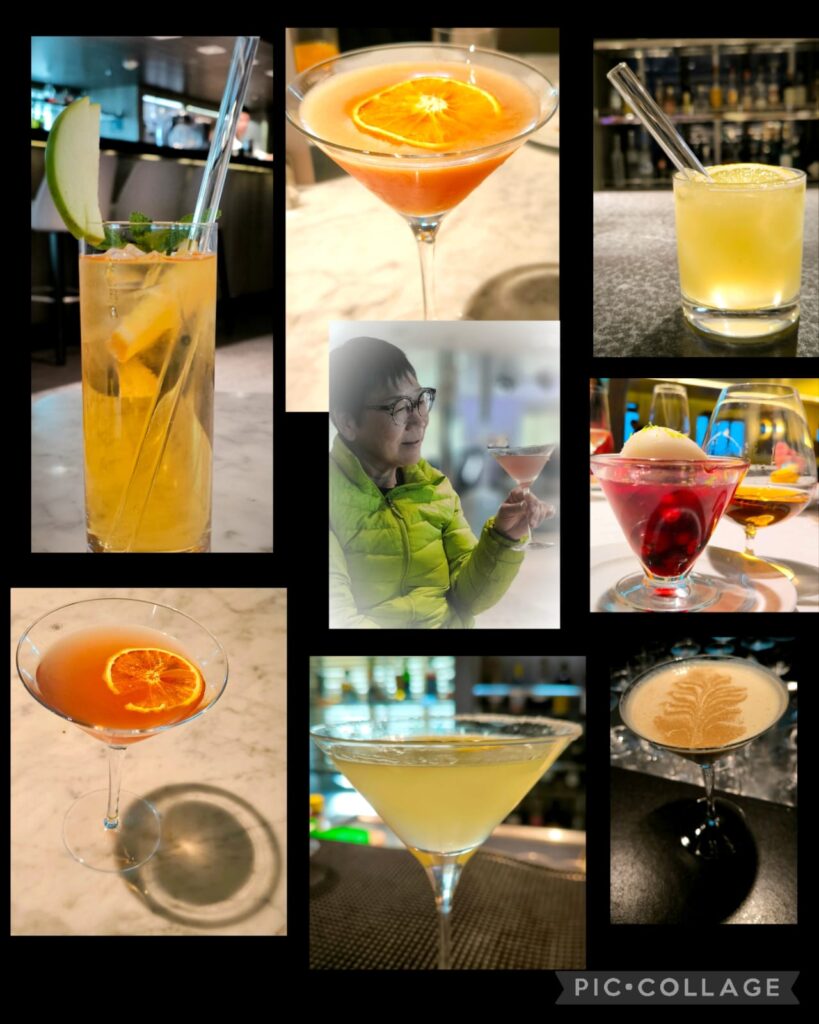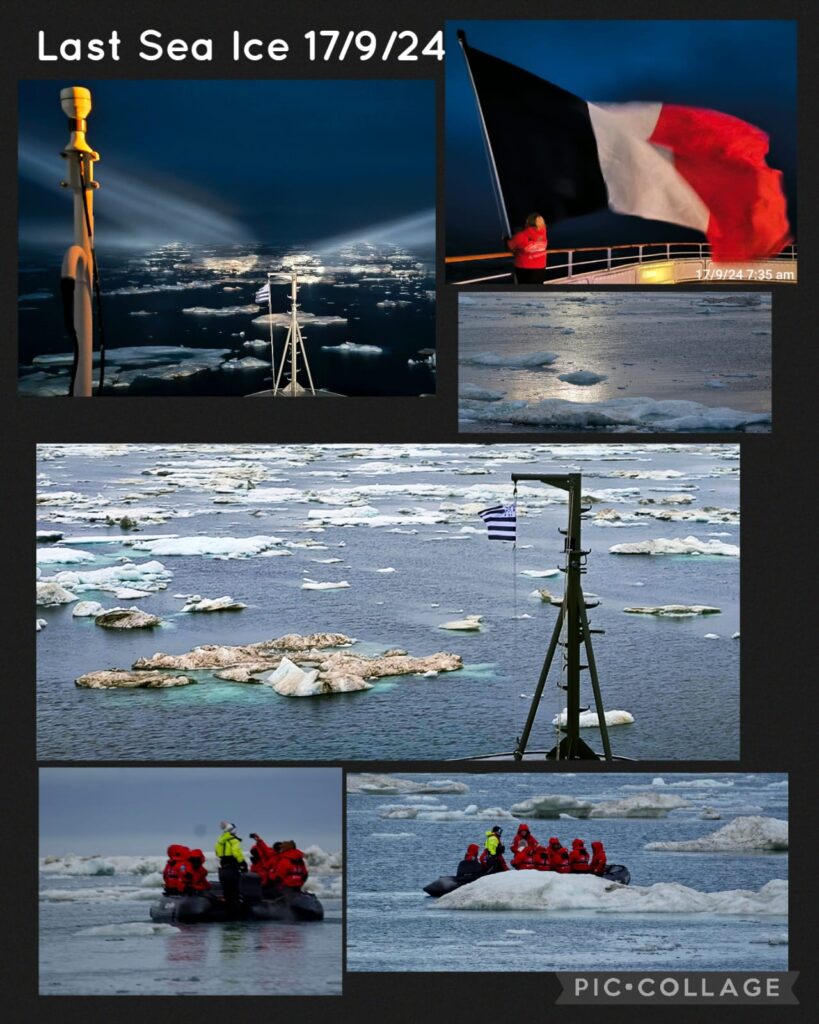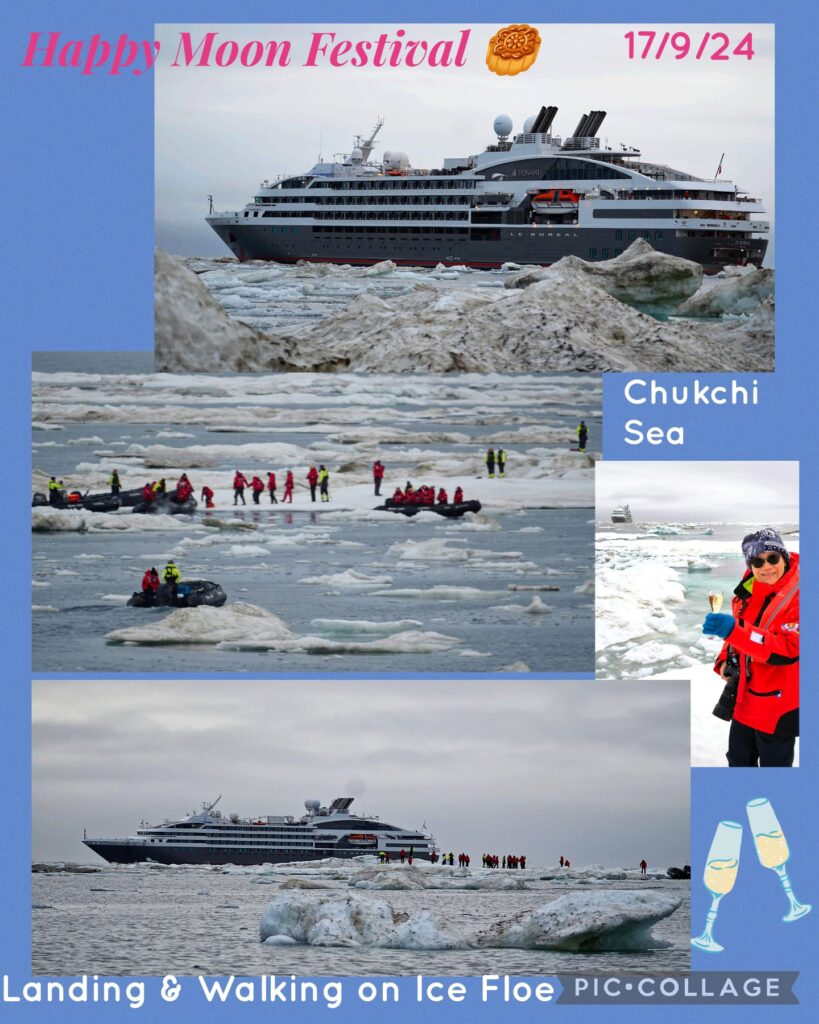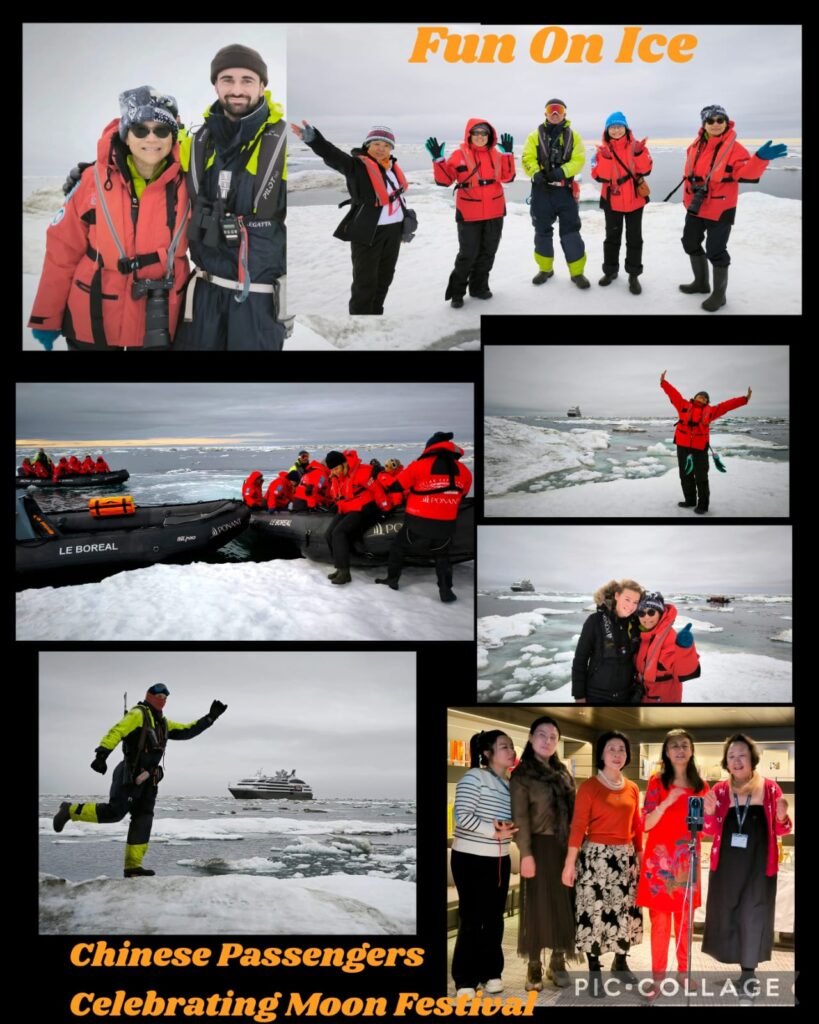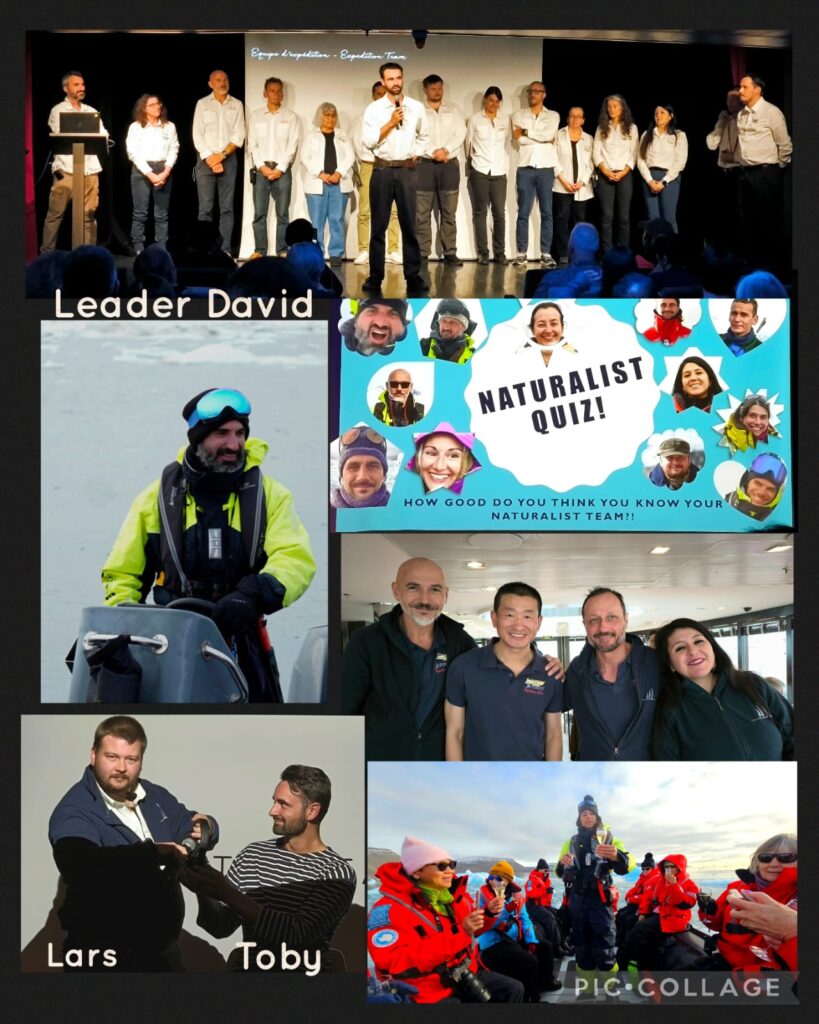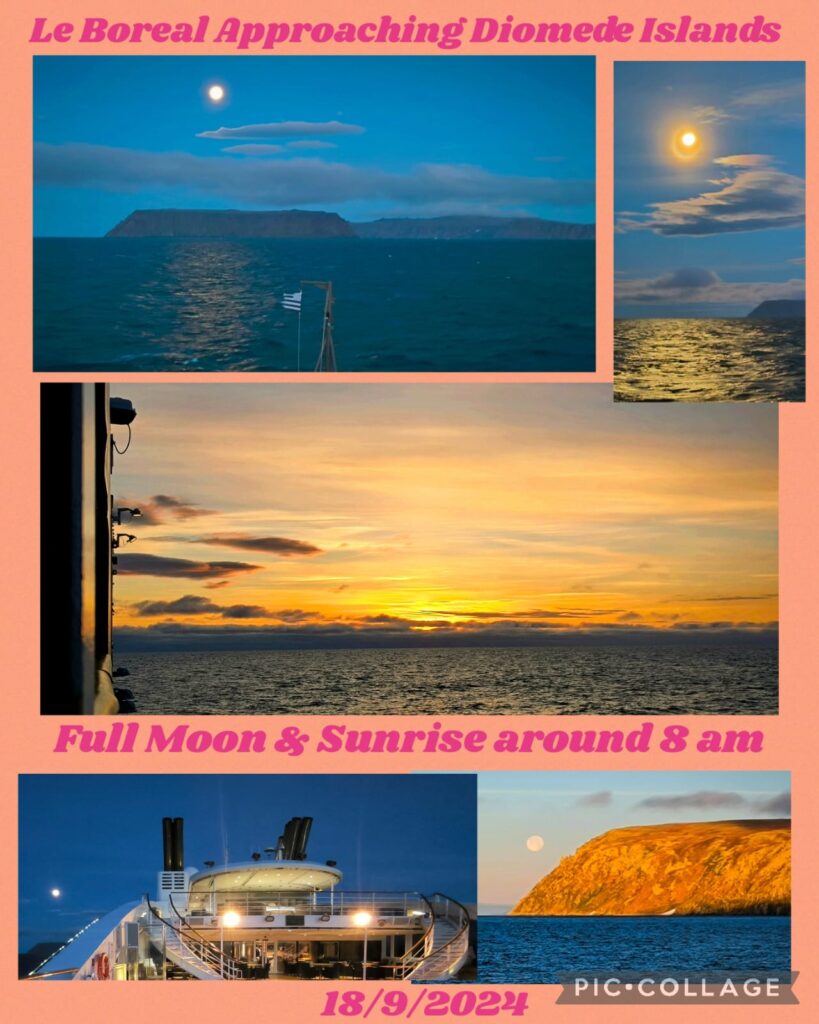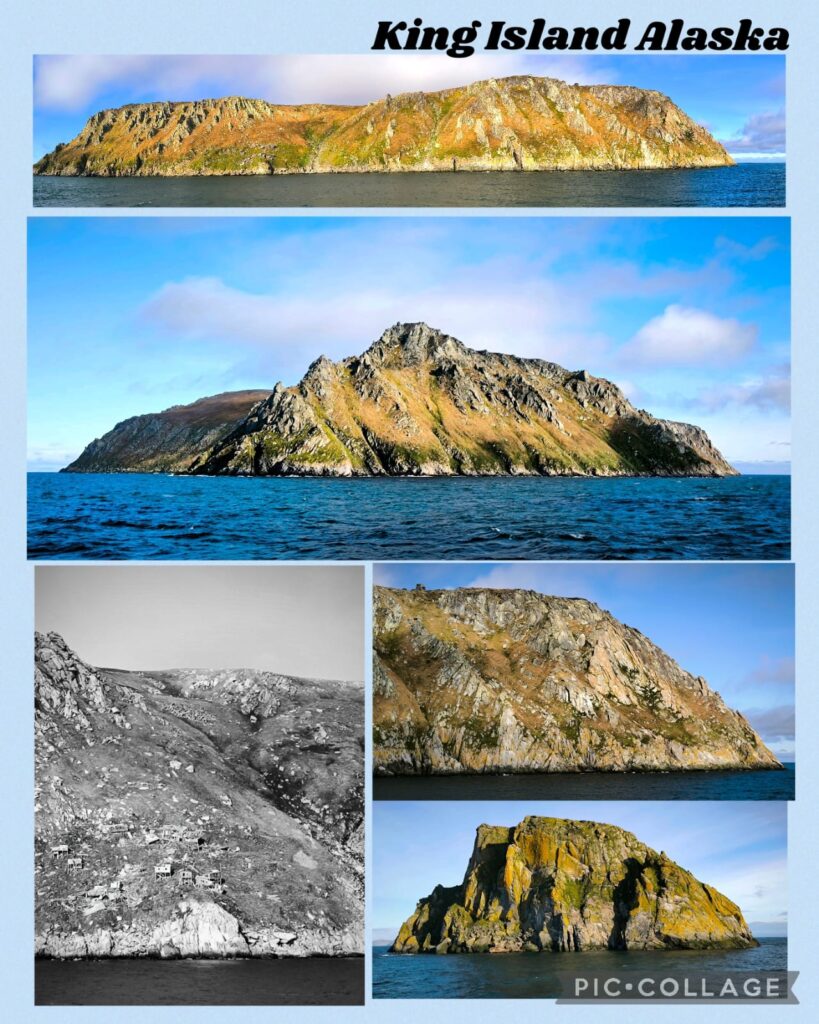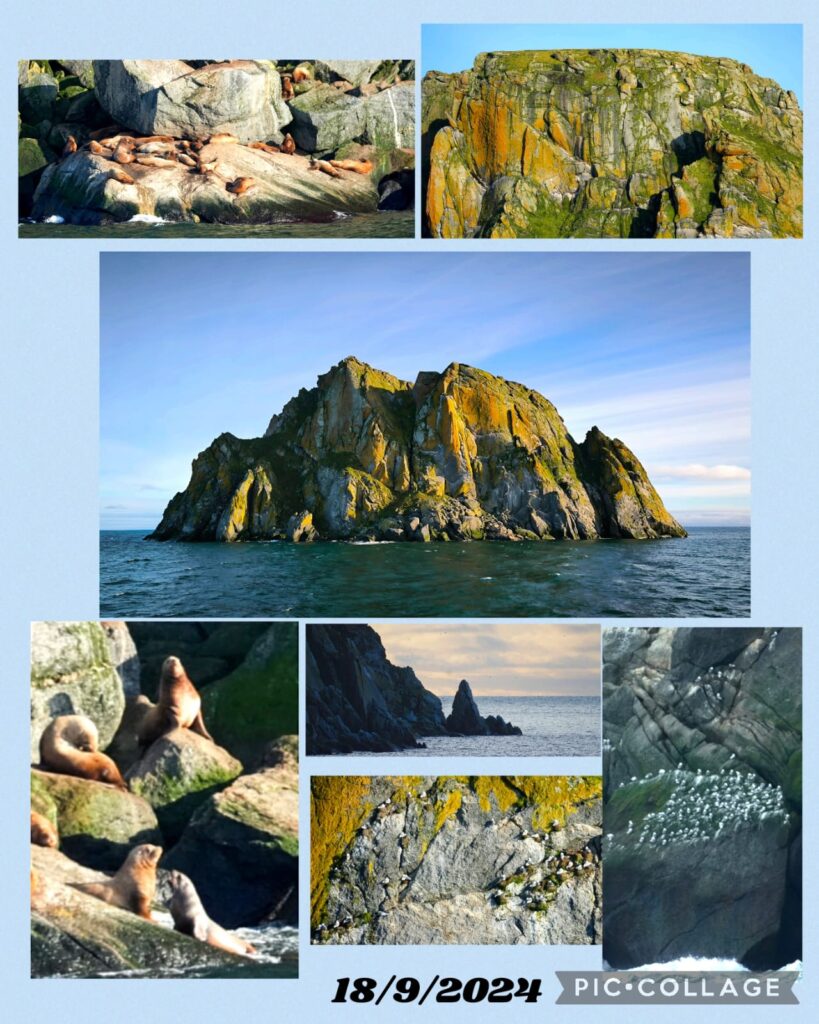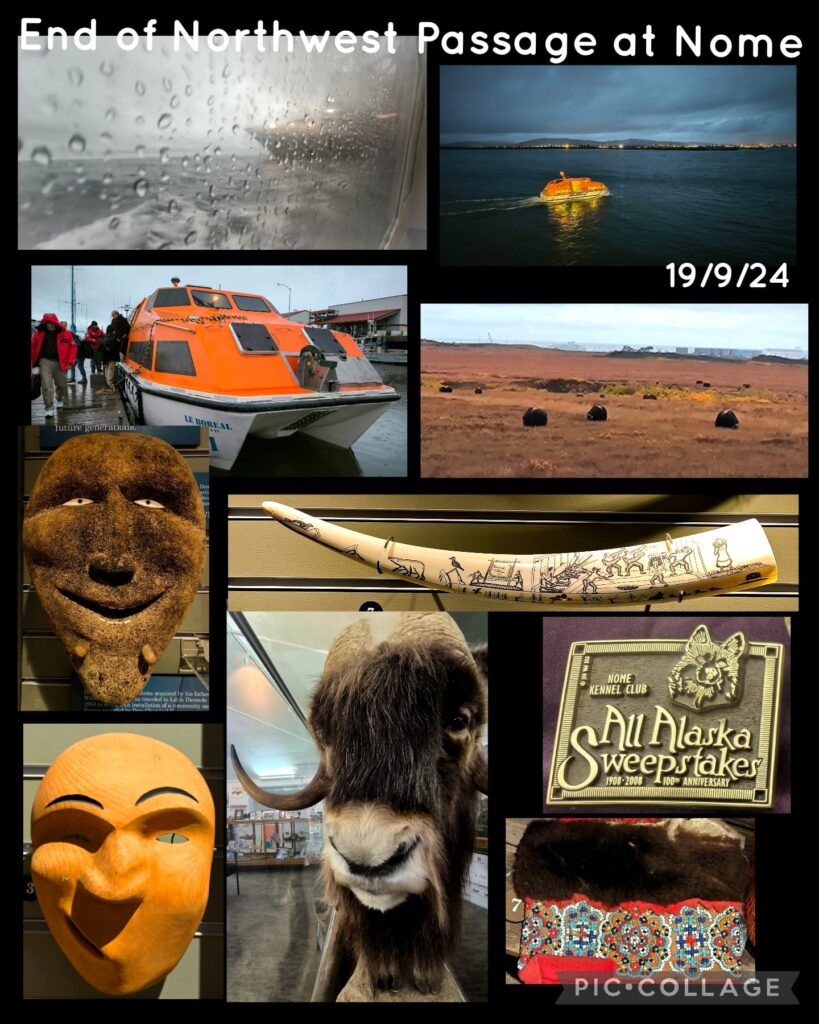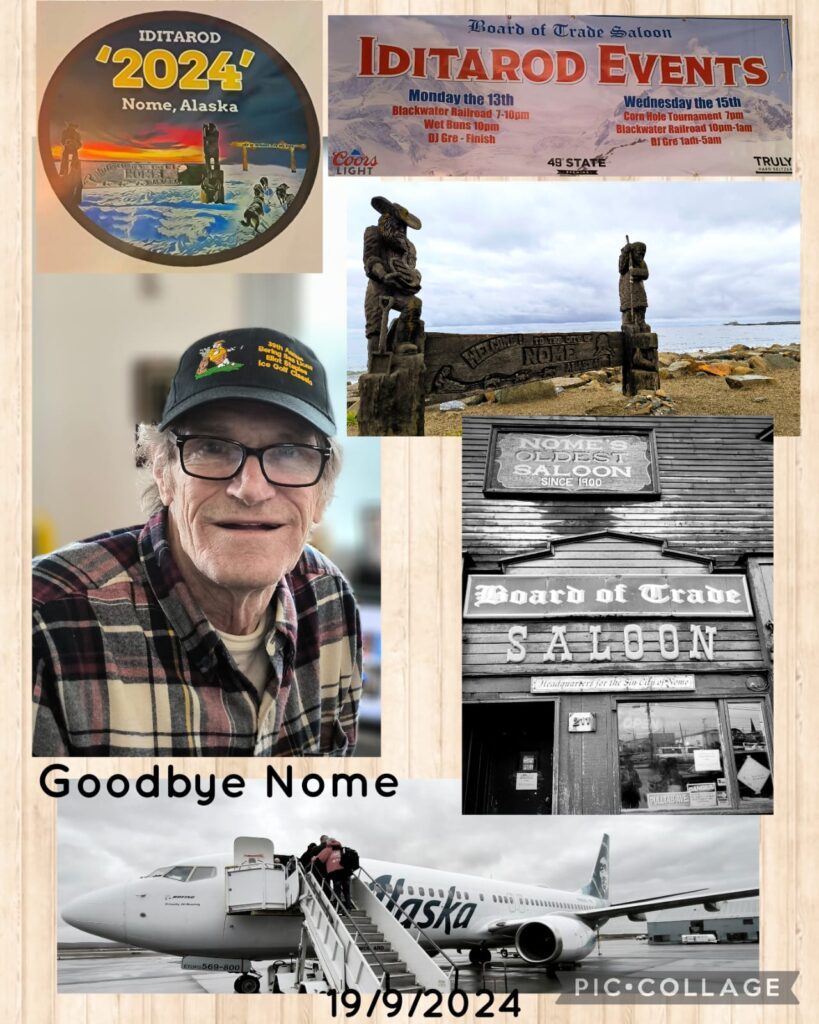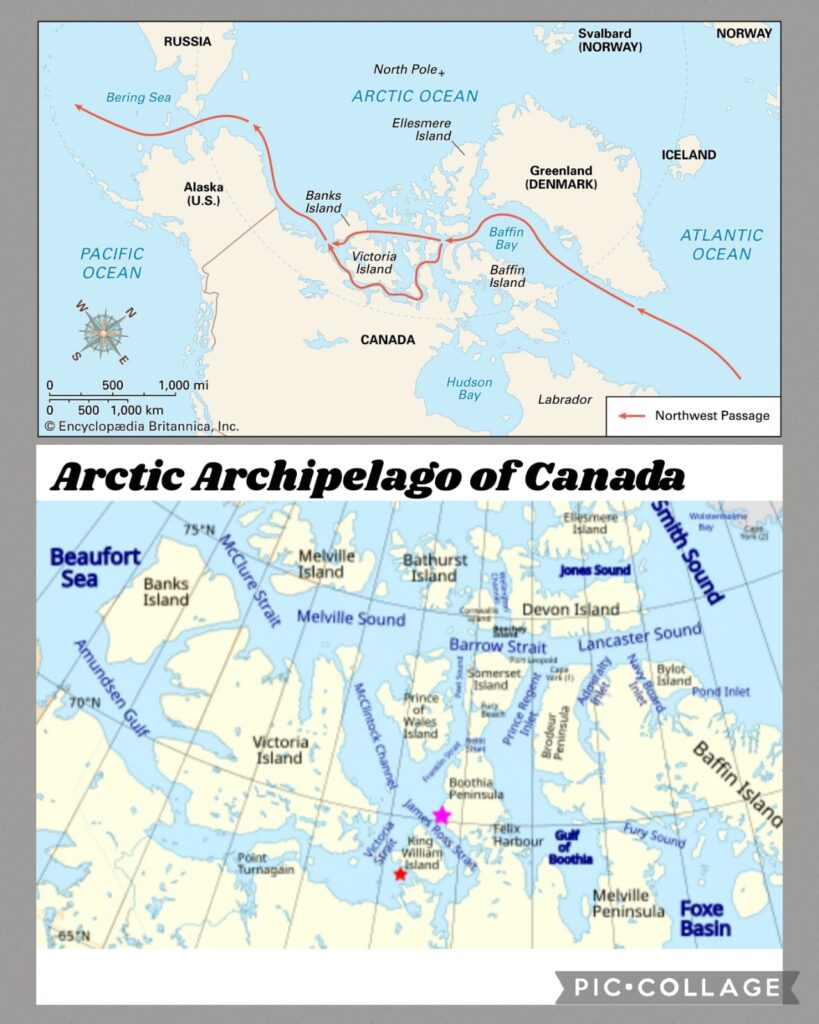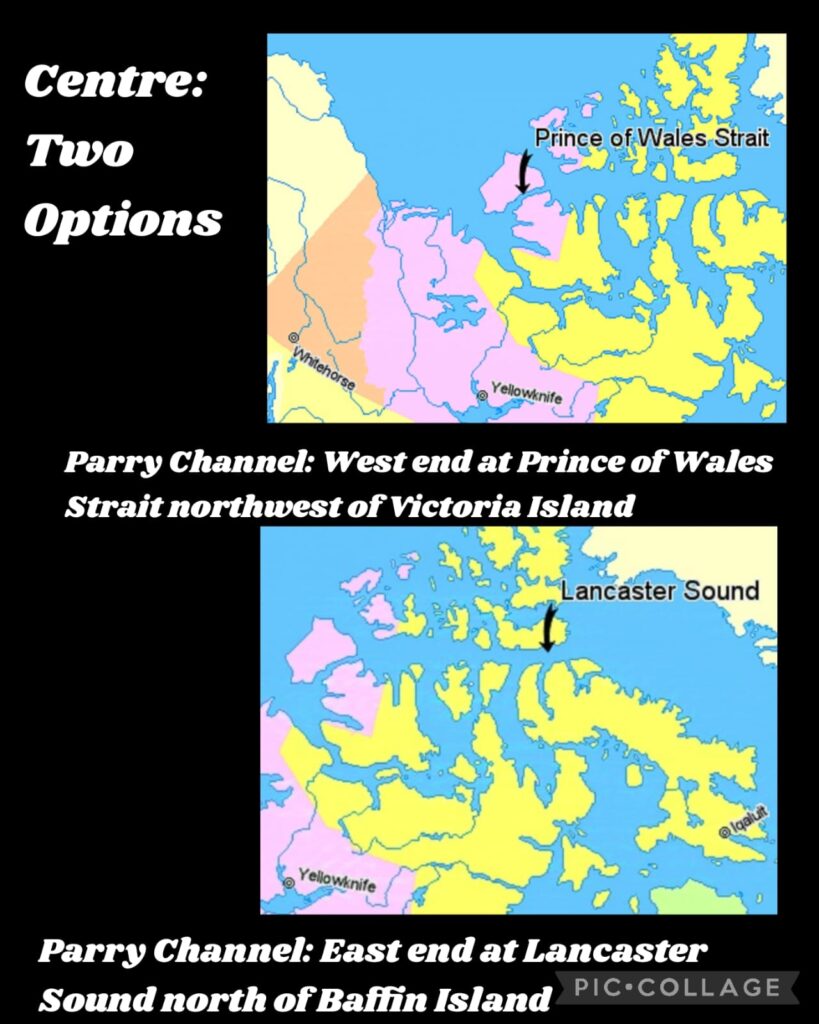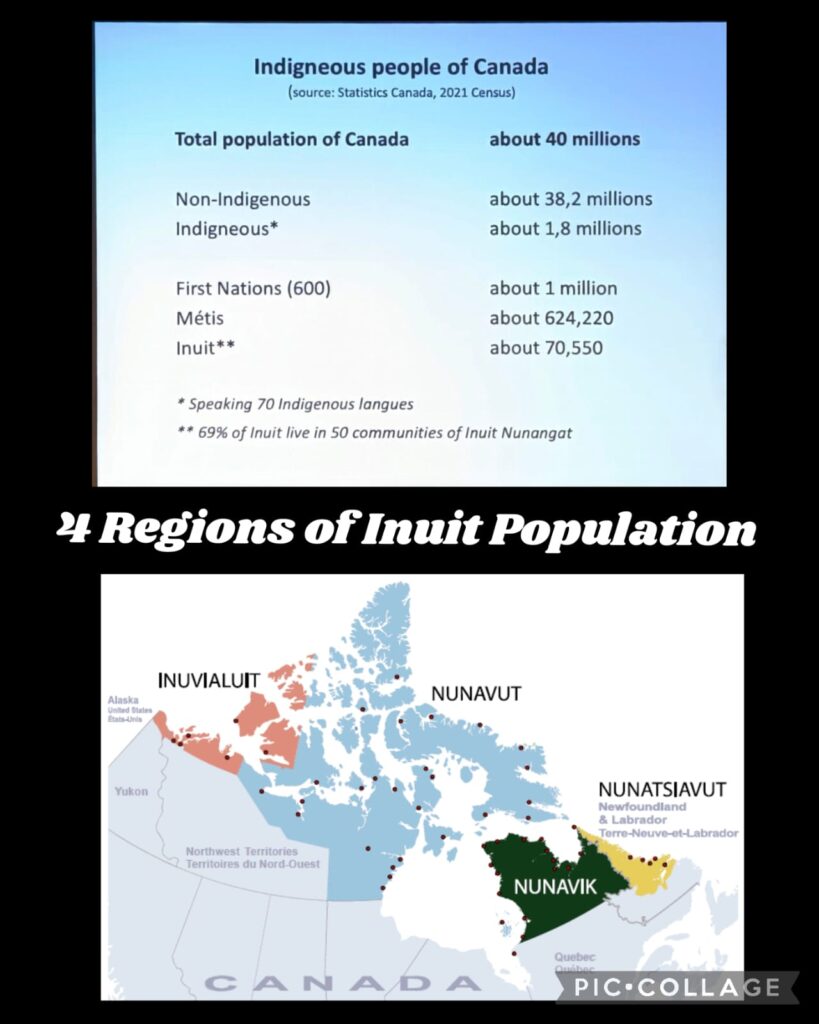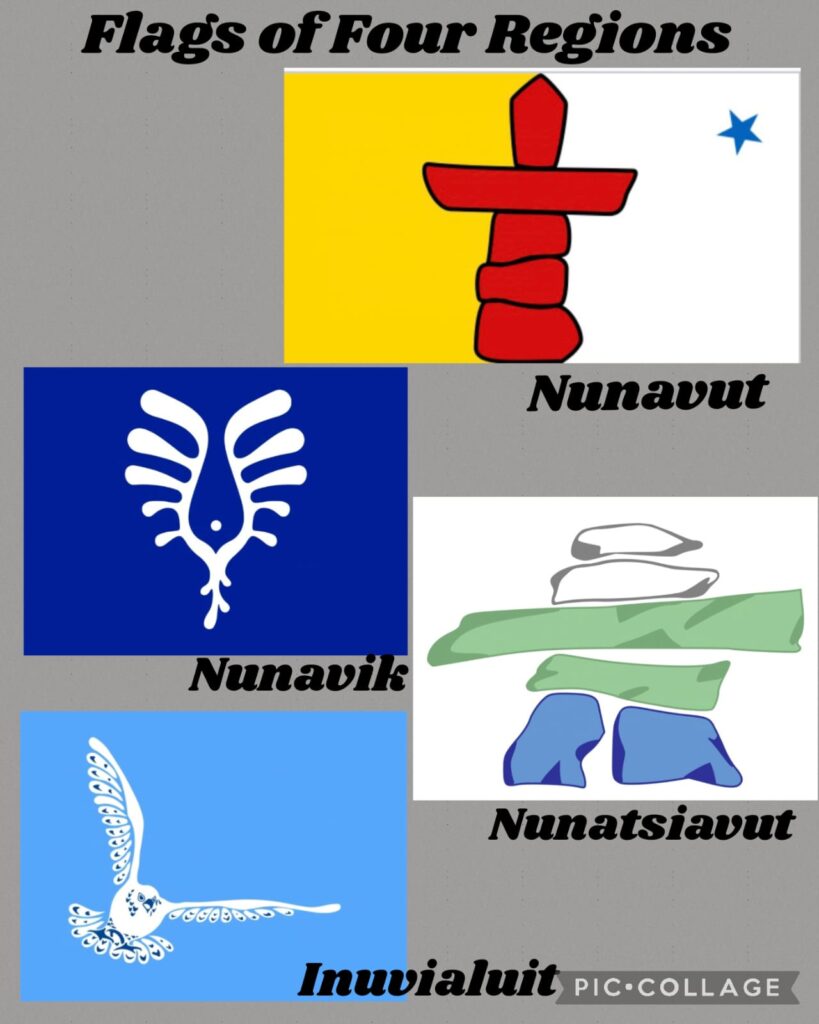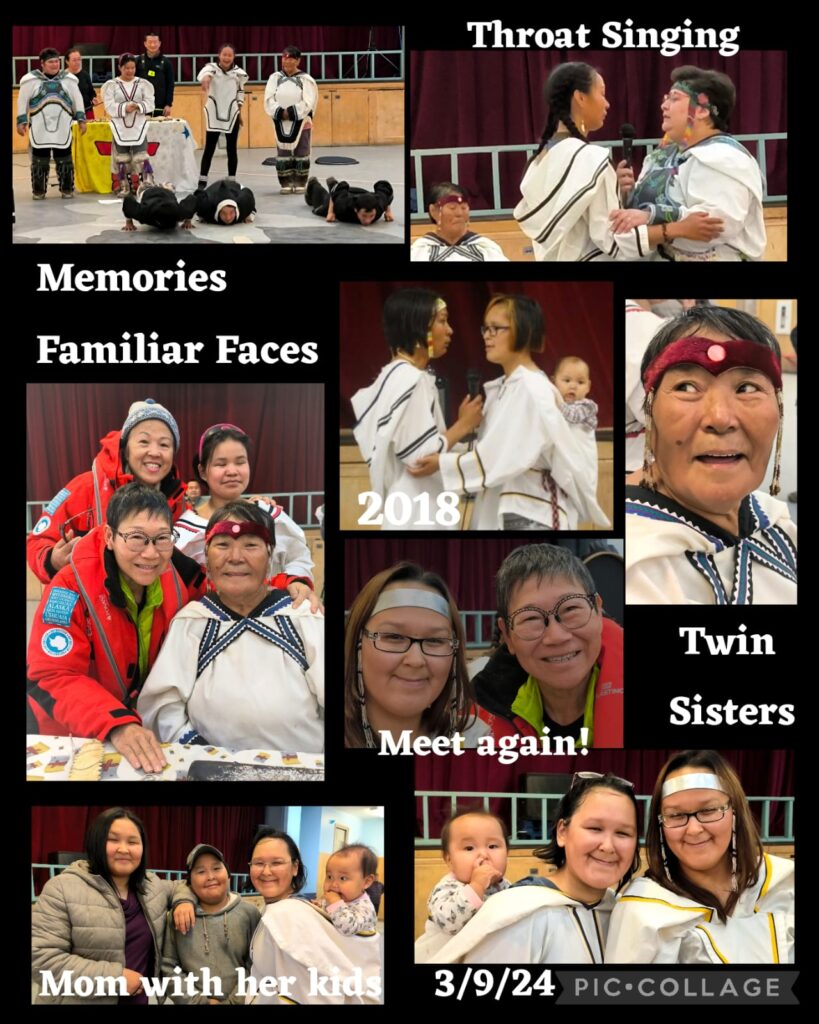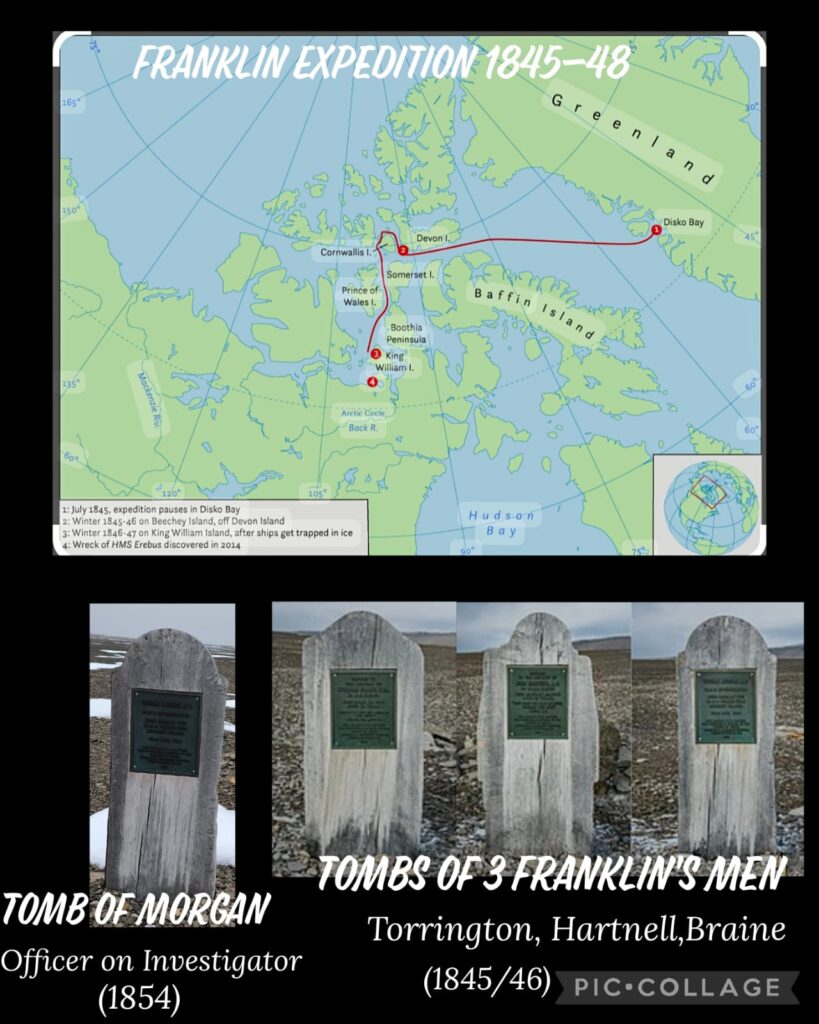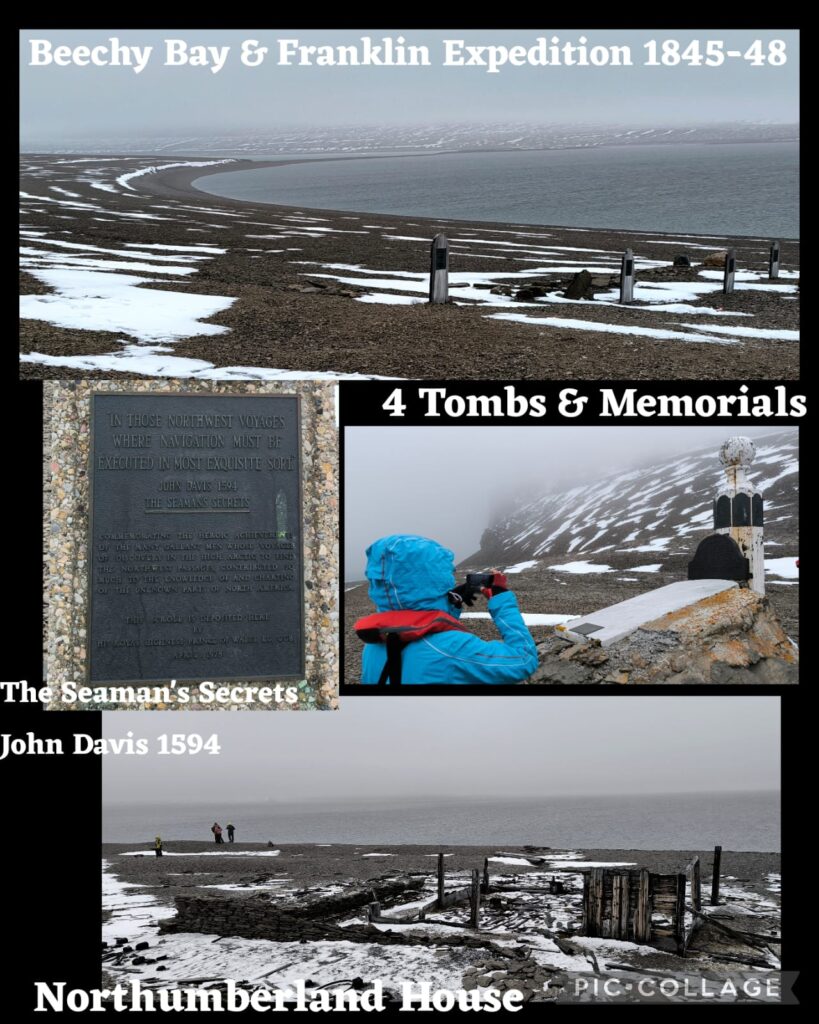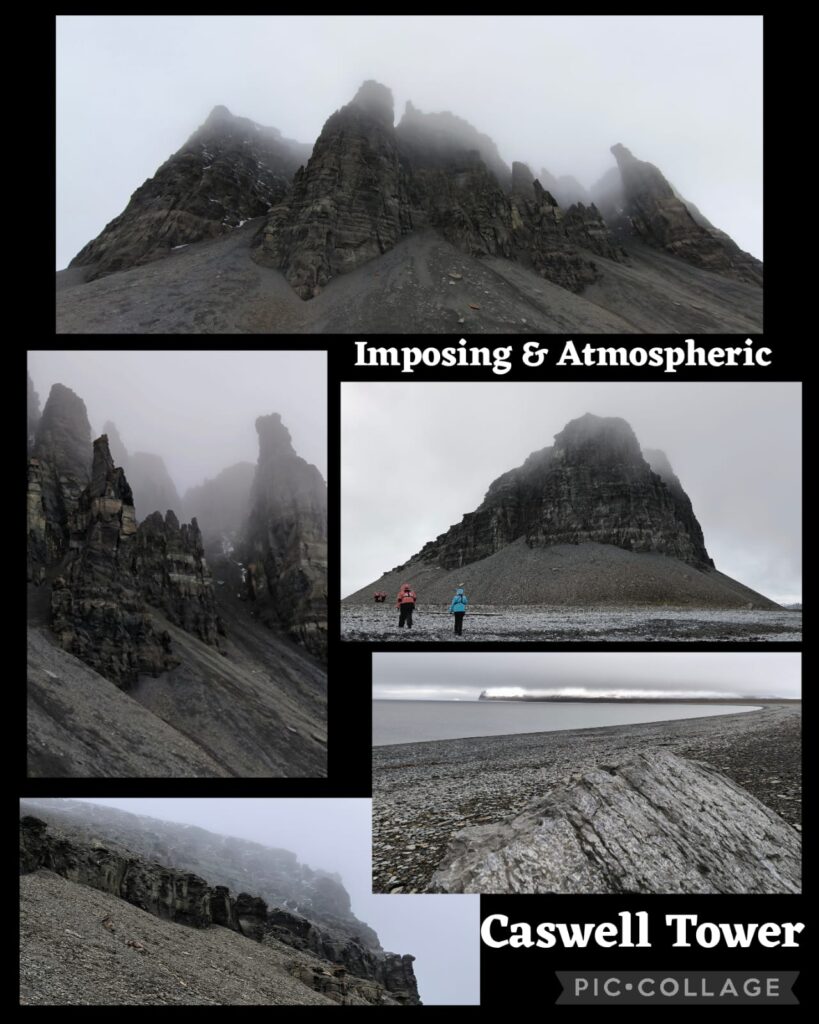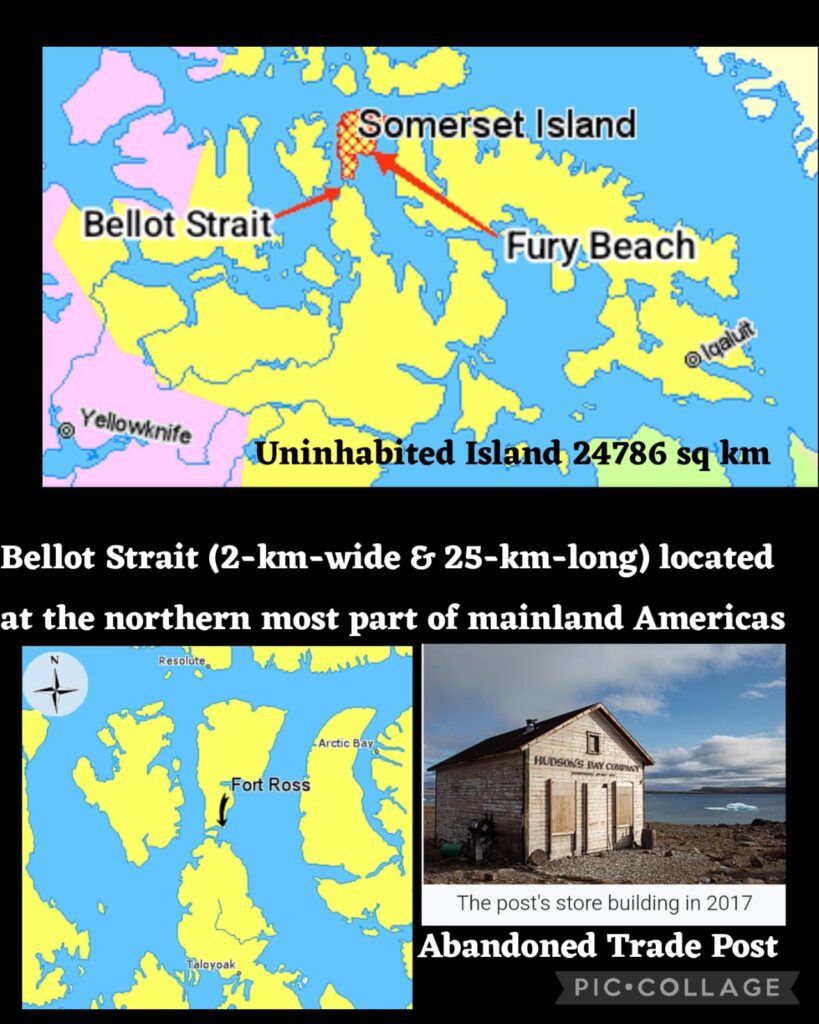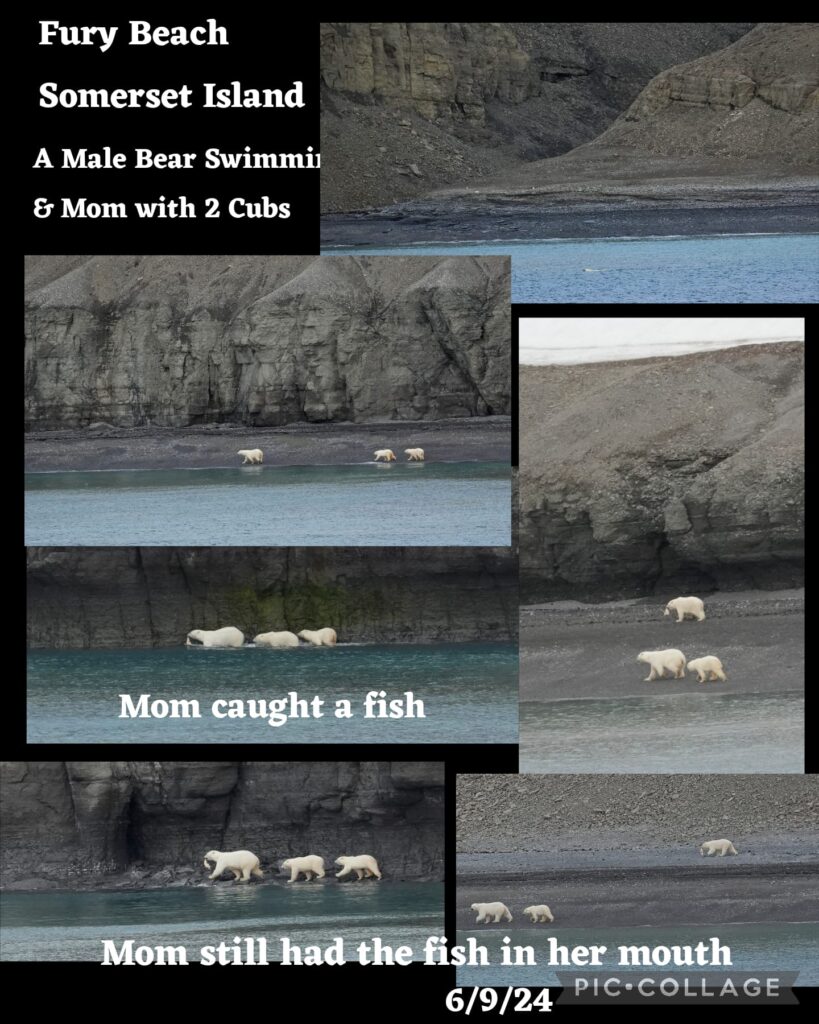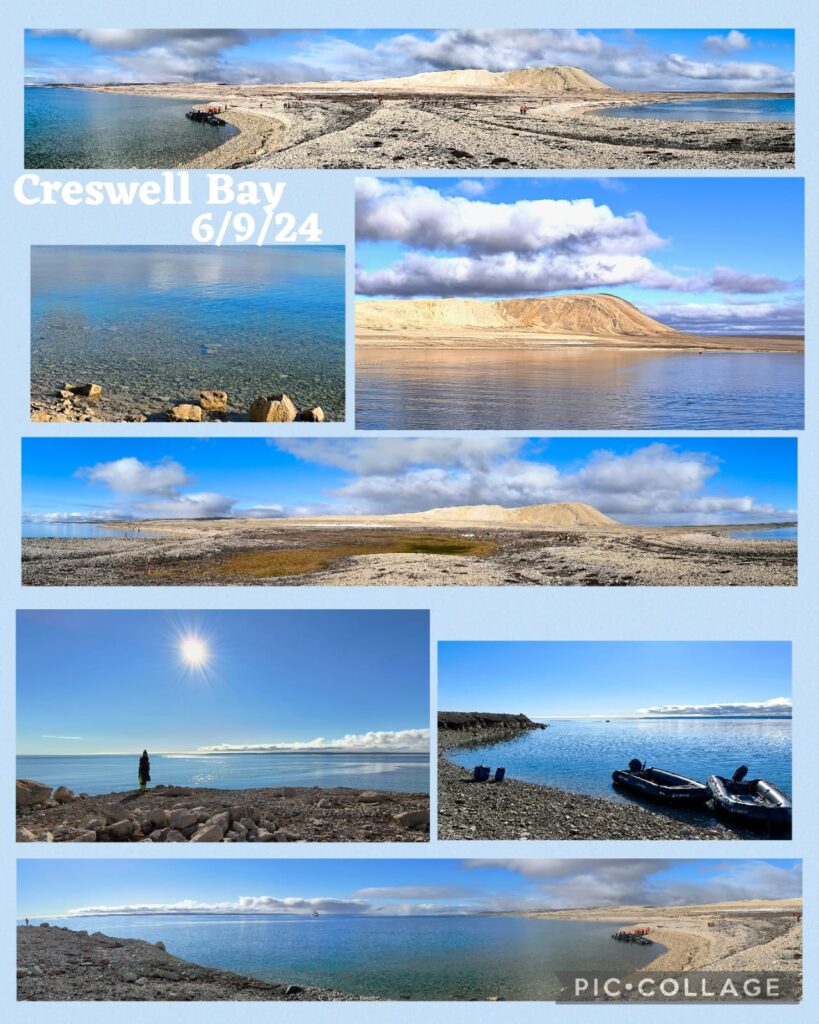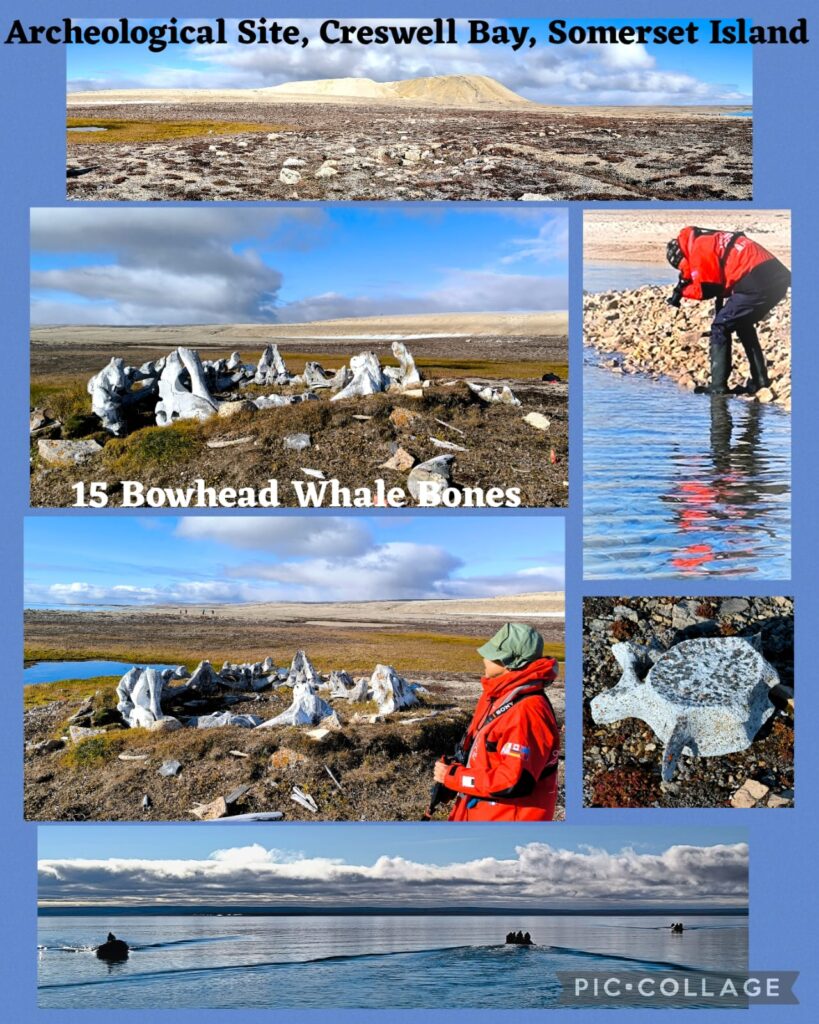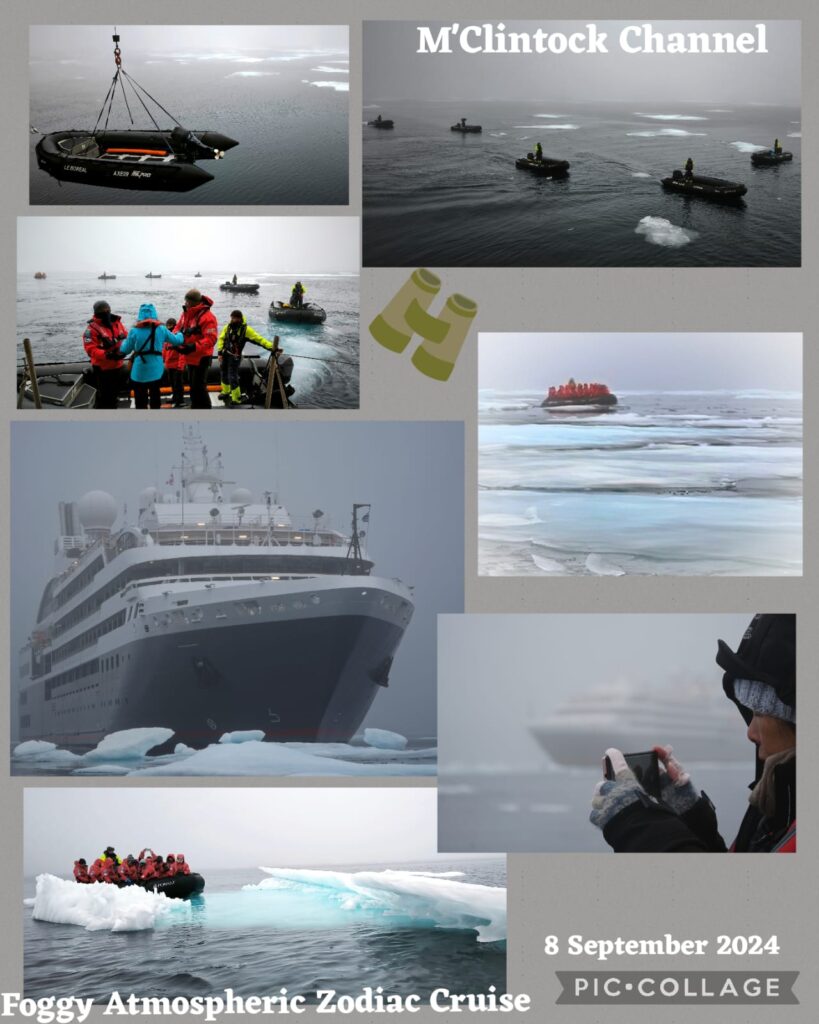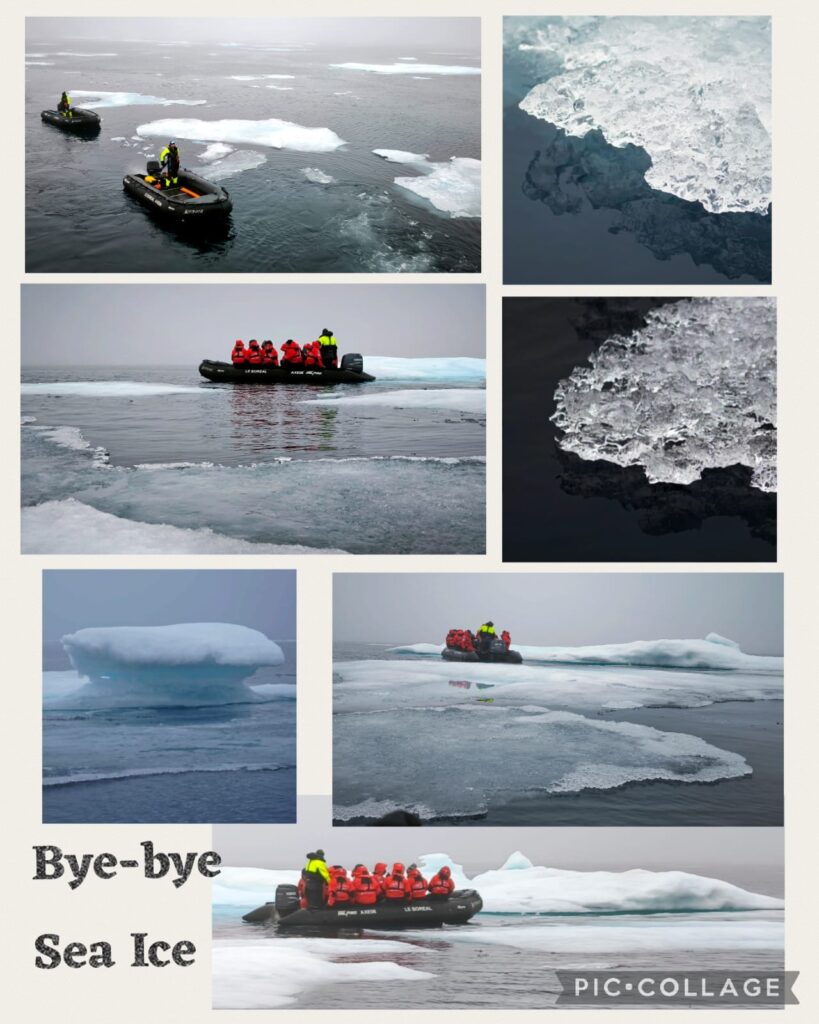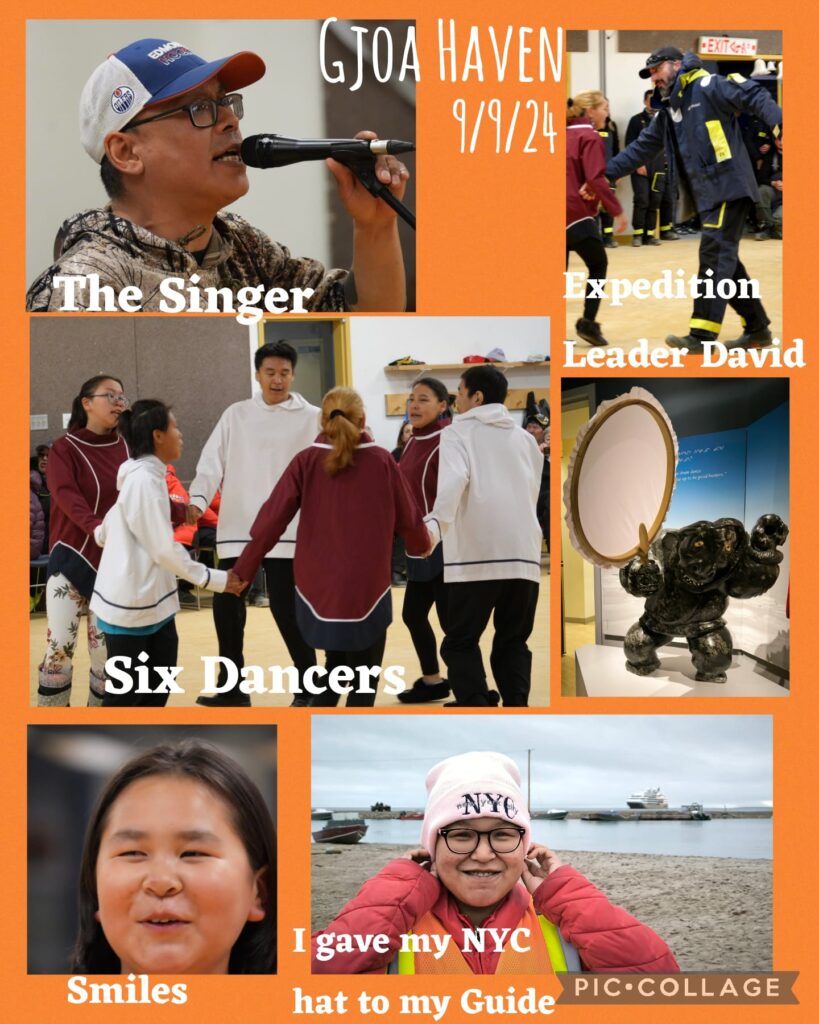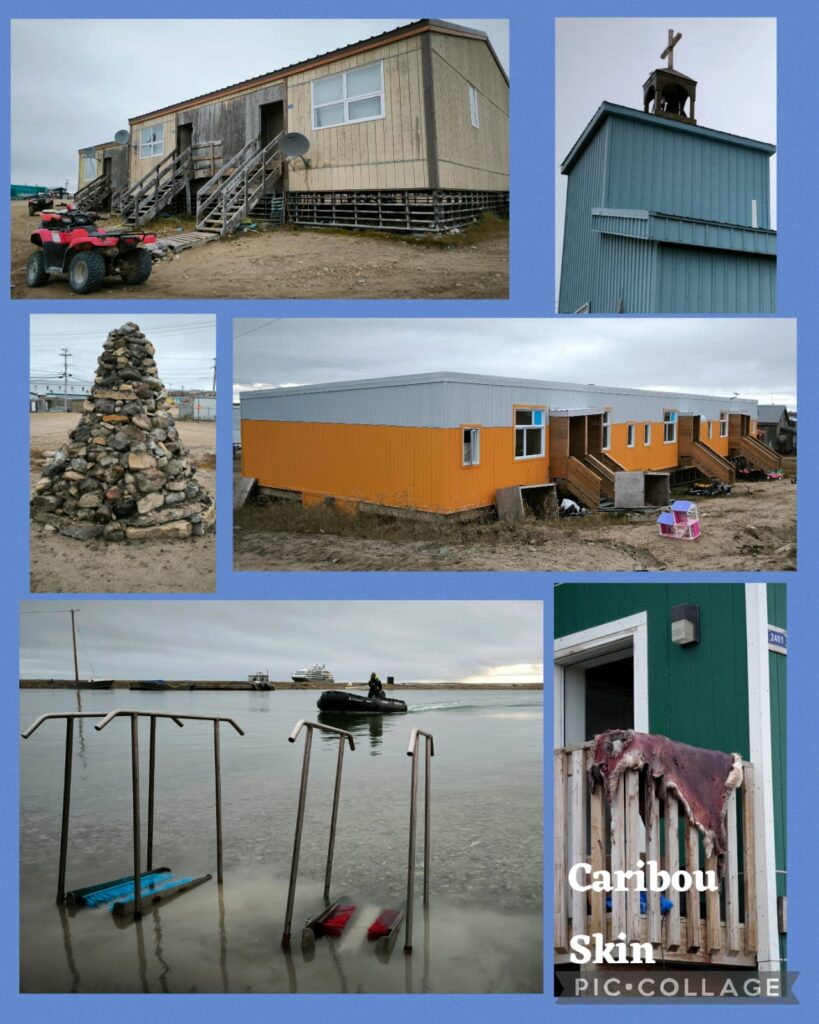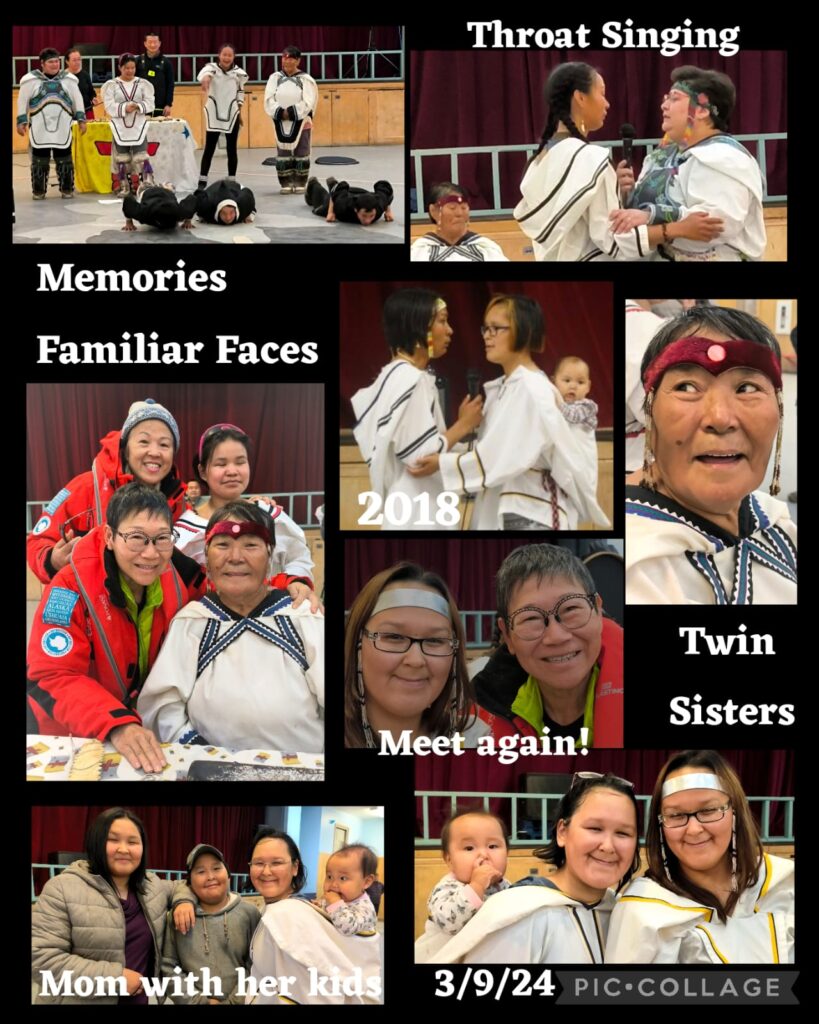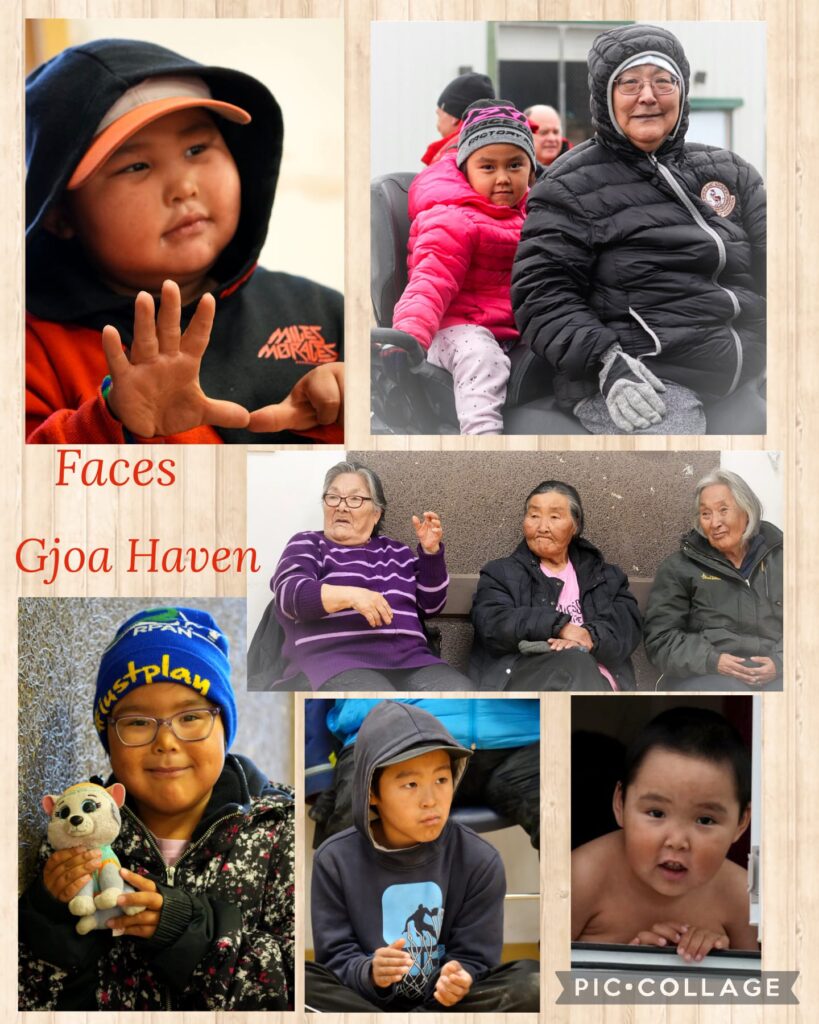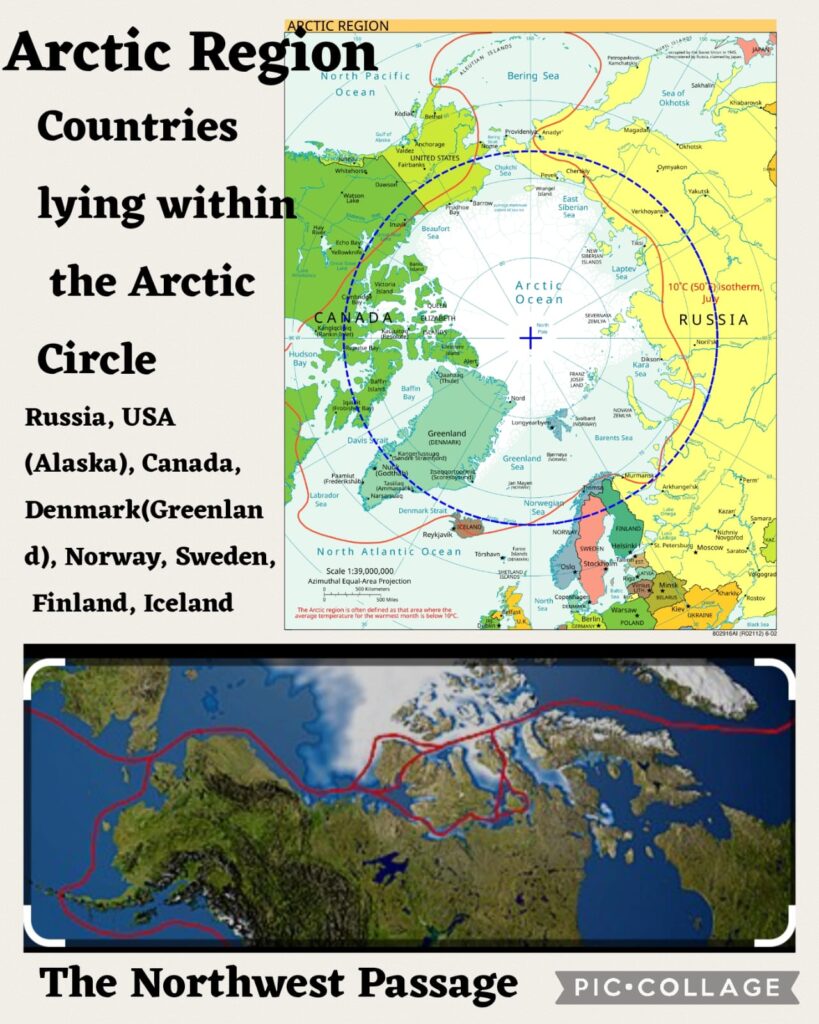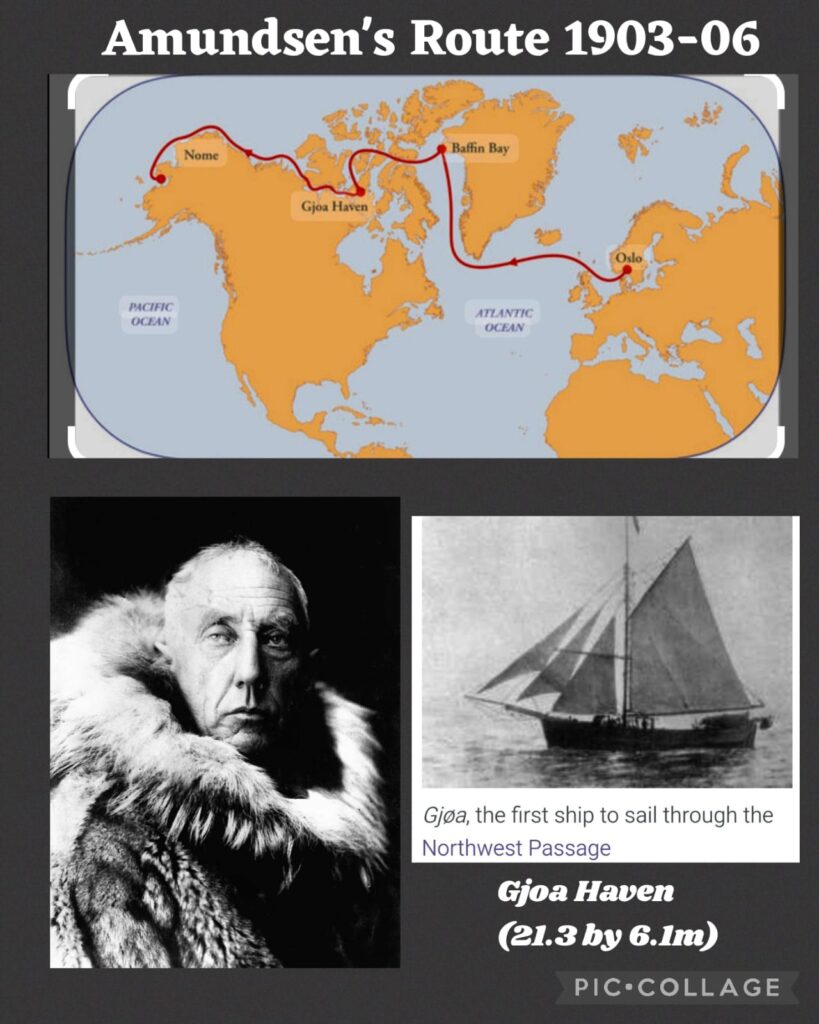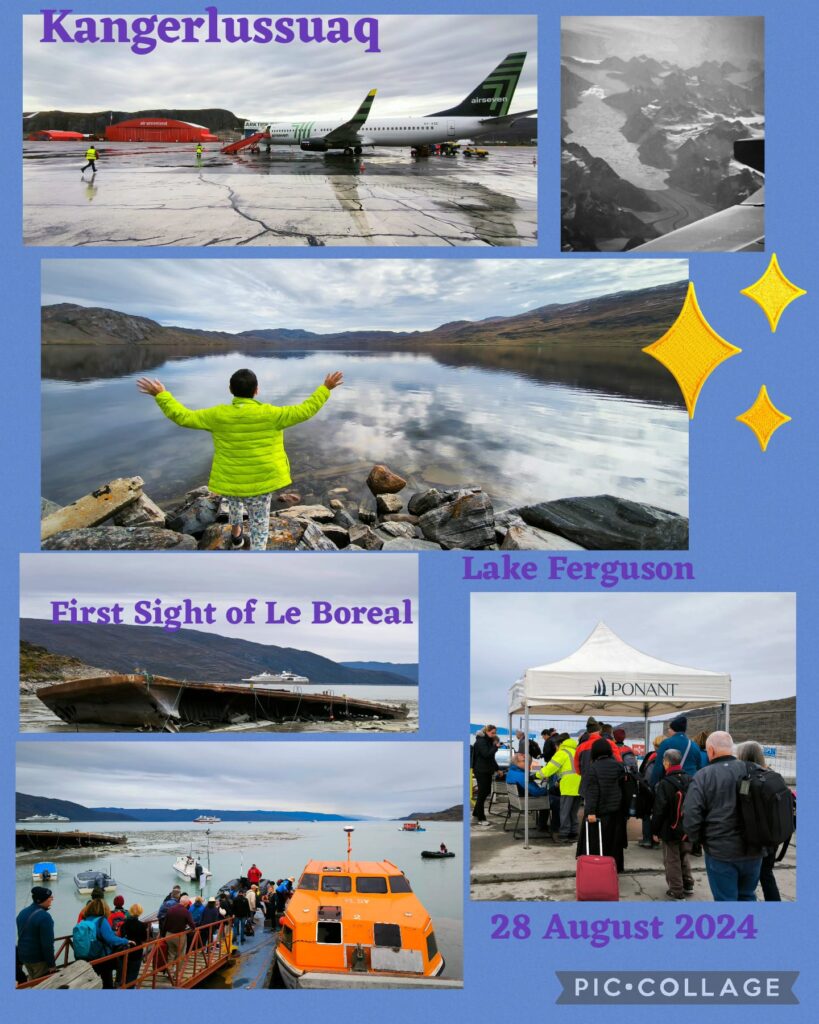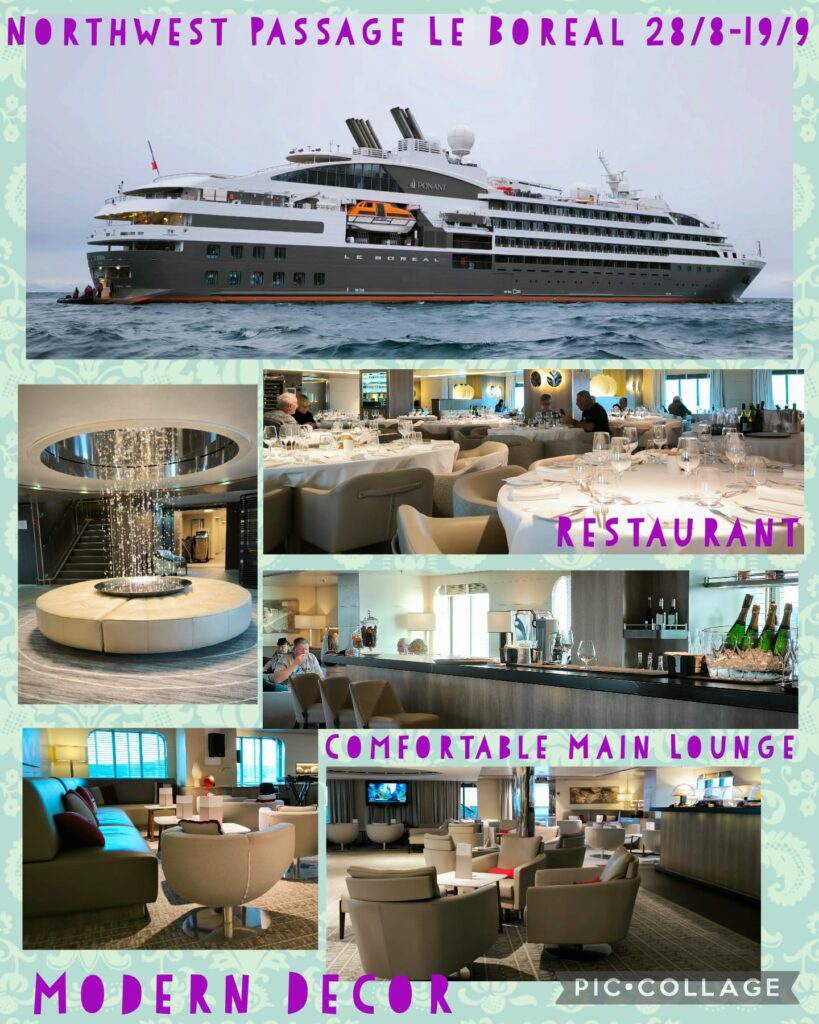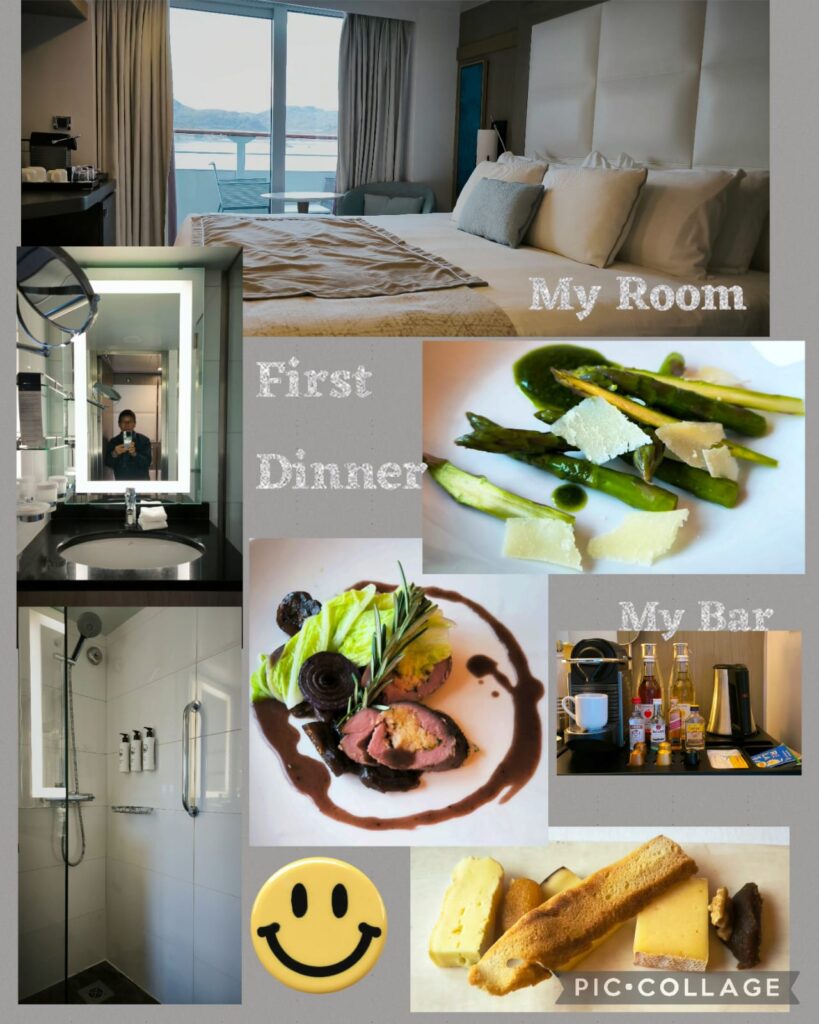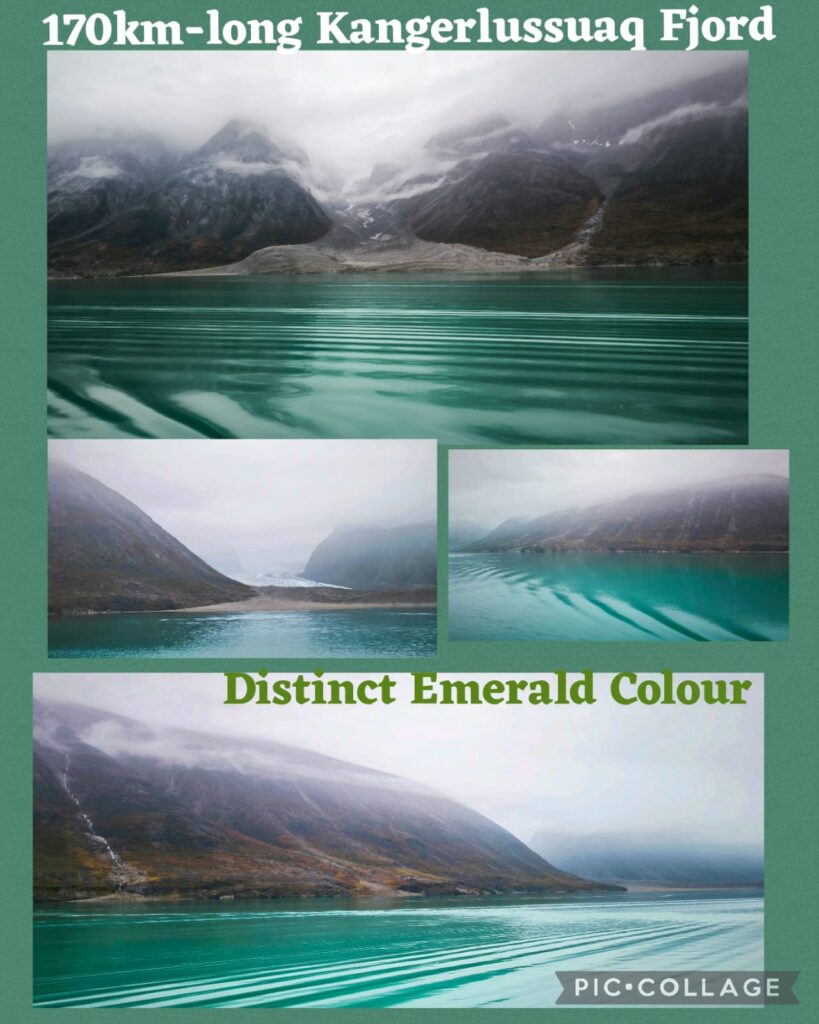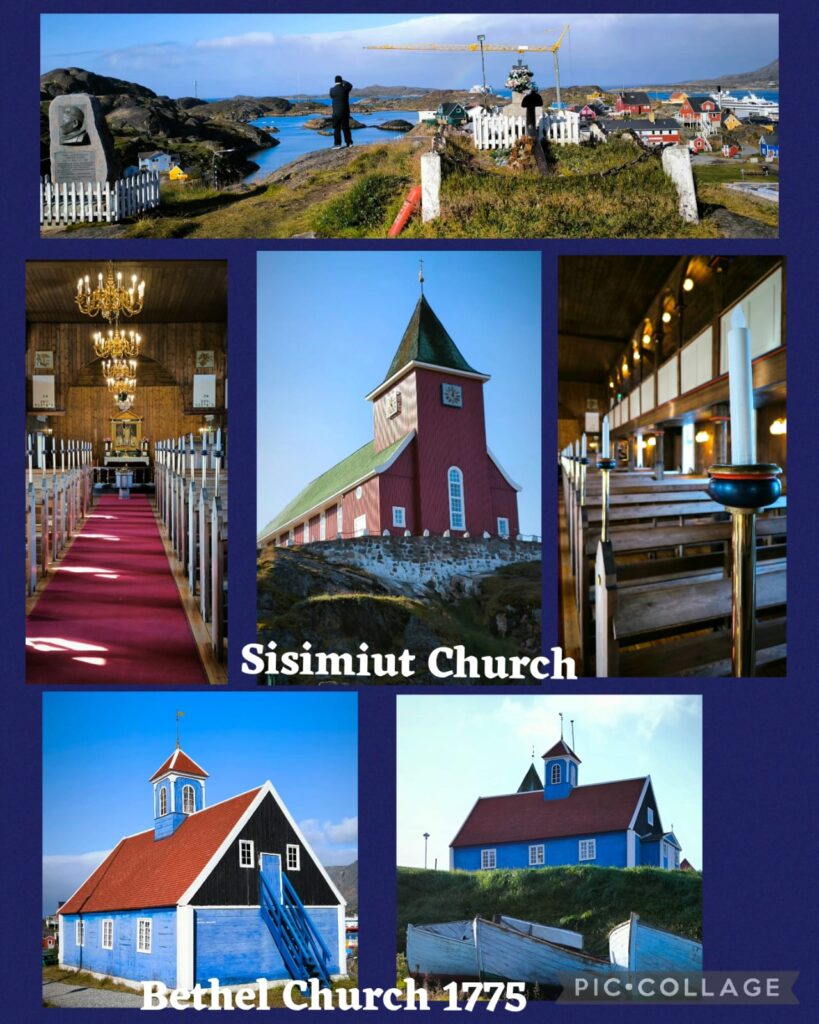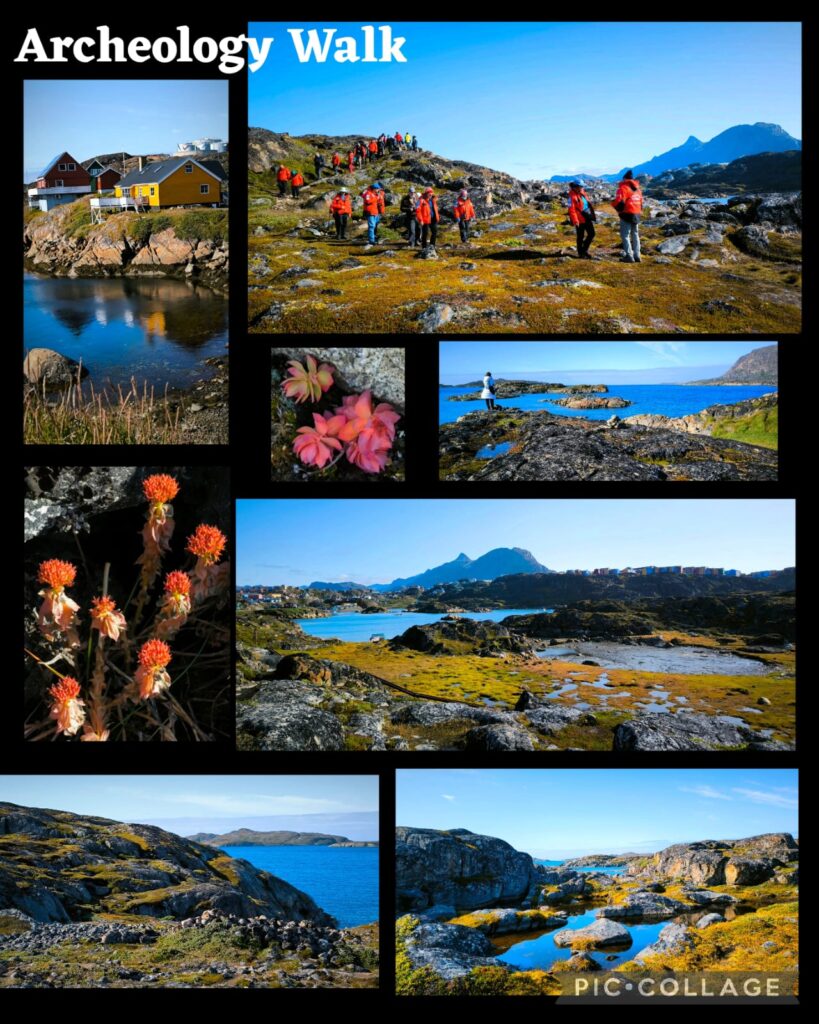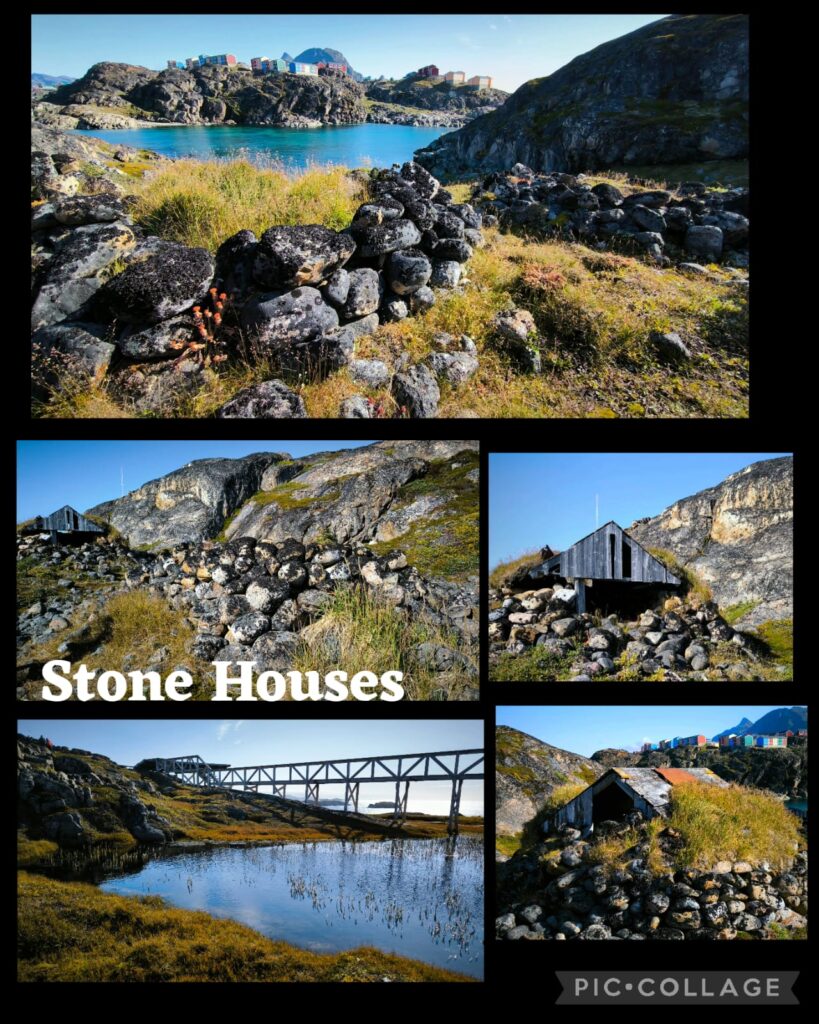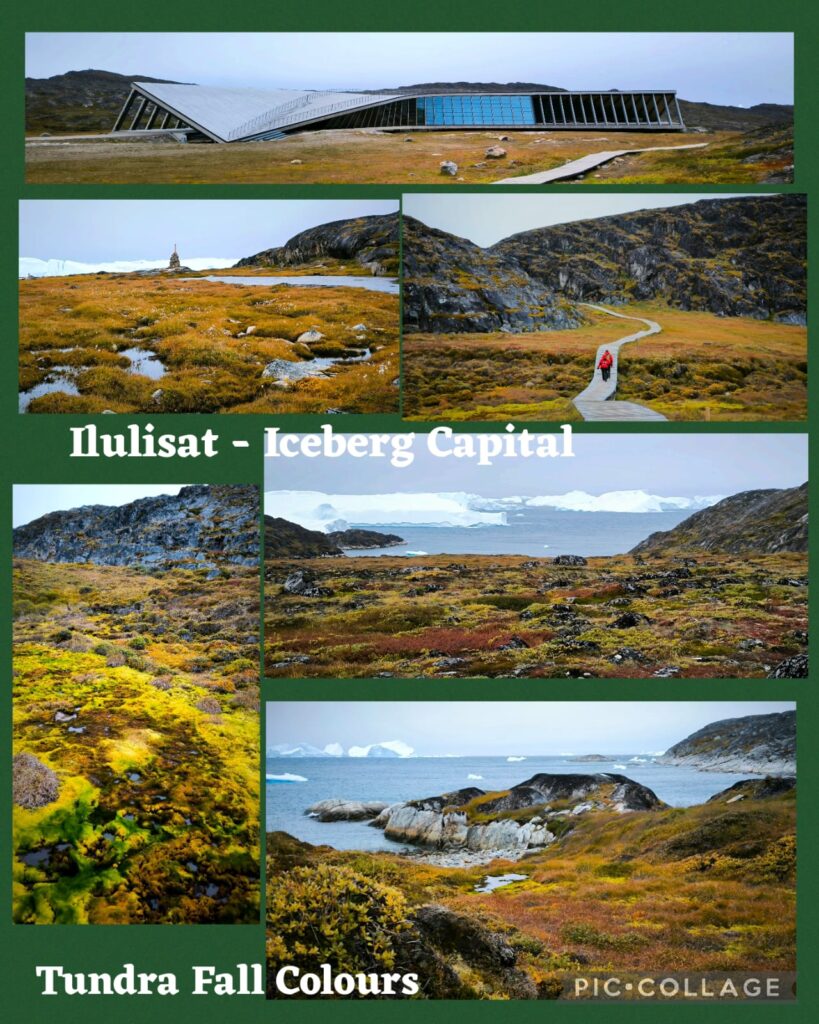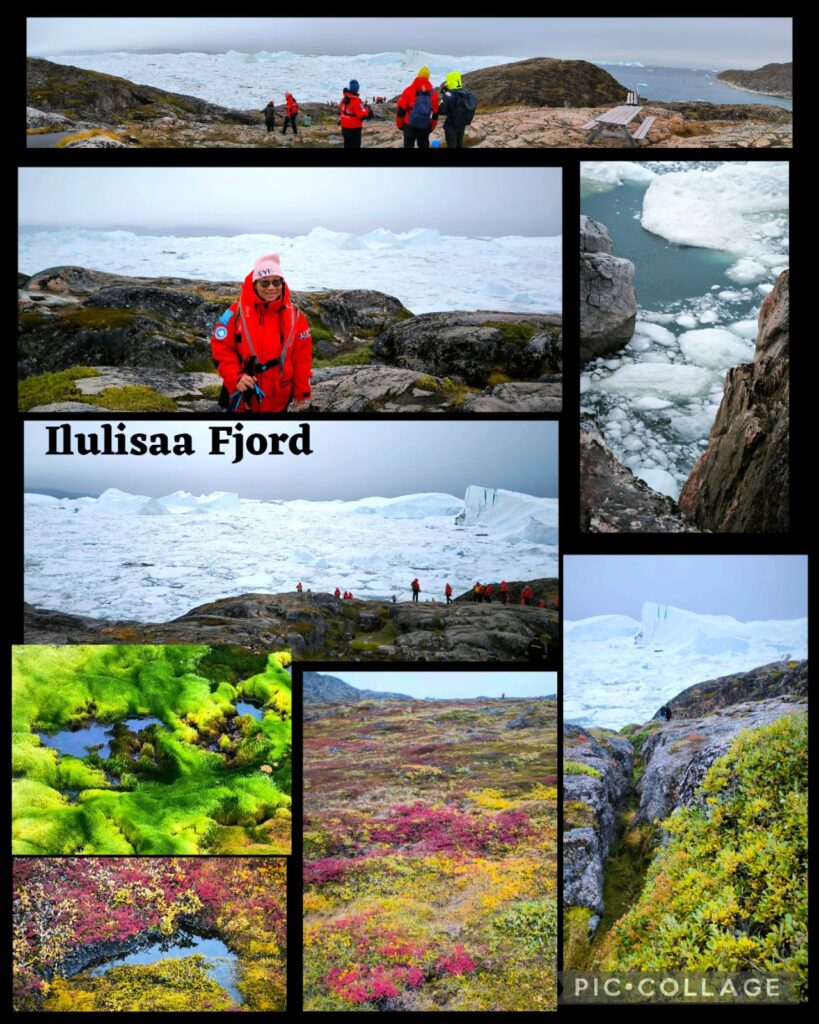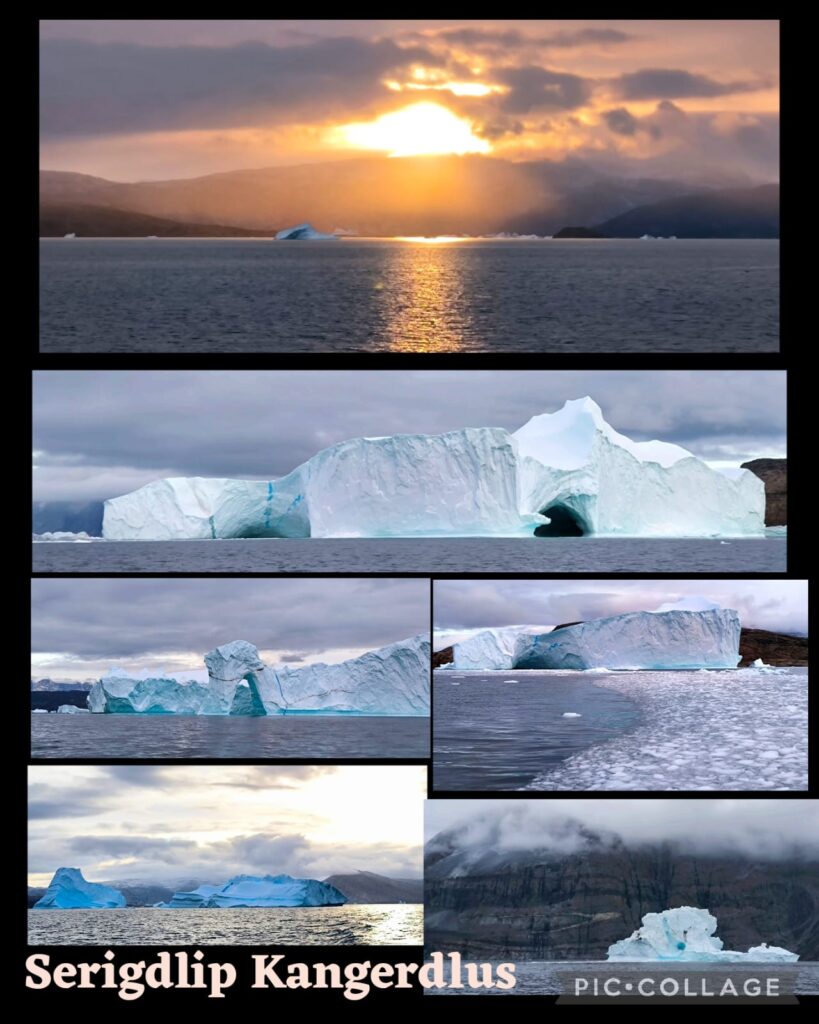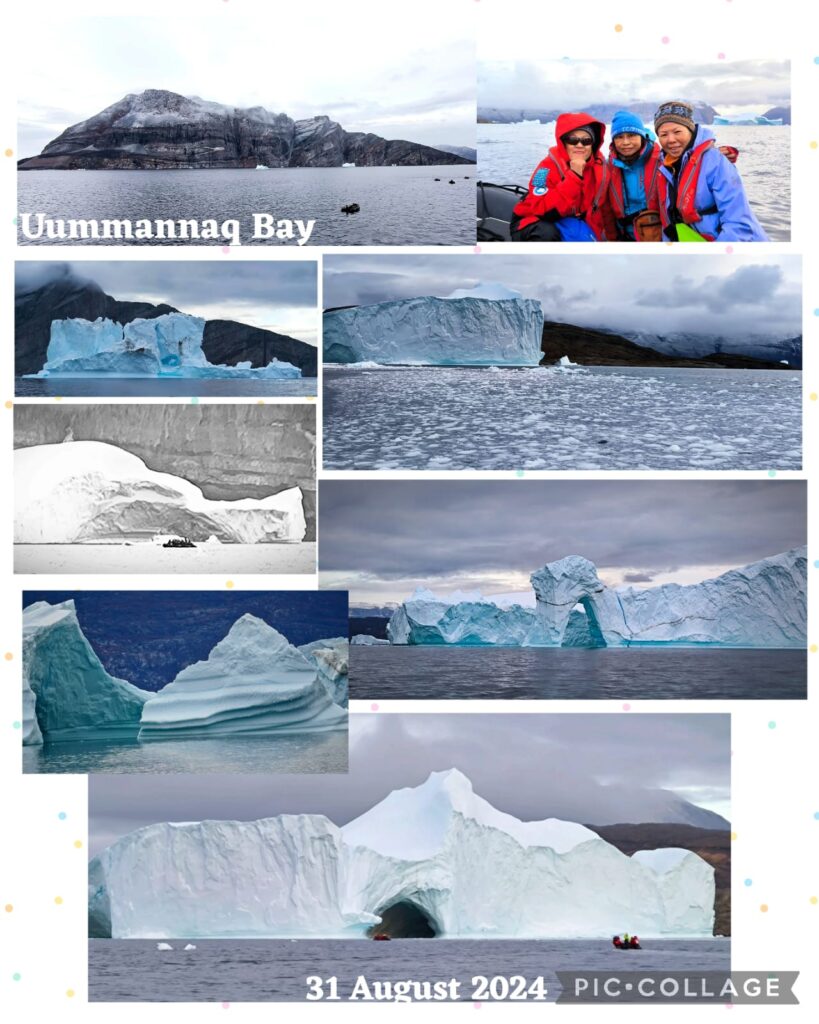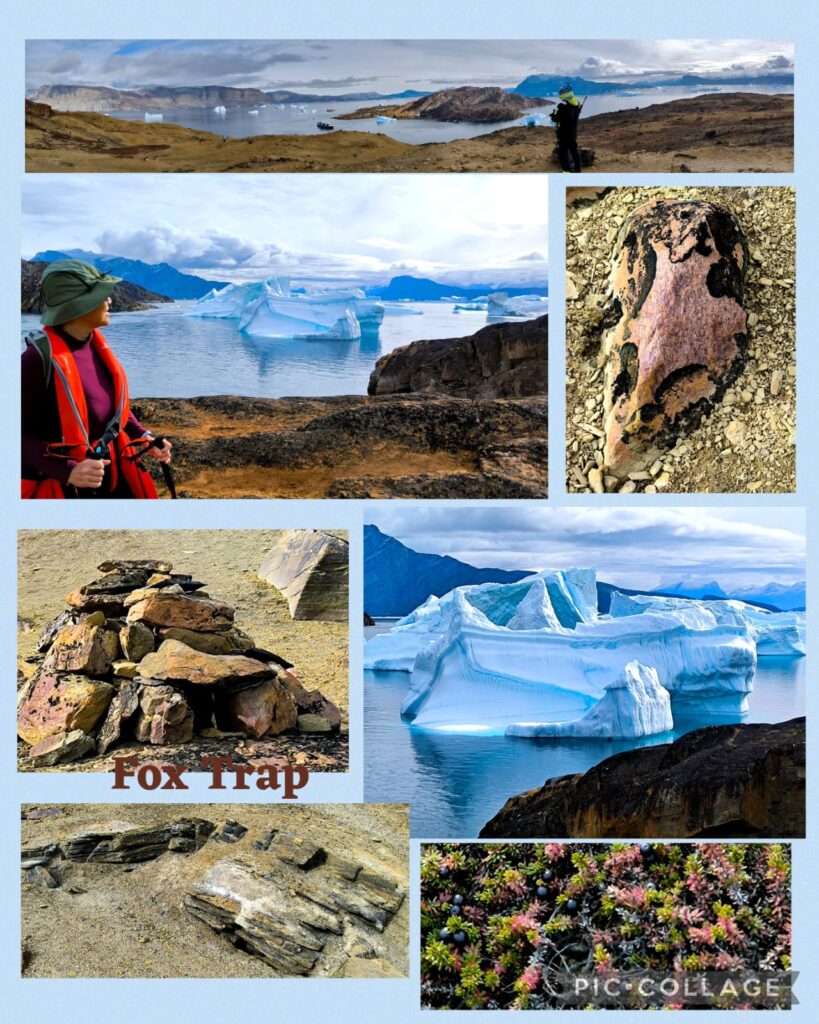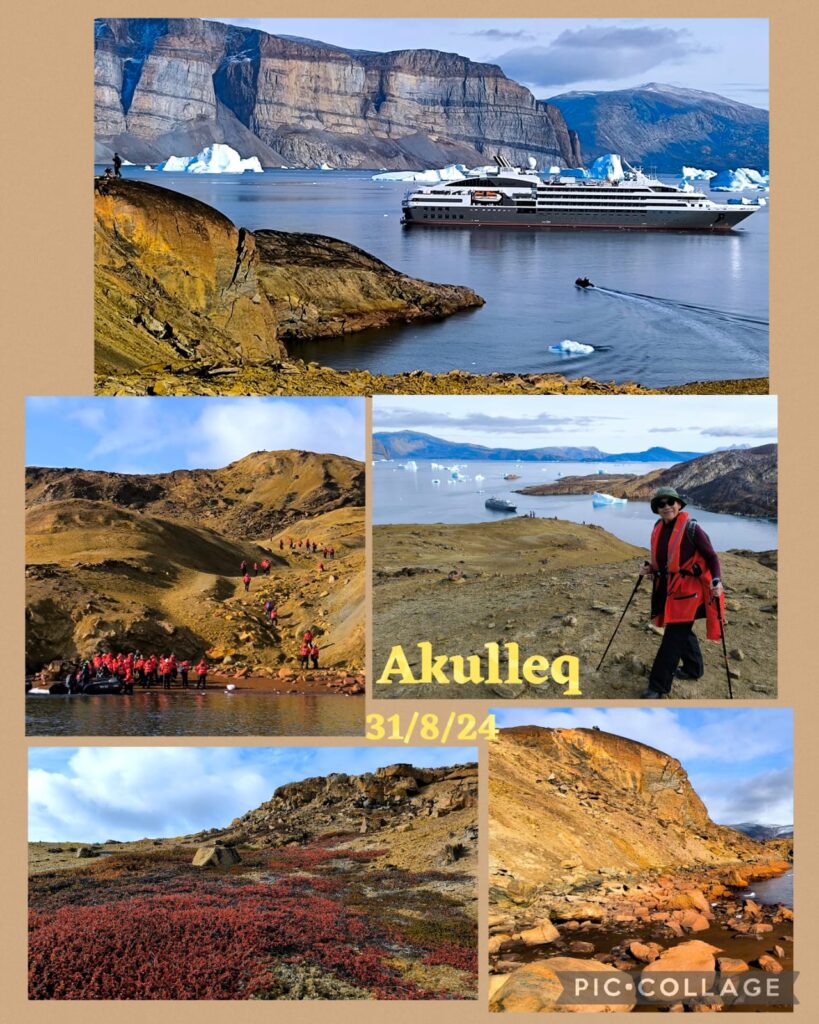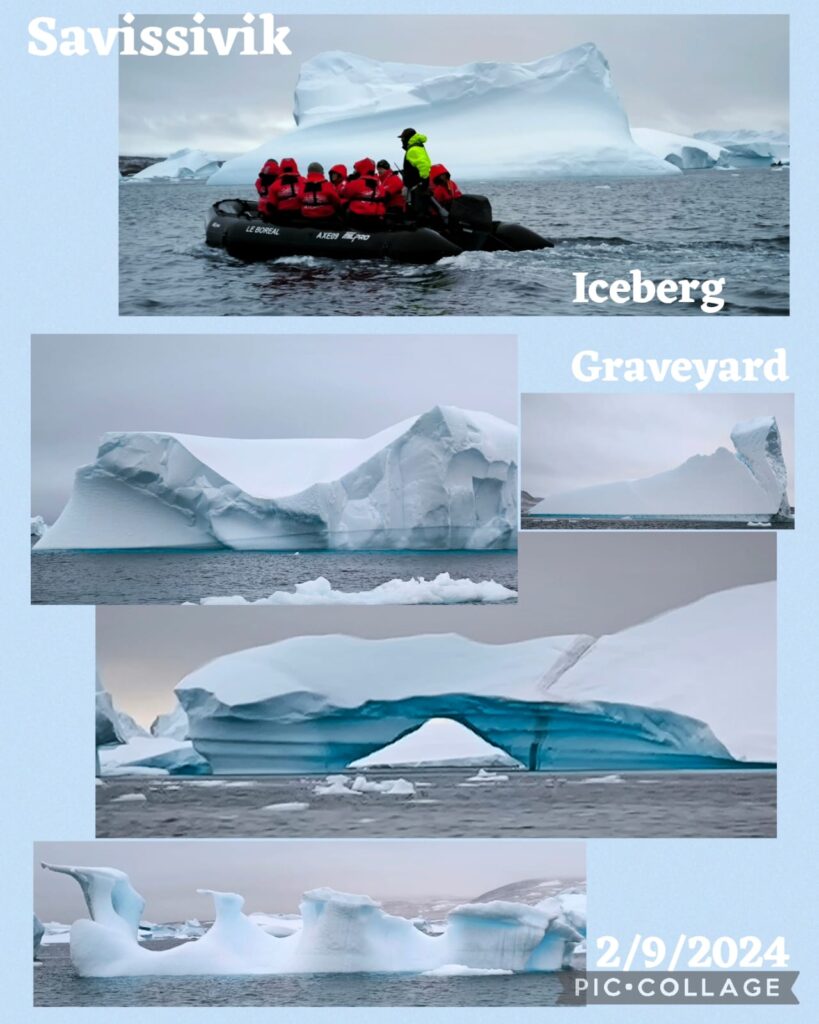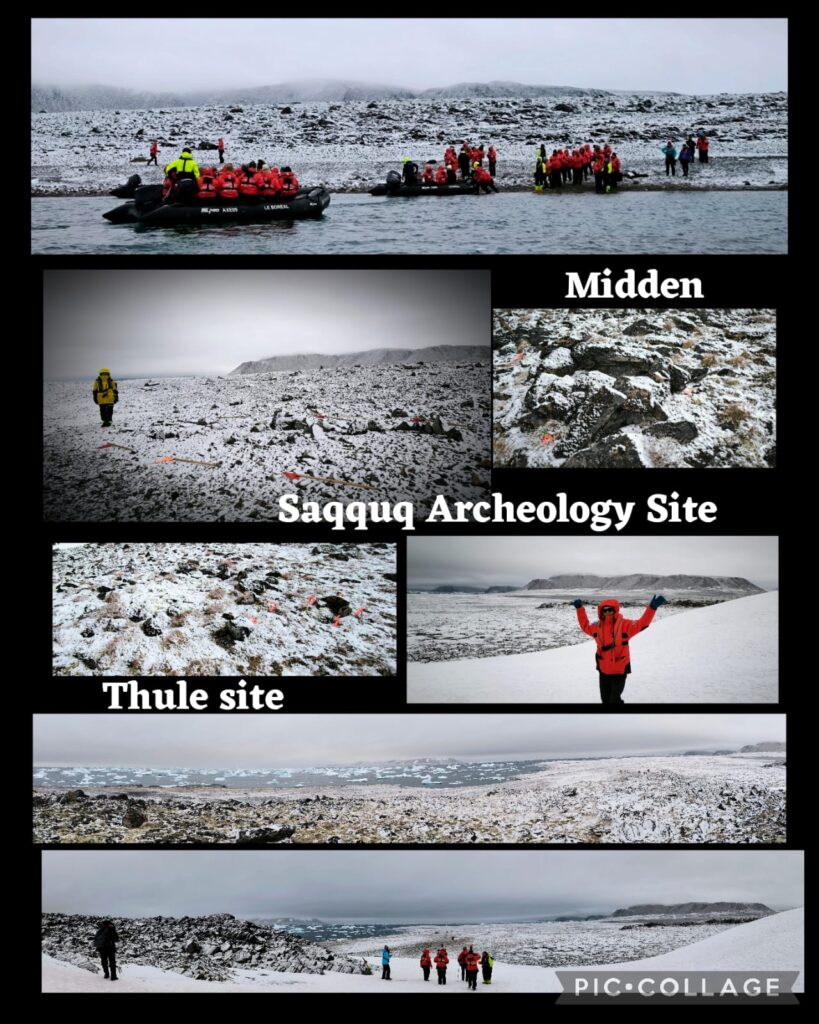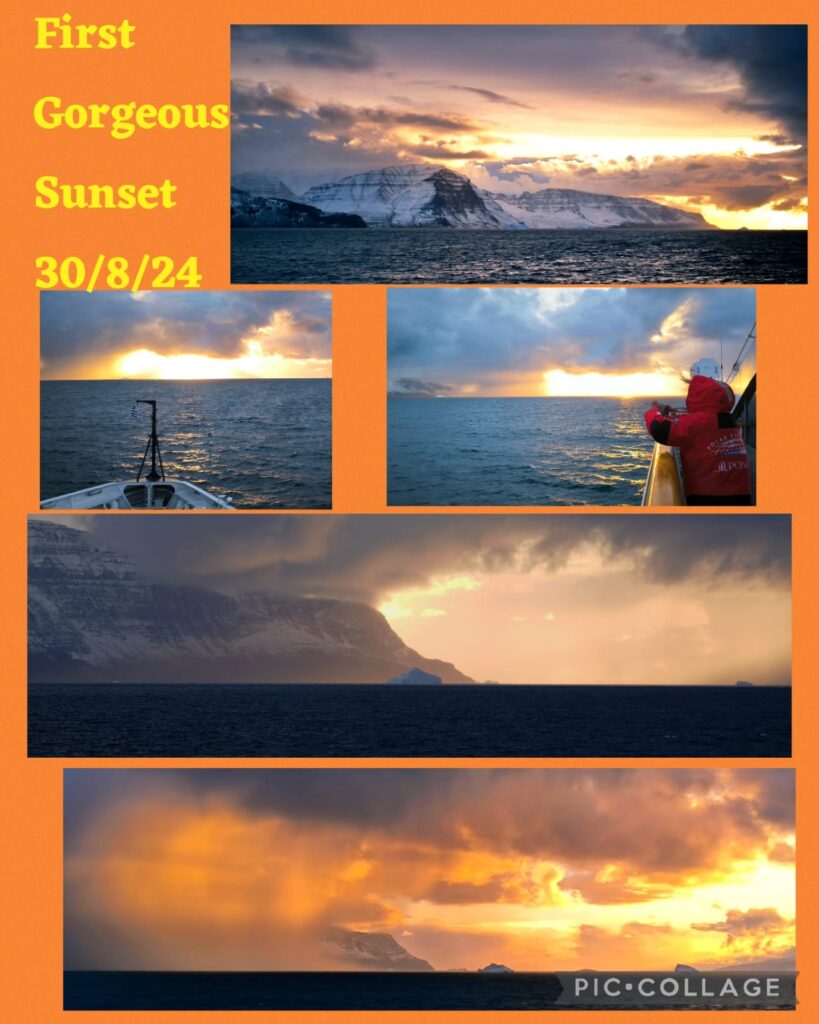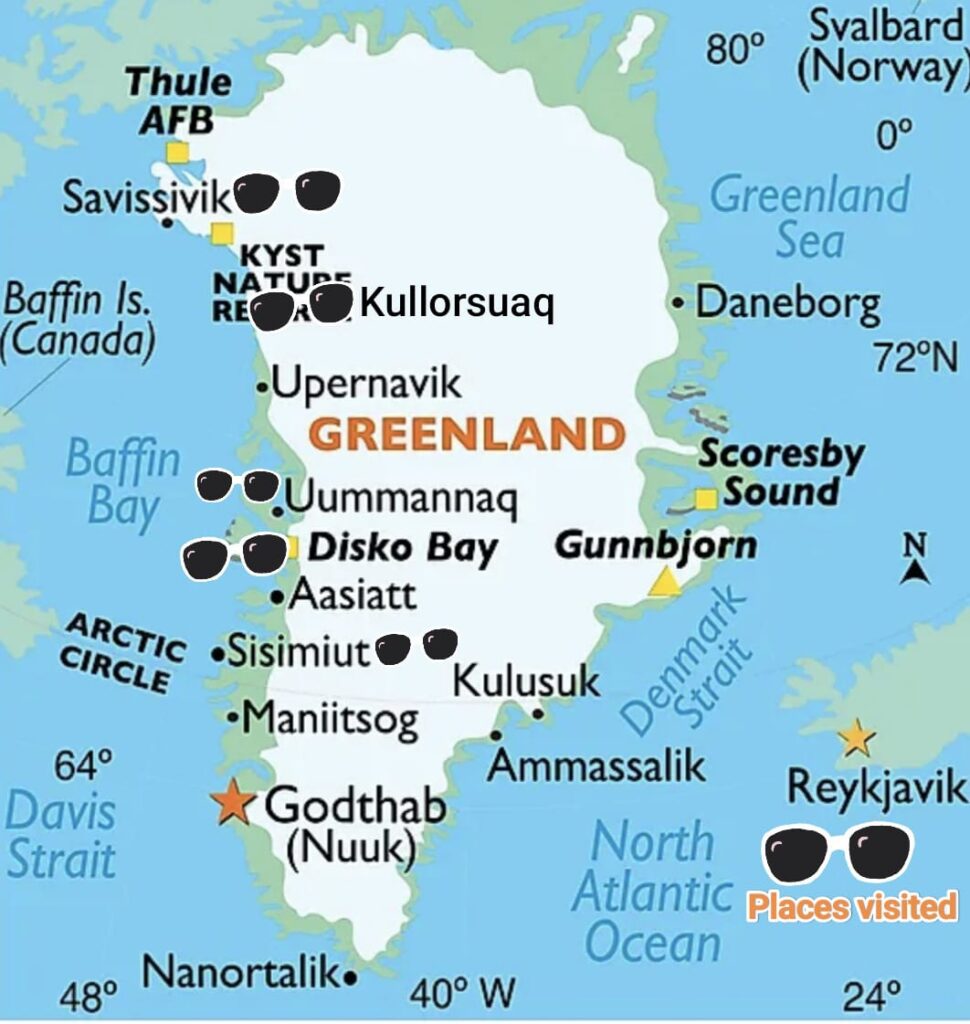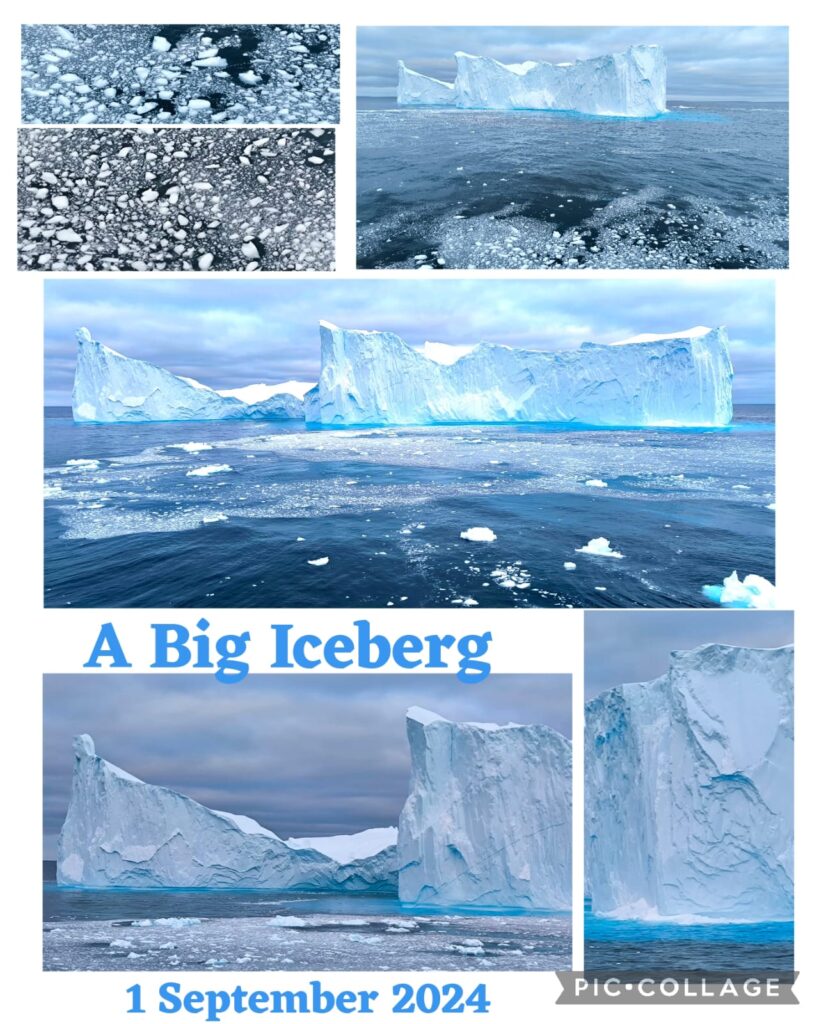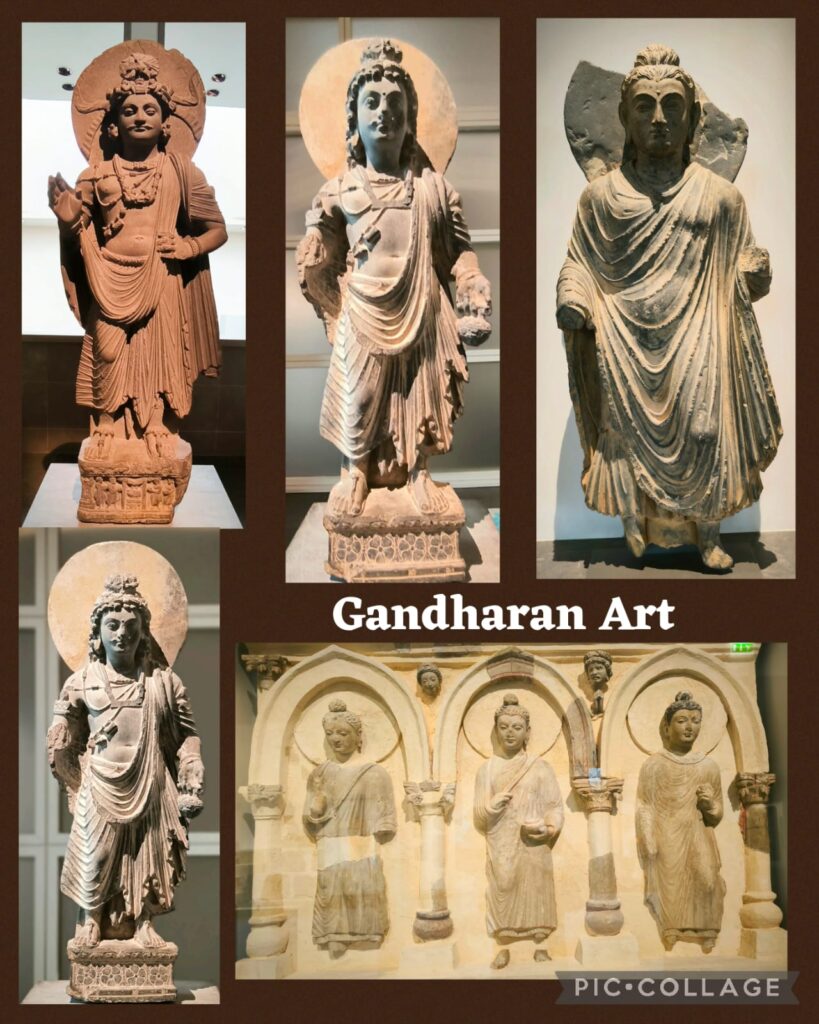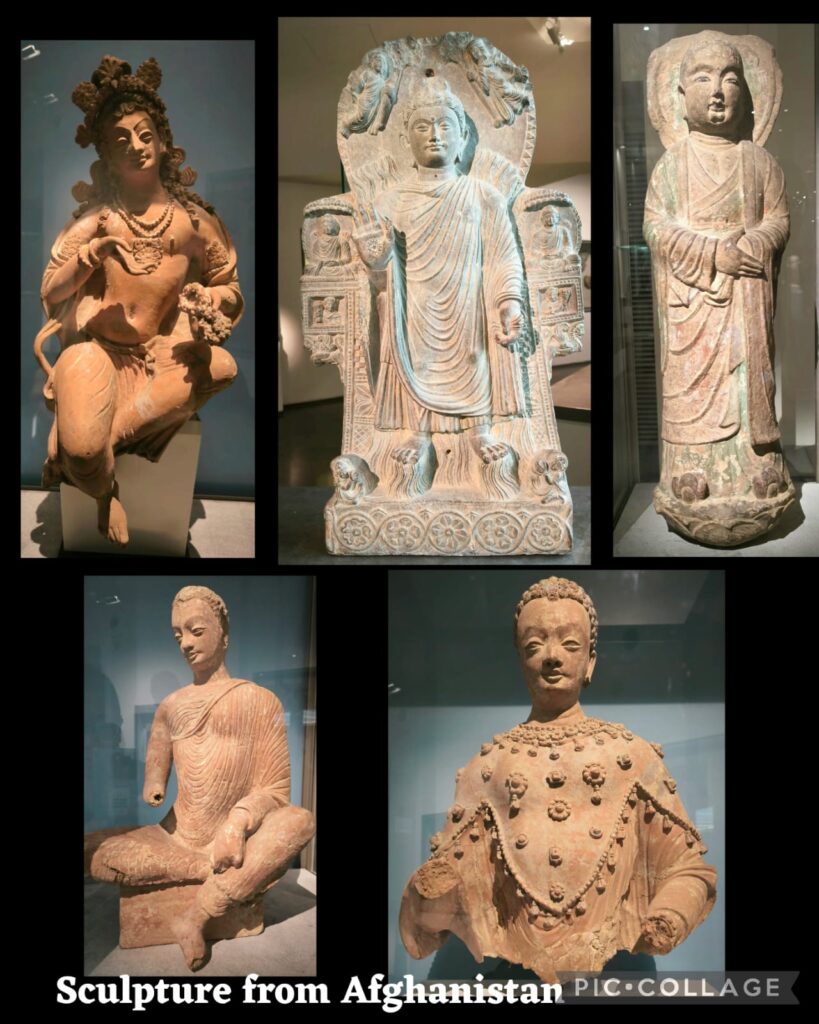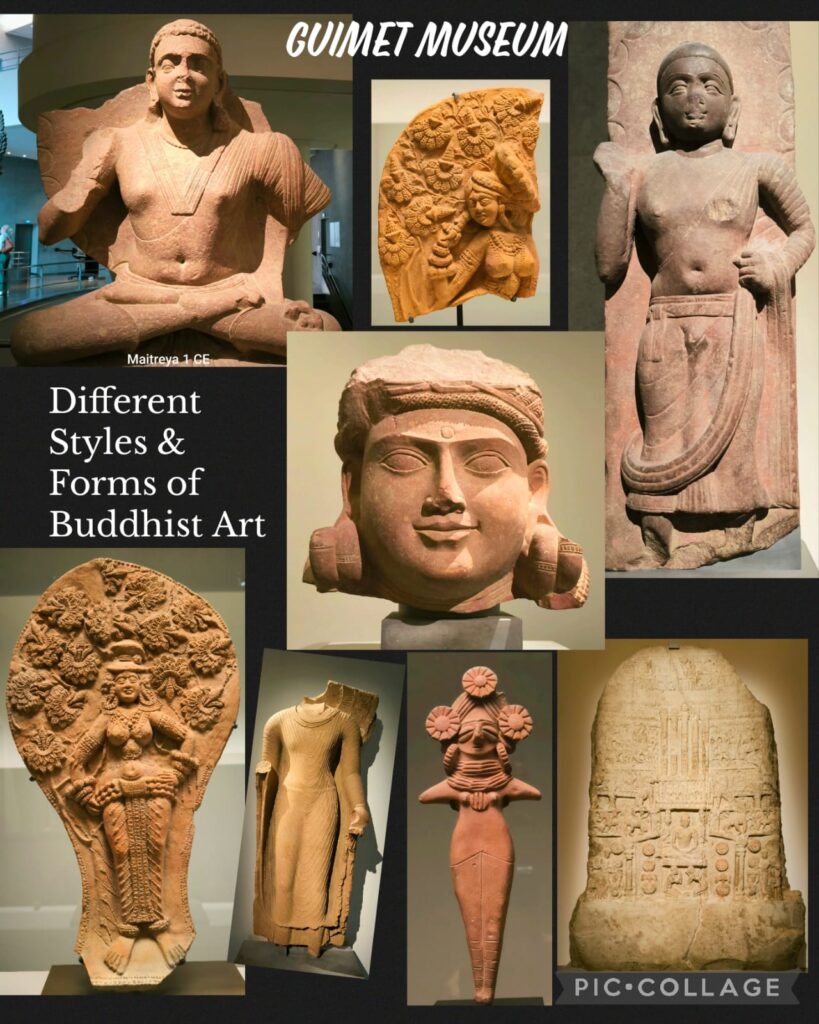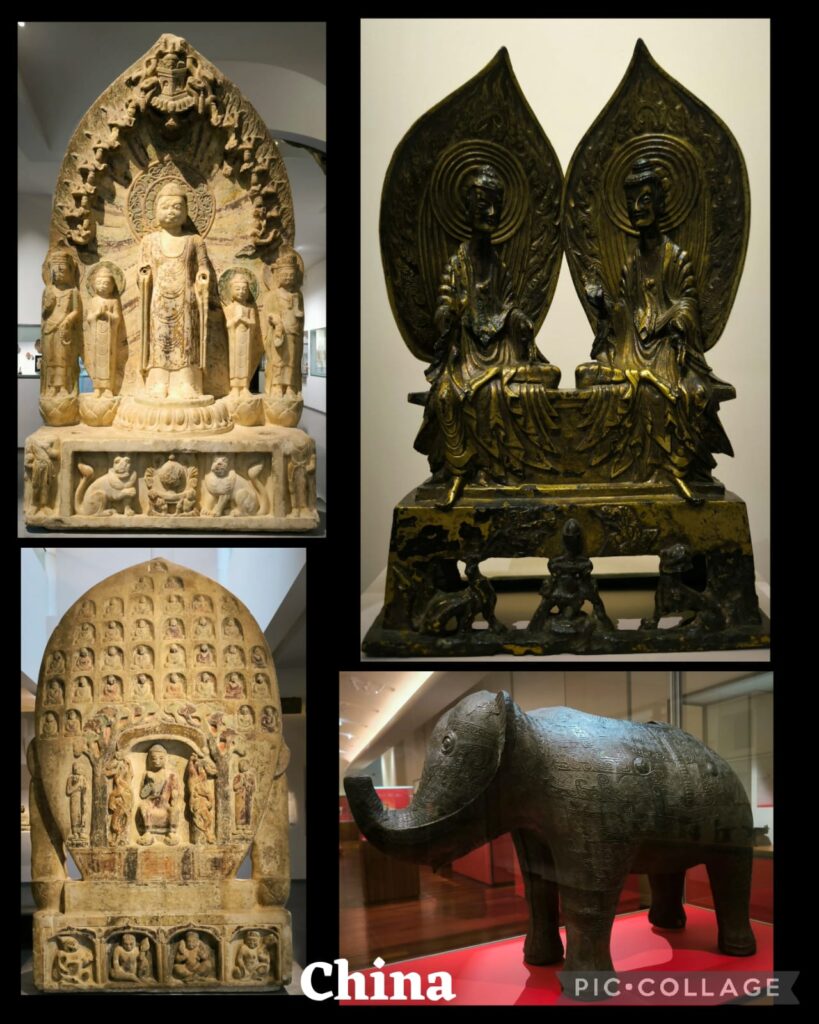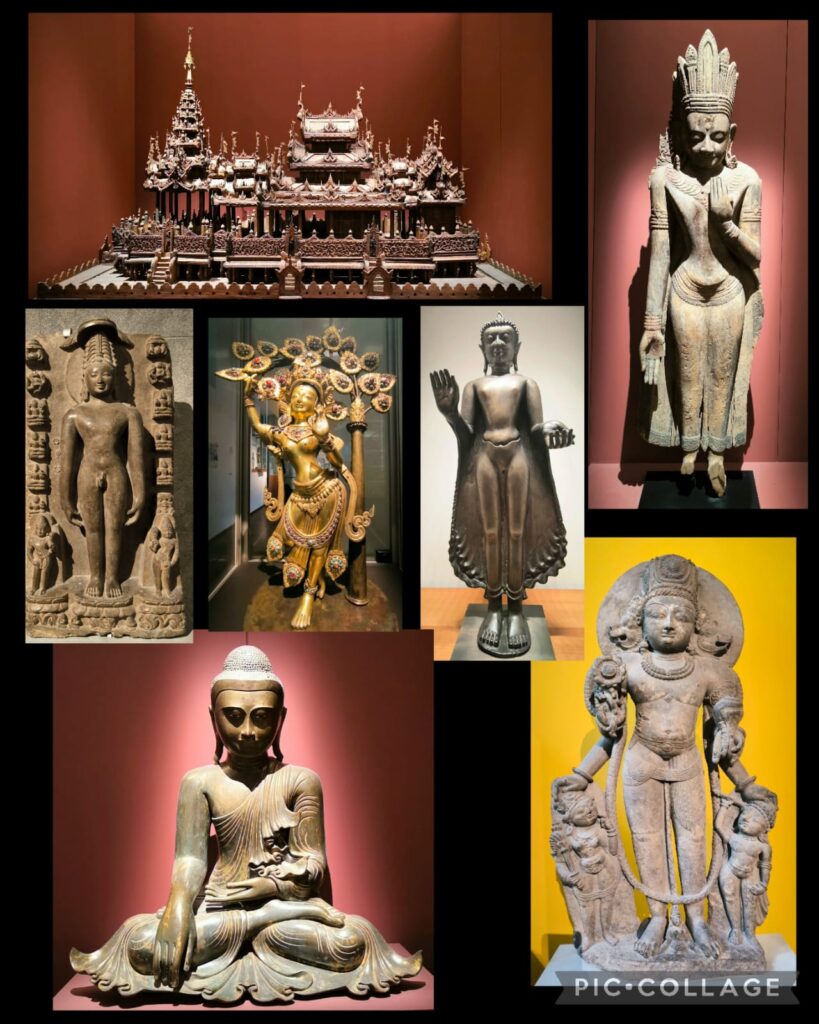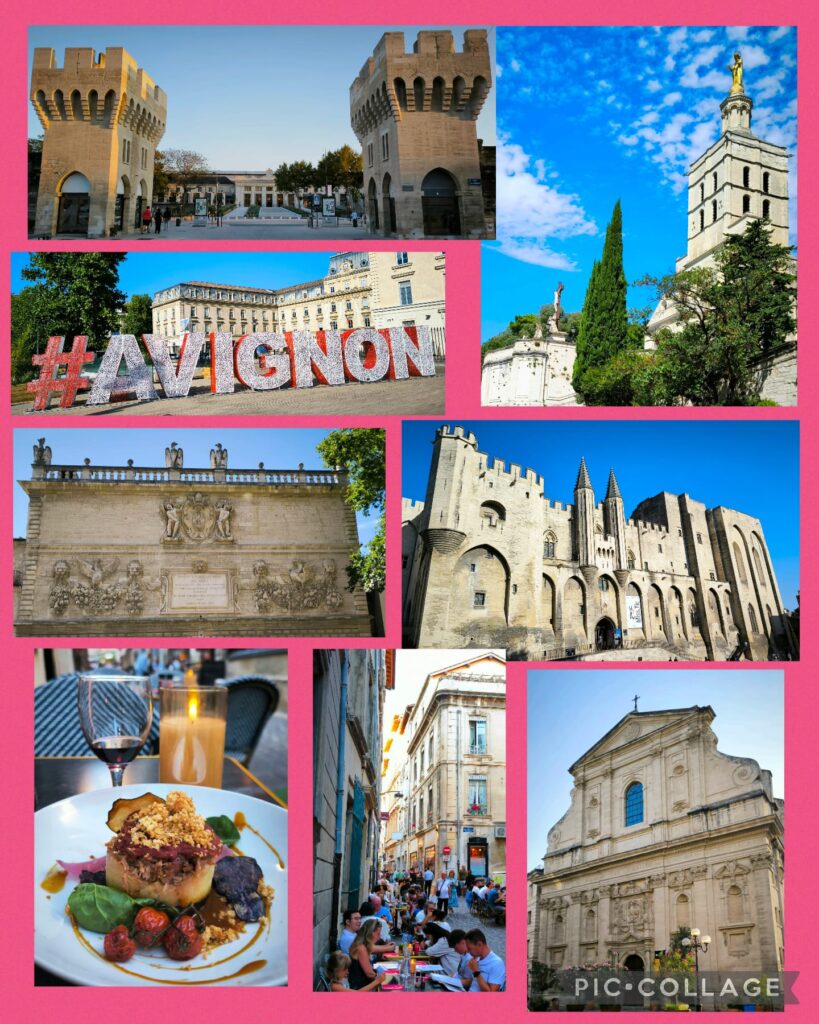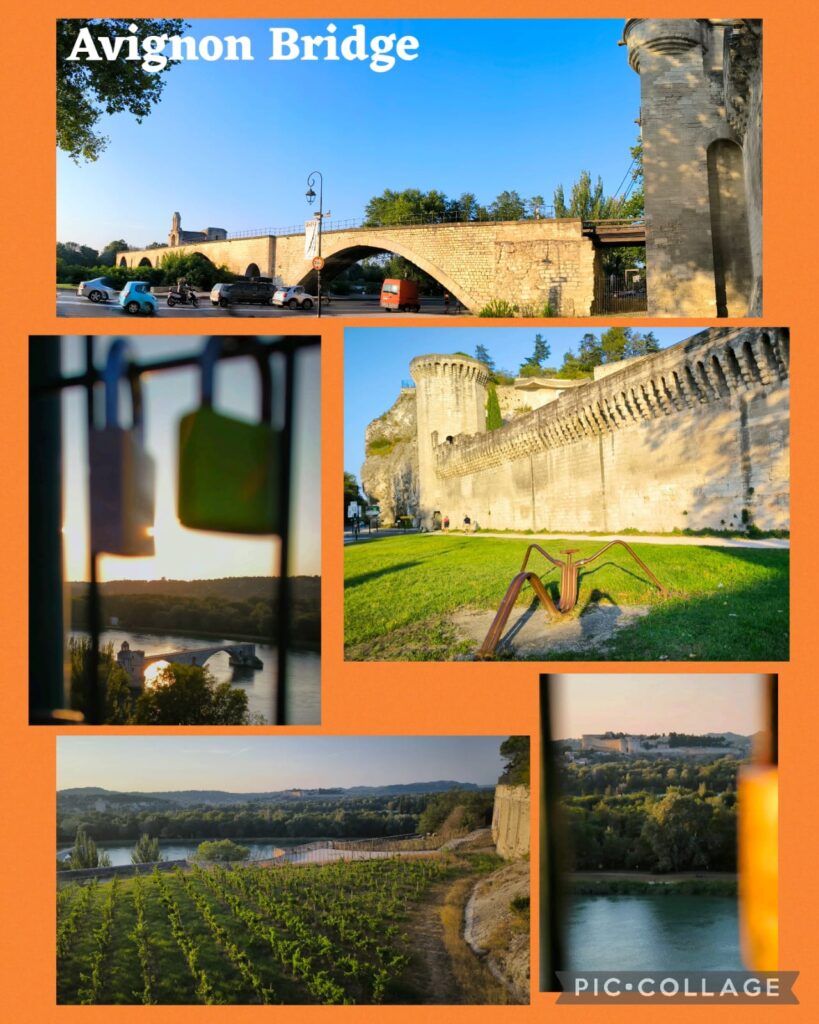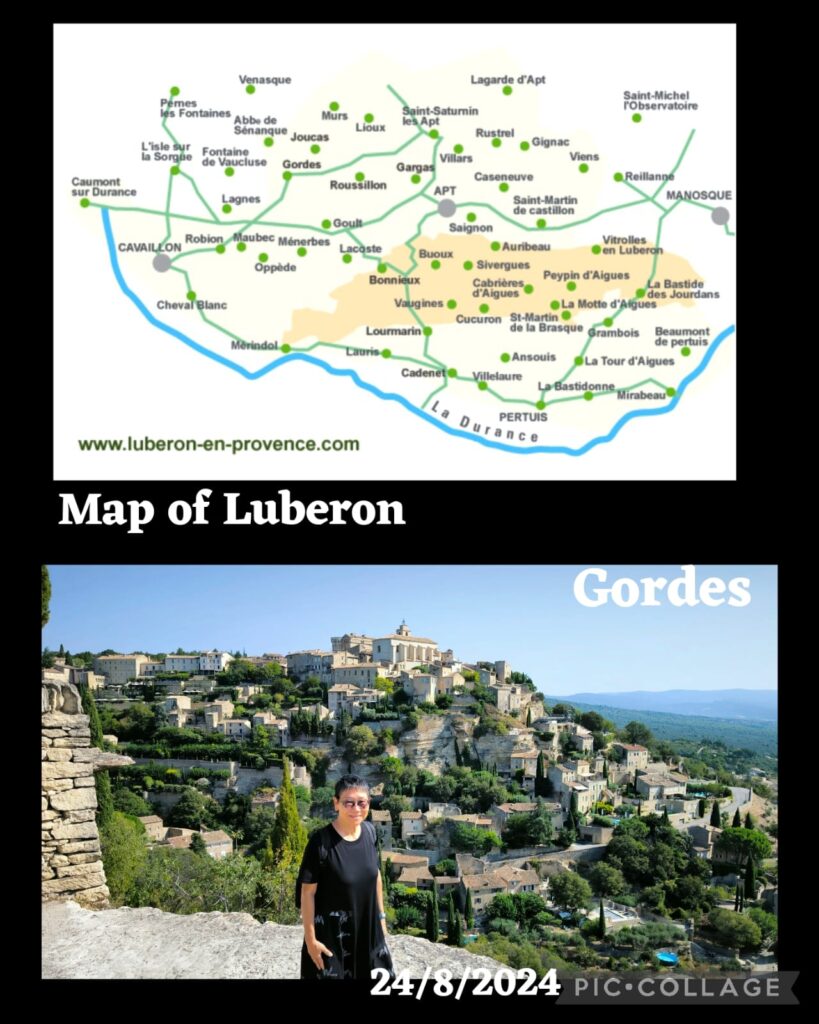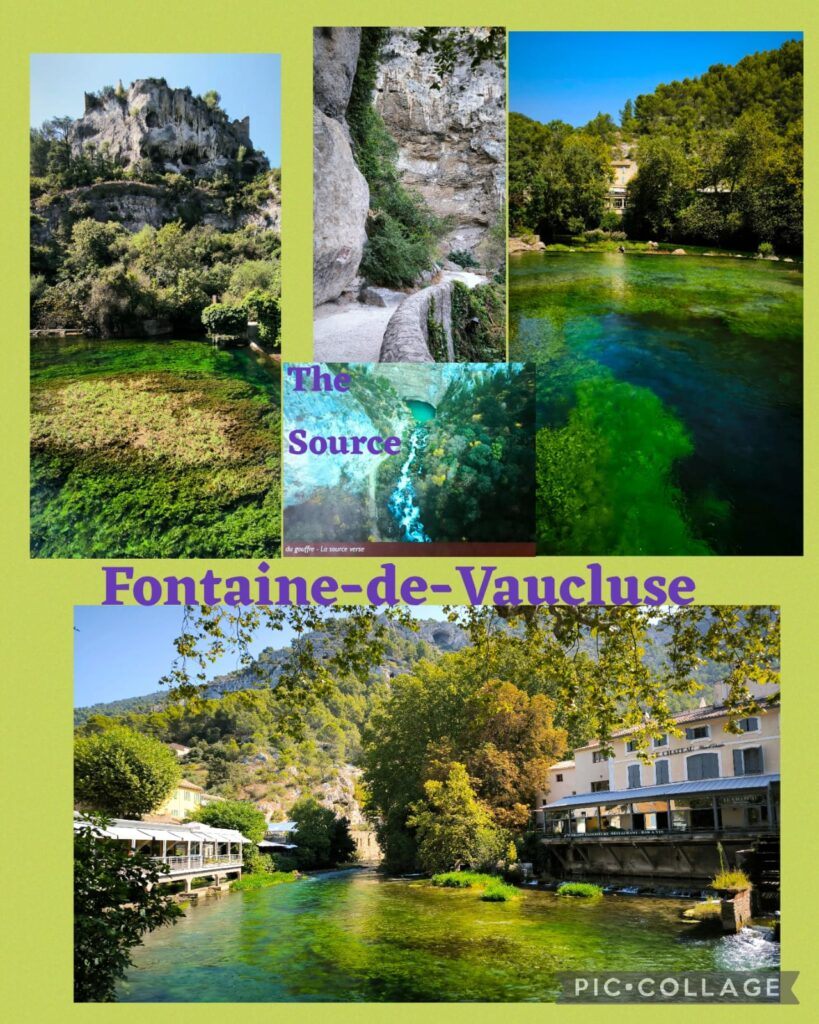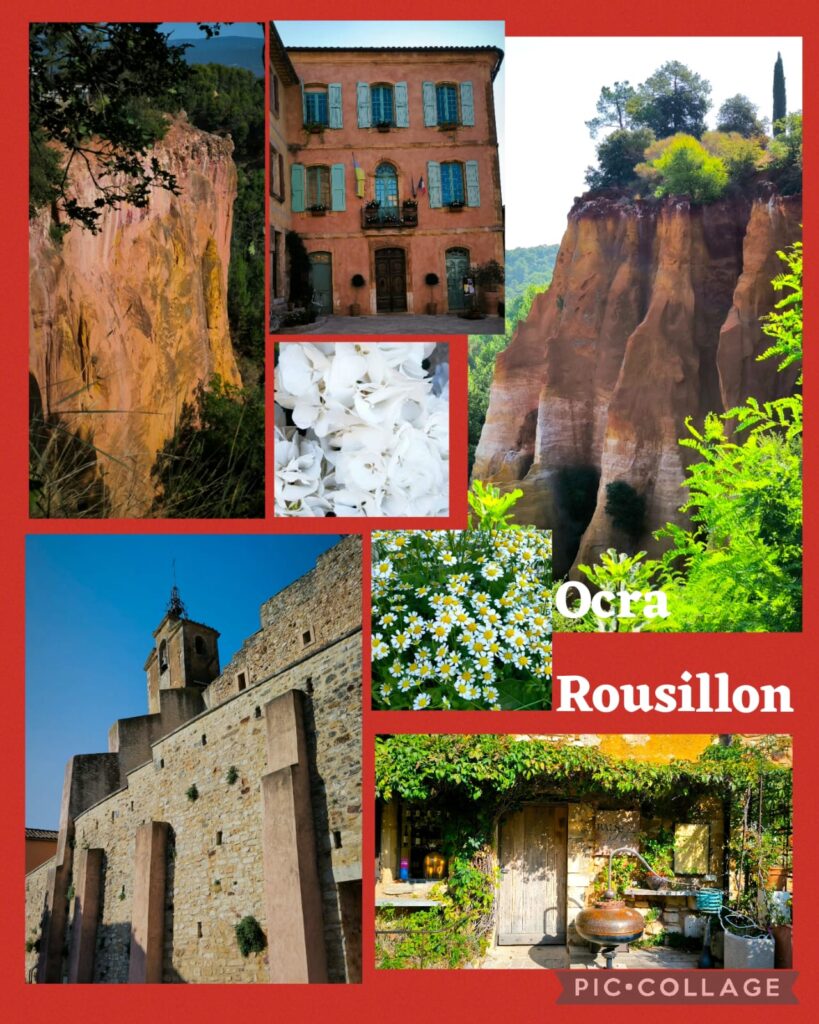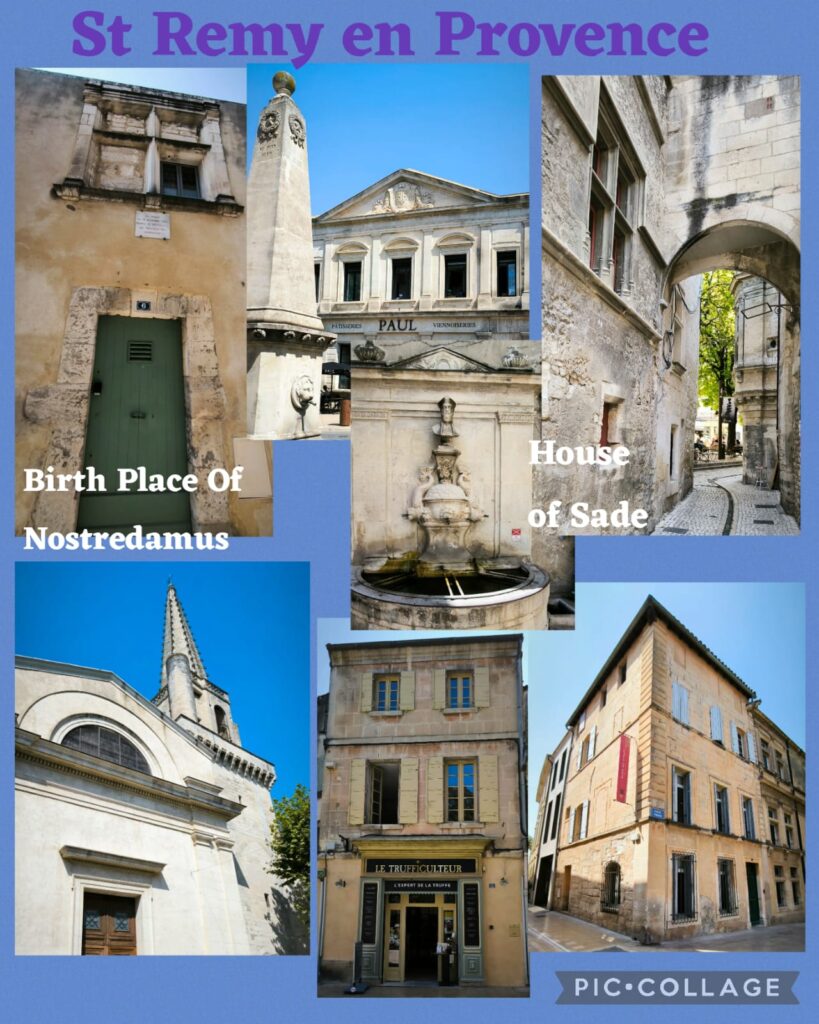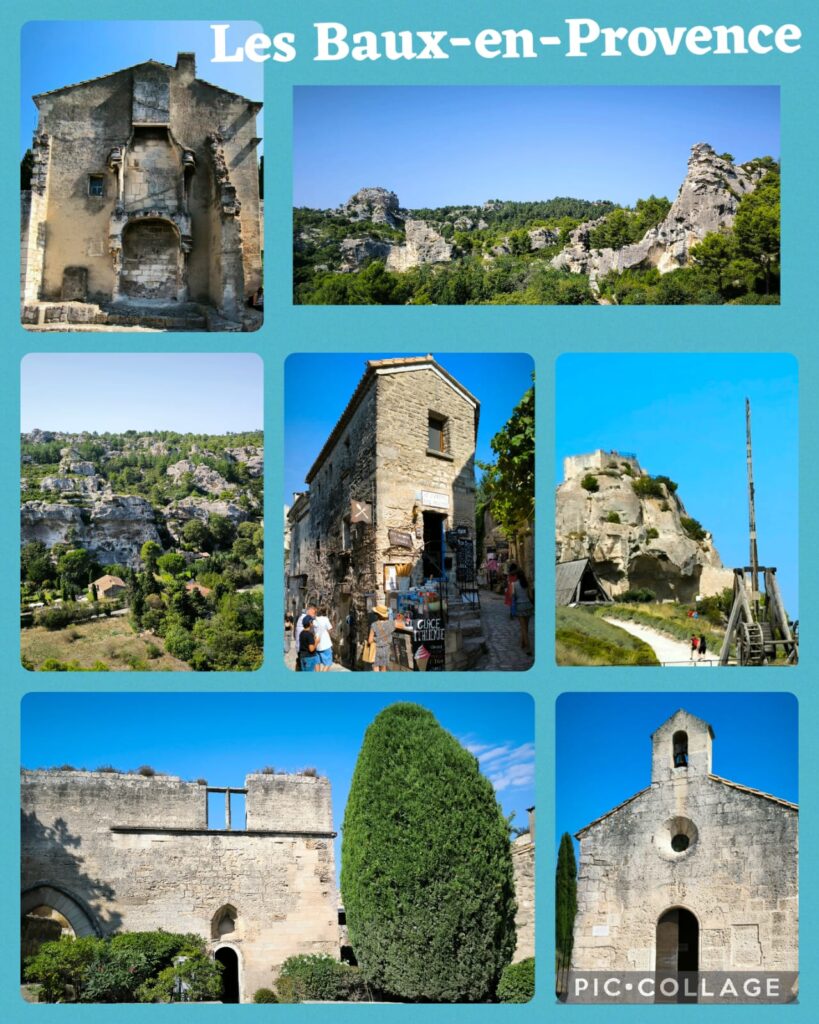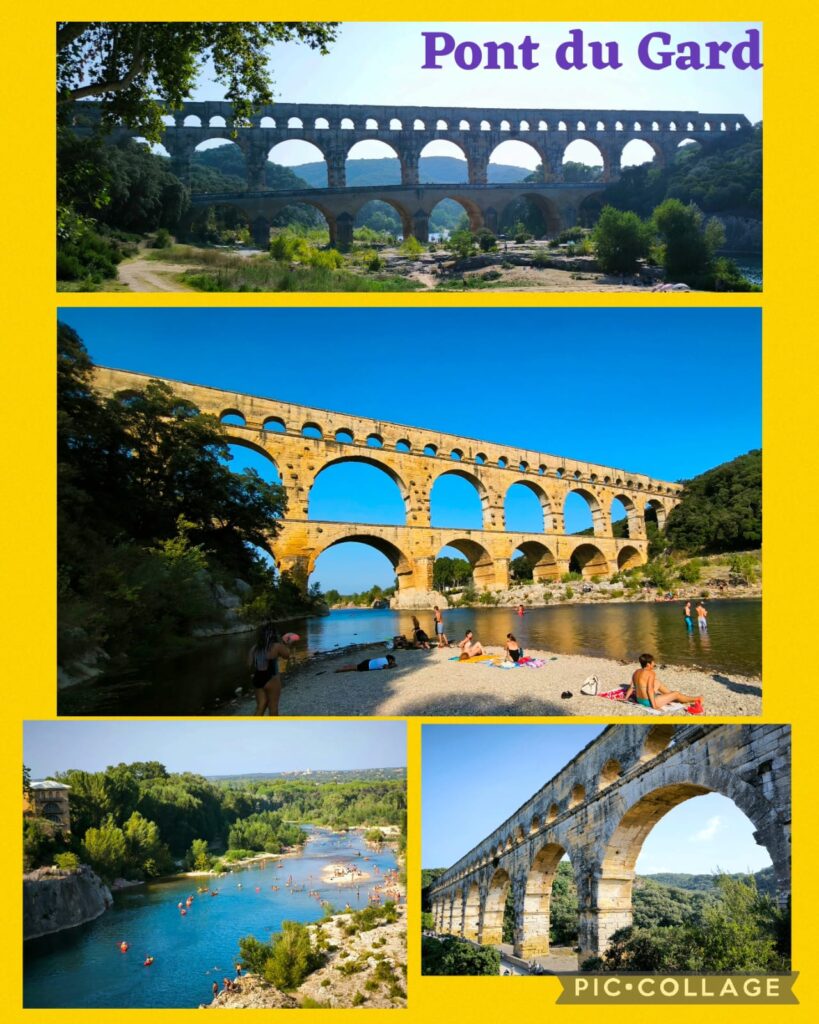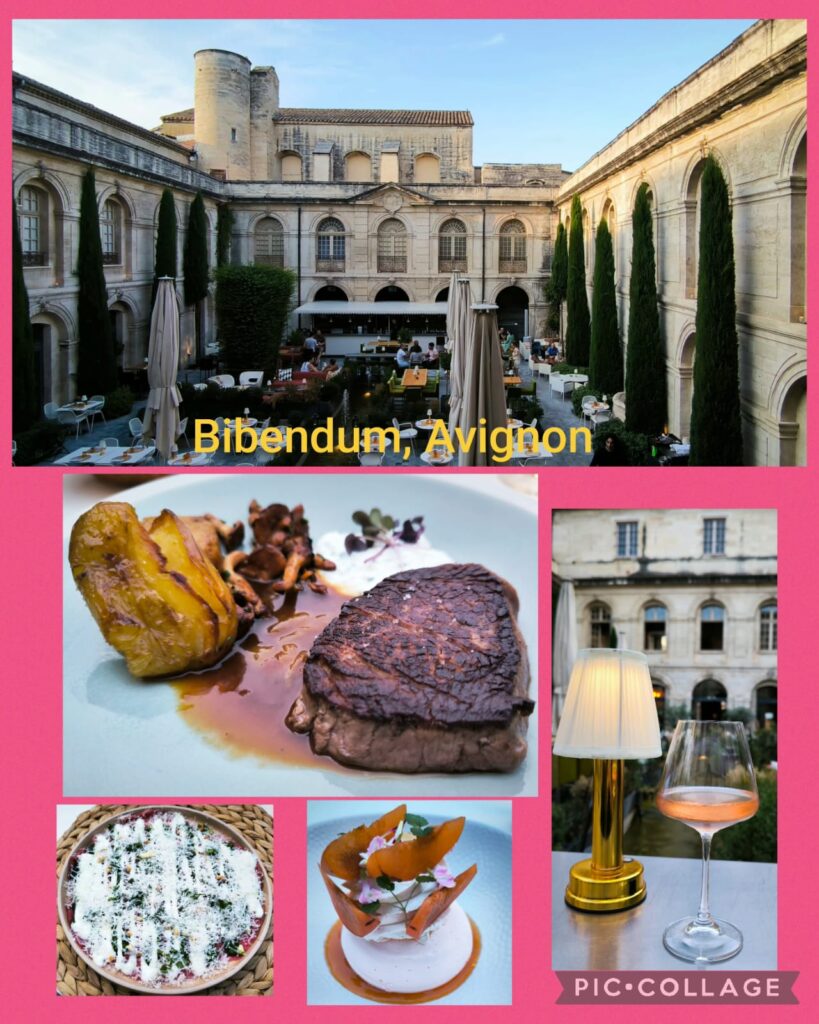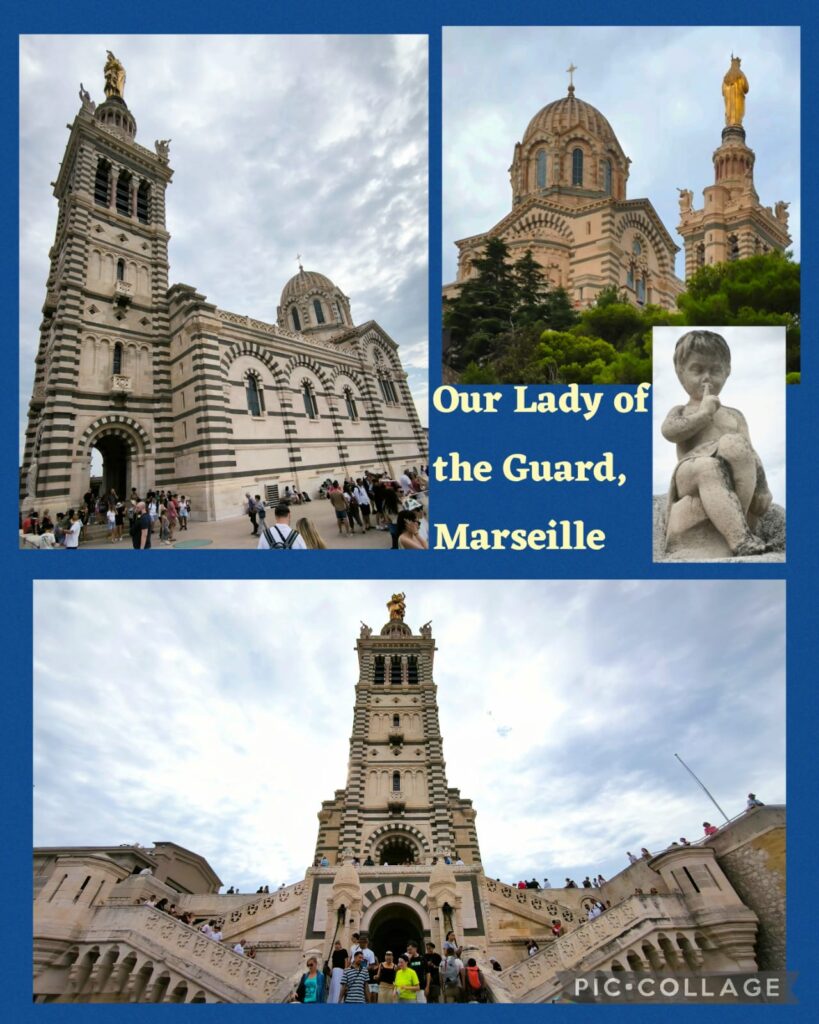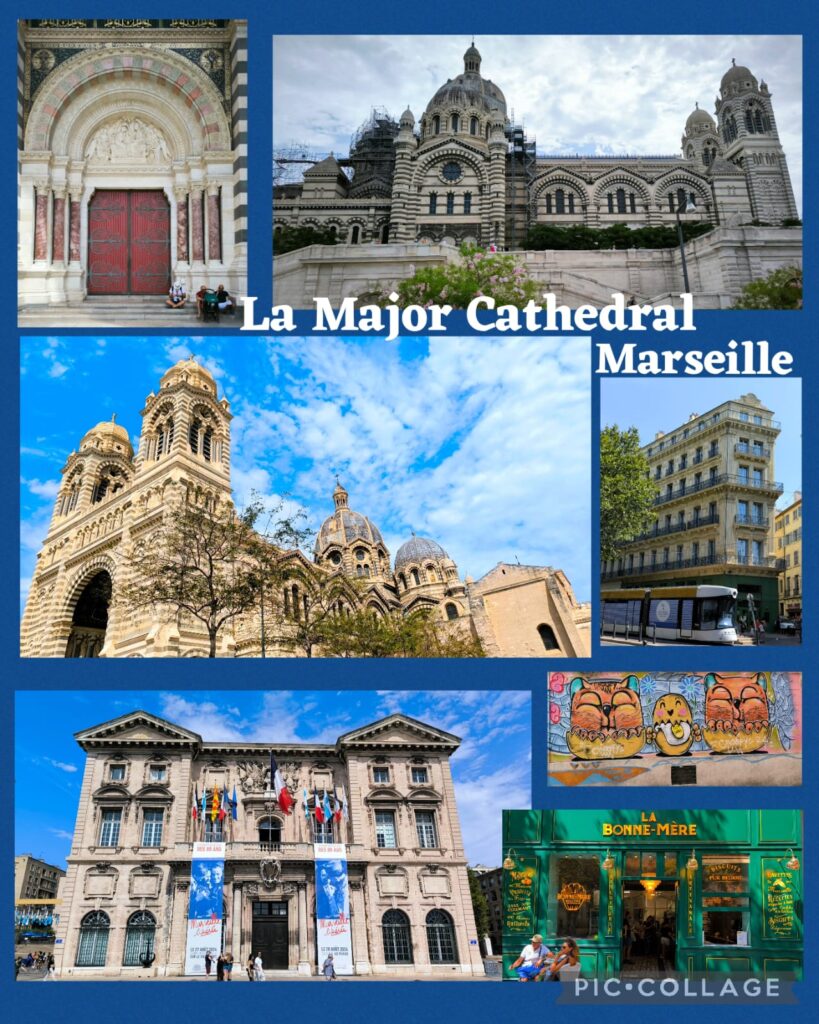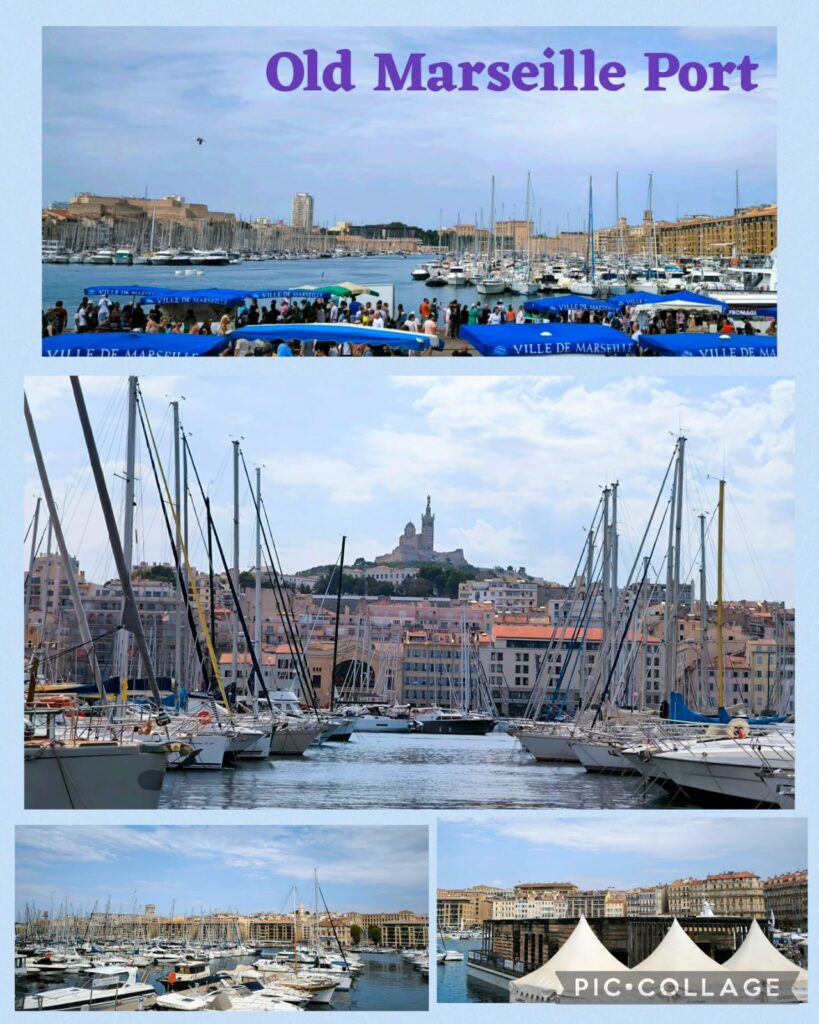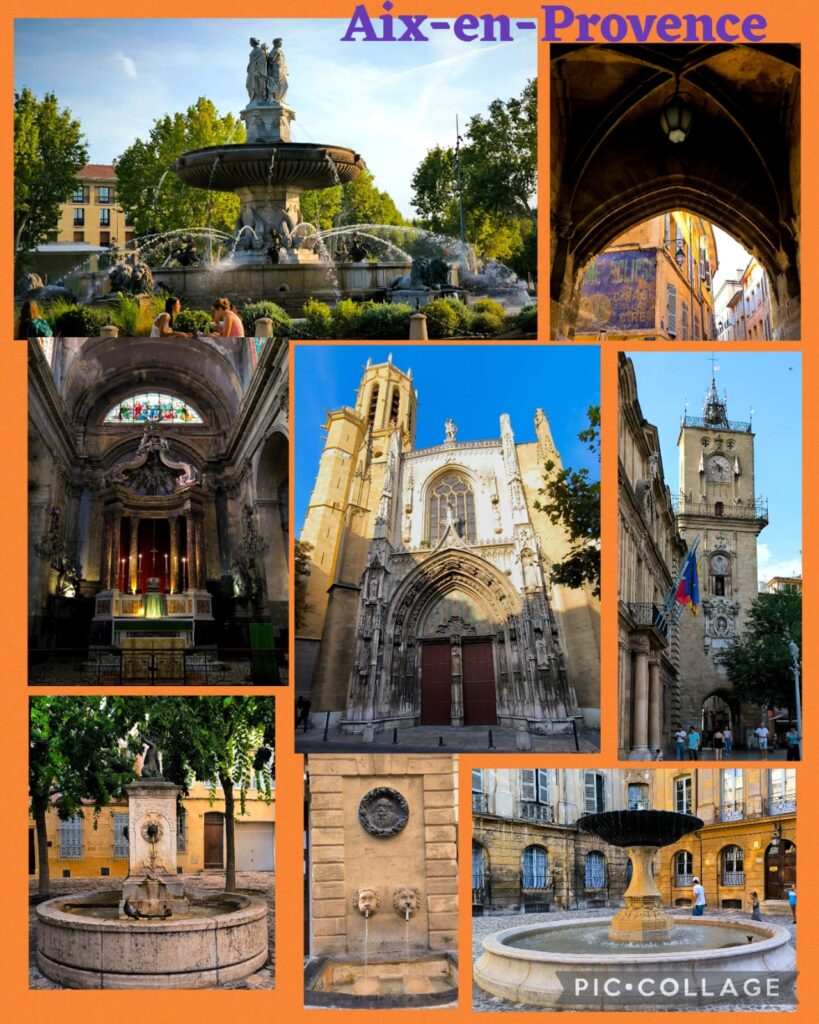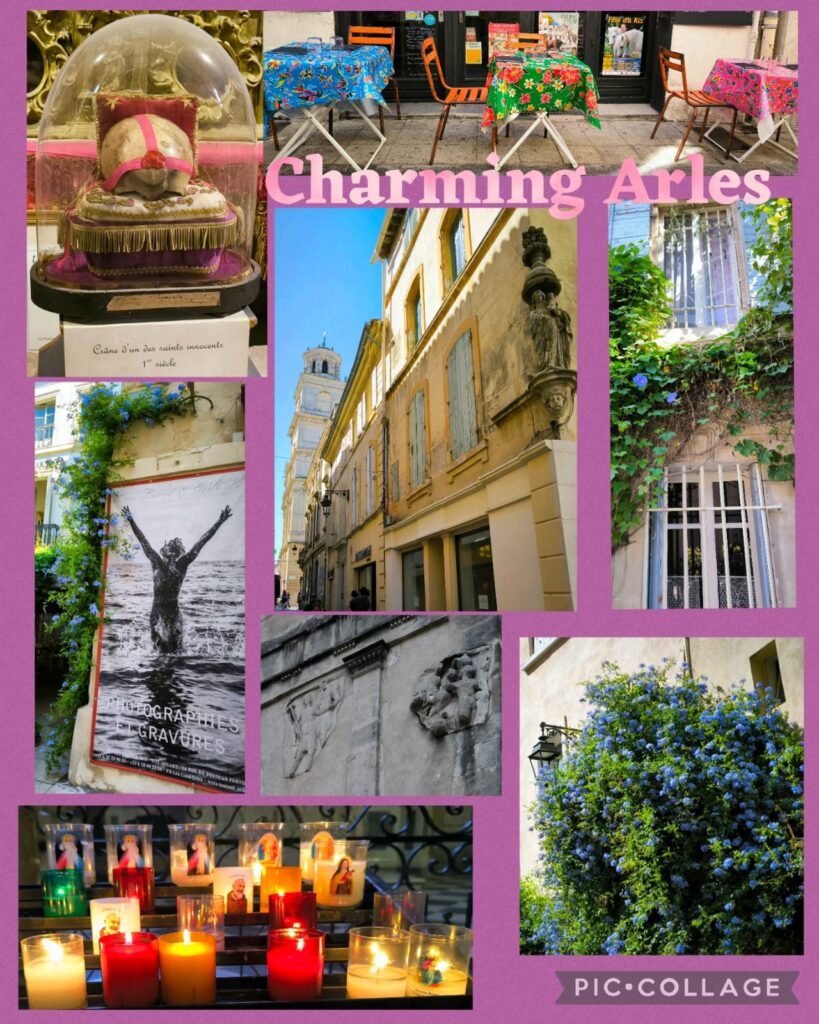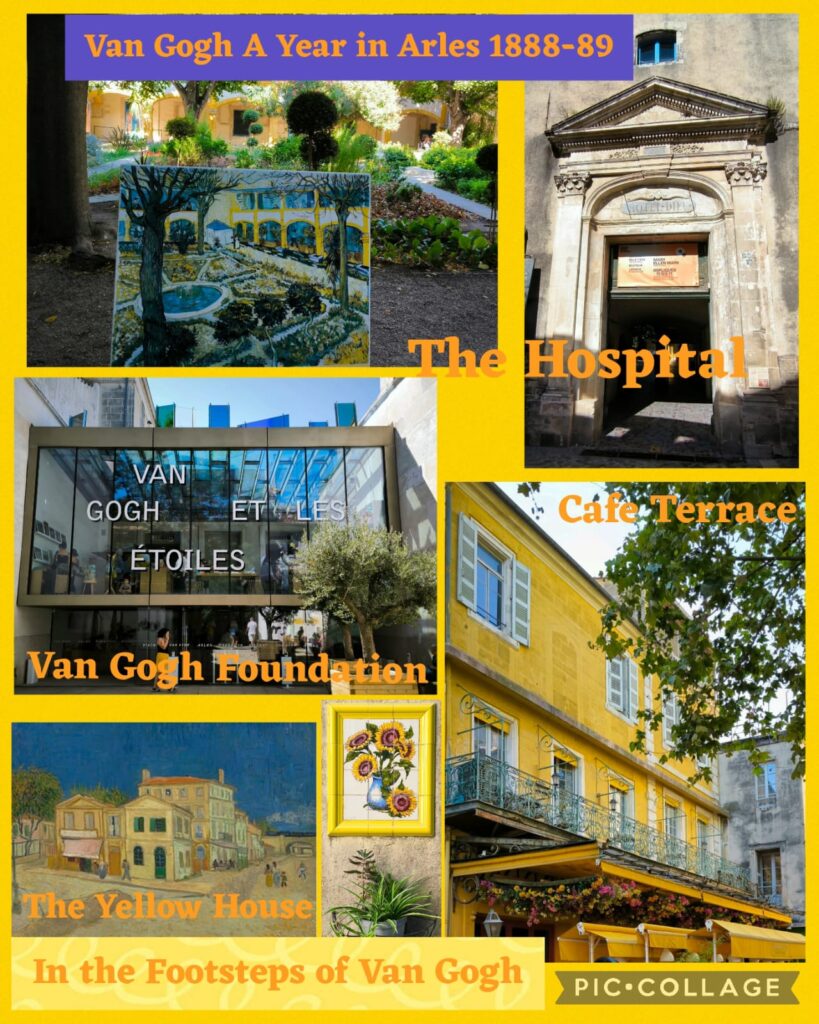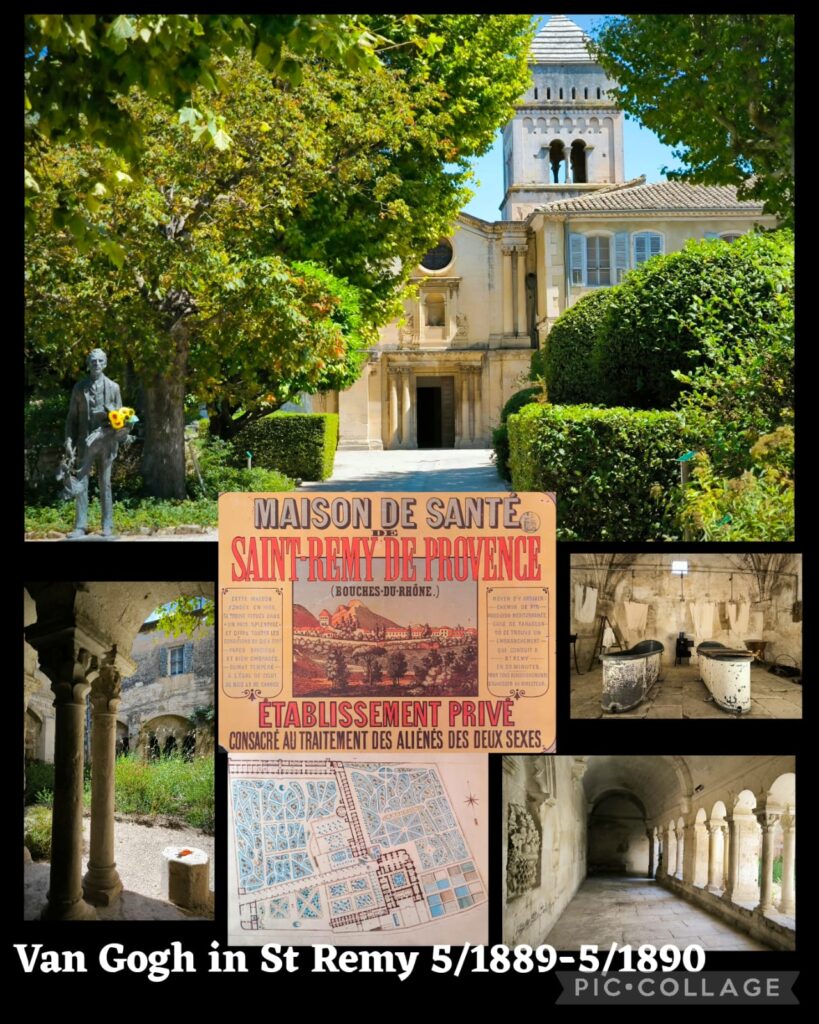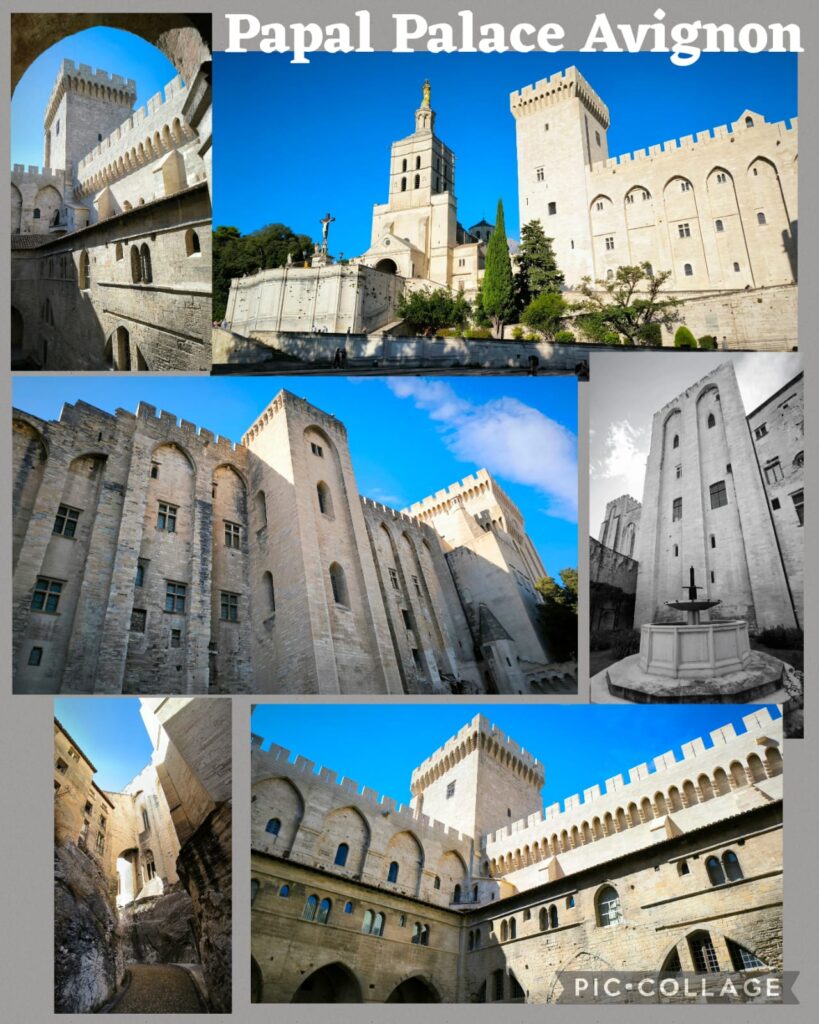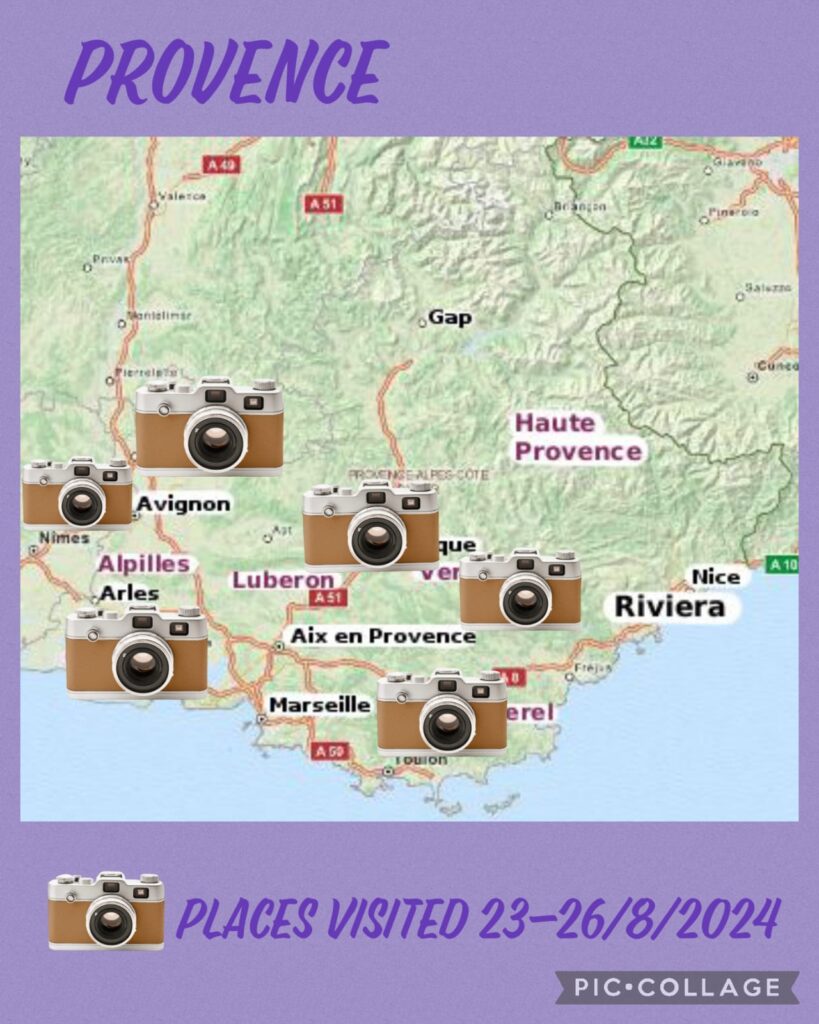Day 11 November 10: Callo (Lima), Peru
We were glad to step ashore after two sea days. Passengers were offered three excursions and I took a 6-hour tour to Huaca Pucllana in the district of Miraflores and Larco Herrera. Huaca Pucllana is an impressive archaeological site belonging to the Lima culture of regional developments. Evidence suggests construction of the great pyramid here began around 200 CE, reached its peak from the 5th century onwards, and the maximum extension occurred in 700 CE. Built on a mud base by means of rammed earth or rectangular parallelepiped-shaped adobes in a vertical position, it was originally composed of a set of pyramids, plazas, courtyards and ramped entrances. During the occupation of the Huari (Wari) Culture (700-1100CE), the highest parts of the pyramid (25 metres) were destroyed and converted into an elite cemetery. The importance of the complex which had been abandoned for a long time, was investigated, preserved and restored since 1981.
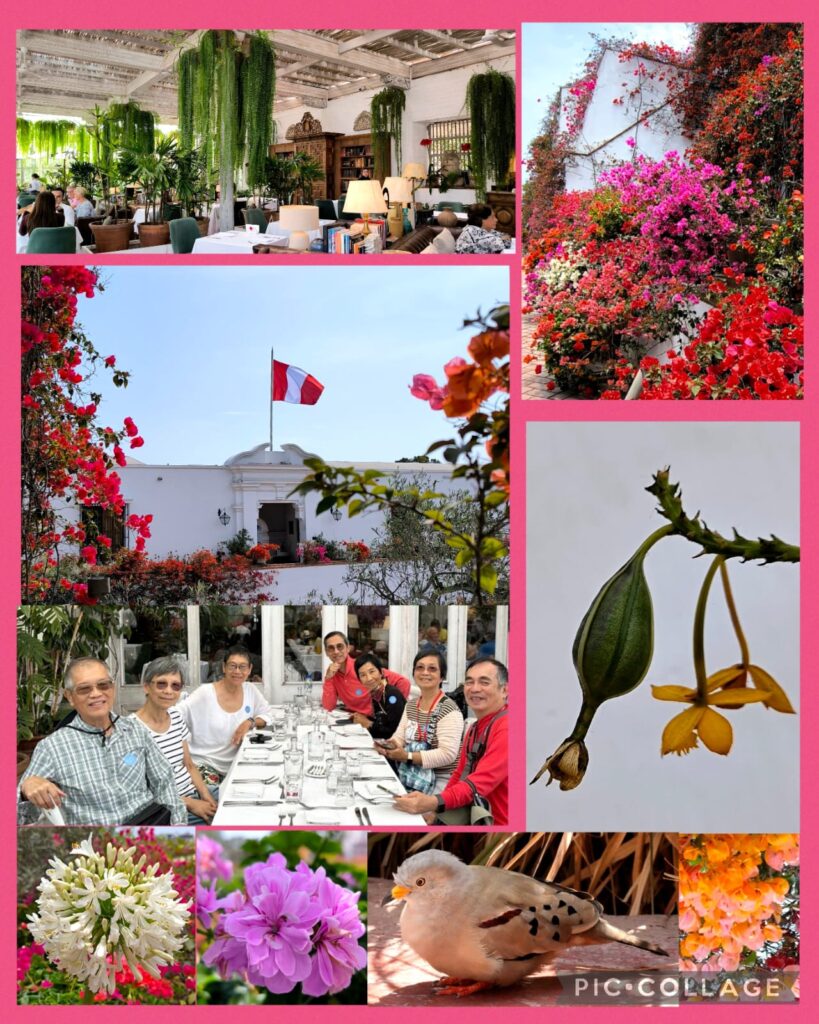
After visiting the Great Pyramid, we proceeded to Larco Museum where we had lunch after a guided tour. The museum is housed in a magnificent 18th-century vice-royal building: Rafael Larco Hoyle (1901-1966) acquired it for displaying his private collections showcasing some 5,000 years of Peruvian history and pre-Columbian art with tens of thousands of ceramics, pottery, textiles, masks, crowns, vases and metalware. Larco Hoyle became the director of the museum and developed the first Peruvian chronology of ancient cultures. It has a gallery holding the world’s largest collection of erotic ceramics. The whole building, the entrance of the museum and the ground are most beautiful with colourful bougainvillea and numerous flower plants. I had time only to take a cursory glance at the vast collections and shall return to visit this museum on my next visit to Peru. The expedition team invited a Peruvian group to come onboard to perform. Guests enjoyed the lively performance by the dancers and musicians.
Day 12 November 11: Paracas
We arrived at Paracas in early morning with choices of four activities. As many as 60 guests paid USD690 to take the world famous Nazca Lines scenic flight (I took the flight on my first South American tour in 1988). Sally, Lawrence and I opted for a 3-hour trip to the Ballastas Islands located some 20 miles from the coast. I visited these islands in 1988. But the trip this time exceeded my expectations as I have learnt more about bird species since my last visit. This preliminary understanding already makes a big difference and I love travelling in South America given its history, biodiversity and geology. I was thrilled to see as many as 20 Humboldt Penguins and countless Peruvian Boobies. The red-legged cormorants are abundant and attractive. Guano, once old “White Gold” before the development of chemical fertilizer, has put a white coat on the islands thus making the islands photogenic.
As most passengers were back in the afternoon, the expedition team laid on lectures. I attended David’s talk on “Introduction to Volcanoes”.
Day 13 November 12 At Sea
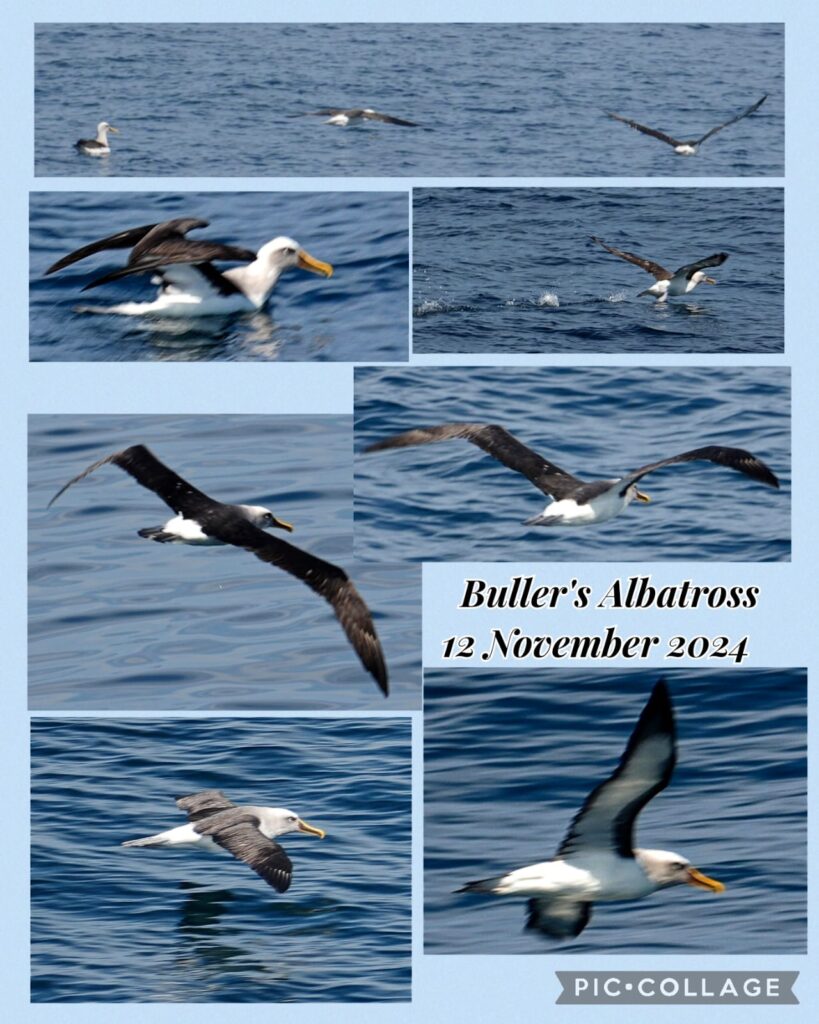
Lectures kept me busy. I attended four lectures namely “Land Mammals of Central and South America”, “From Deep Time to Modern Mines: Geology and Copper in Chile”, “Hiram Bingham, the Acknowledgment of Manchu Picchu” and “Acoustics of the Underwater World”.
Day 14 November 13 Arica Chile
Arica is Chile’s northernmost city and the capital of the Region of Arica and Parinacota. Out of the four excursions on offer, I joined the tour to Lauca National Park. Three big tourist buses set off at 6:30am as it took over four hours to reach our destinations including a couple of acclimatization stops.
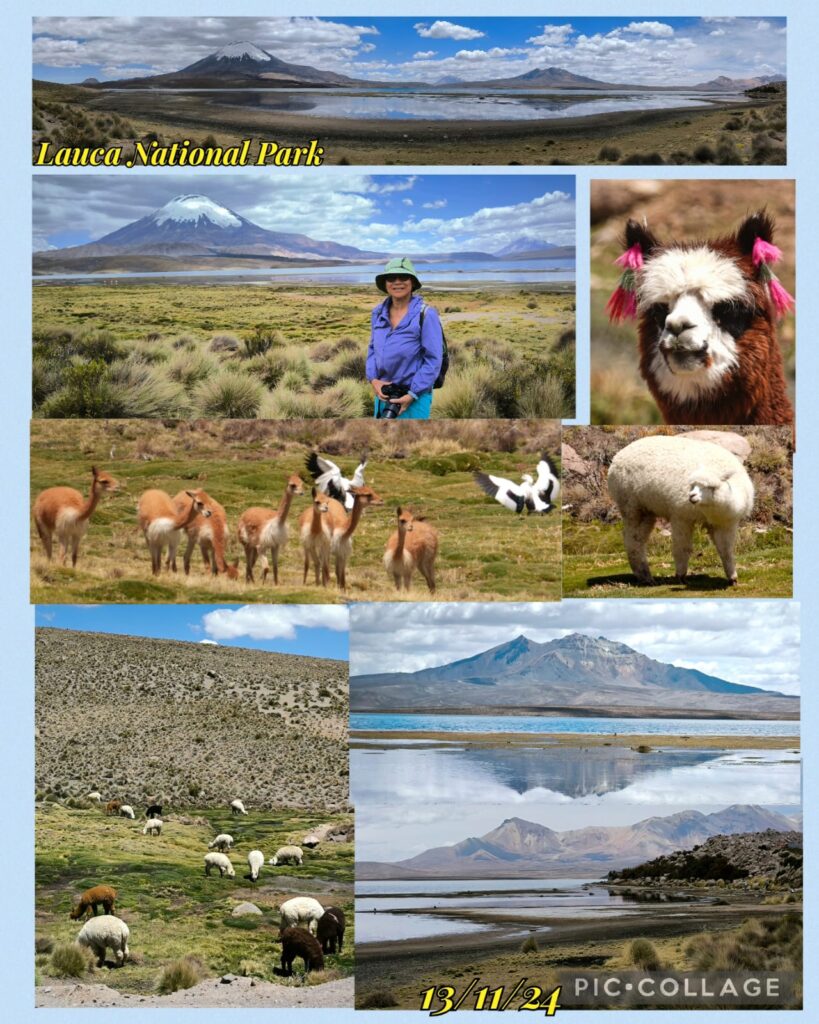
Located over 4,000m above sea level, the park created in 1970 with an area of 137,883 ha covering foothills, lakes, lagoons, and high plateau, offers great opportunity to observe birds and waterfowls. The scenery is fantastic with the snow-cladded Taapaca (5860m), a Holocene volcanic complex as a backdrop. However I found it difficult for the body to adjust and felt exhausted and tired. Our local guide said we had reached 4,600m which was the highest point of the day. A few guests had to inhale oxygen when walking back to the coach. (In the evening, the expedition leader broke the sad news that a lady who joined the tour had passed away with cause of death not known). It was the first time I experienced such exhaustion: this could be a combination of aging and rapid ascent of +4600 in less than six hours. We spent over an hour by the lake before heading to Putre (3371m), a town with over 3000 inhabitants for lunch. We were back in the boat around 7 pm. A good but long day!
Day 15 November 14 At Sea
I had a good rest on sea day. I attended Peter’s talk on “The World of Seabirds“. He spoke passionately about the 400 species of seabirds ranging from his No 1 favourite – albatross, the bird that can fly over 600 miles in a single day and can live up to 60 or 70 years of age, to the smallest storm-petrels that weigh a few ounces. Peter’s wife Shirley talked about her “Journey to the South Pole” in the afternoon. I also joined a talk by Captain Sasha about navigation at sea on board the Silver Wind followed by another talk “A Map of Plants” by Tristan. An educational day!
Day 16 November 15 Antofagasta
I woke up at 4:40am with red eyes, had a porridge, and climbed into a coach at 5:30am with a pillow in hand. Today, three coaches set off for the Atacama Desert which took 4-5 hours’ drive. I love deserts and Atacama Desert with an area of 105,000 sq km is the driest nonpolar desert in the world. Though I have visited the area twice, I would always return whenever I have a chance. As I was exhausted, I dozed off till 10 am. Our first stop was a nature reserve to watch flamingoes for about an hour.
Then we reached San Pedro de Atacama around 1 pm for lunch. We were supposed to set off around 2:45pm for the Moon Valley. Unfortunately we had about 100 people and the service was slow. We did not set off till 3:30 pm. As a result, we could only spent 10-15 minutes at the two photo stops- Three Marias and The Amphitheatre. I am always fascinated by the sand and stone formations in deserts that have been carved by water and wind. The range of colours and texture resembling those on the Moon, are captivating.
The last stop was at Coyote for a traditional offering ceremony for Pachamama (Mother Earth). We rushed off at 7 pm and were back on the ship just before 11:30 pm. What a long day! I was glad I survived. The nice surprise today was the watching of the supermoon (known as the Beaver Moon) rising over the Atacama Desert. As we were in a rush, we could not stop for moon and star gazing. What a pity!
Day 17 November 16 Isla Pan de Azucar
I did not want to get up for the 9:15am briefing by the expedition leader. But being a professional traveller, I pulled myself out of bed in order to find out the arrangement of the zodiac cruising in the afternoon. I have actually visited Isla Pan de Azurcar when I joined a hike in the Atacama Desert. Since I was up, I went to Manu’s talk on the geology of the Atacama Desert. At noon, I took the last zodiac cruise of this expedition. Isla Pan de Azucar, its neighbouring islets and rocks are home for South American sea lions and marine otters in addition to bird species like Humboldt Penguins, Inca Terns, Kelp Gulls, Peruvian Boobies, Pelicans and Diving-Petrels, Red-legged Cormorants and Turkey Vultures. I recall seeing many penguins and birds on these islands which were teeming with wildlife. But this time, I saw only five penguins, few boobies, sea lions, diving petrels and vultures etc. Peter said the drastic drop of wildlife was a result of avian flu.
Day 18 November 17 Coquimbo
The expedition was soon coming to an end. Upon arrival in Coquimbo, a bustling port and major commercial and industrial centre for the export of mineral, fish products and fruits, I joined a 4-hour tour “Enchanted Valley Petroglyphs“. It was a scenic drive to the valley which has well-preserved petroglyphs. But the best part of the day was the 15-minute show with Peruvian boobies diving like bombs into the water to catch fish . I was able to watch with my camera in hand while waiting for passengers to join our coach.
We only had five passengers on the second/last coach including Lawrence, Sally, a couple and myself. We had a wonderful local guide Claudia who speaks clear English and knows what she is talking about!
Day 19 November 18 Valparaiso
All passengers had to vacate the cabin by 8am and disembark by group starting from 9am. We said good-bye to the staff and expedition team members and disembarked before 10am. We took a transfer to a hotel not far from the port for USD30 which is reasonable. We all had a leisure day: I walked to the old town to see the art paintings and had a drink in a terrace while the rest accompanied by a local took the metro to the fish market and Vina del Mar.
Post Expedition- November 19-20 Santiago
My brother and friends booked a 9-seater from November 19 to 21. On November 19, they dropped me off at a hotel near the airport where I stayed one night. On November 20, I took a free shuttle to the airport at 10am and my plane to Madrid took off as scheduled shortly after 1 pm. I arrived in Madrid at 6am after a 12-hour flight. Unfortunately I had to spend ten hours in the airport as my connecting flight to Bordeaux would not depart till 4pm. I wasted no time and had most of the collages sorted out. Time flied and I arrived in Bordeaux before 6 pm and spent a night to catch up with sleep in a hotel next to the railway station.
Remarks
This was an unexpected expedition which I only decided to join in March while on Silver Cloud from Chile to Namibia. It was a lovely journey for a few reasons. First, it was the first time I travelled with a party of seven on an expedition and we celebrated the sixty-sixth birthday of Lawrence, my younger brother on the boat. Second, though I have visited Costa Rica, Ecuador, Peru and Chile before, all except three sites (Ballastas Islands, Atacama Desert, and Isla Pan de Azurcar) visited were new to me. I particularly enjoy the Cocos Island in Costa Rica, the Great Pyramid and Larco Museum in Callo Peru, and Ballastas Islands where I saw some 20 Humboldt Penguins. The previous expeditions I joined were mostly nature and wildlife-based. This time, I had a rarely relaxing and leisure time to enjoy both cultural sites and nature. Third, I am glad to see Lawrence, Sally, Sally’s sister and her husband taking this opportunity to travel around South America for the first time of their life after the expedition.


